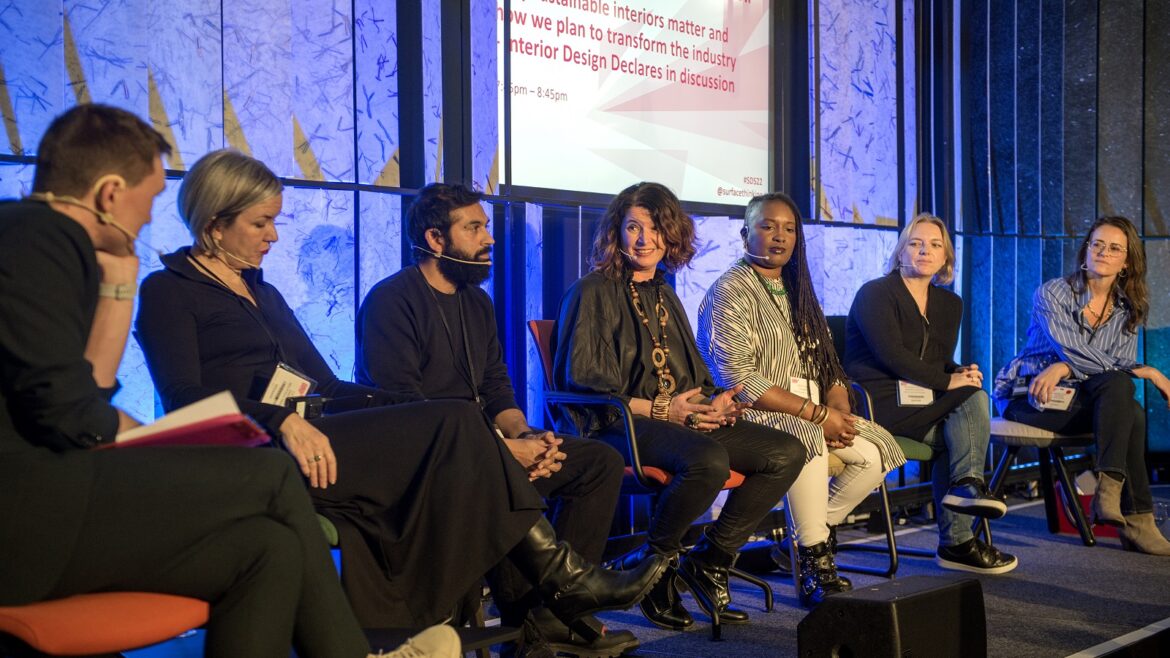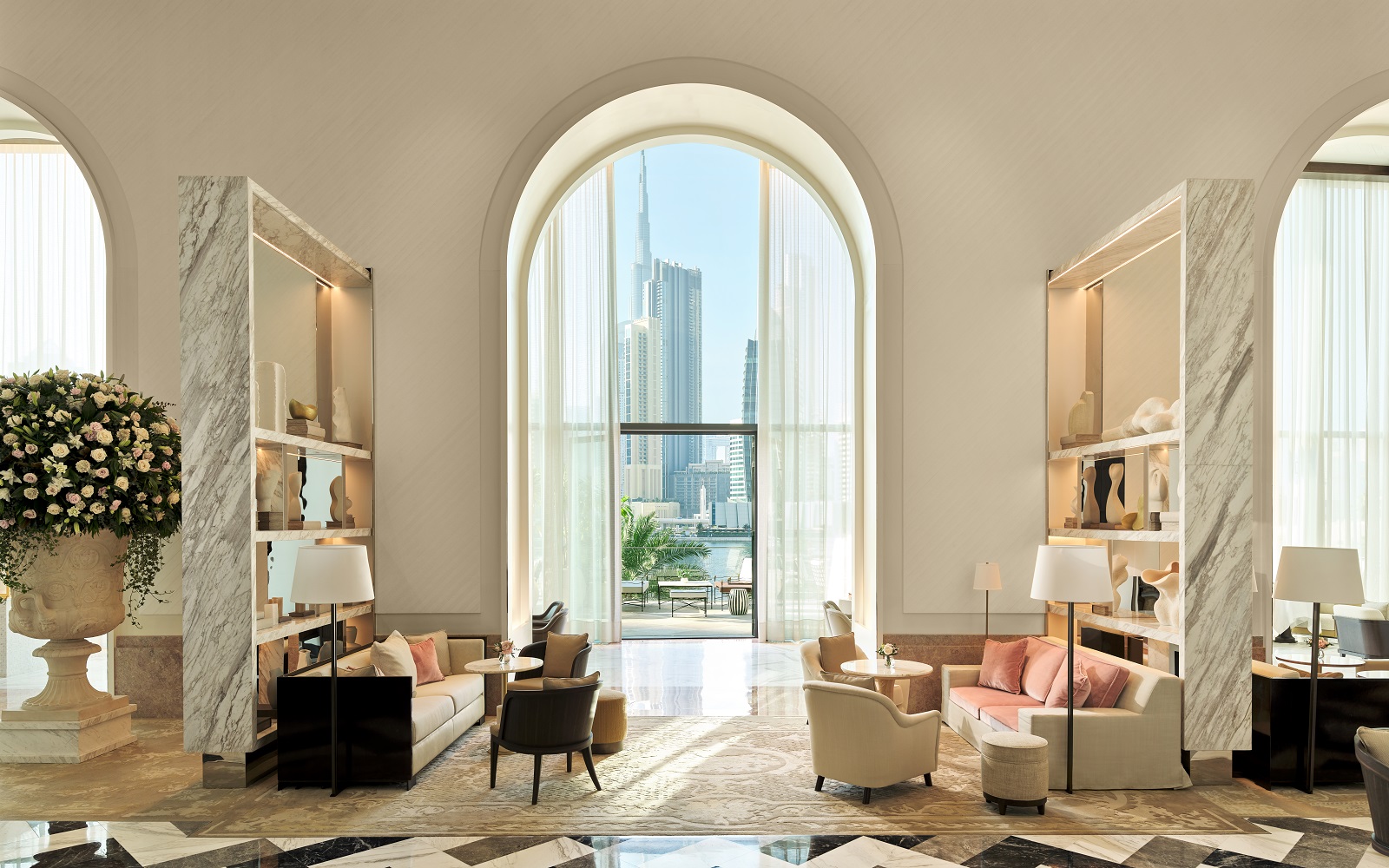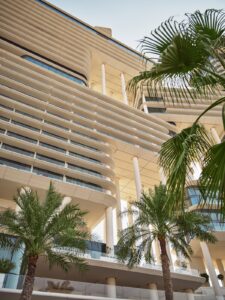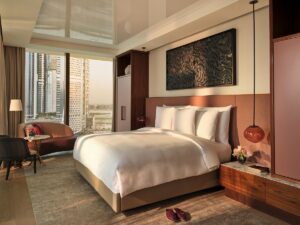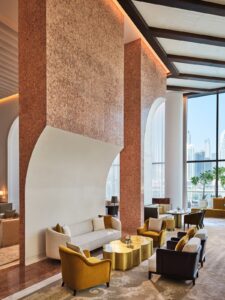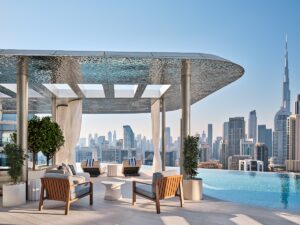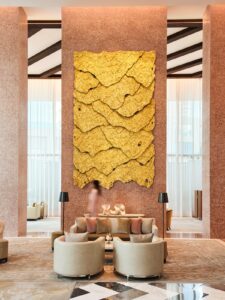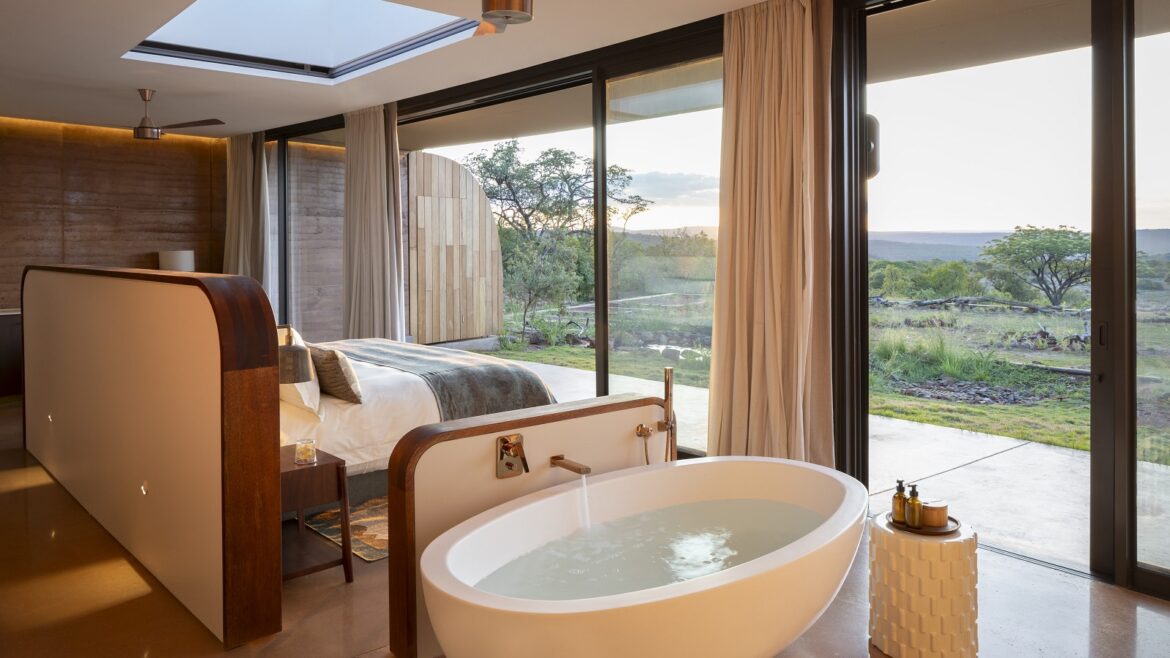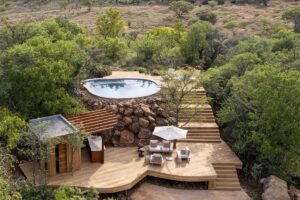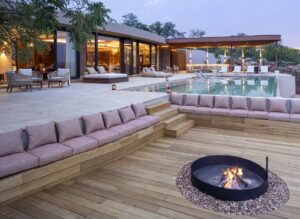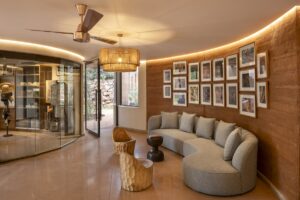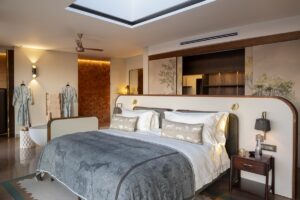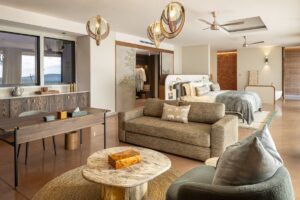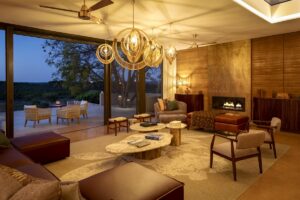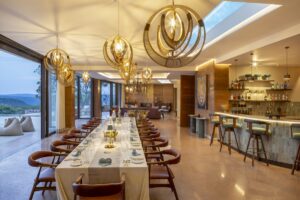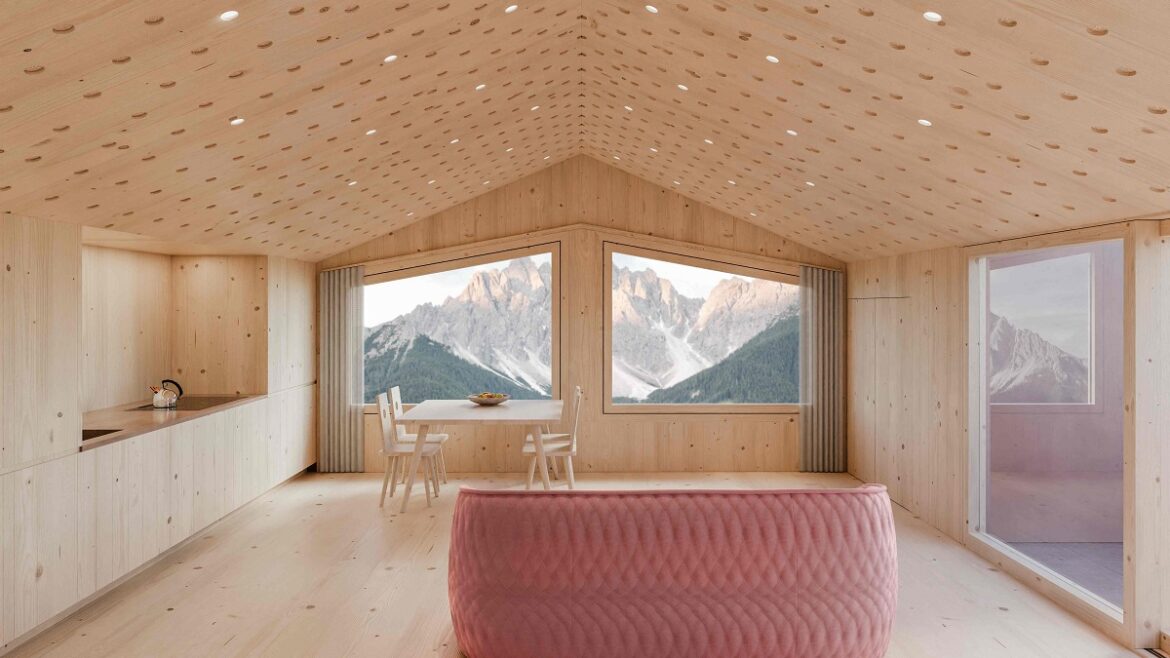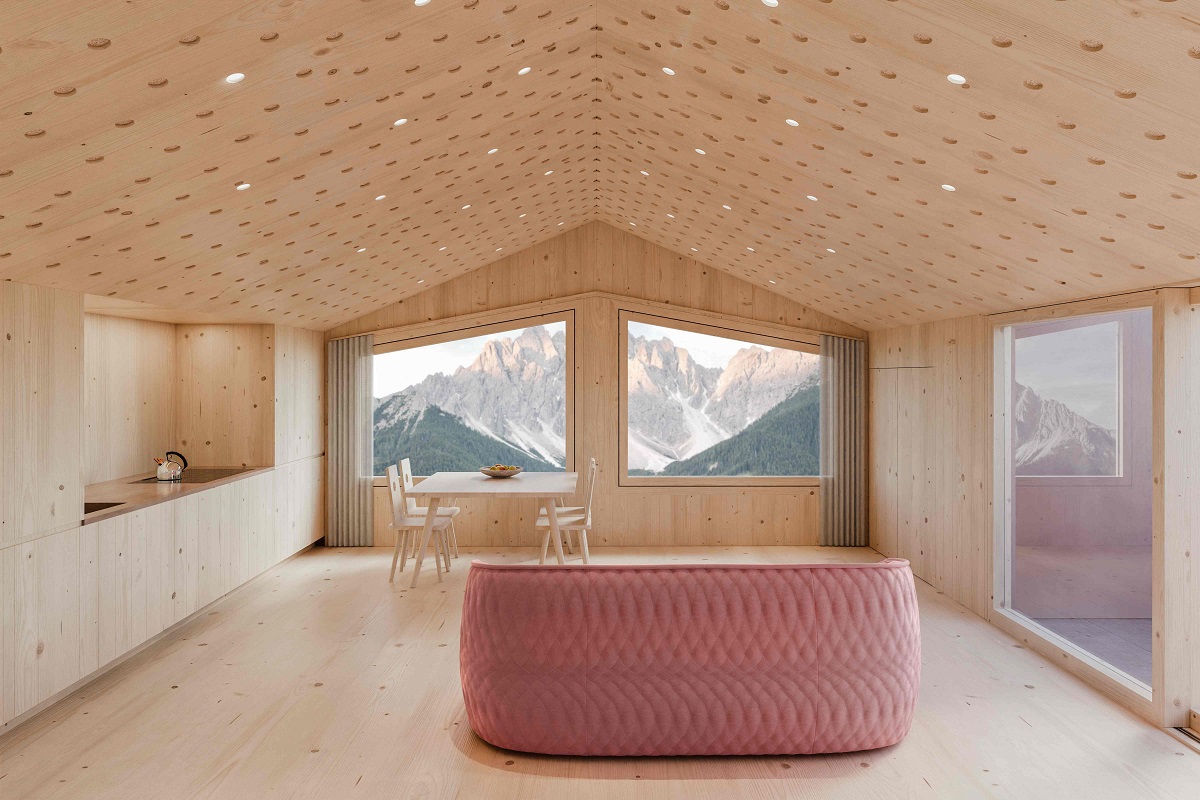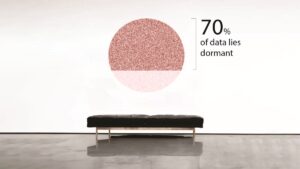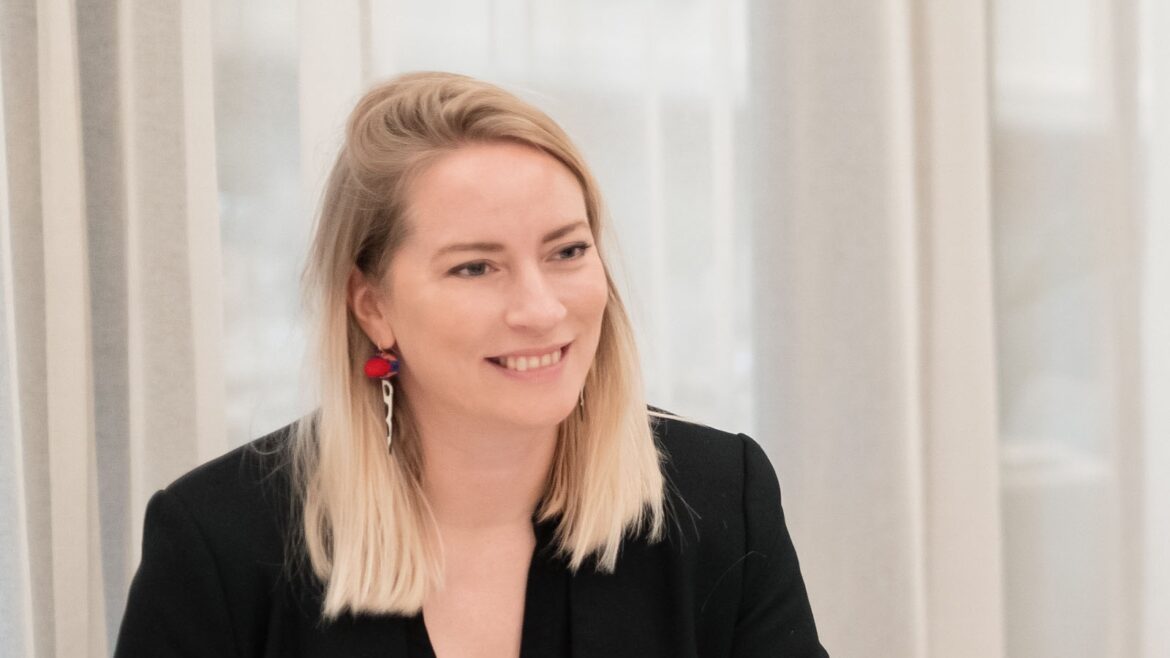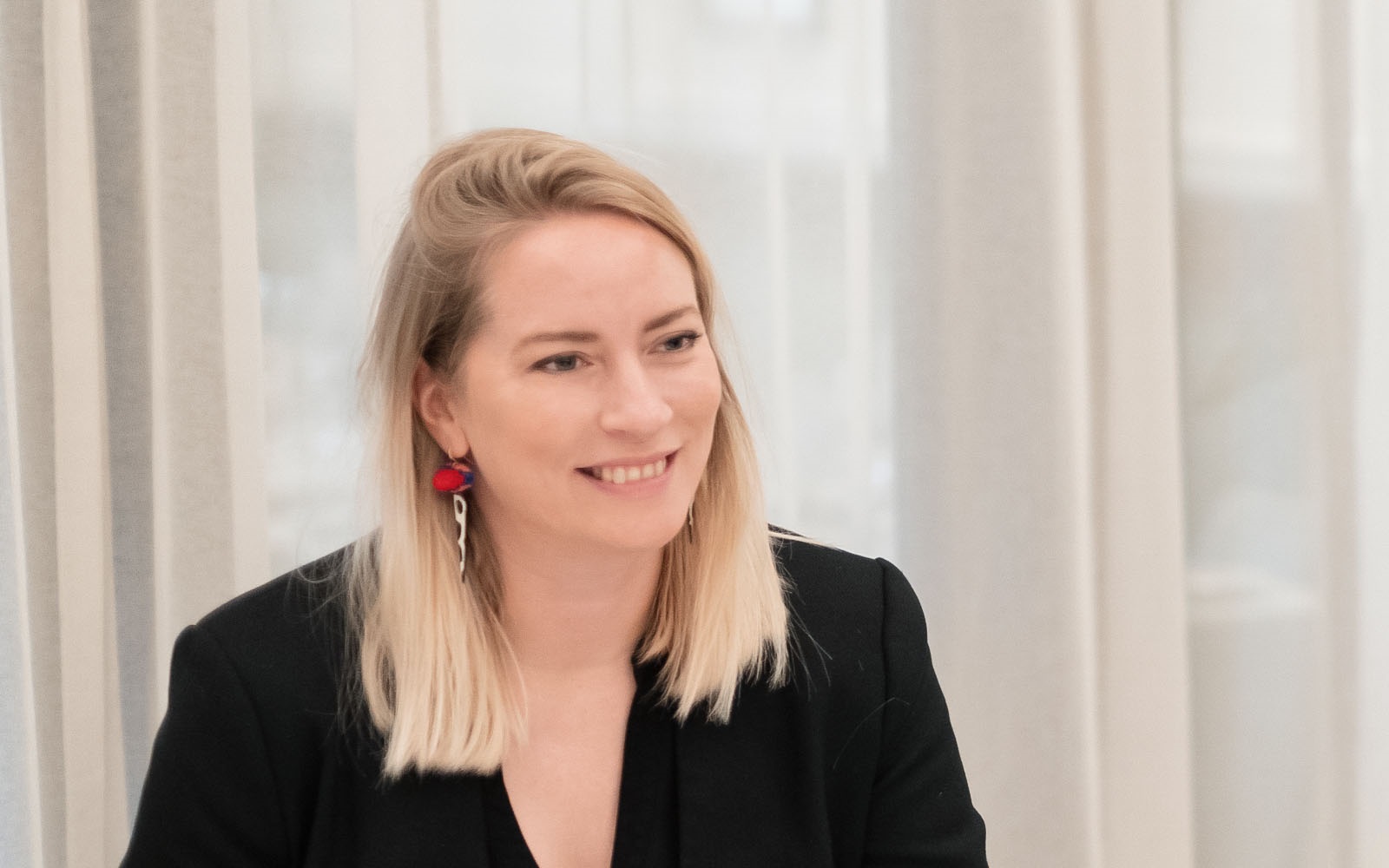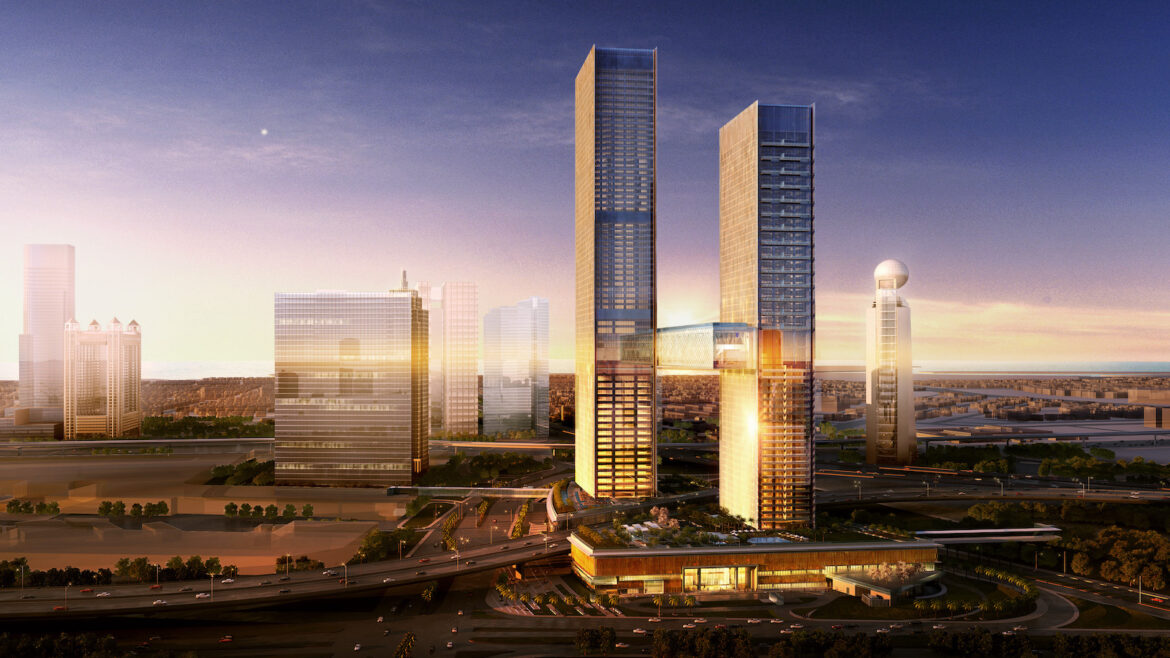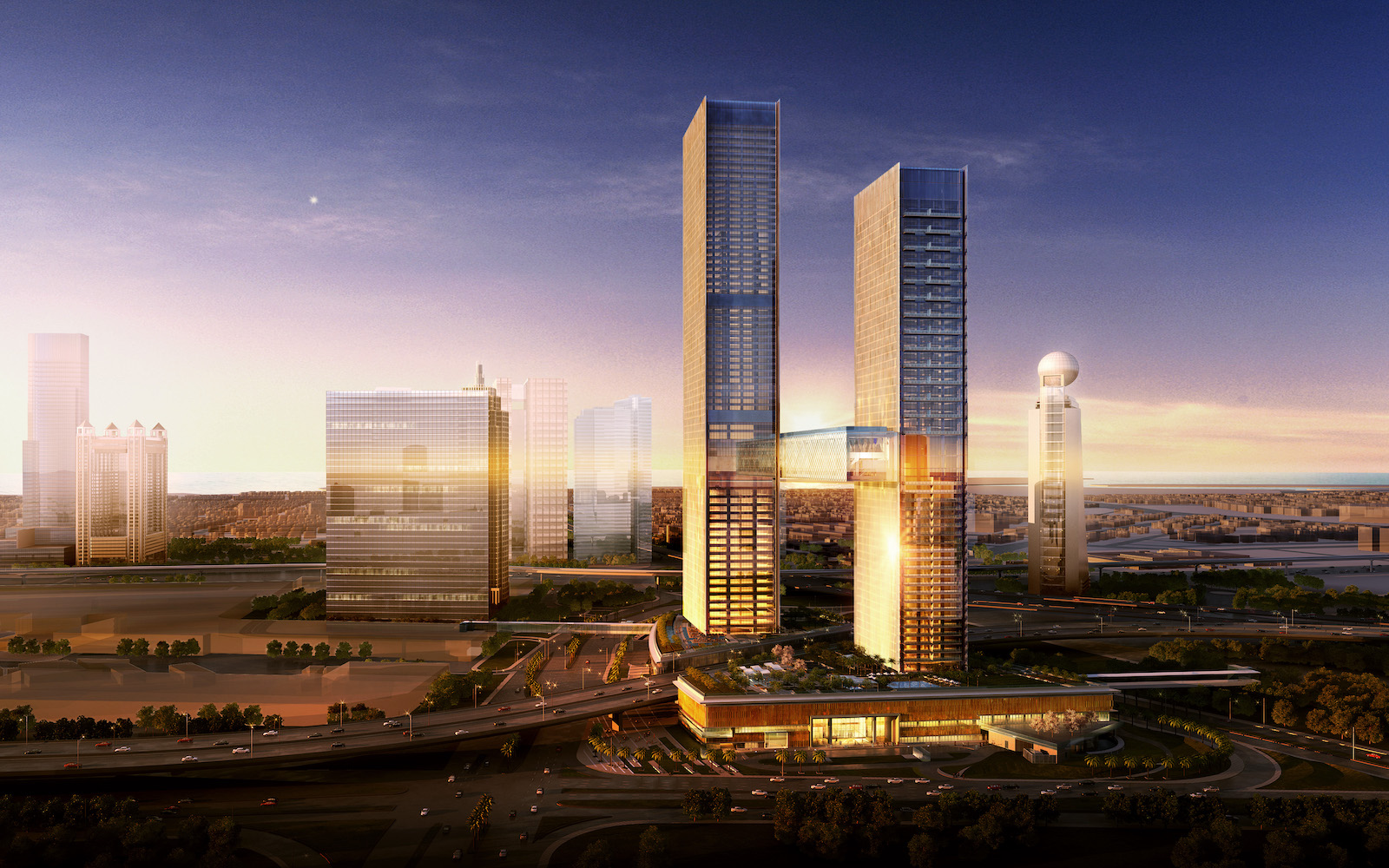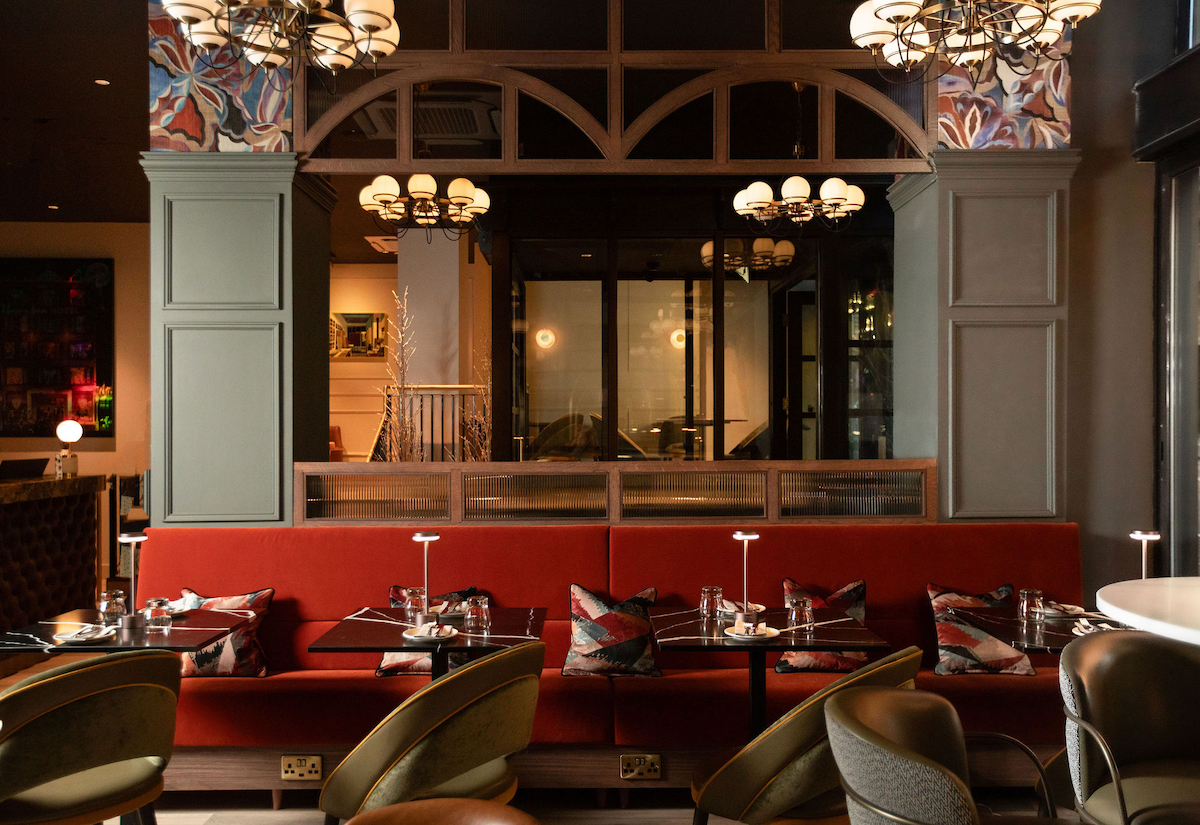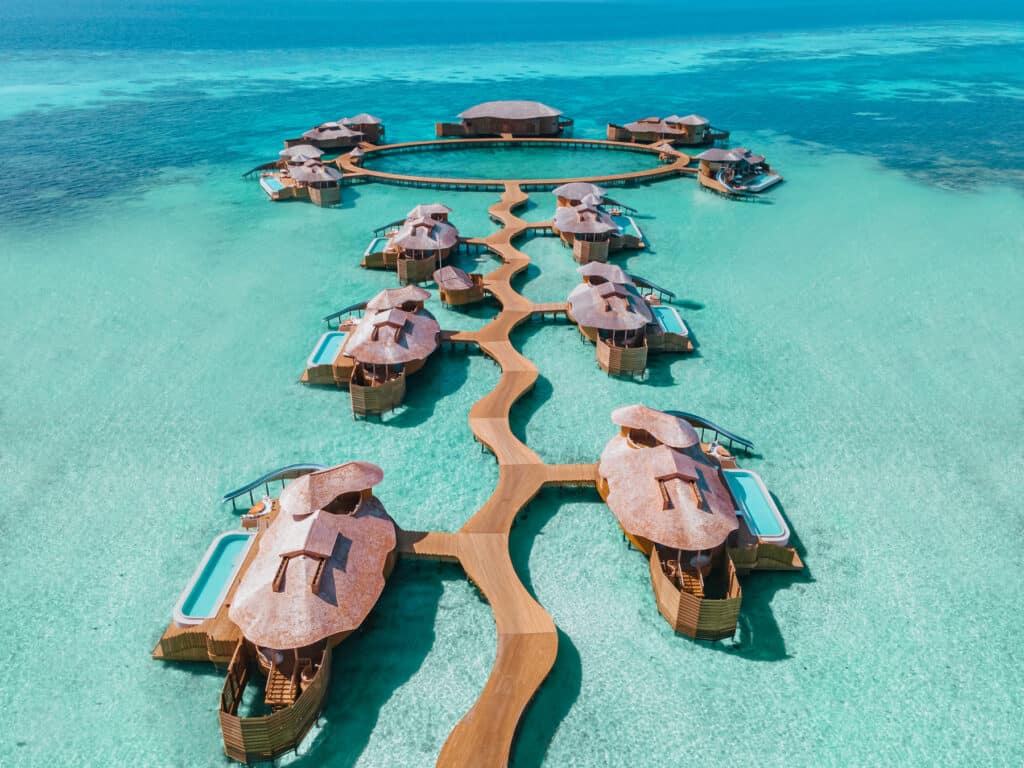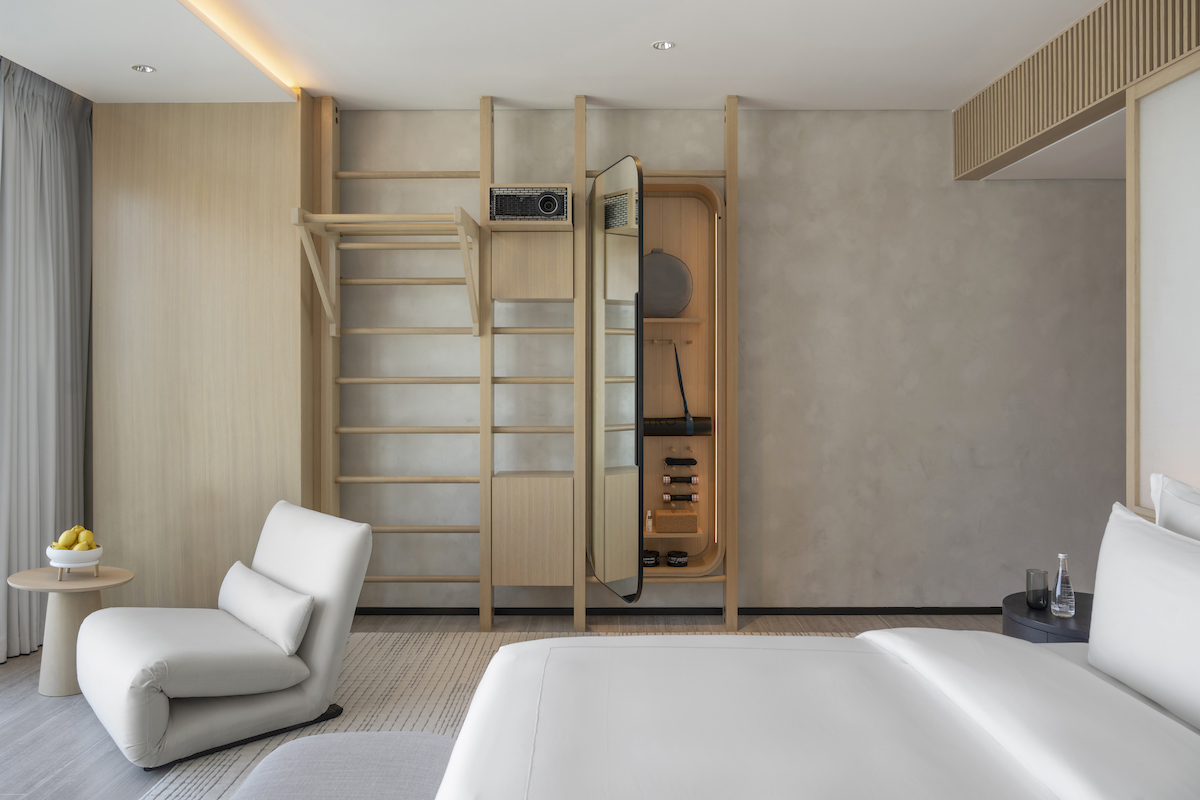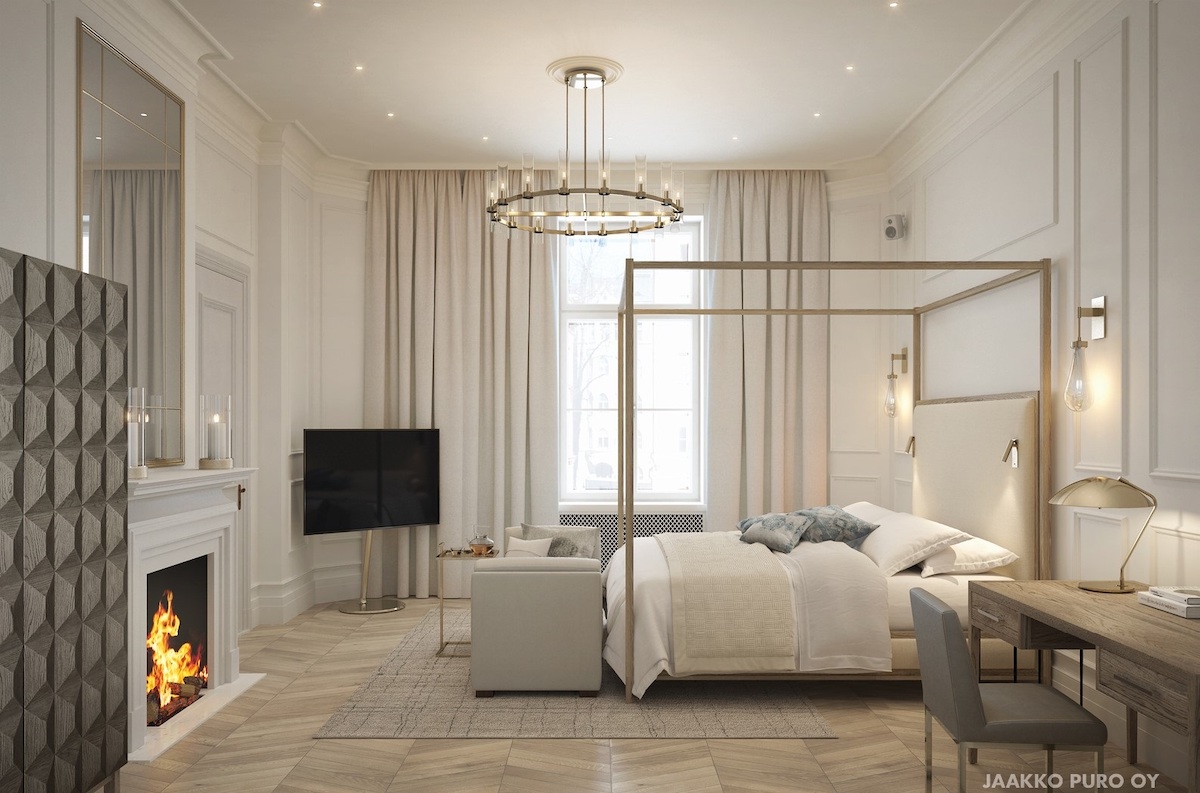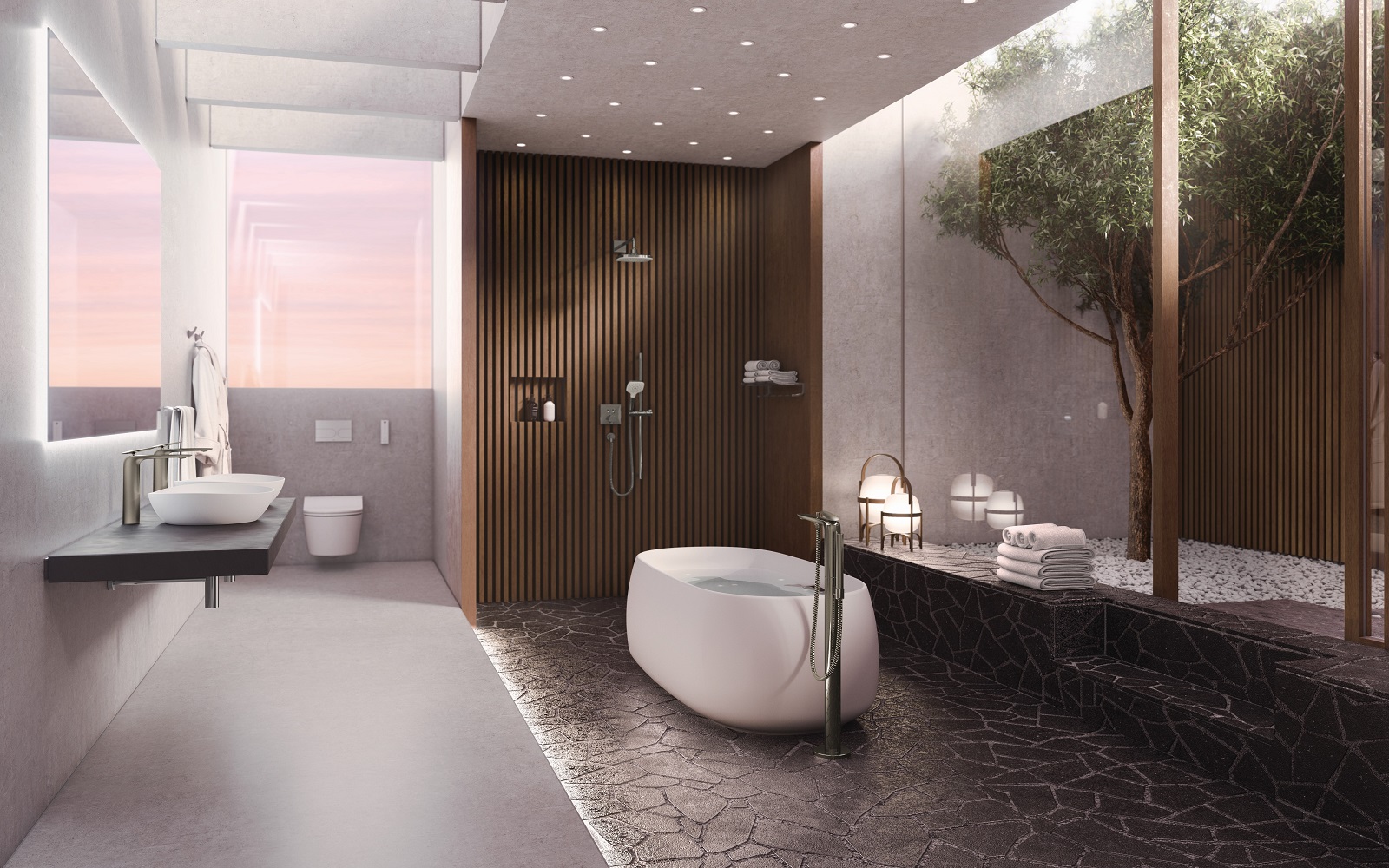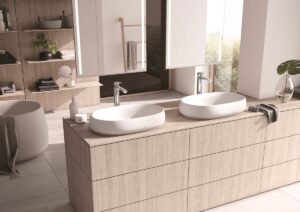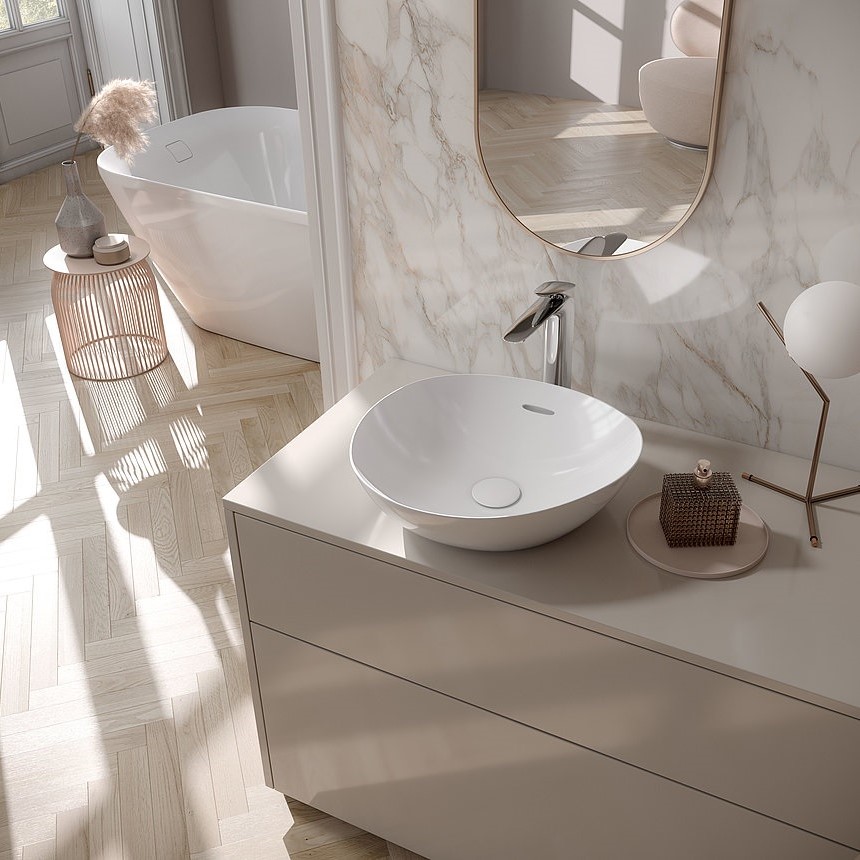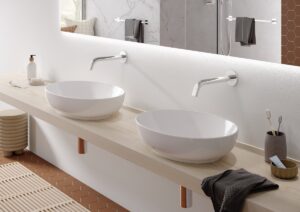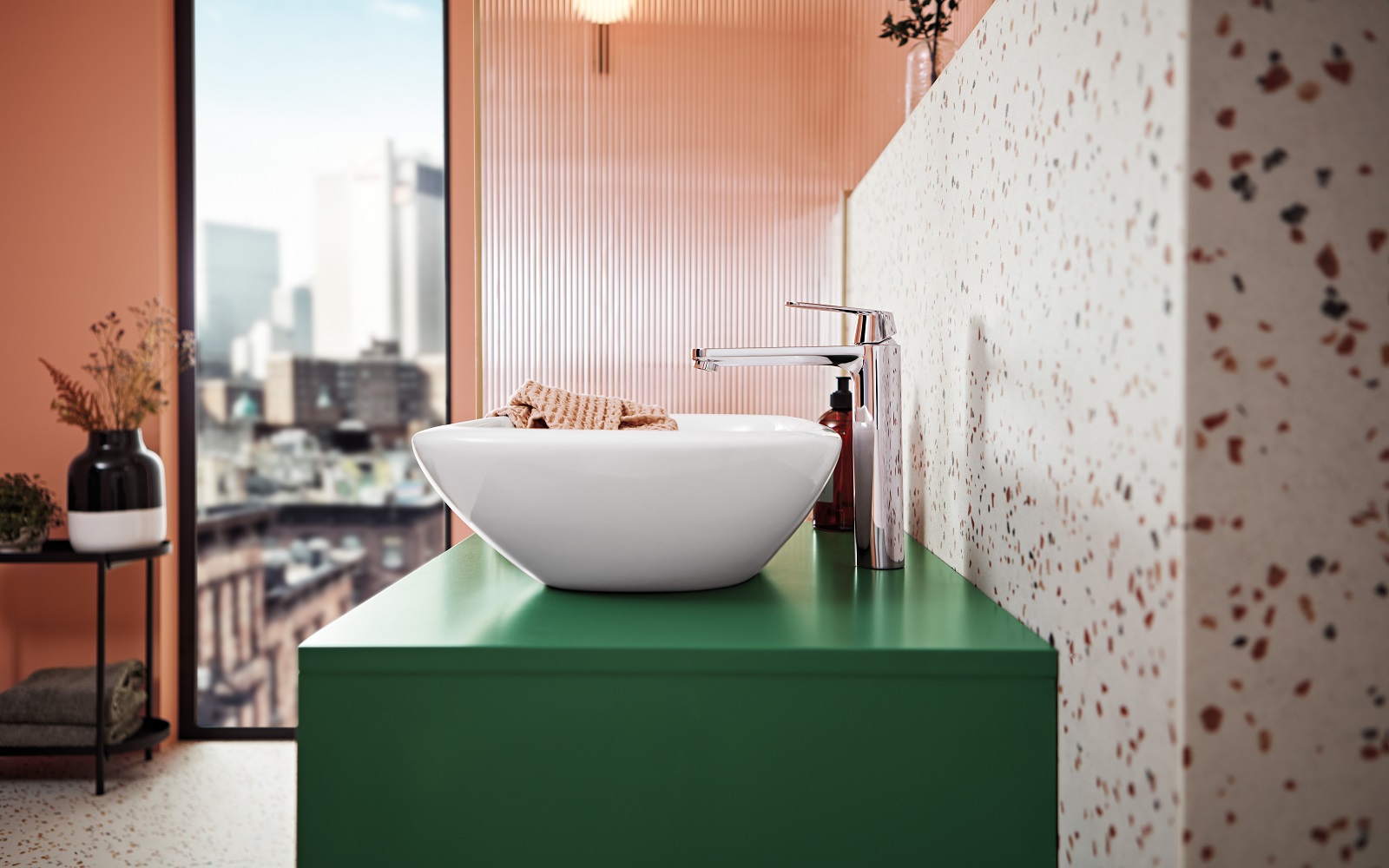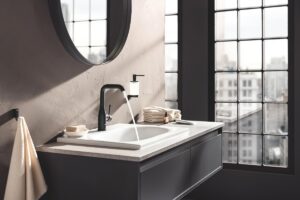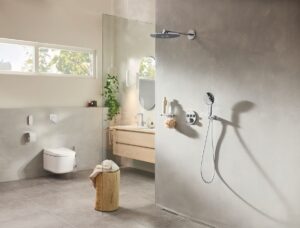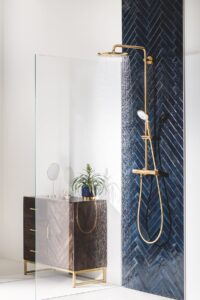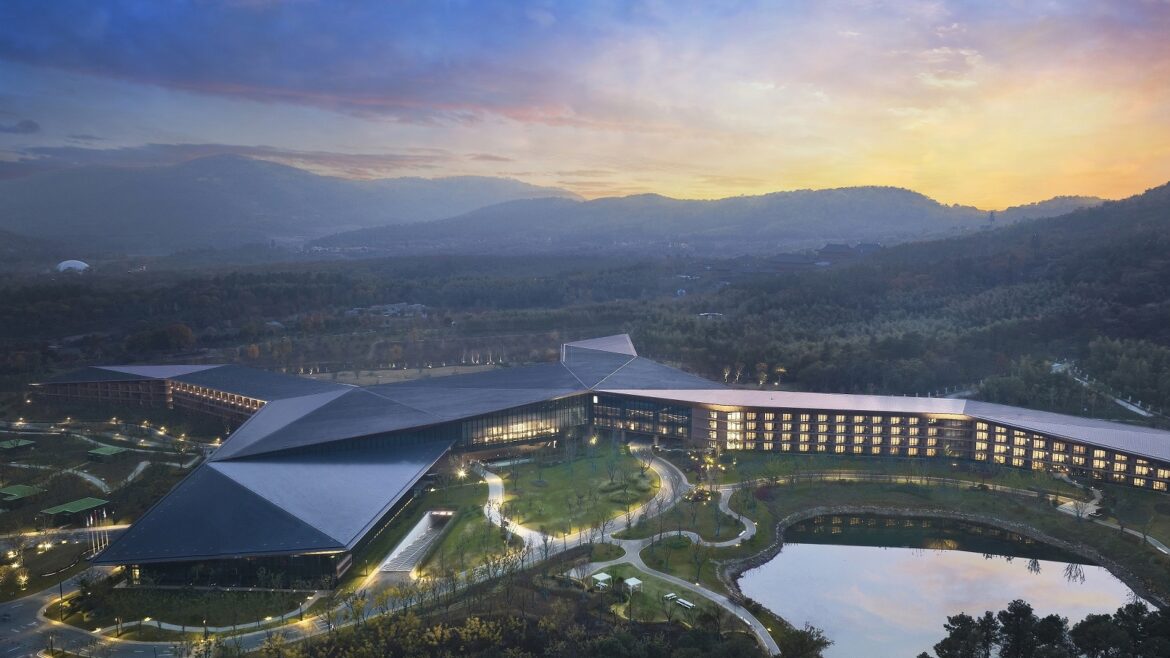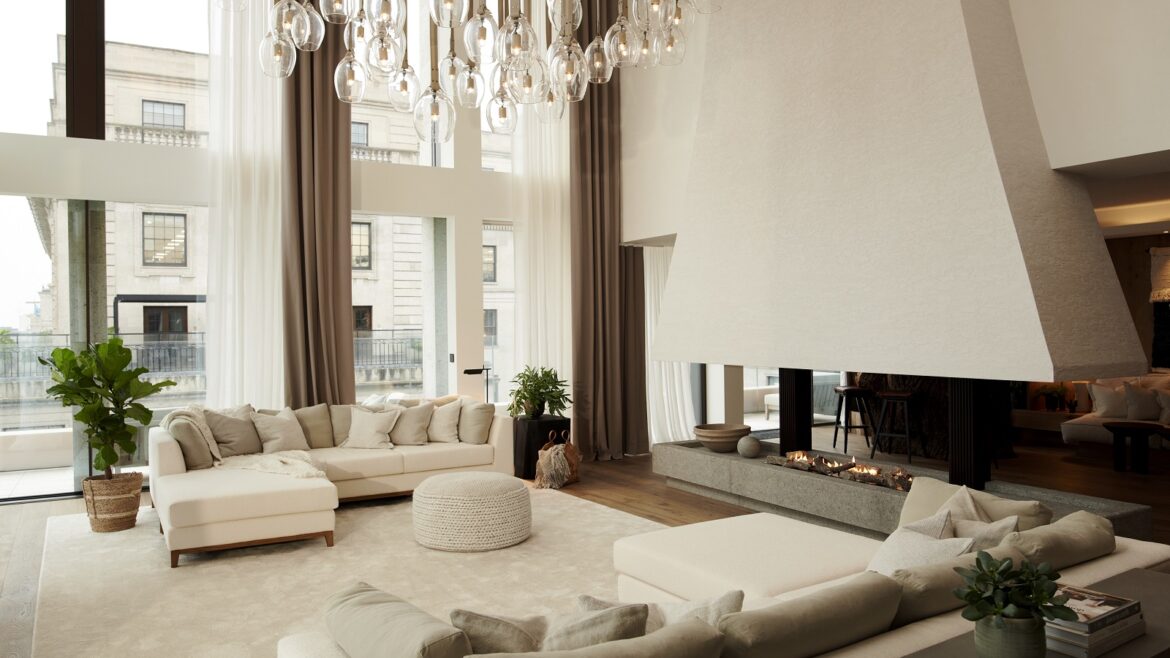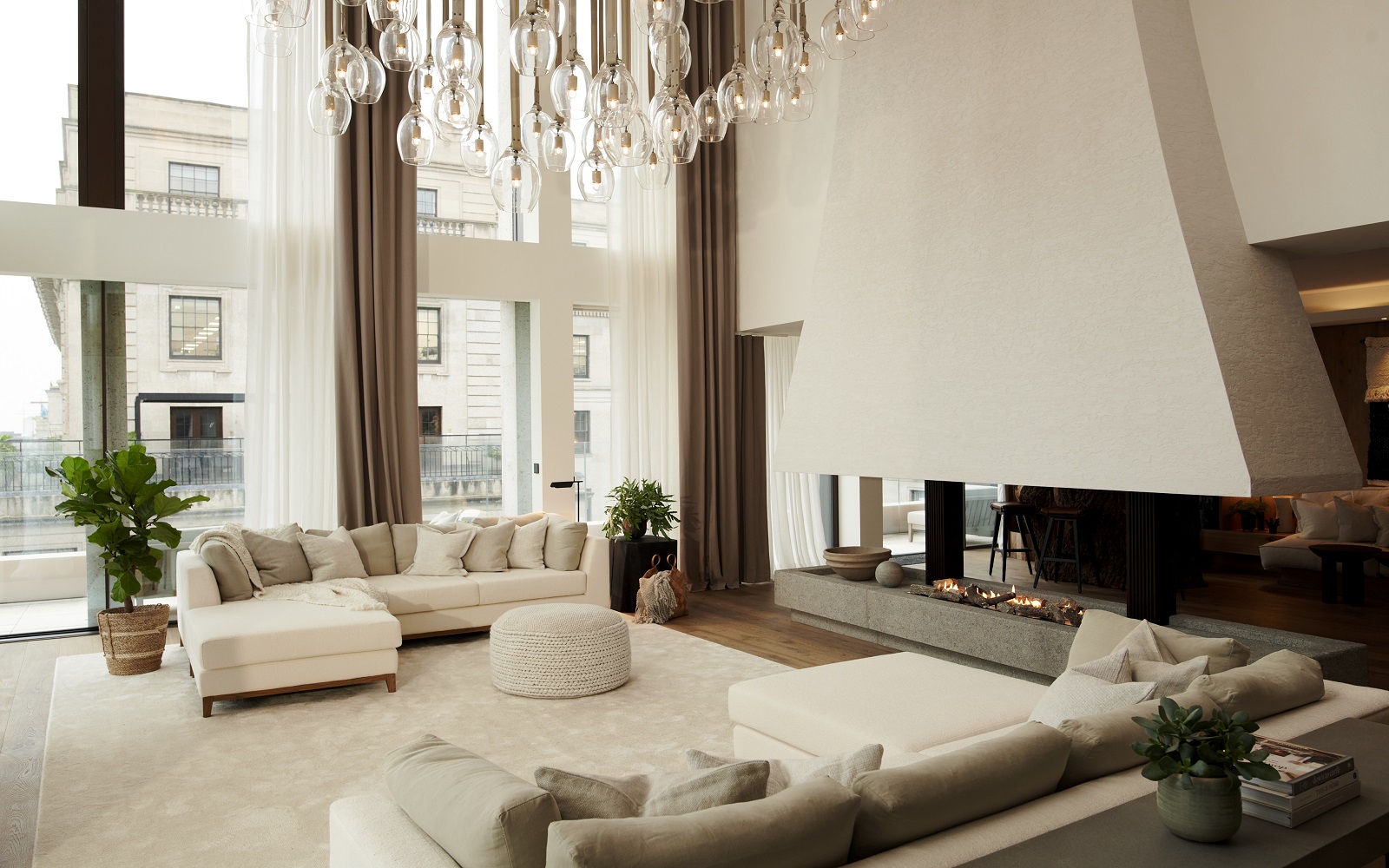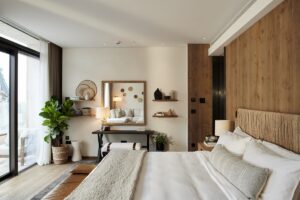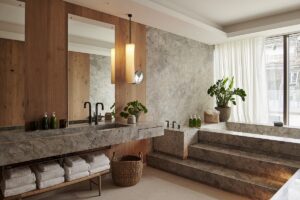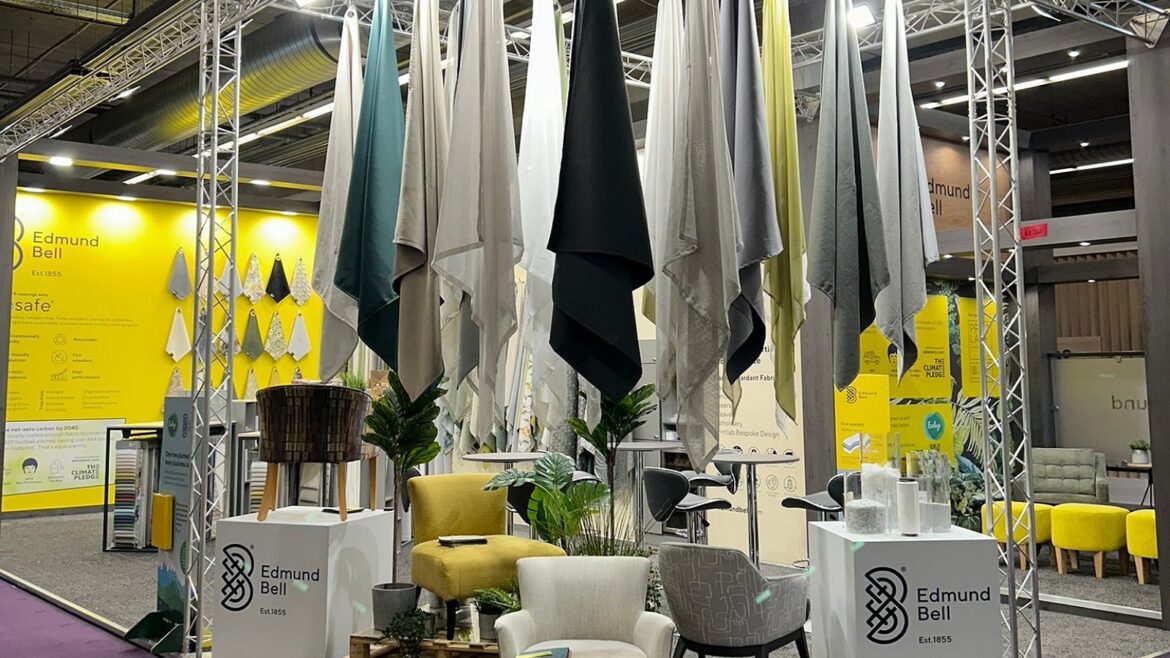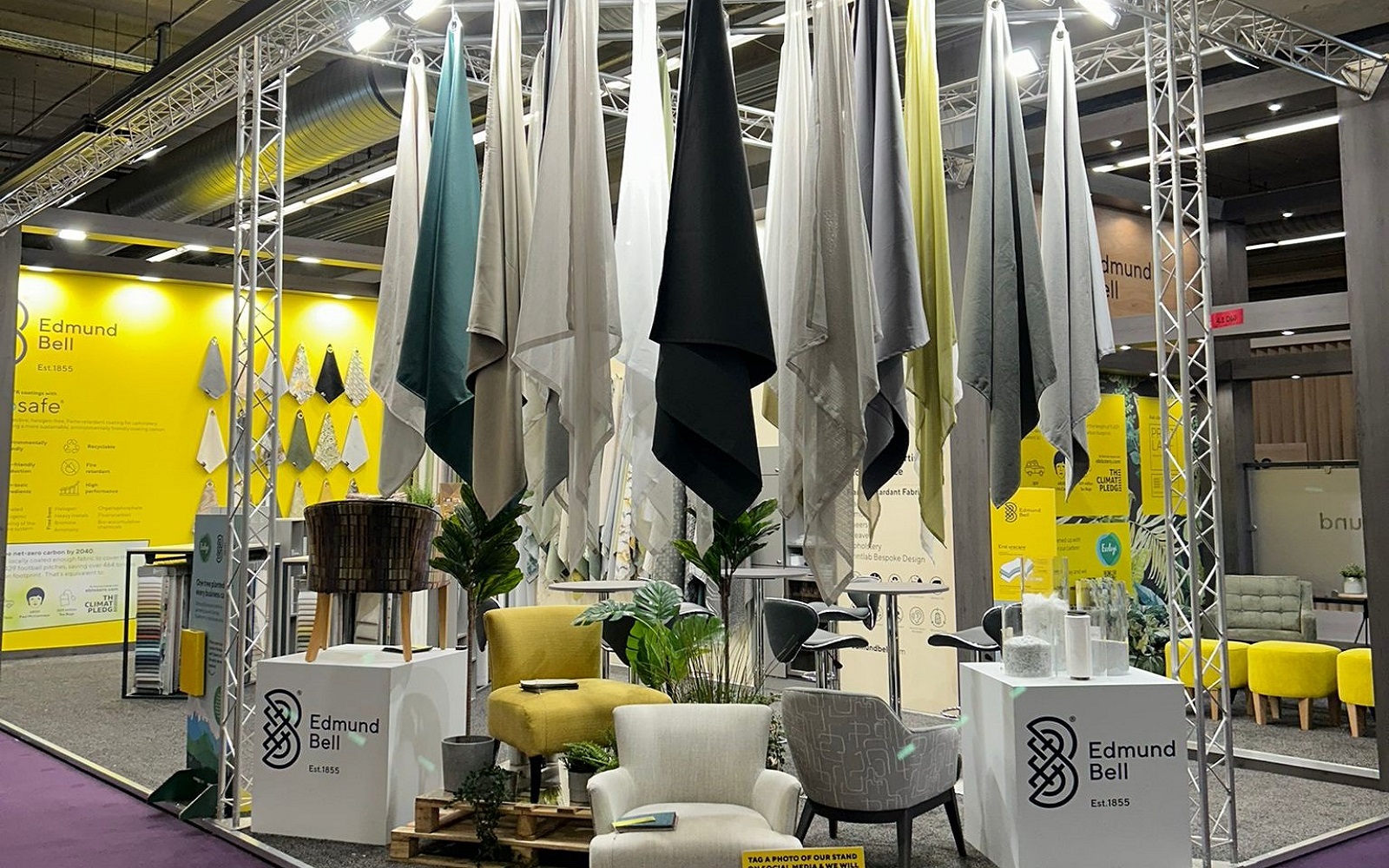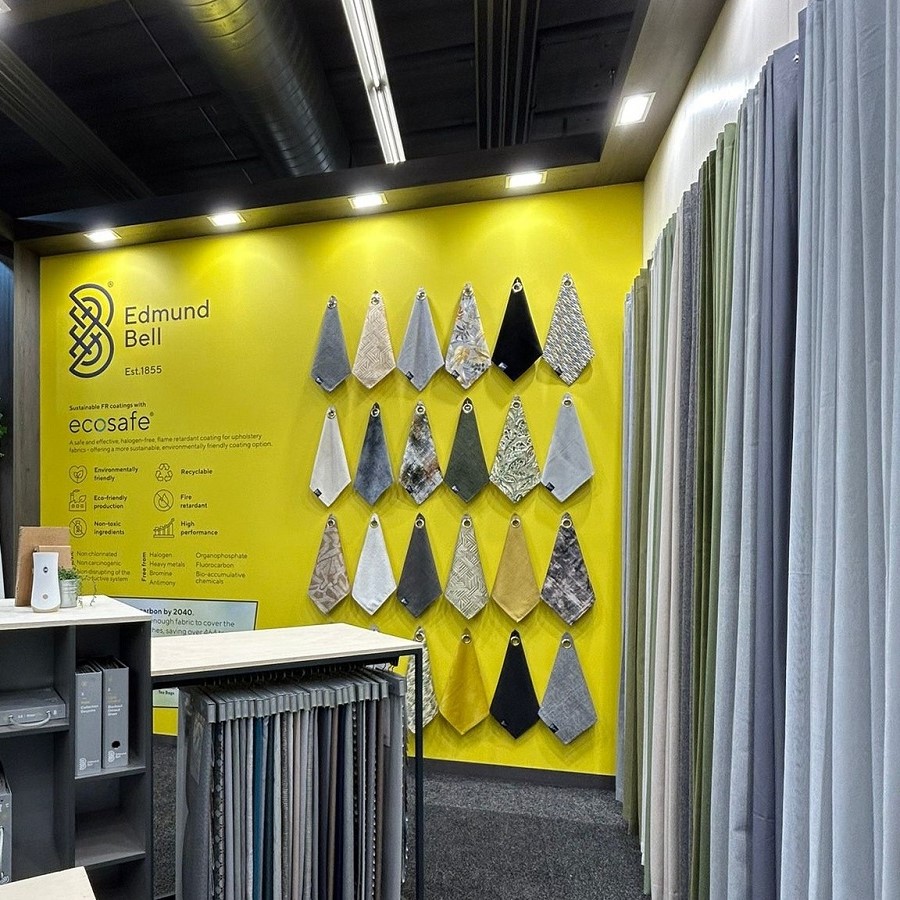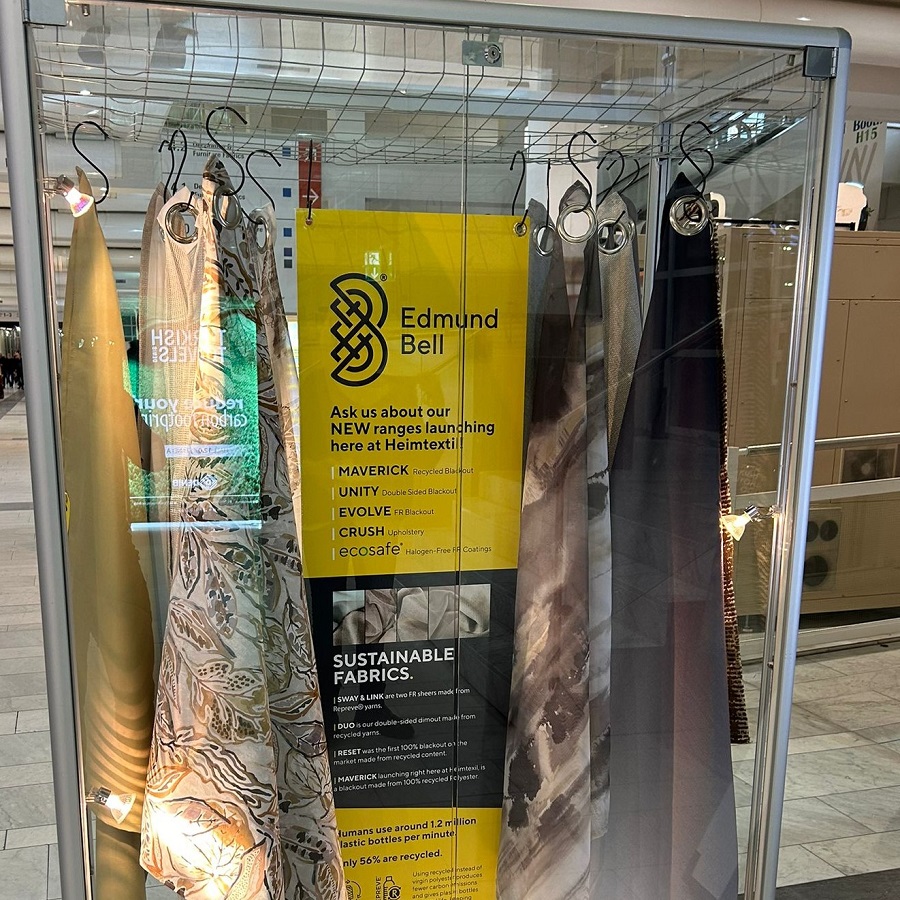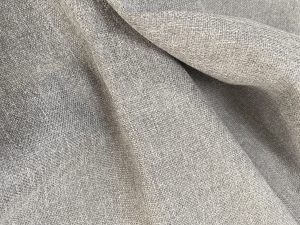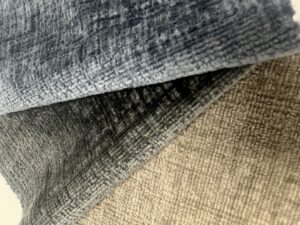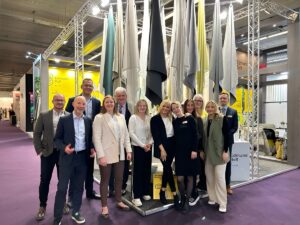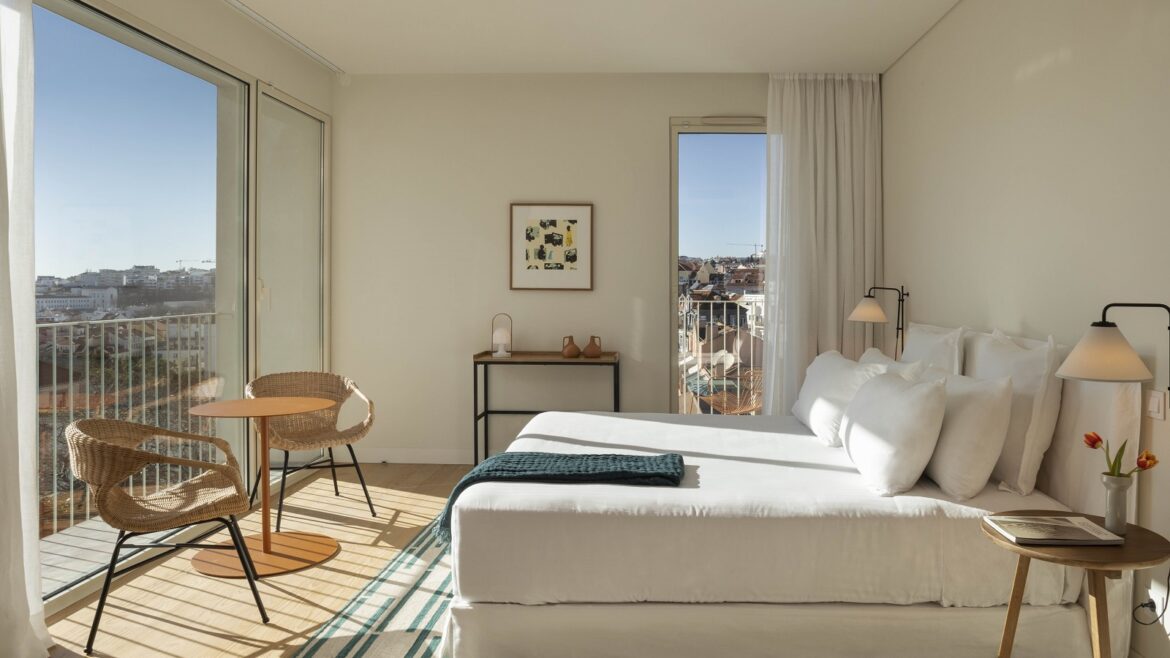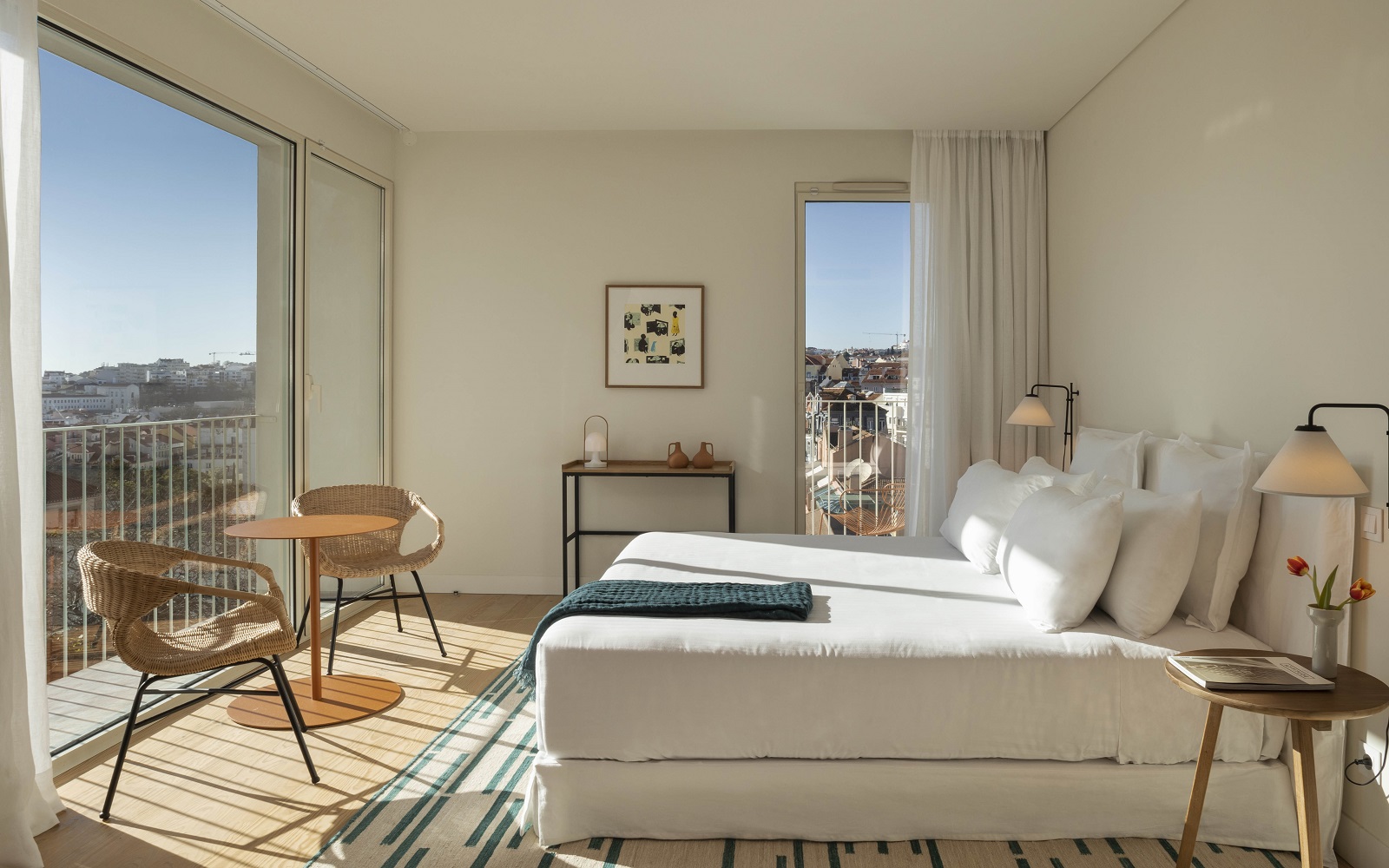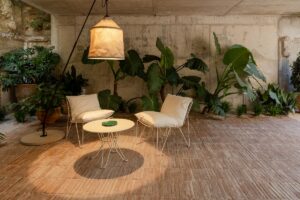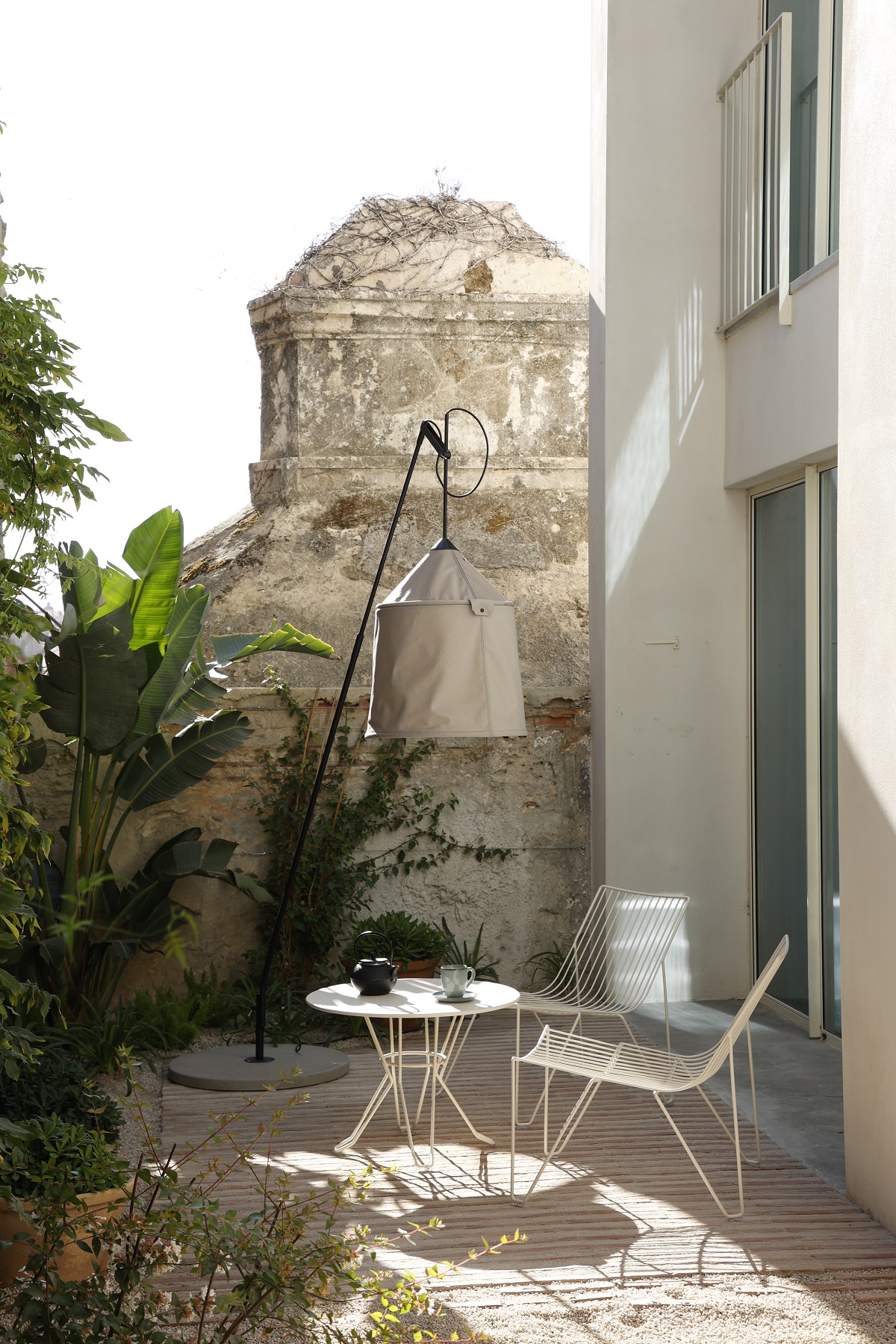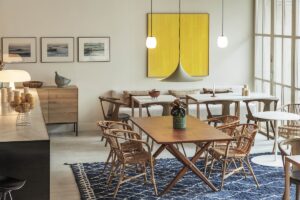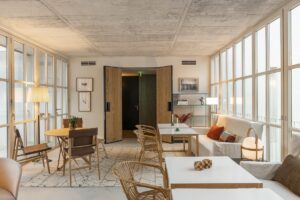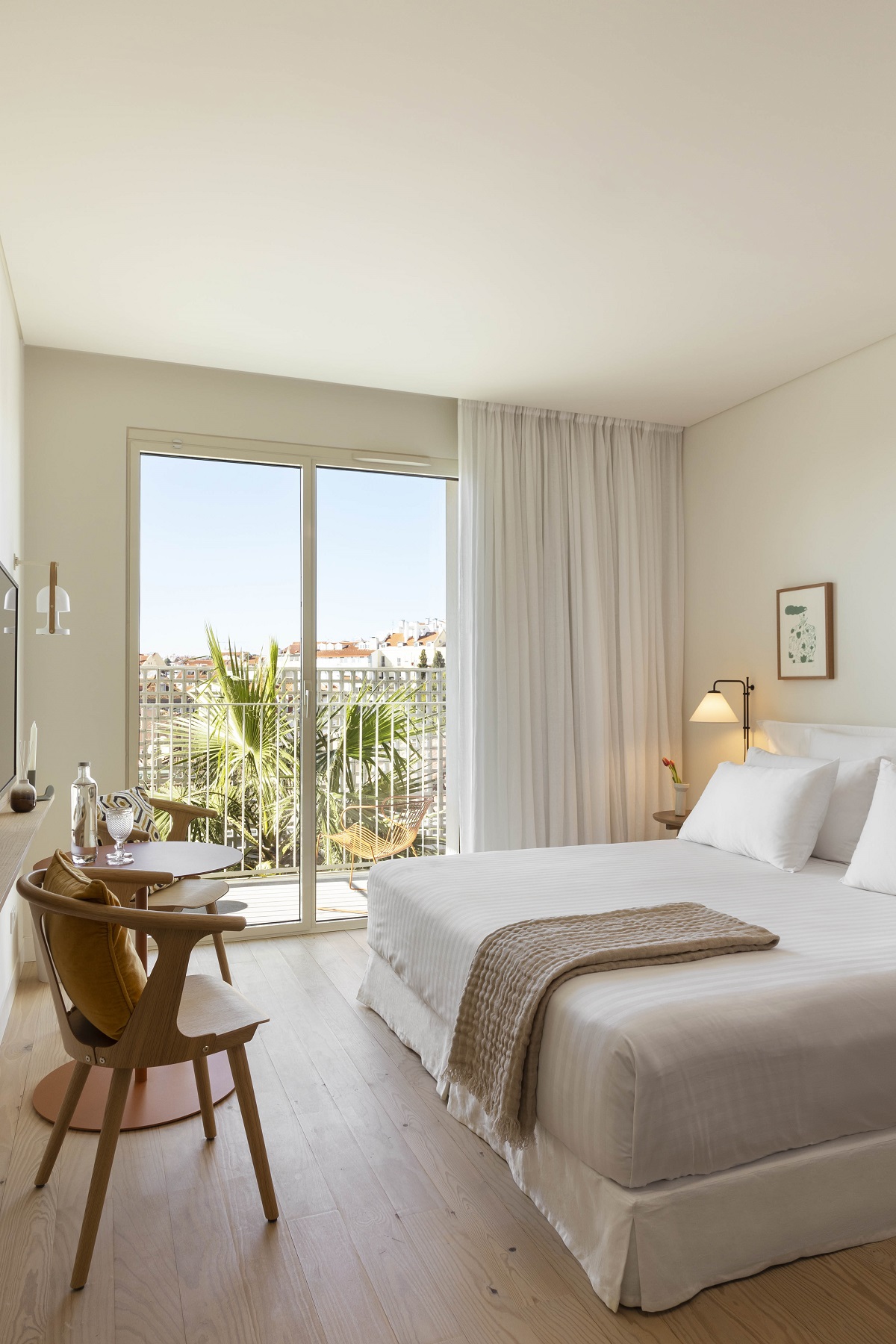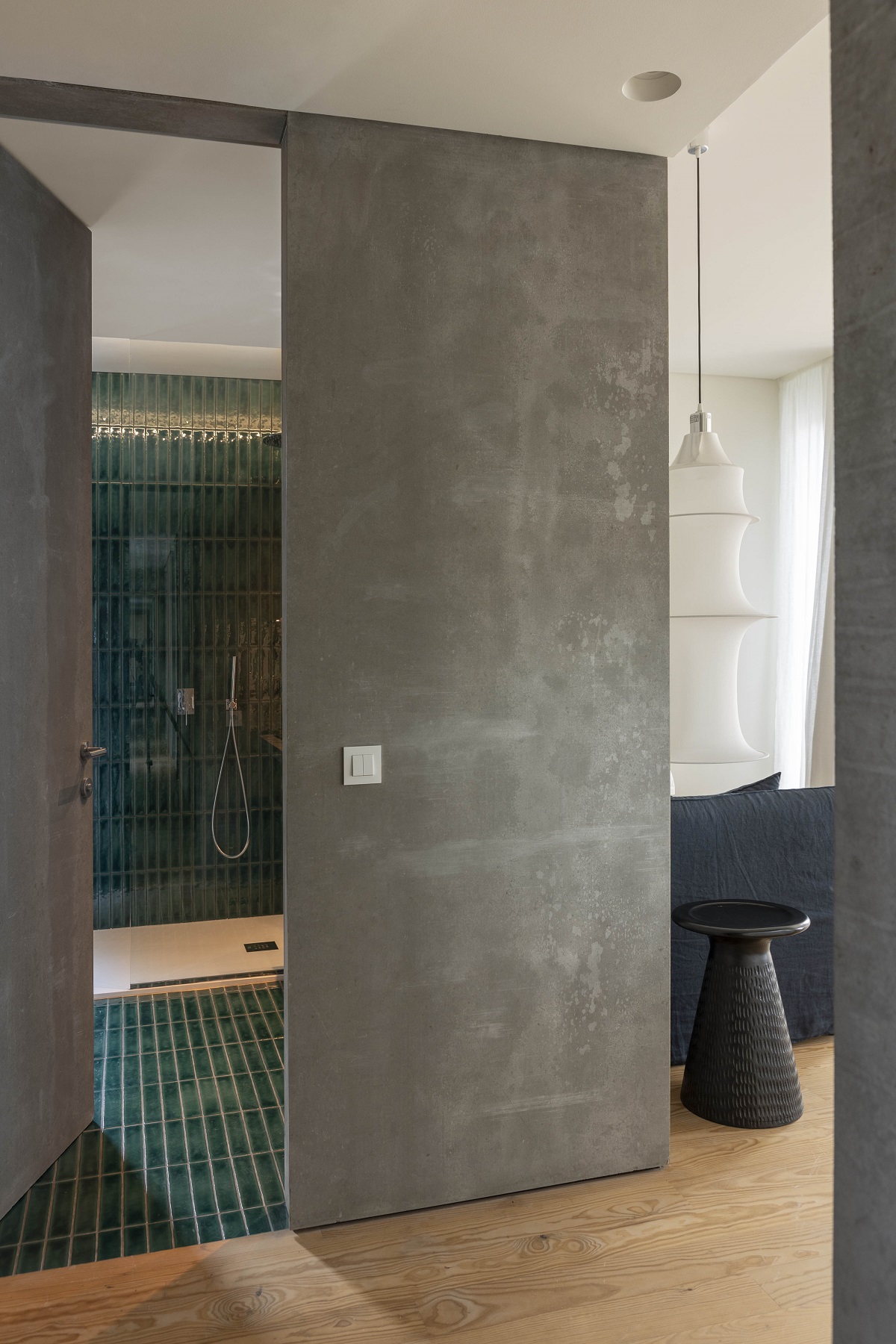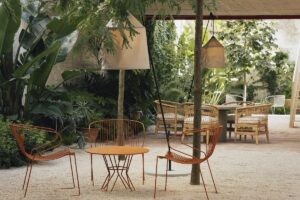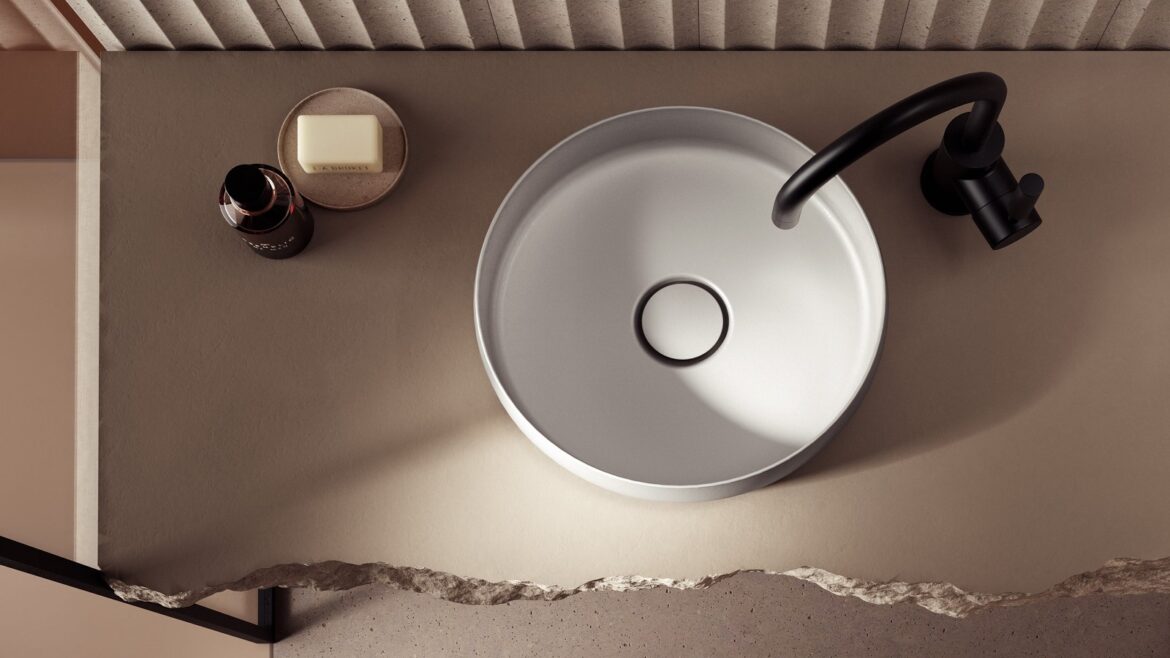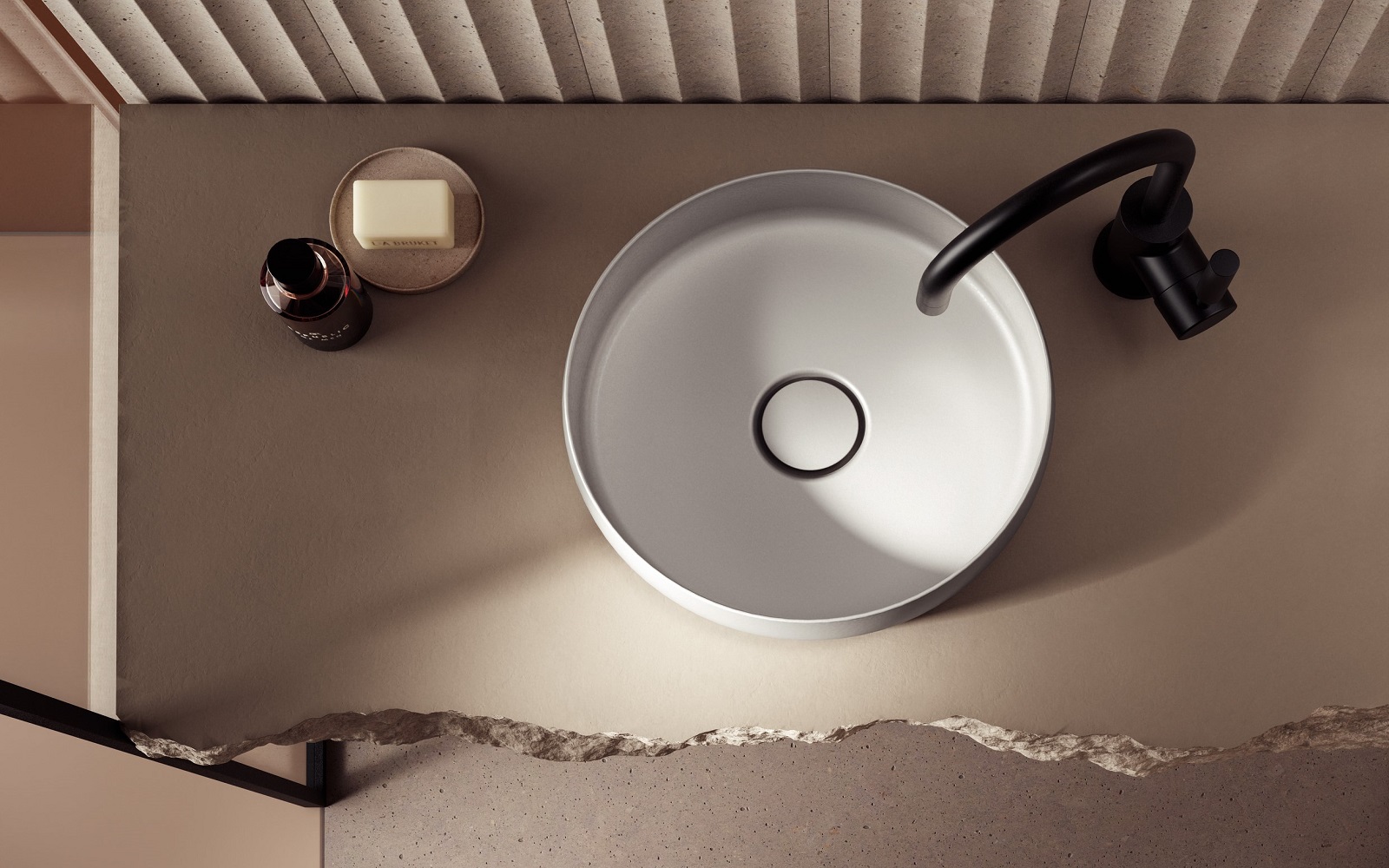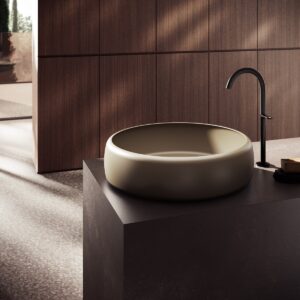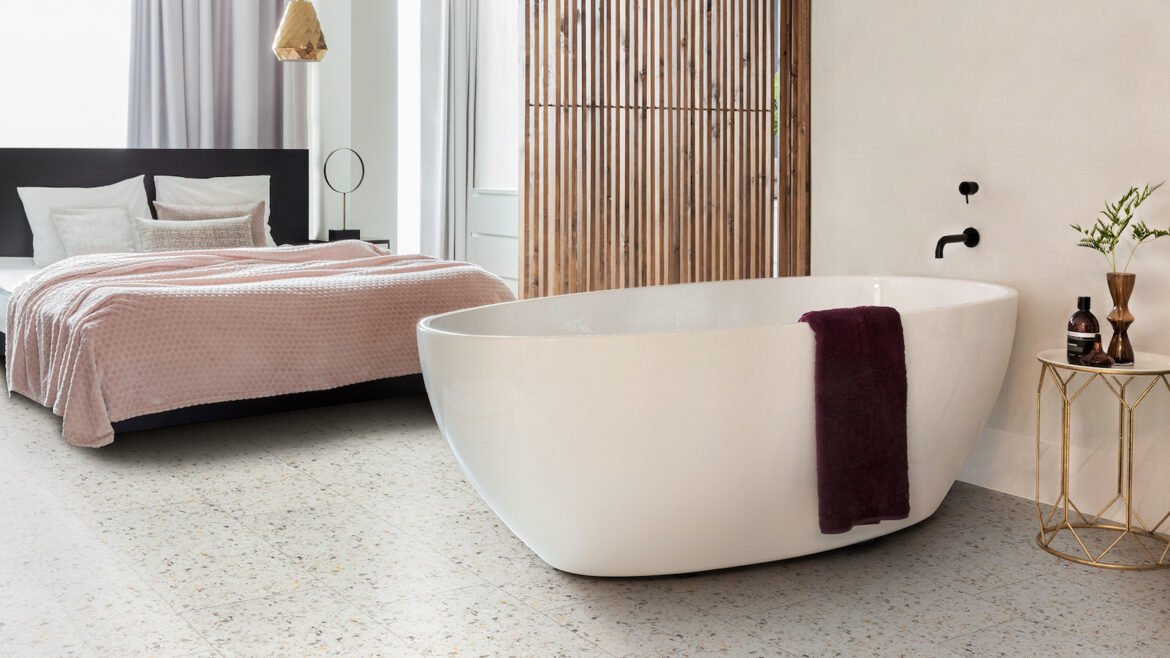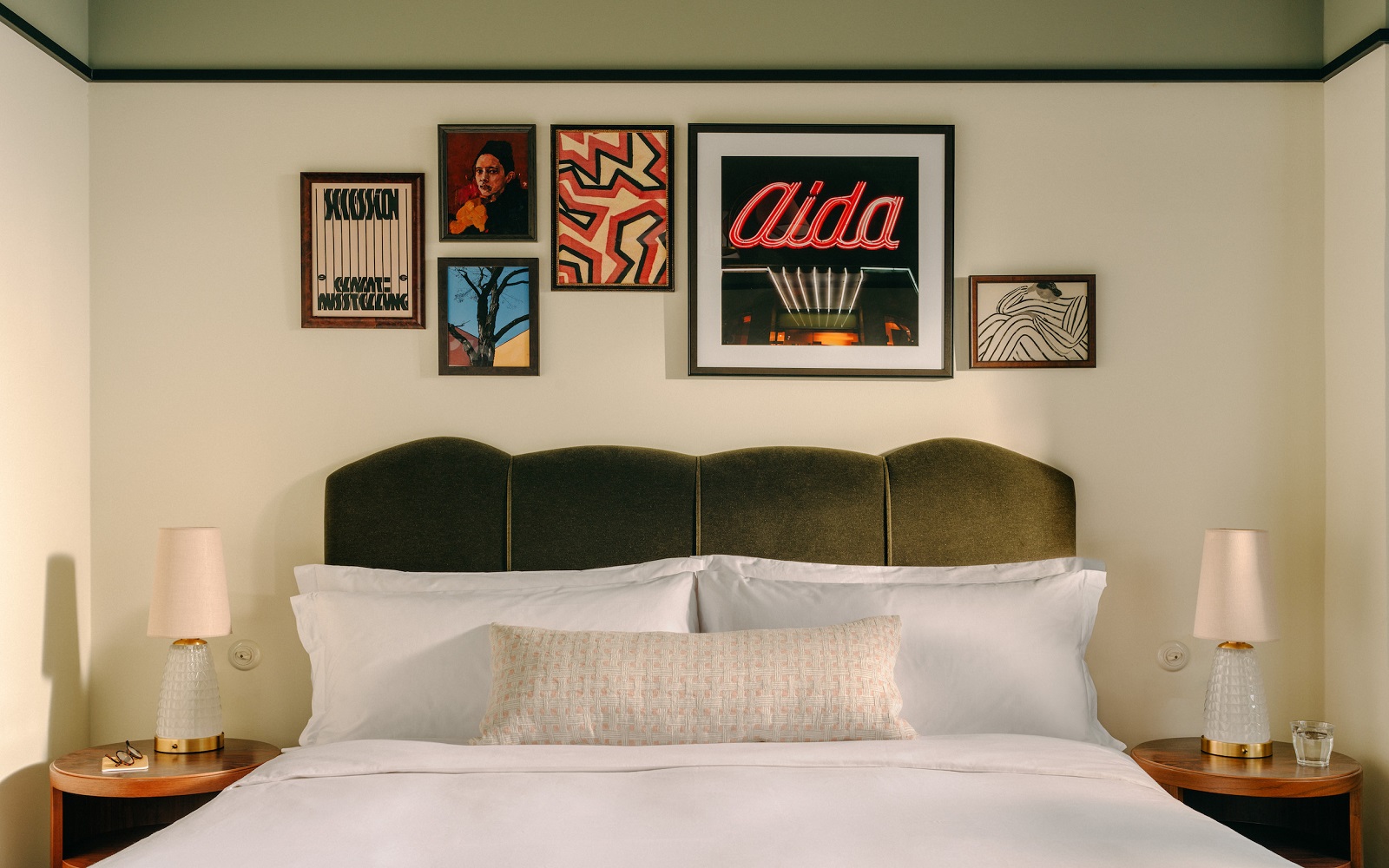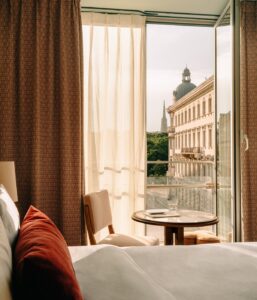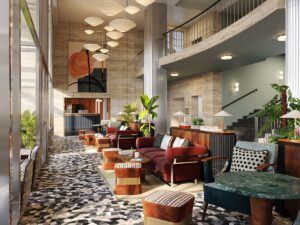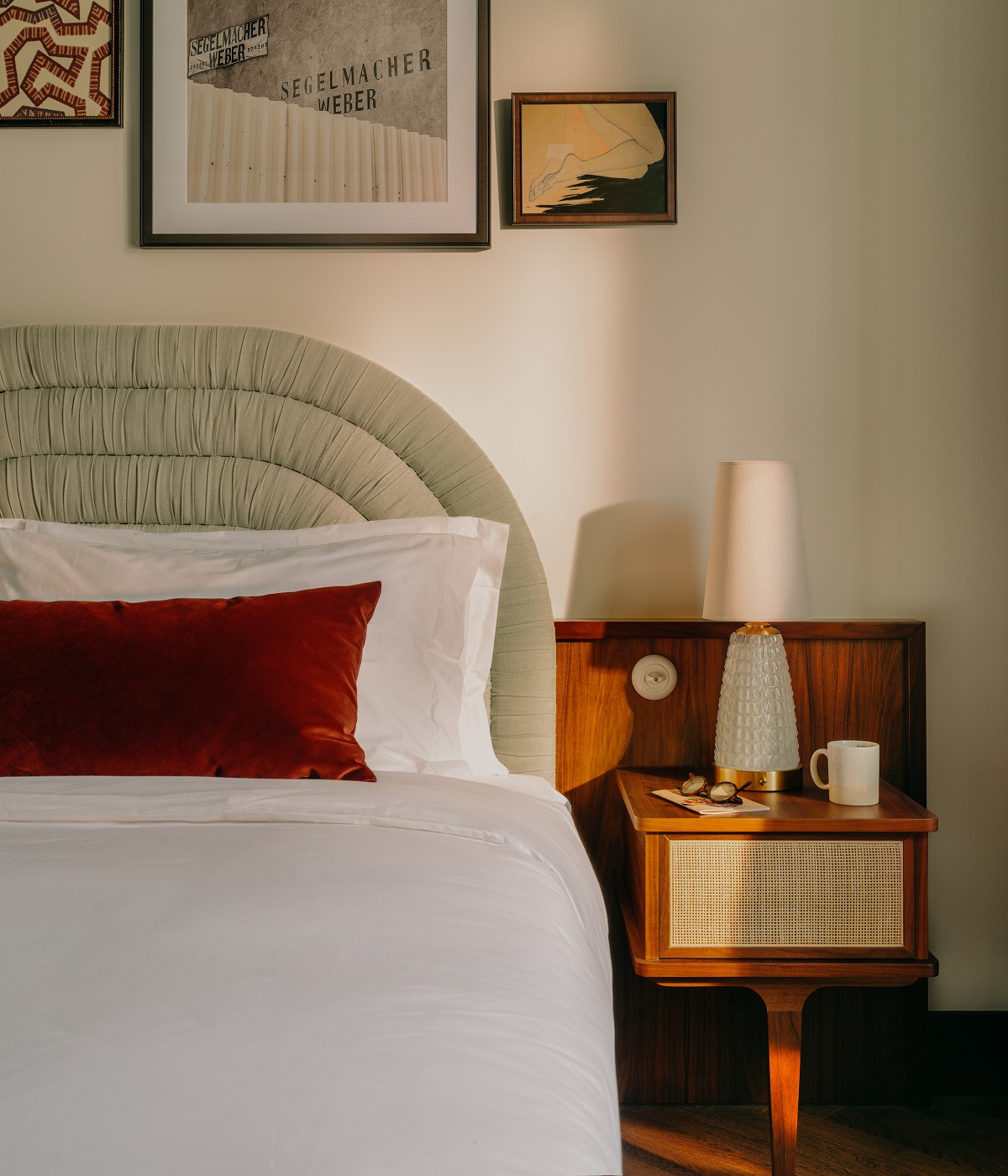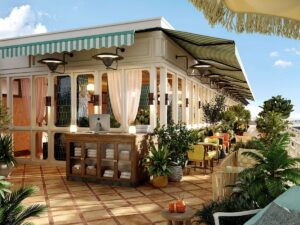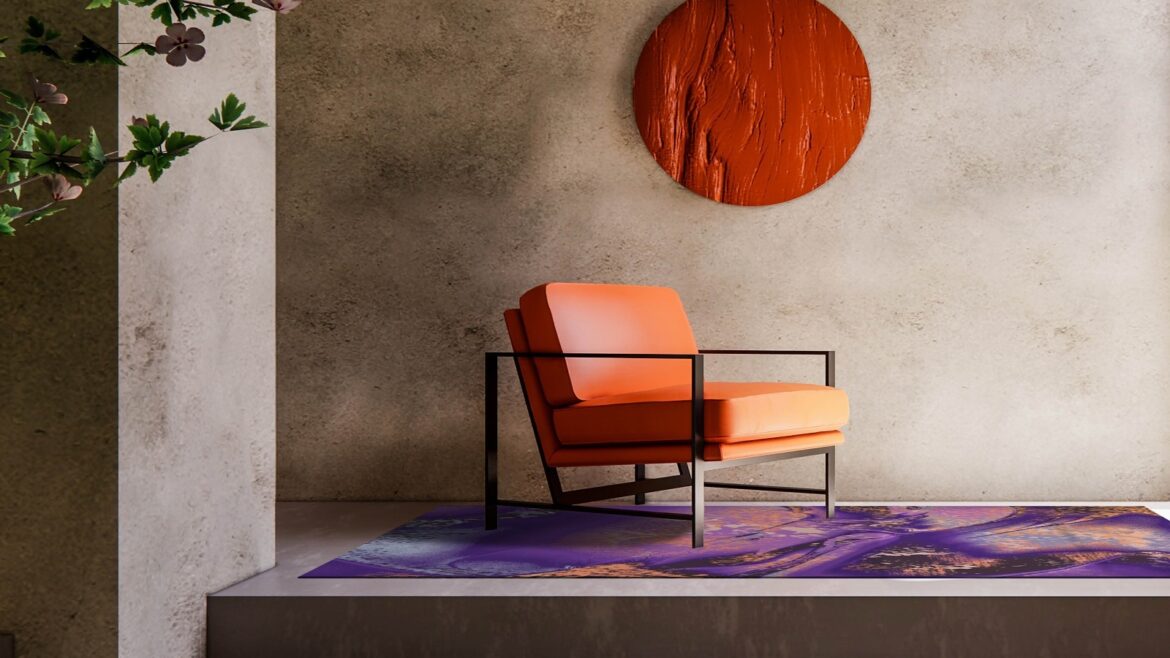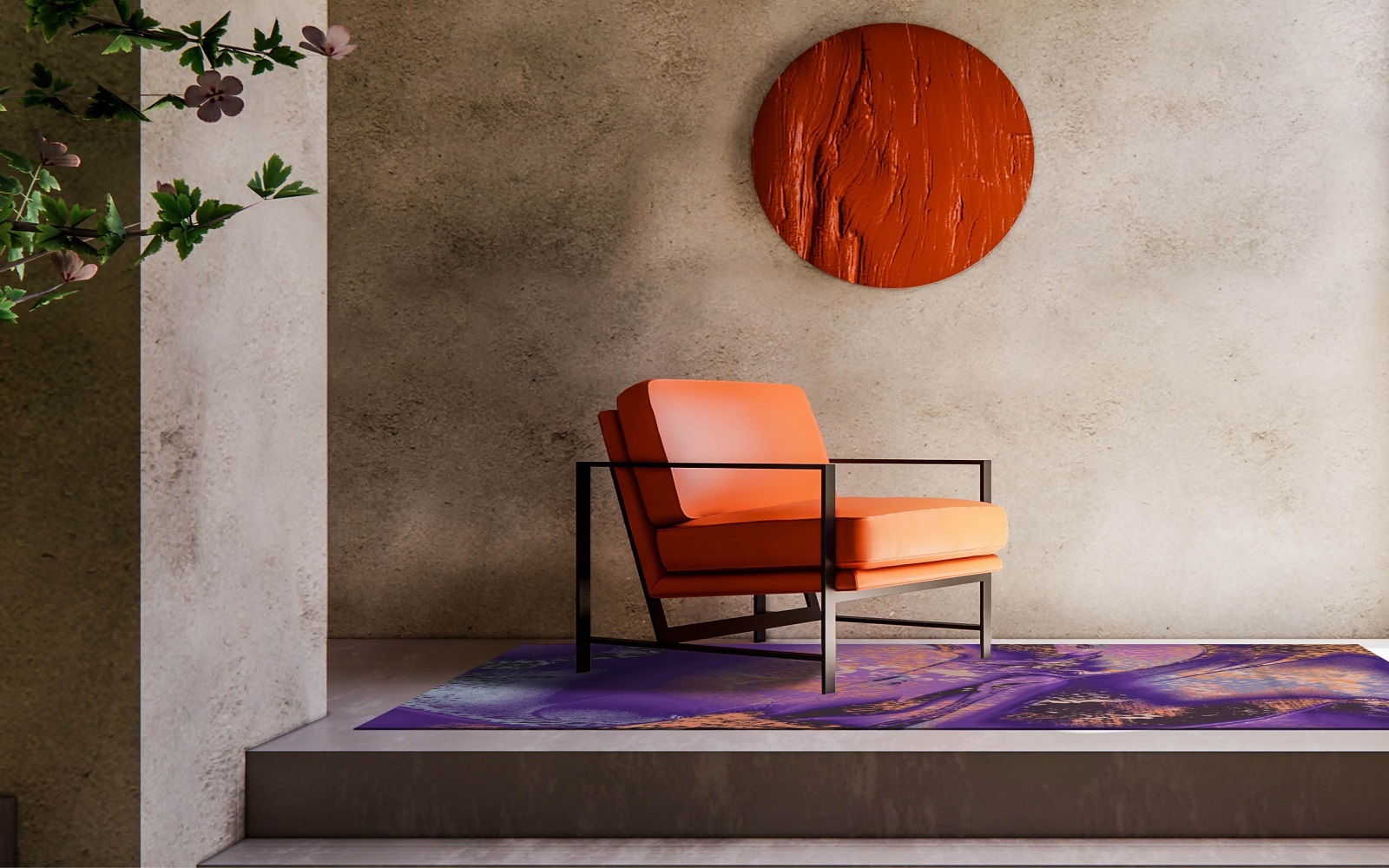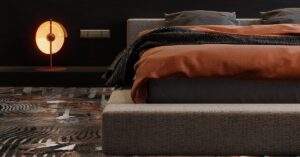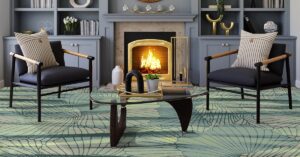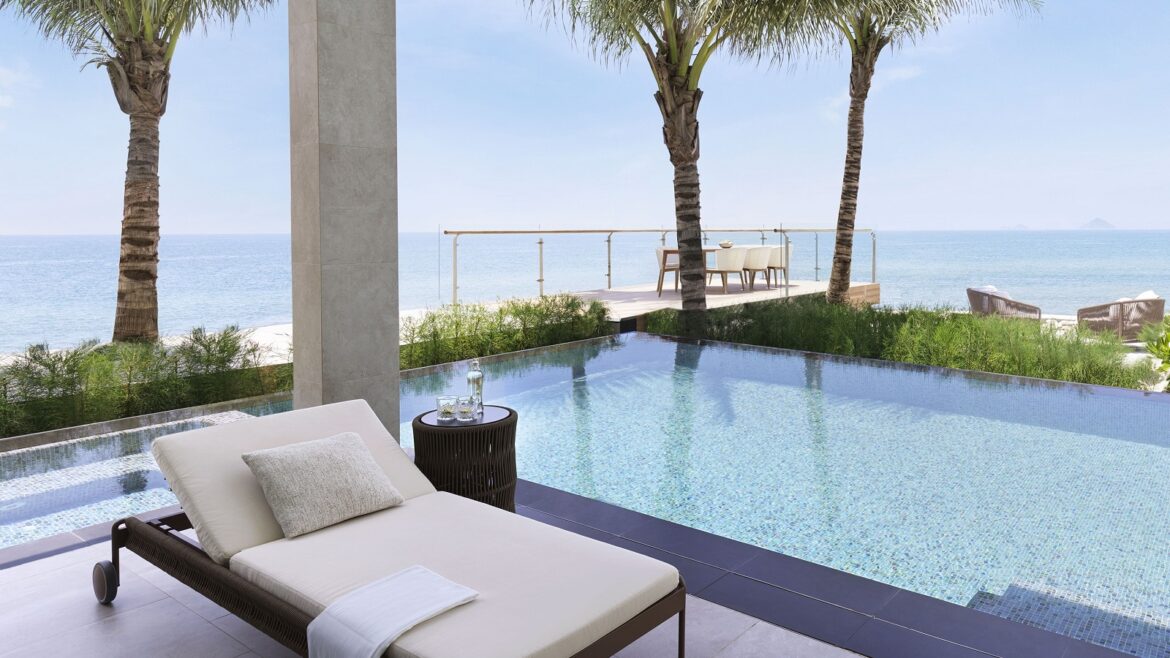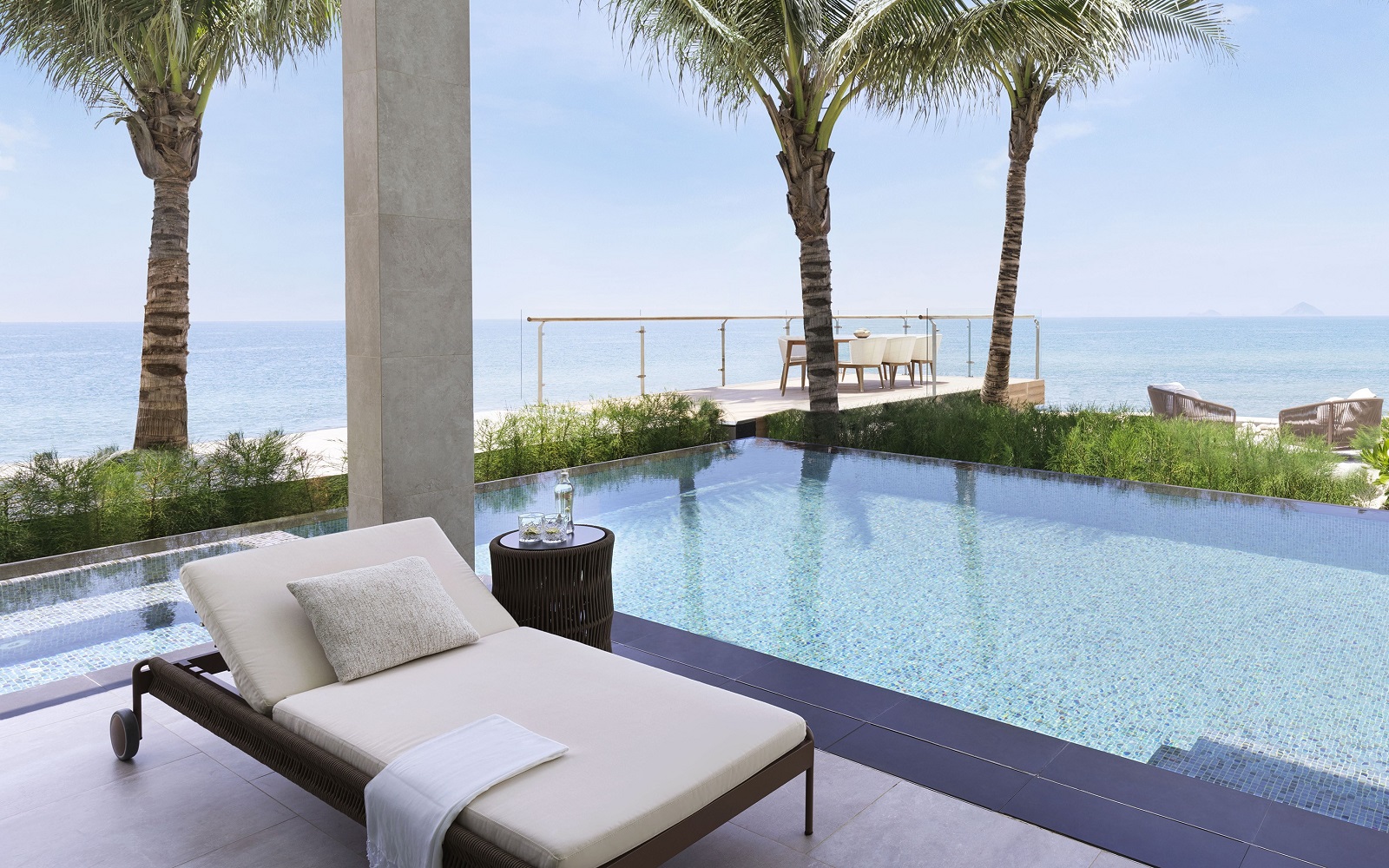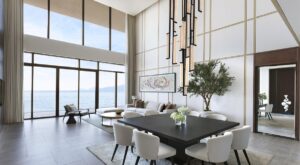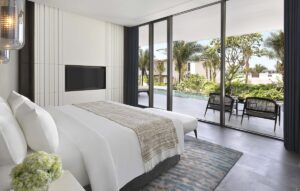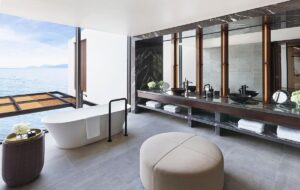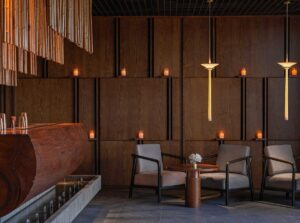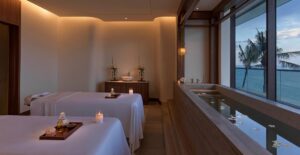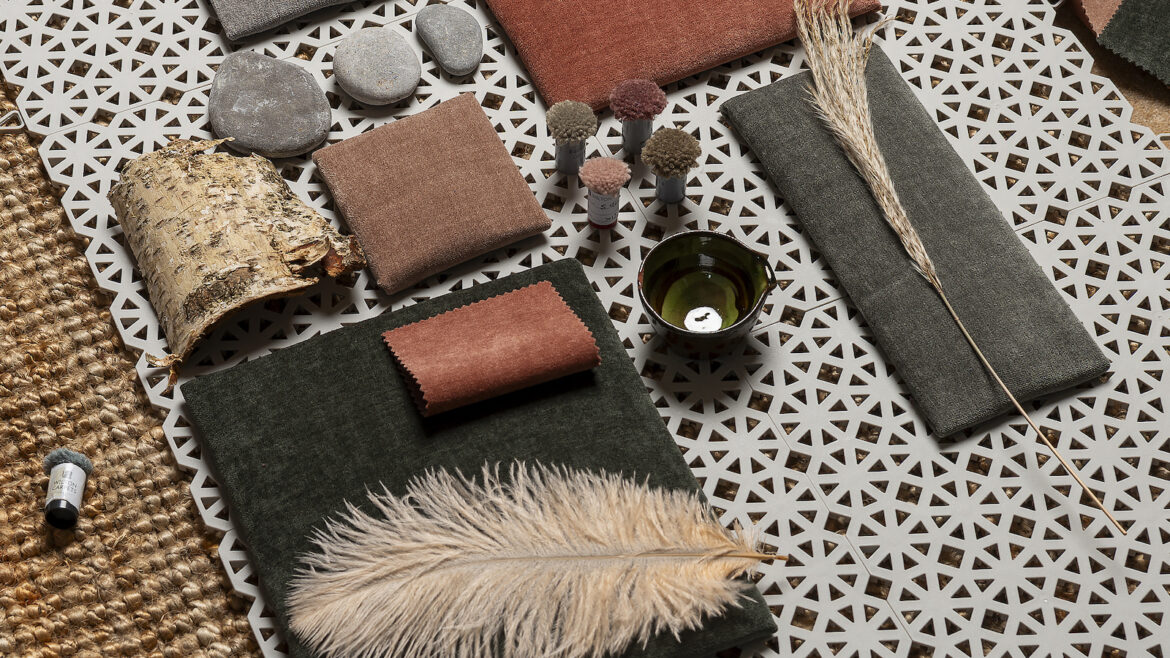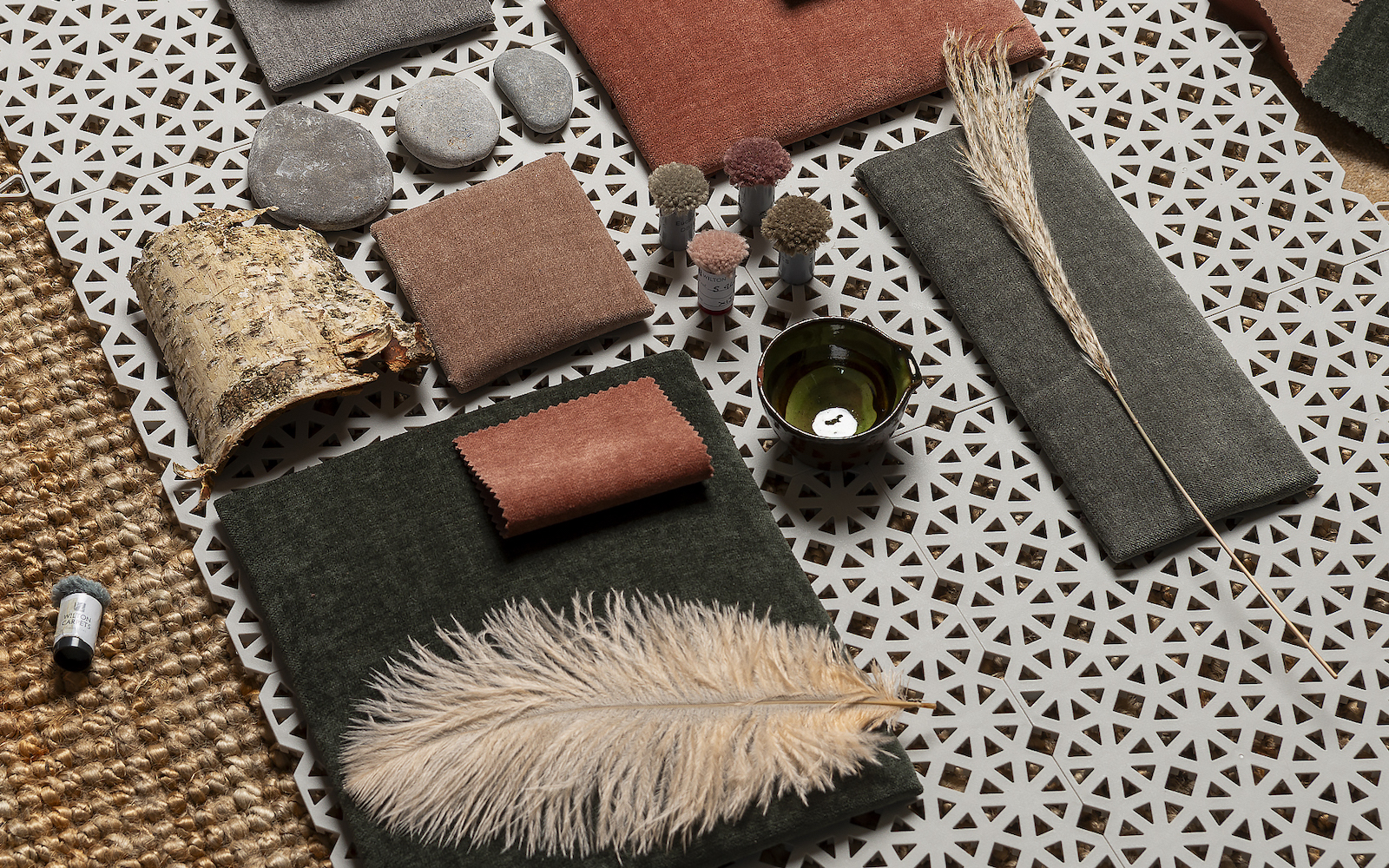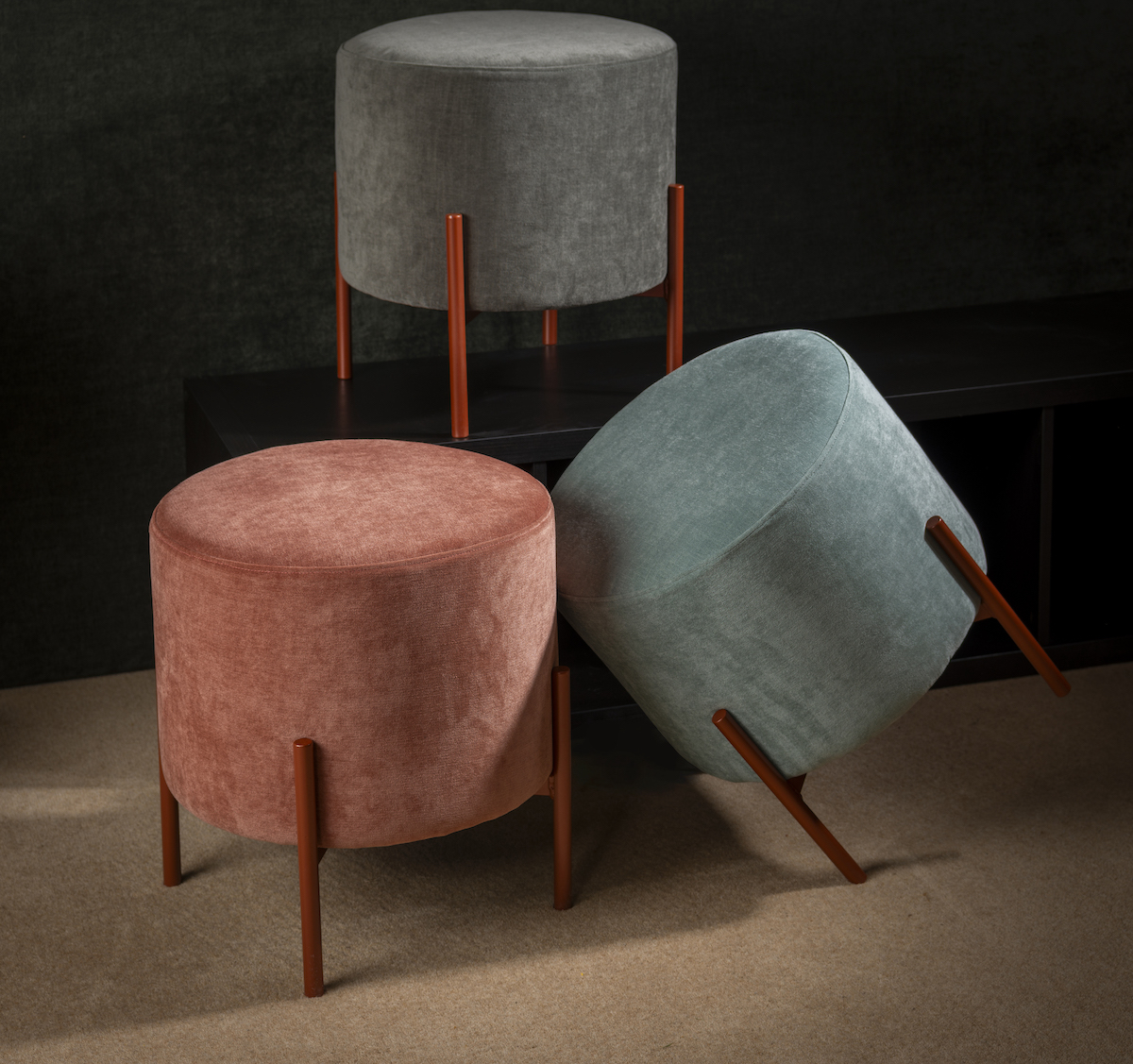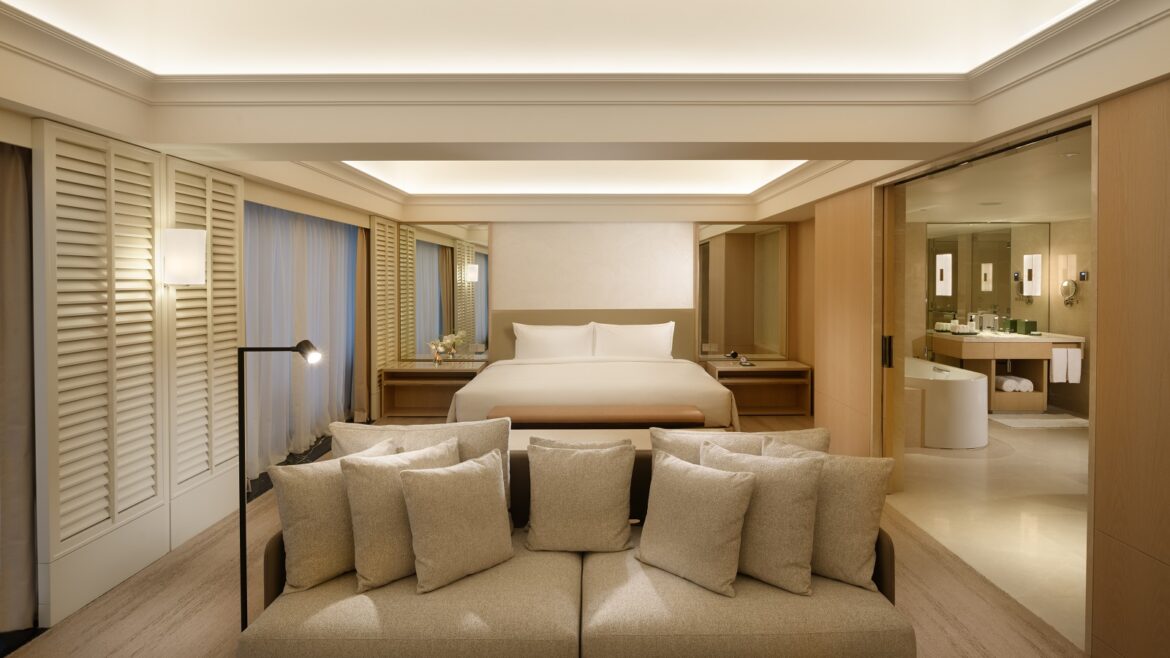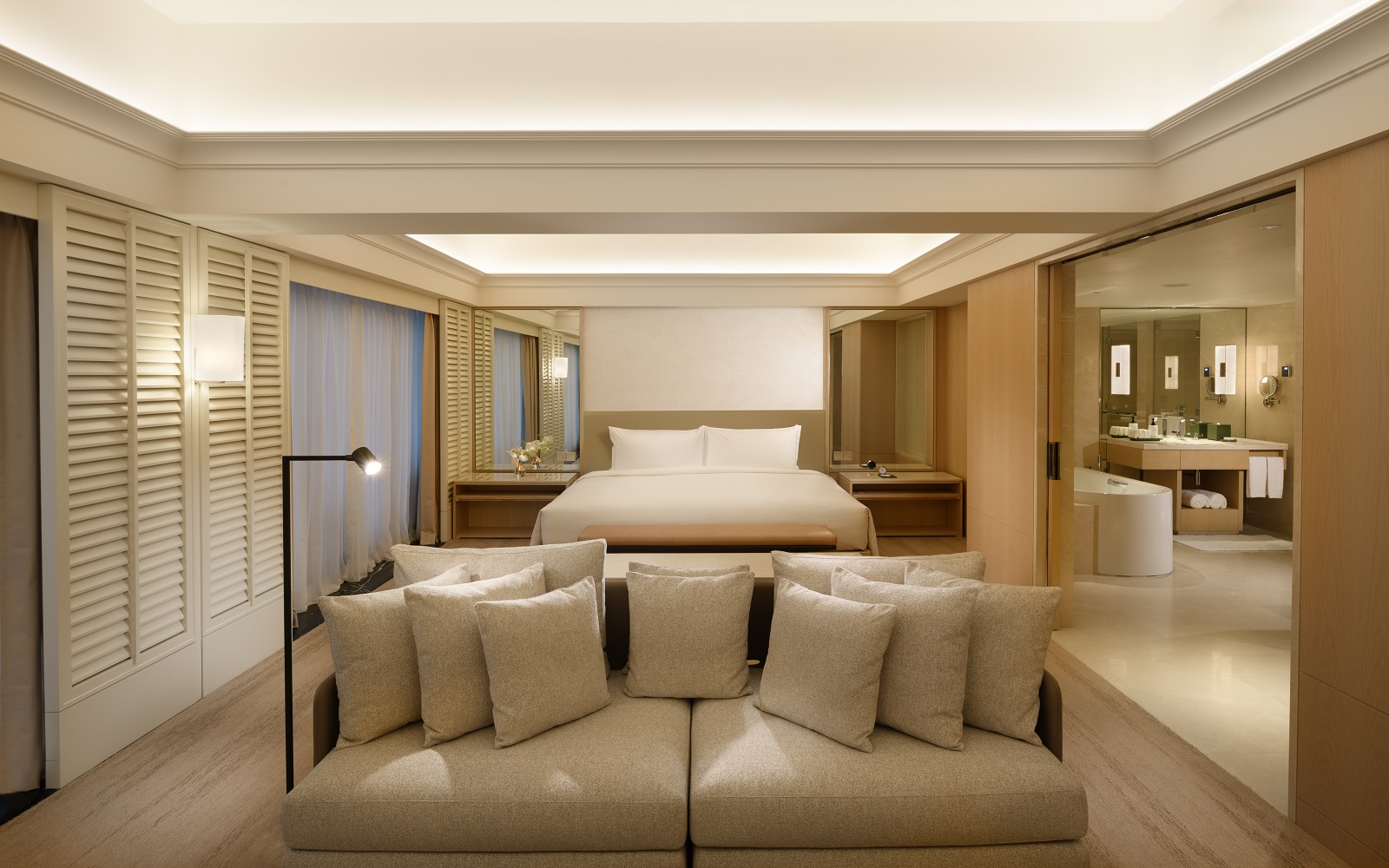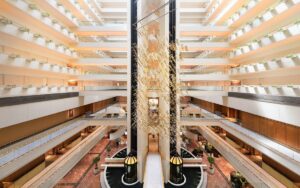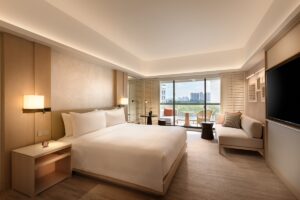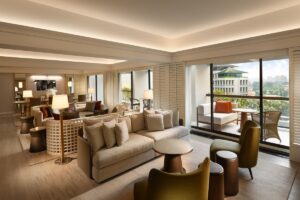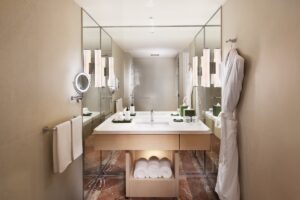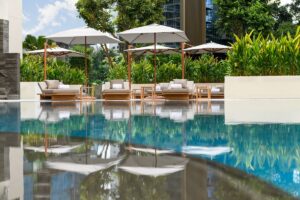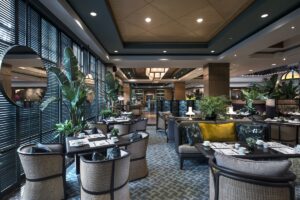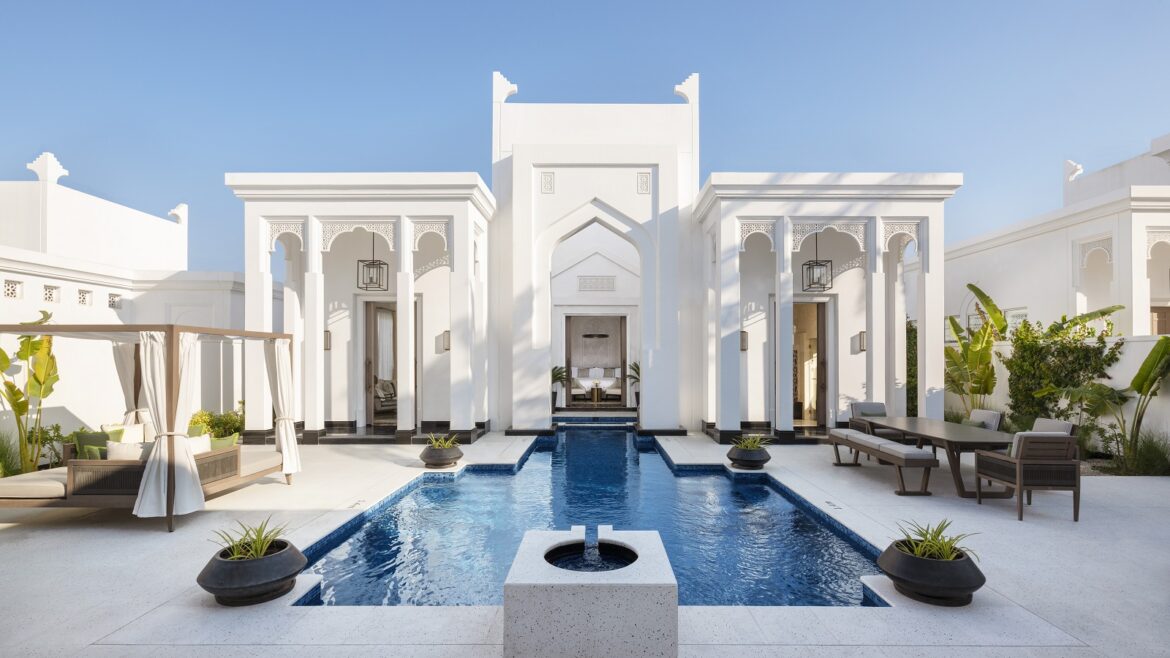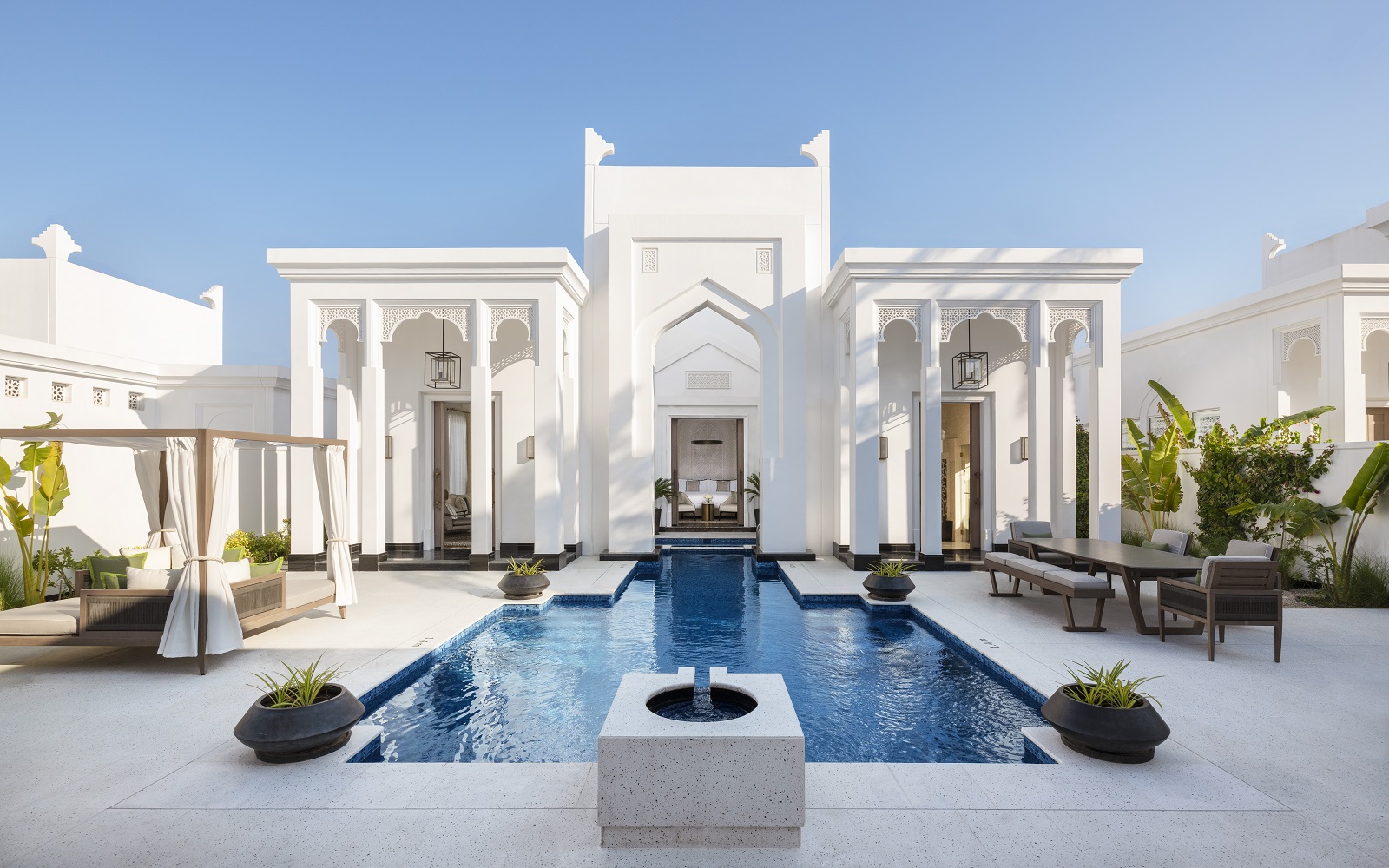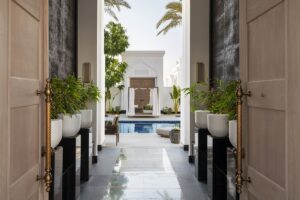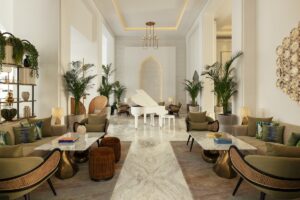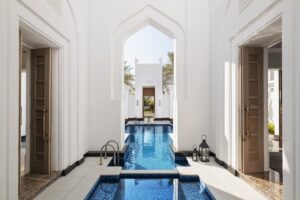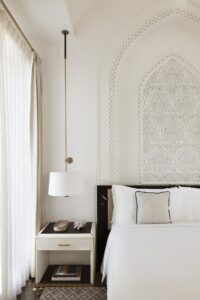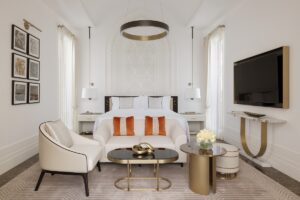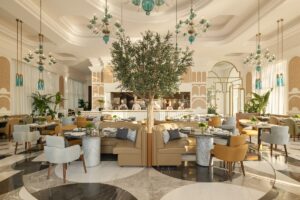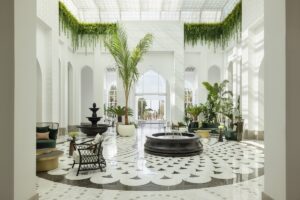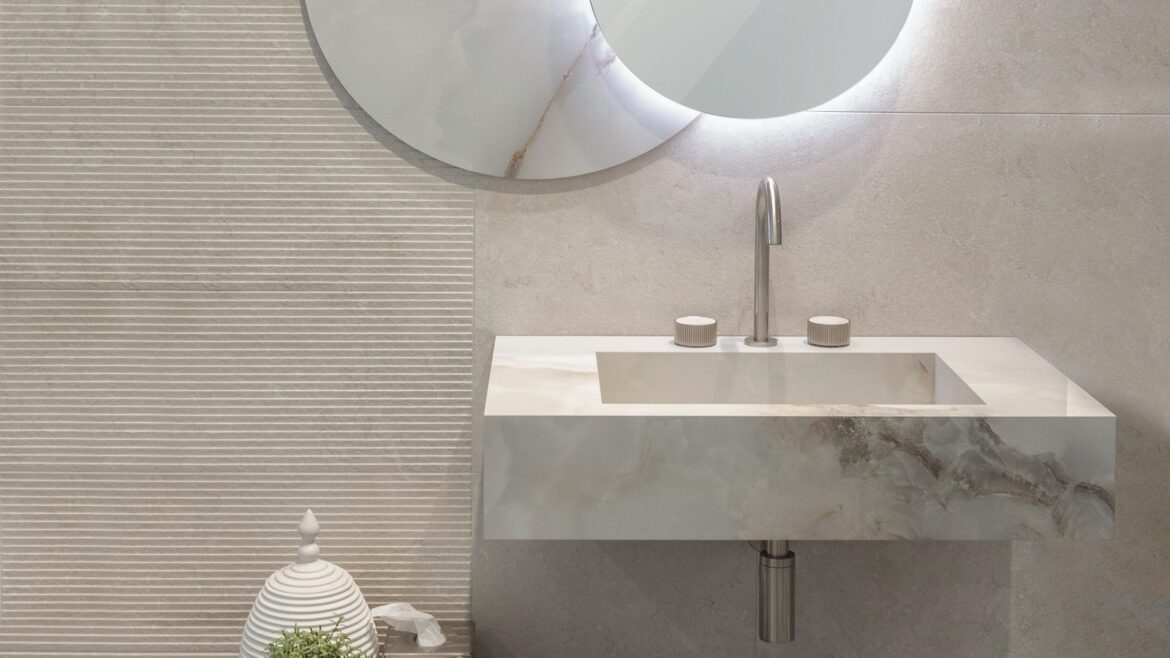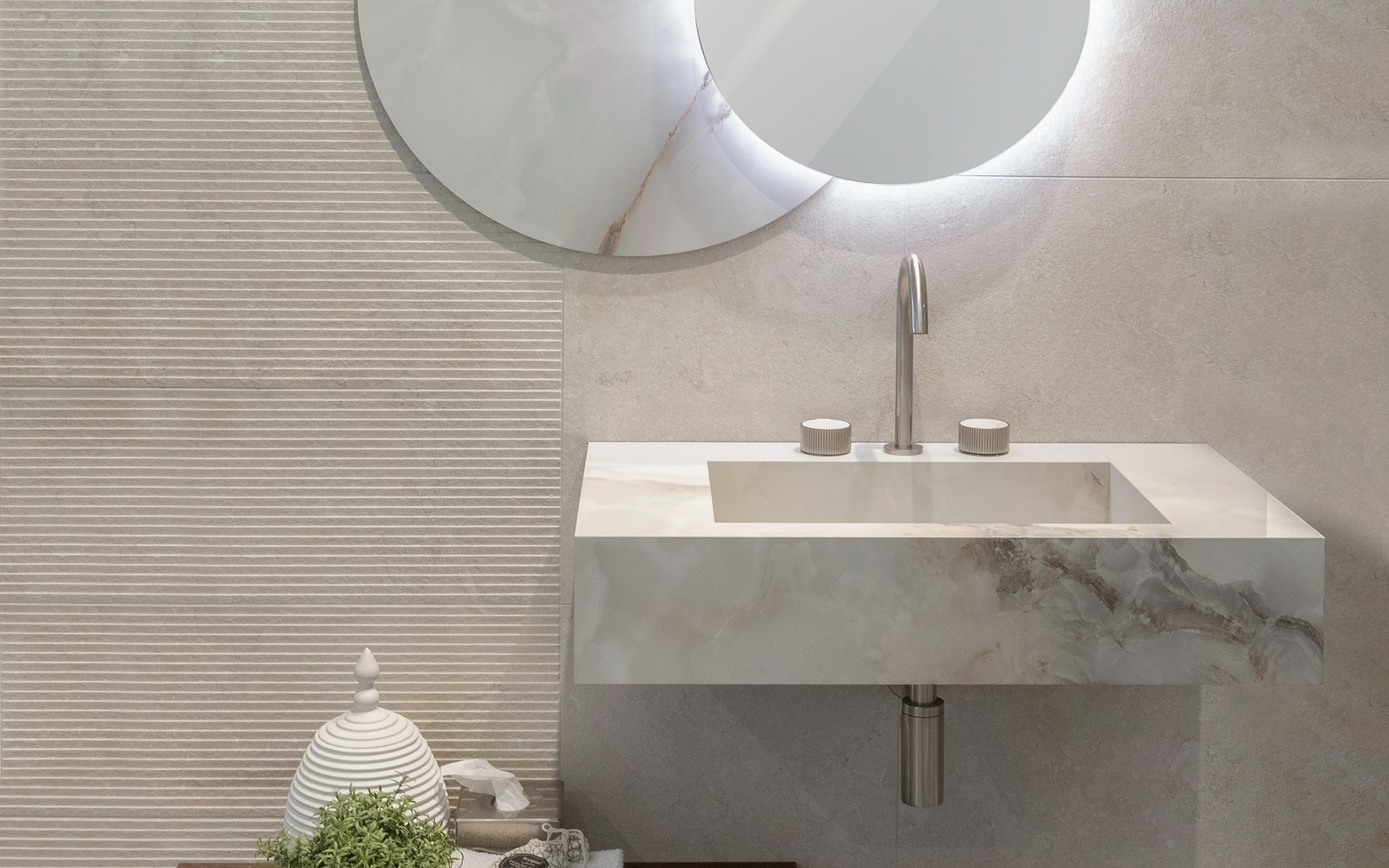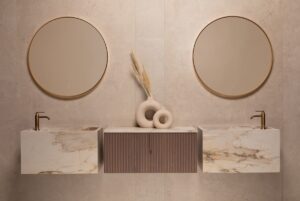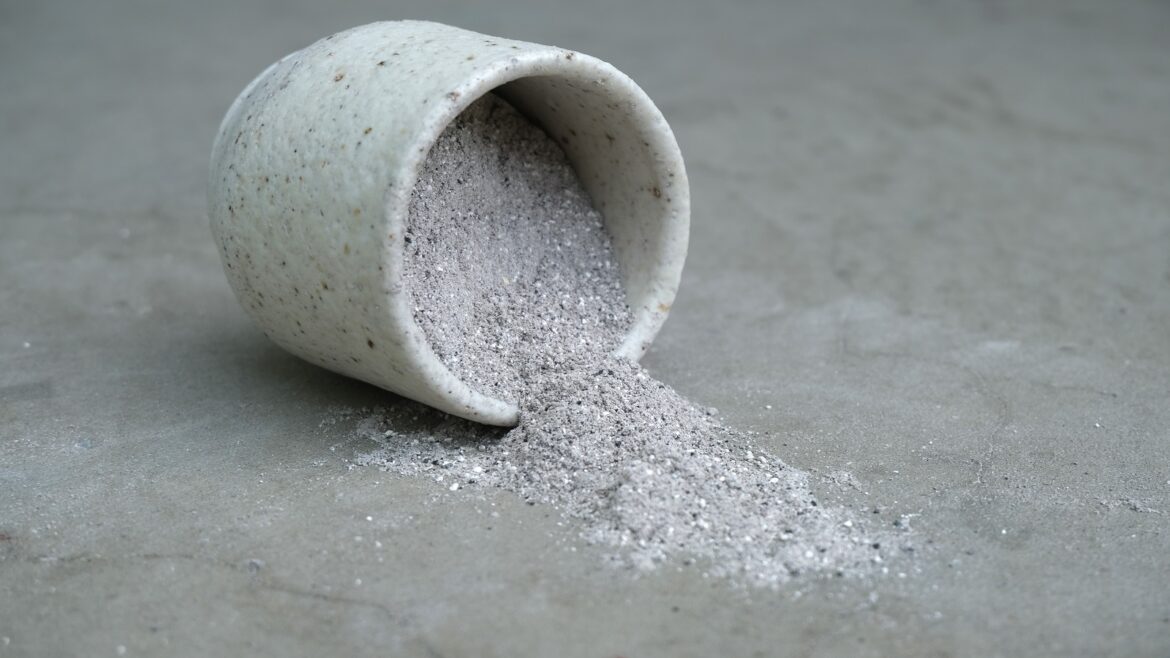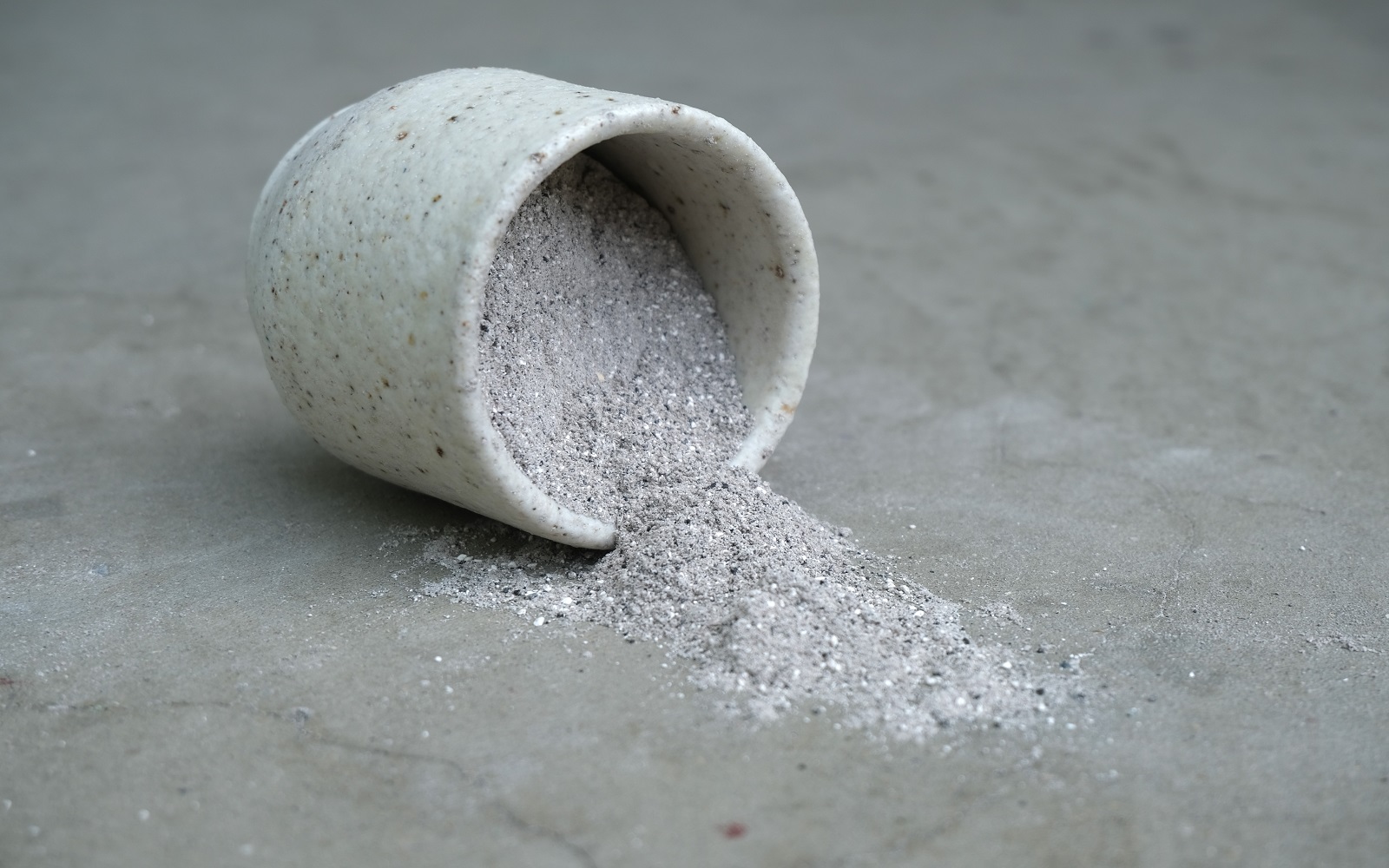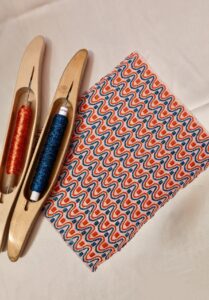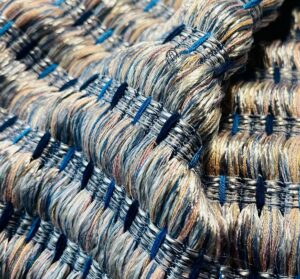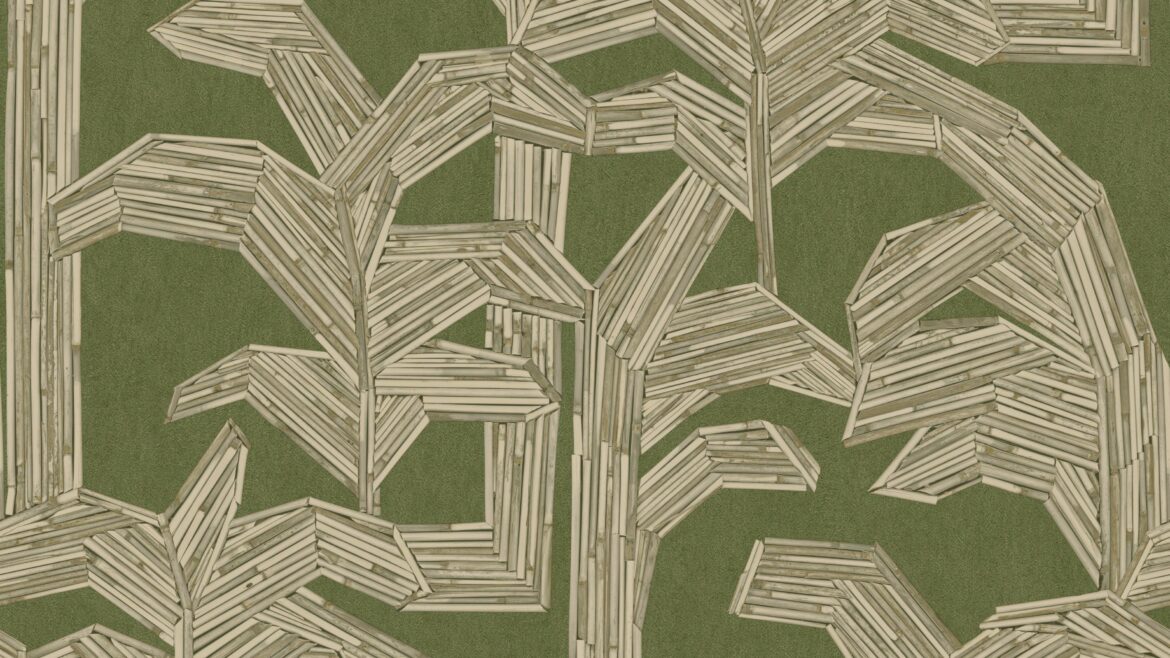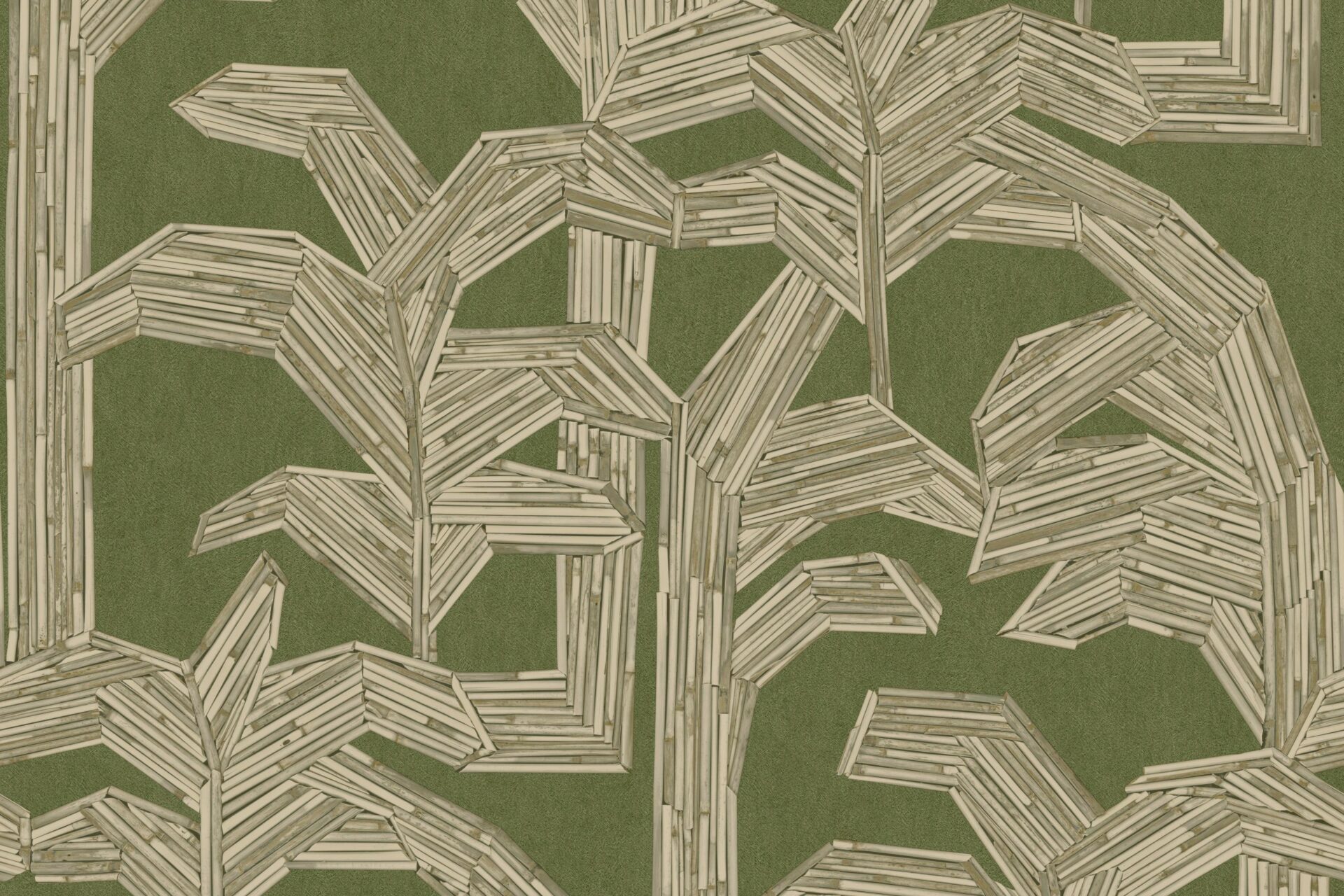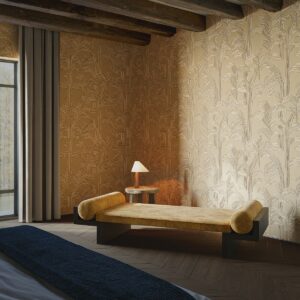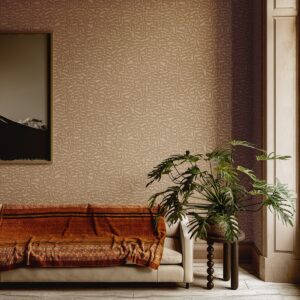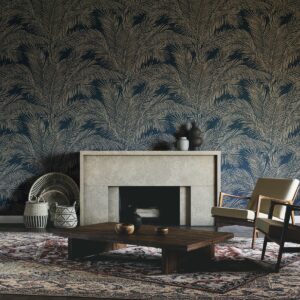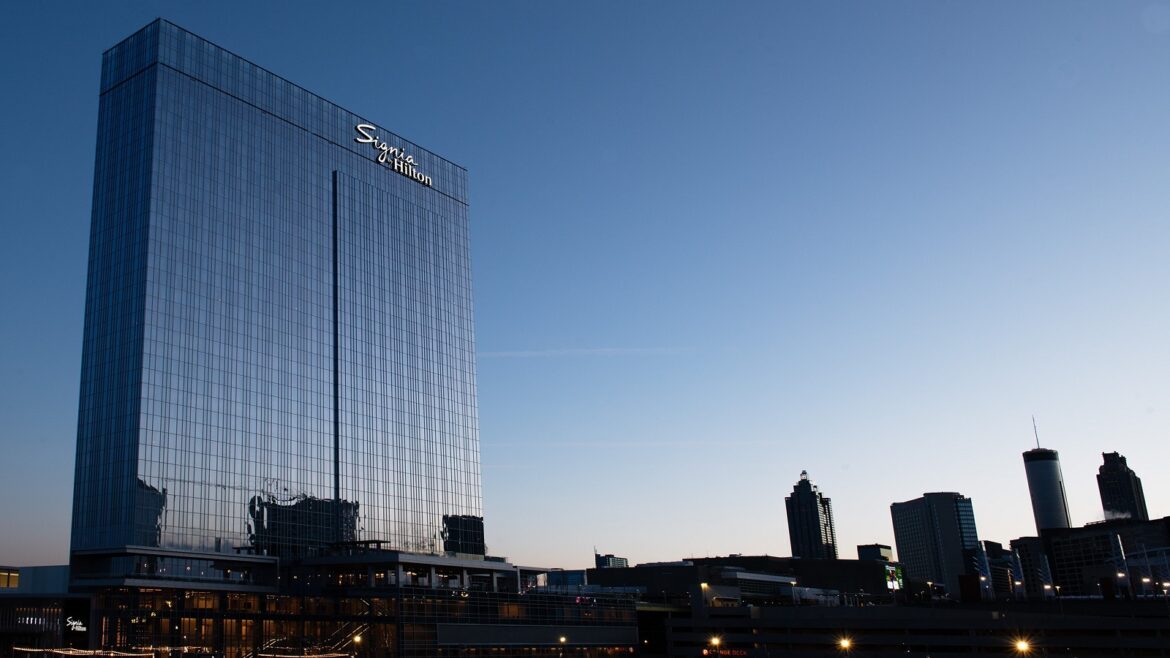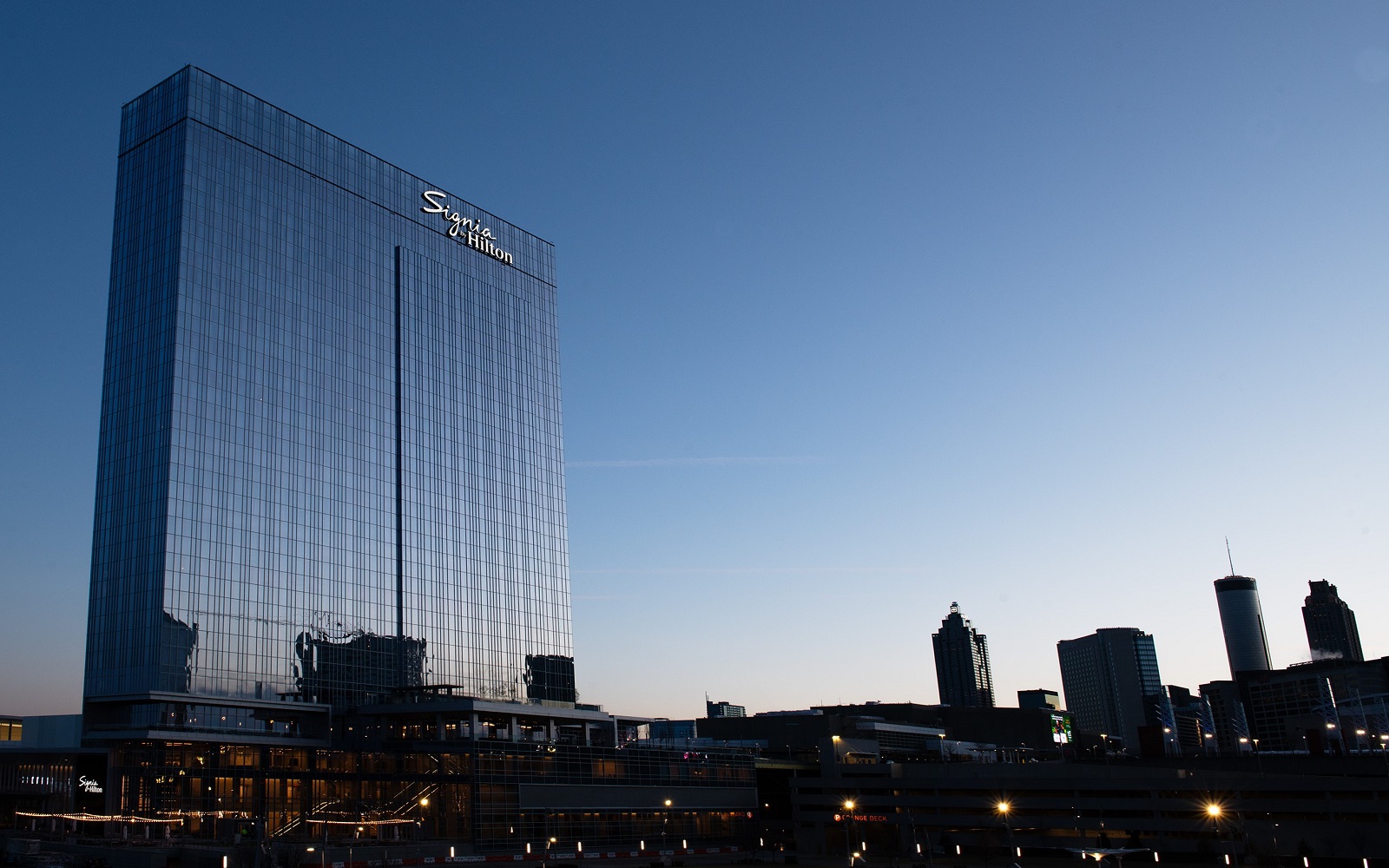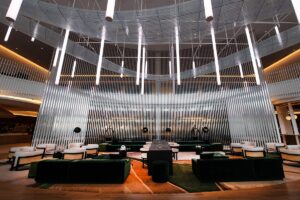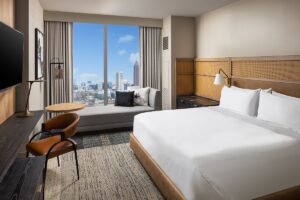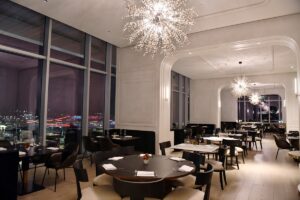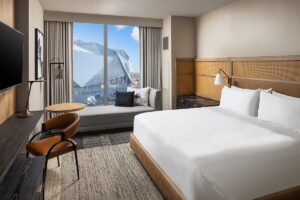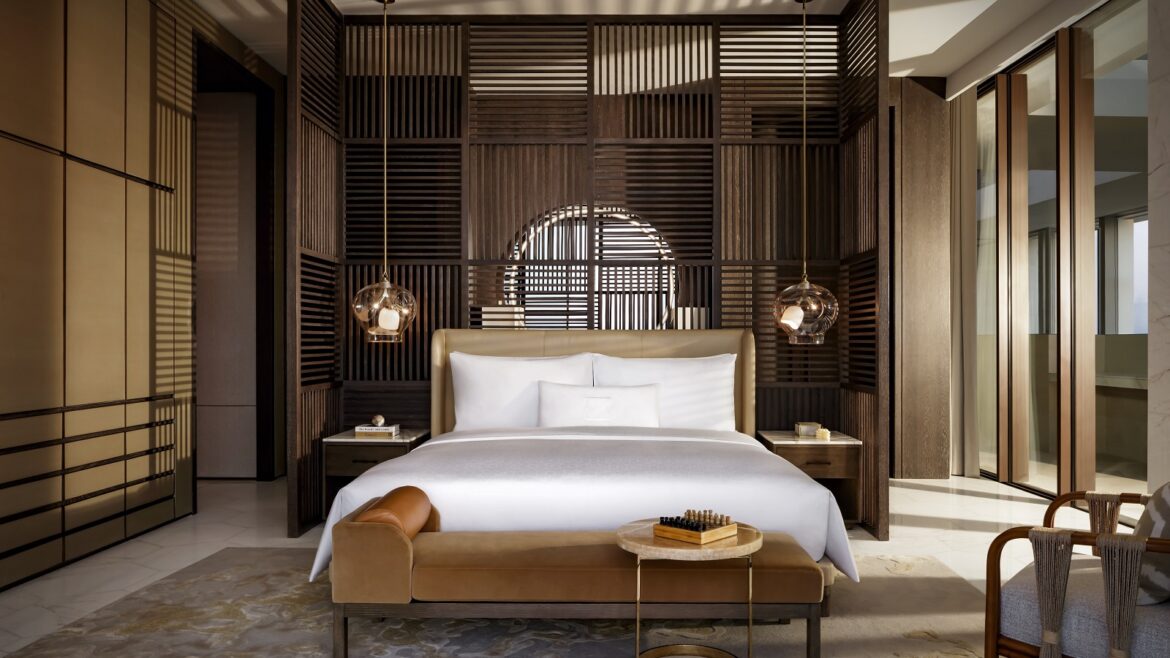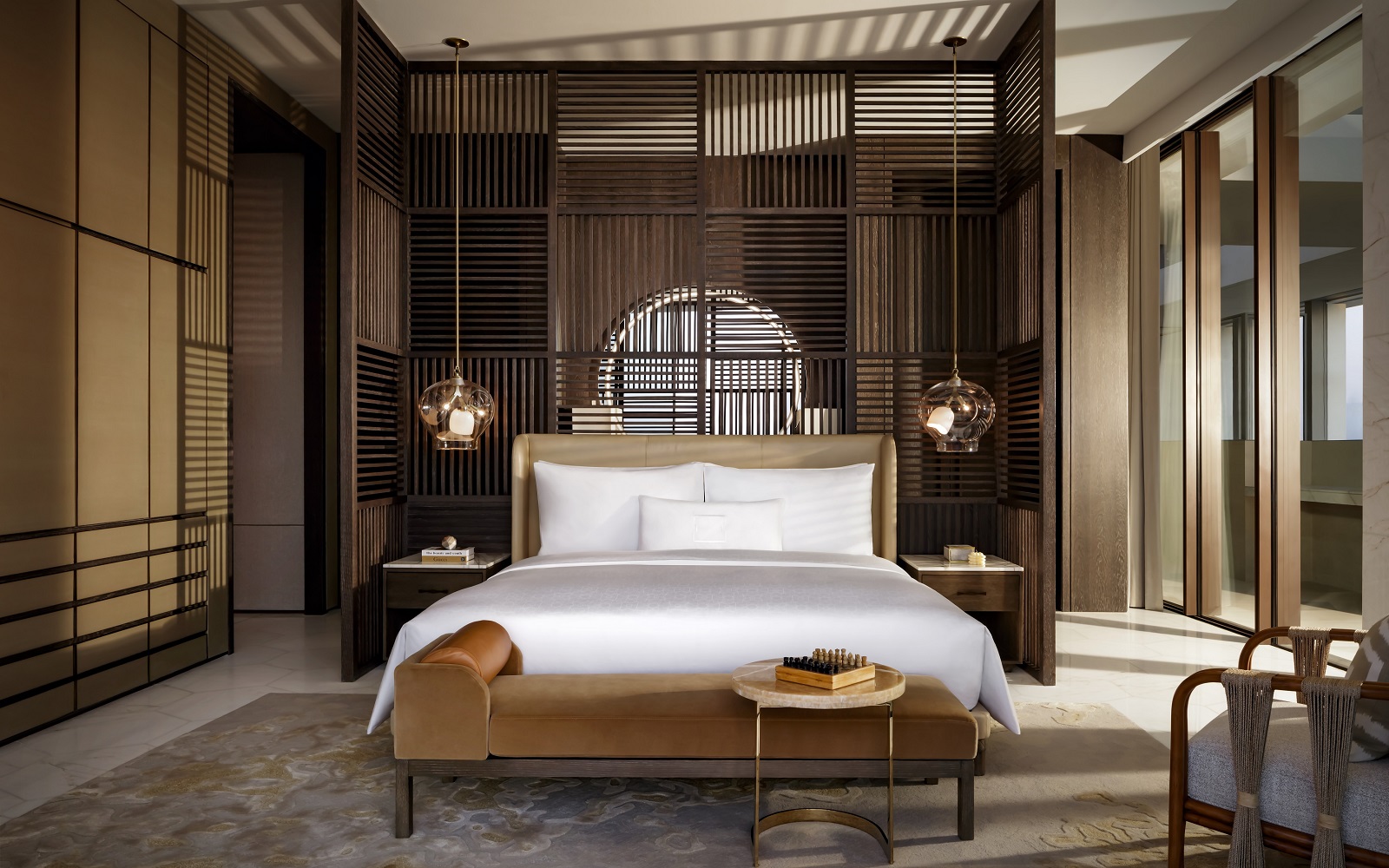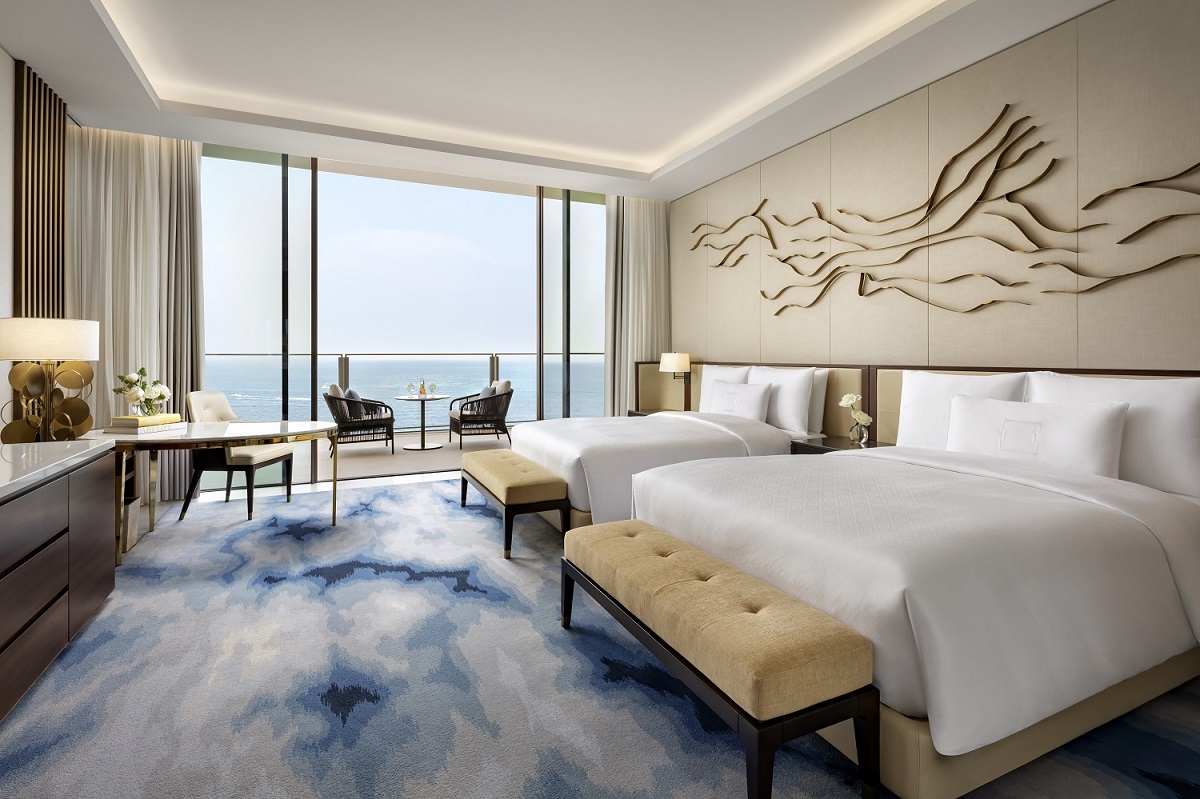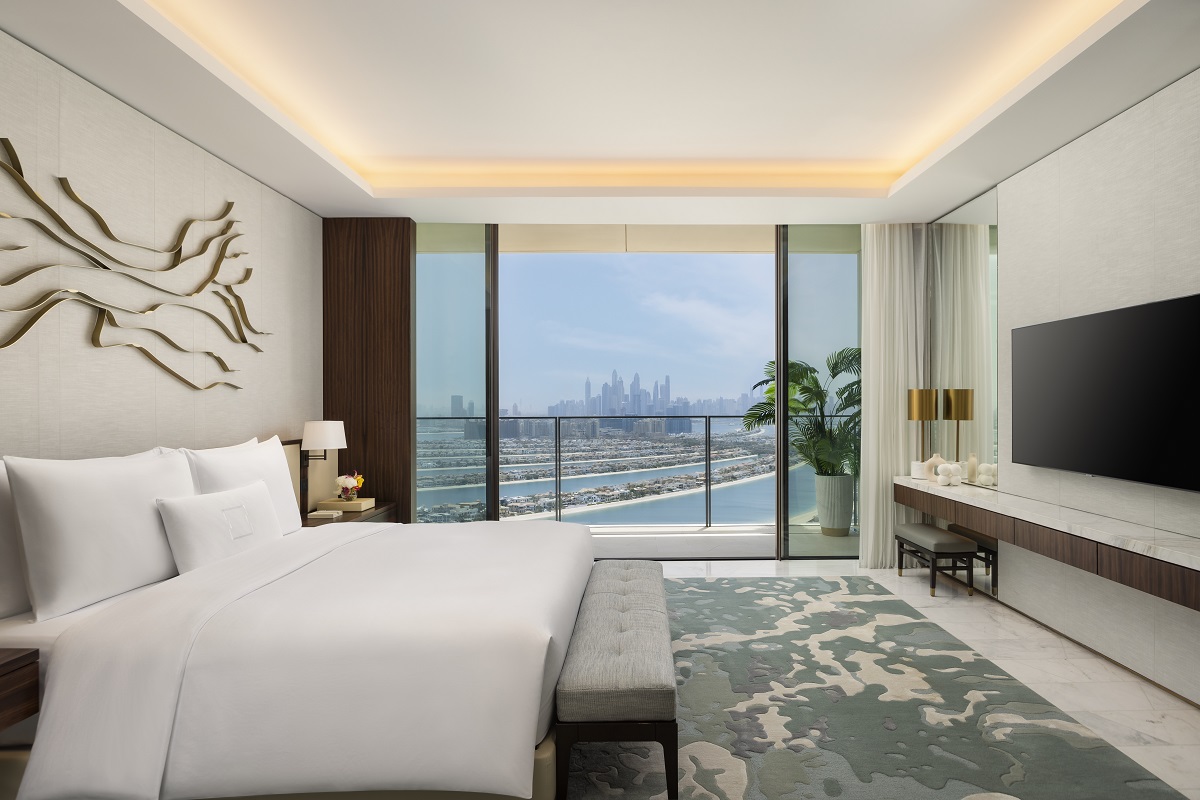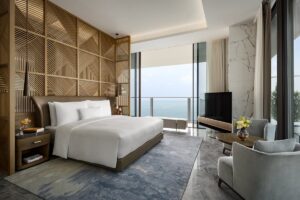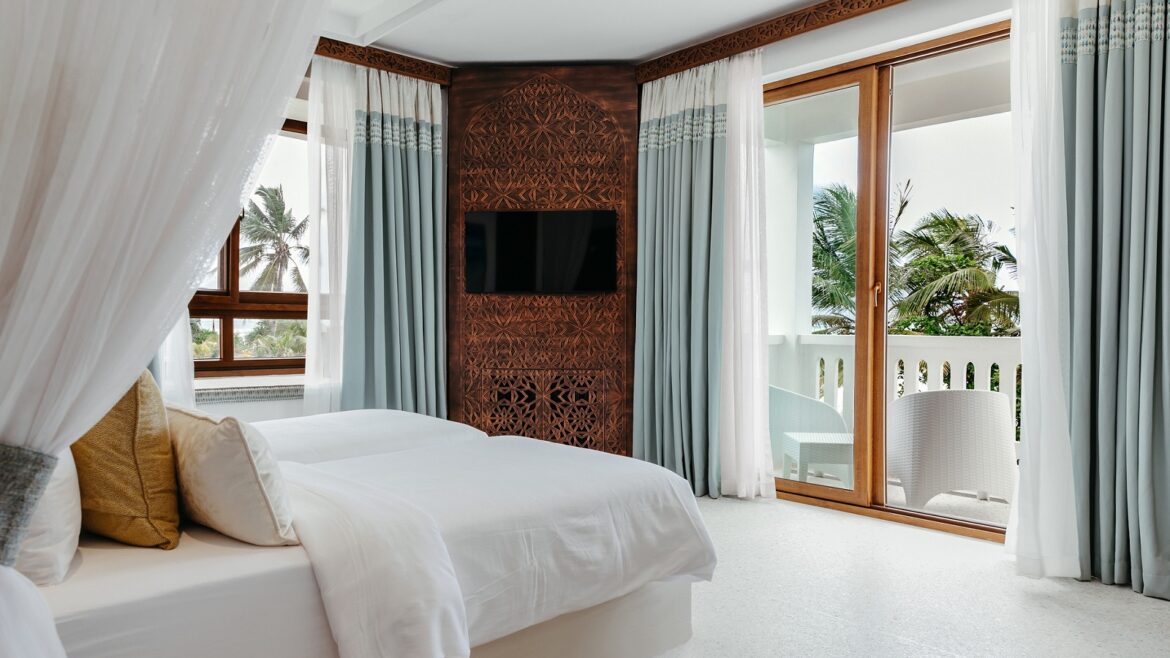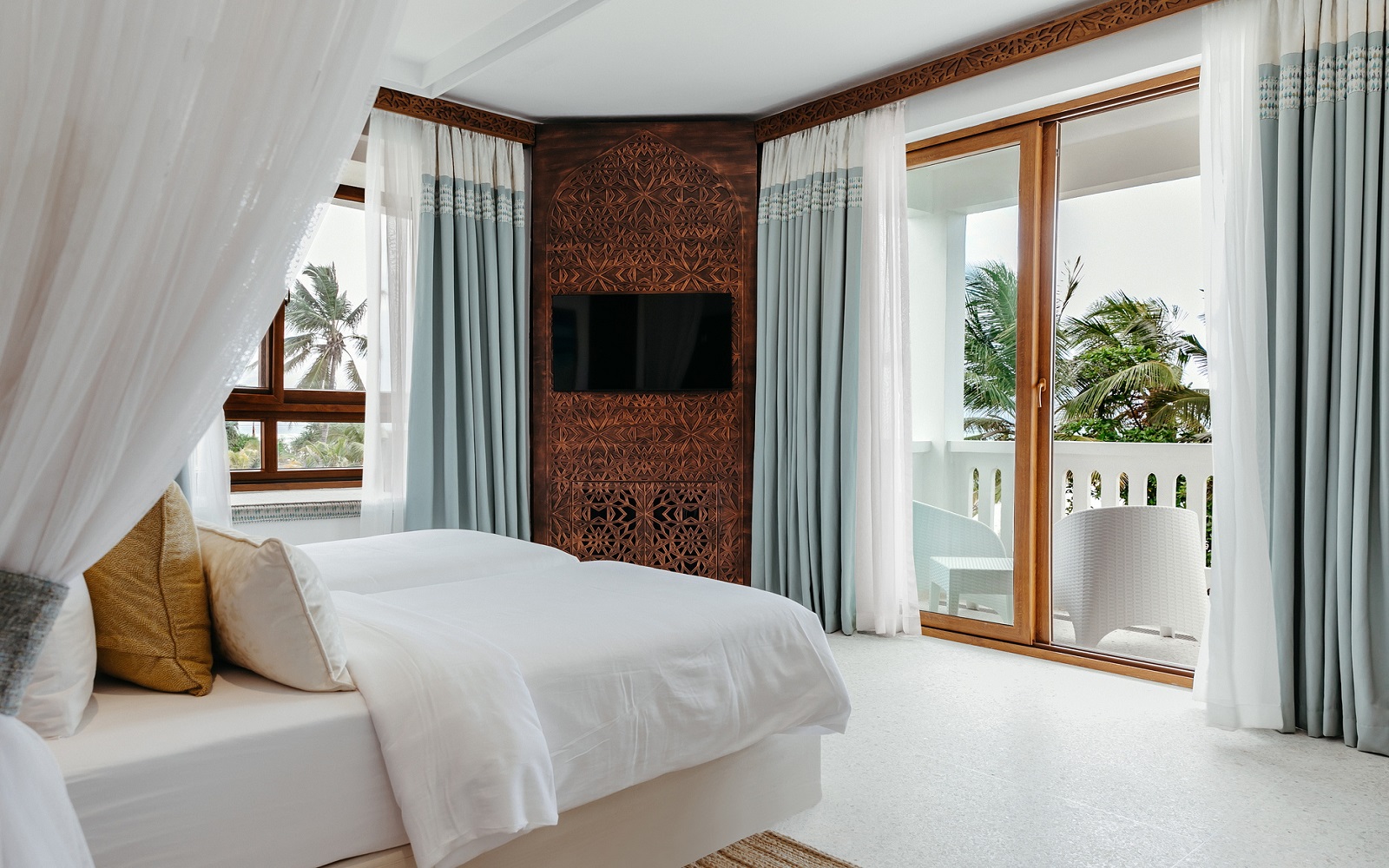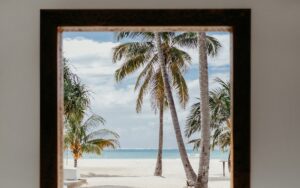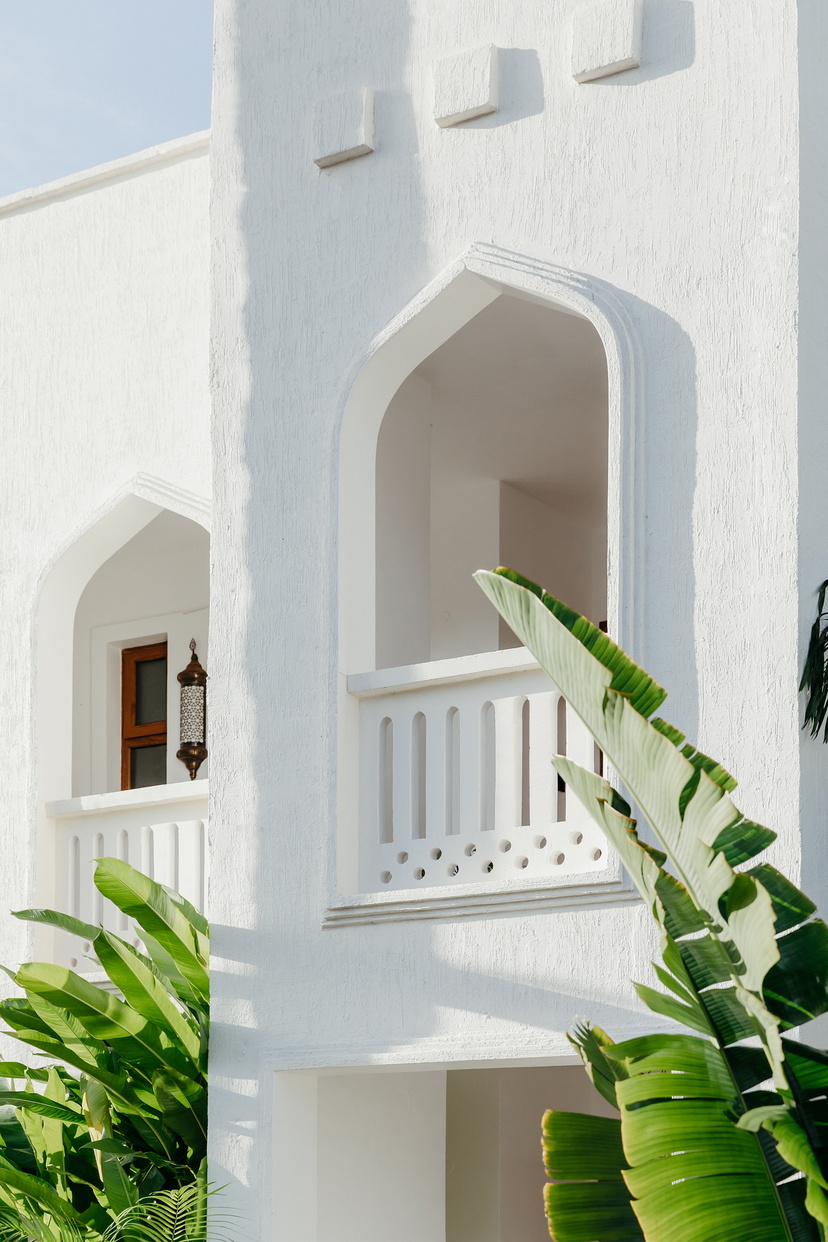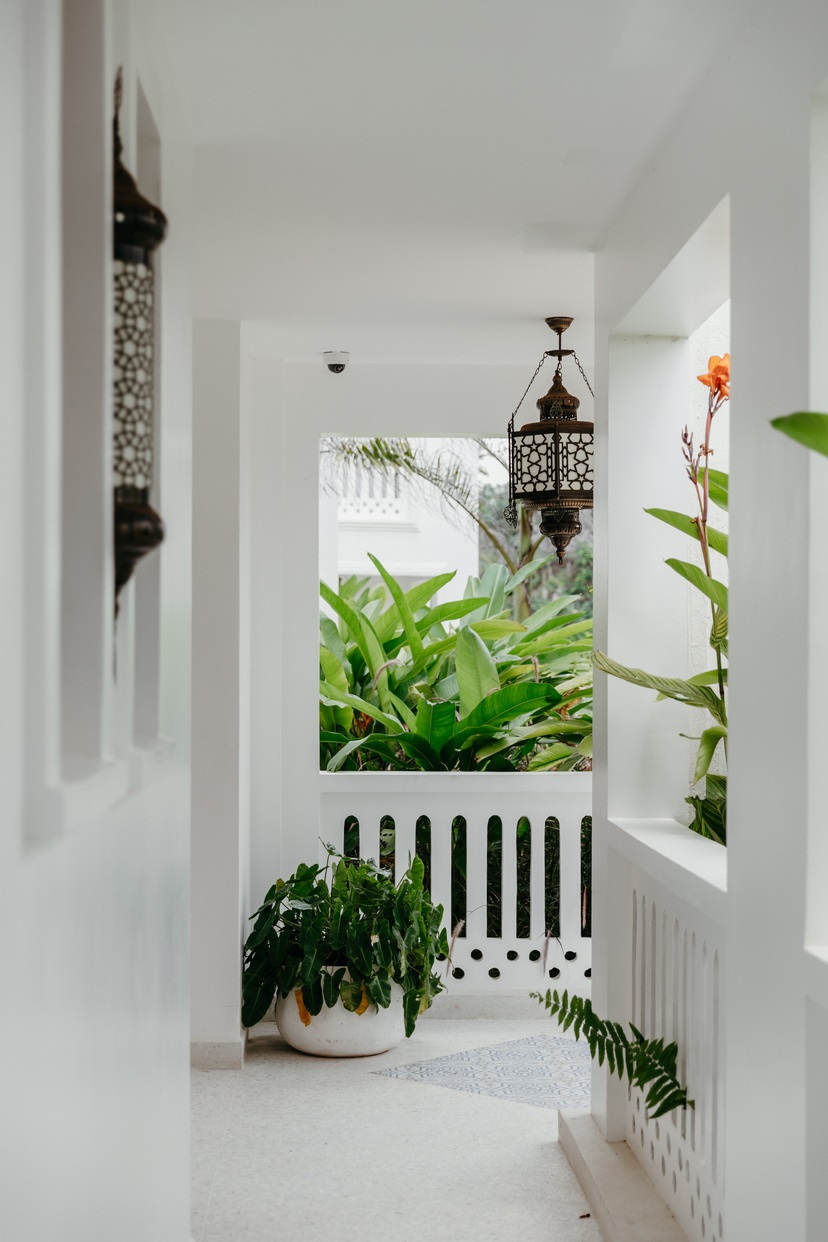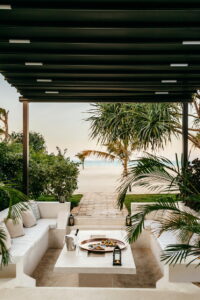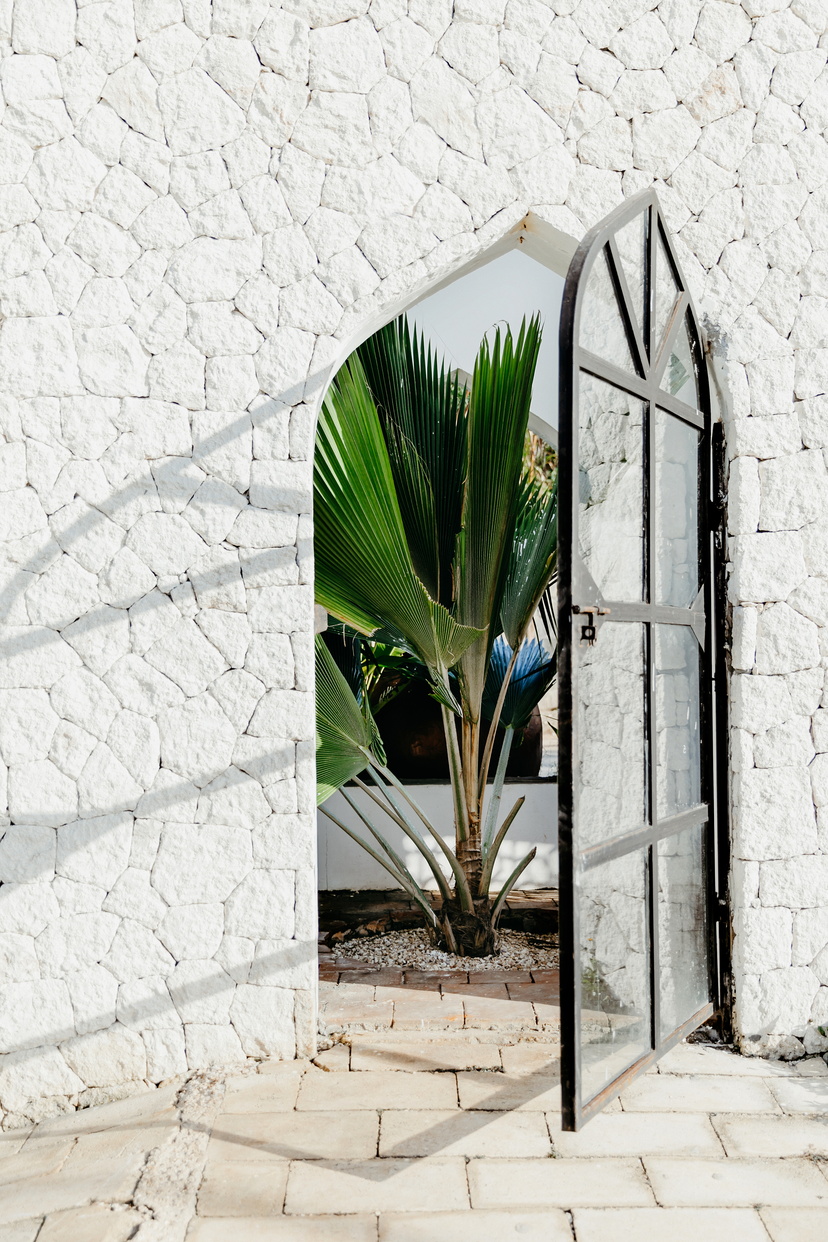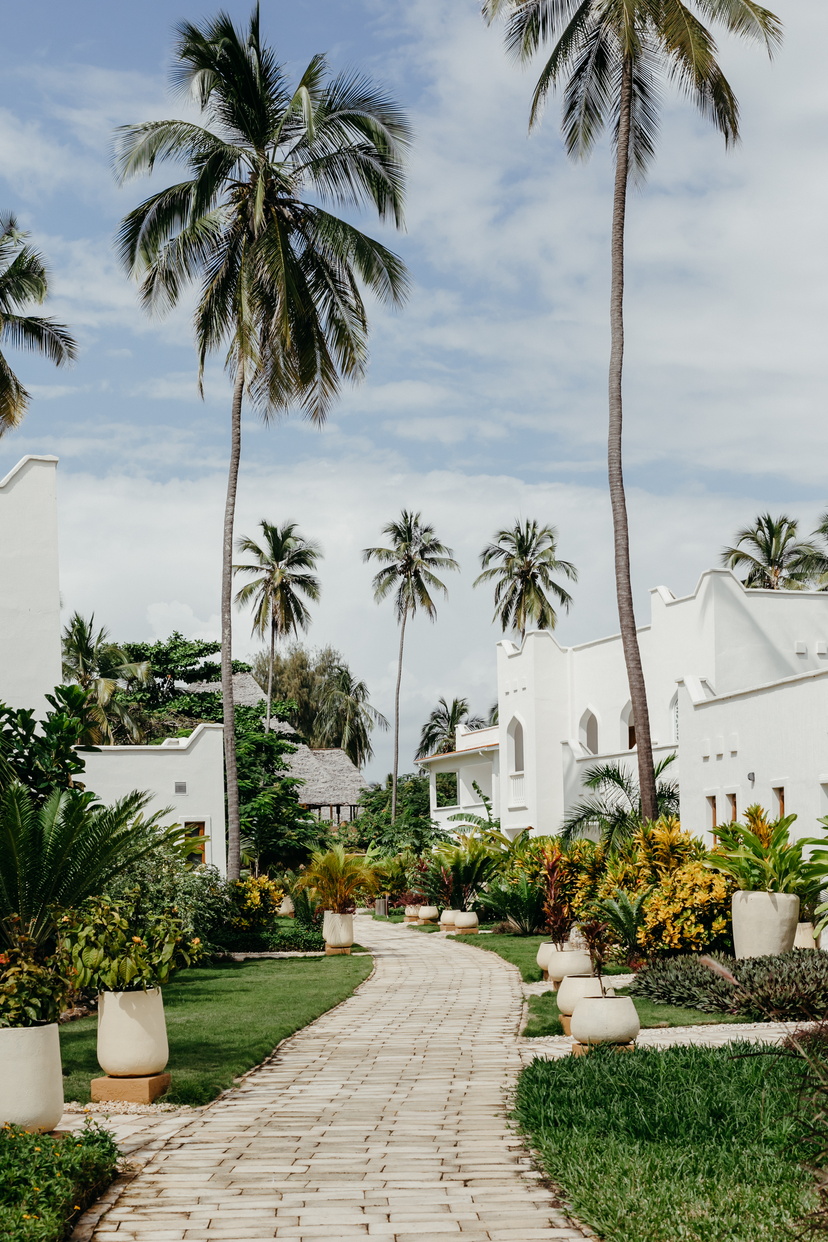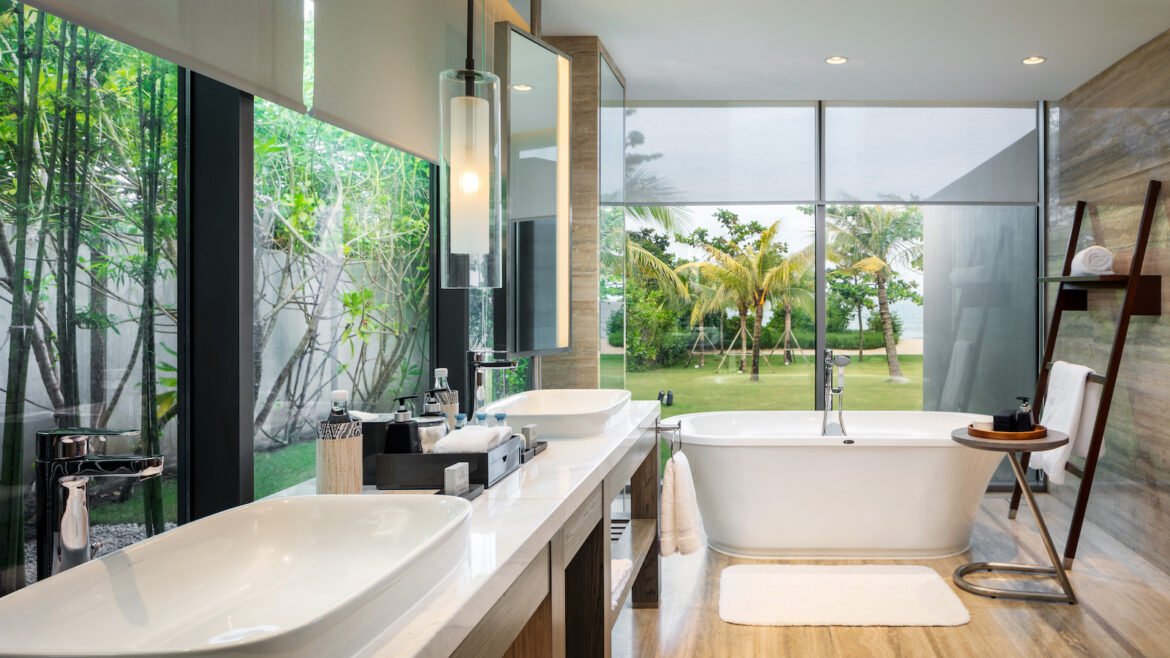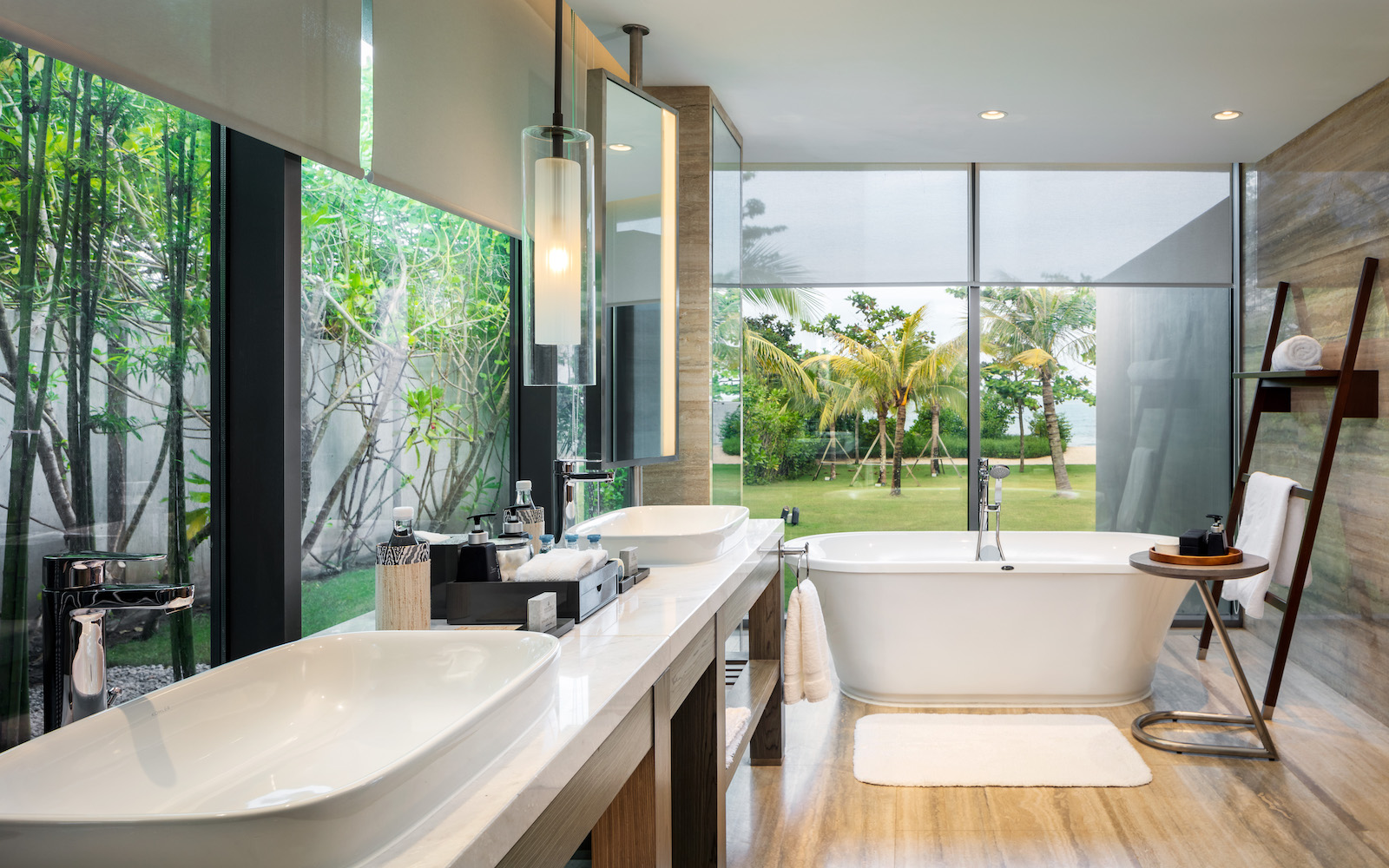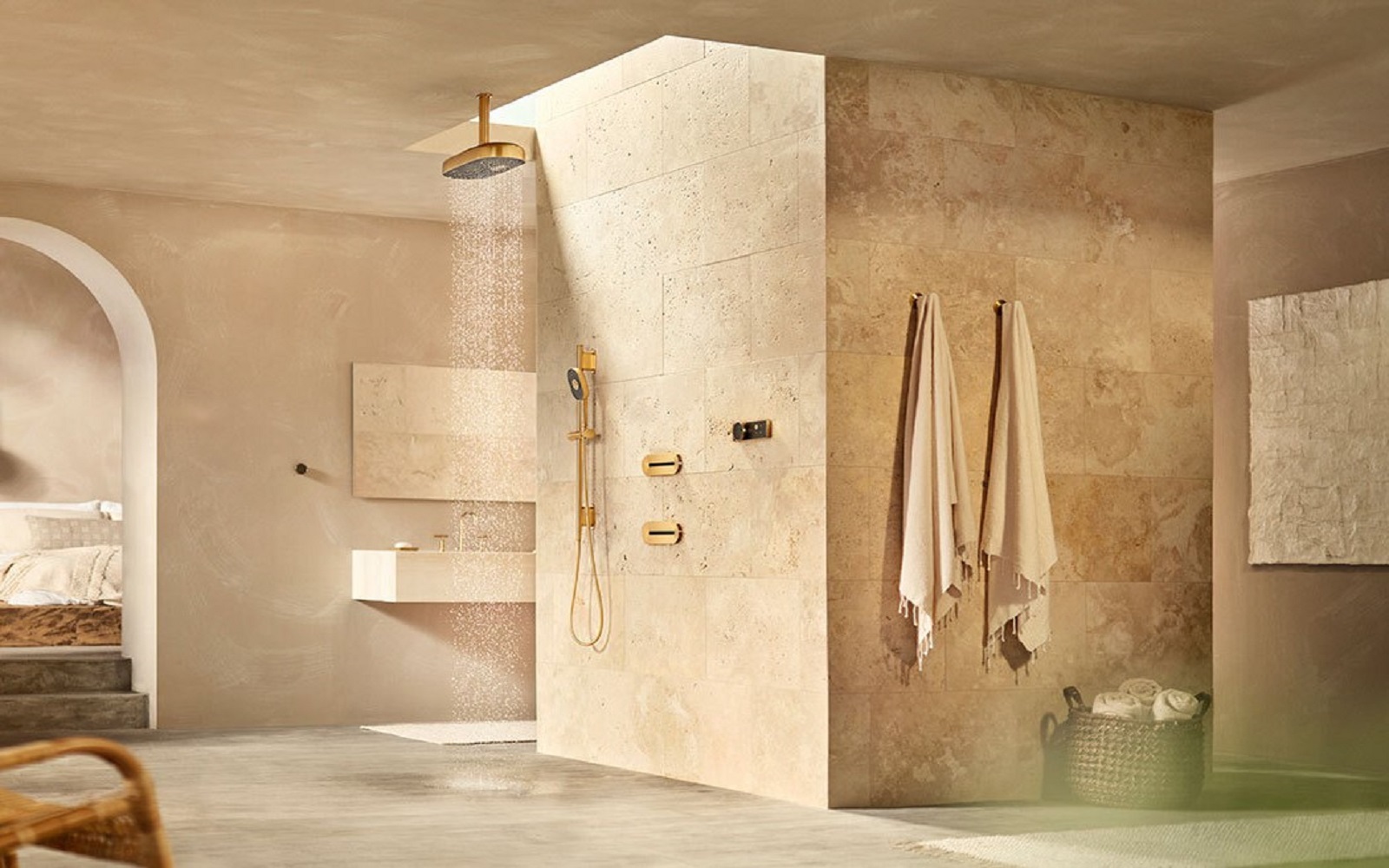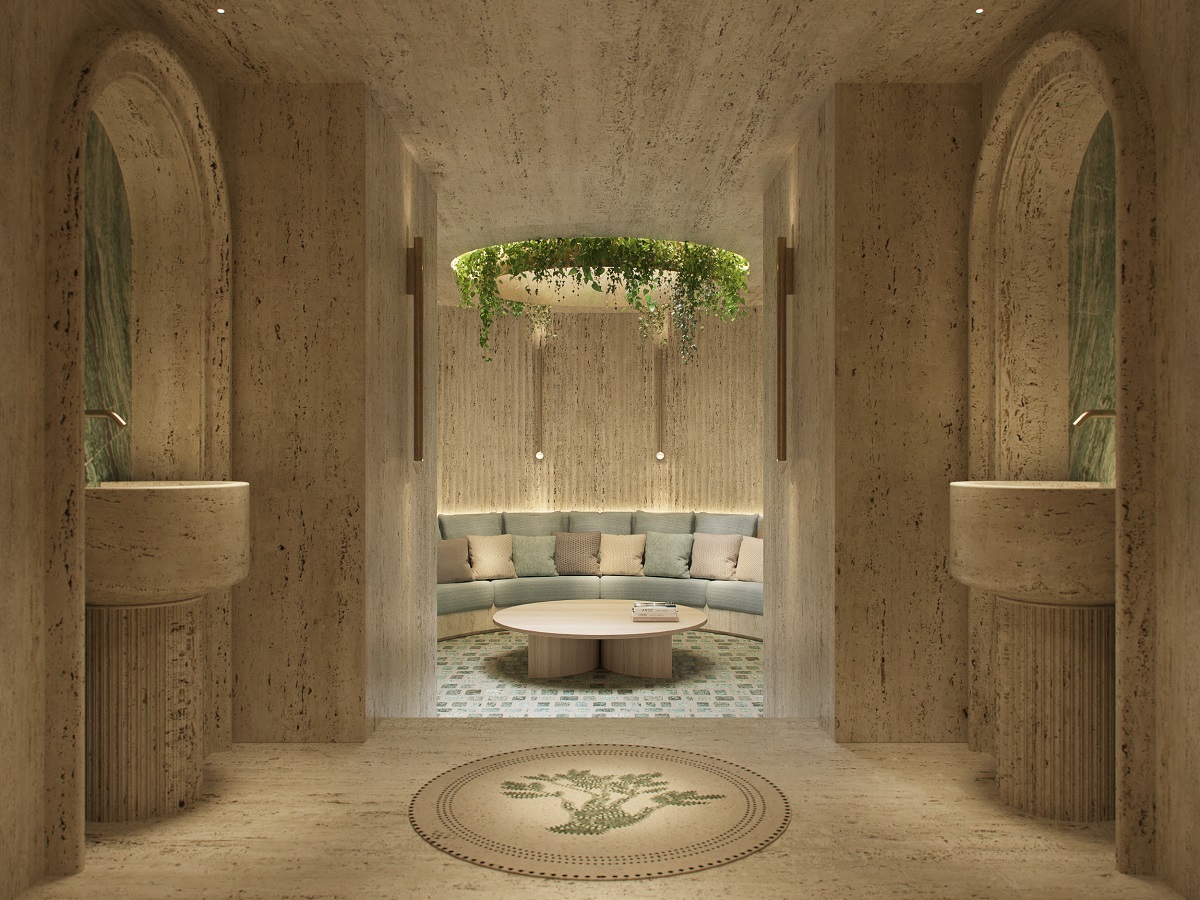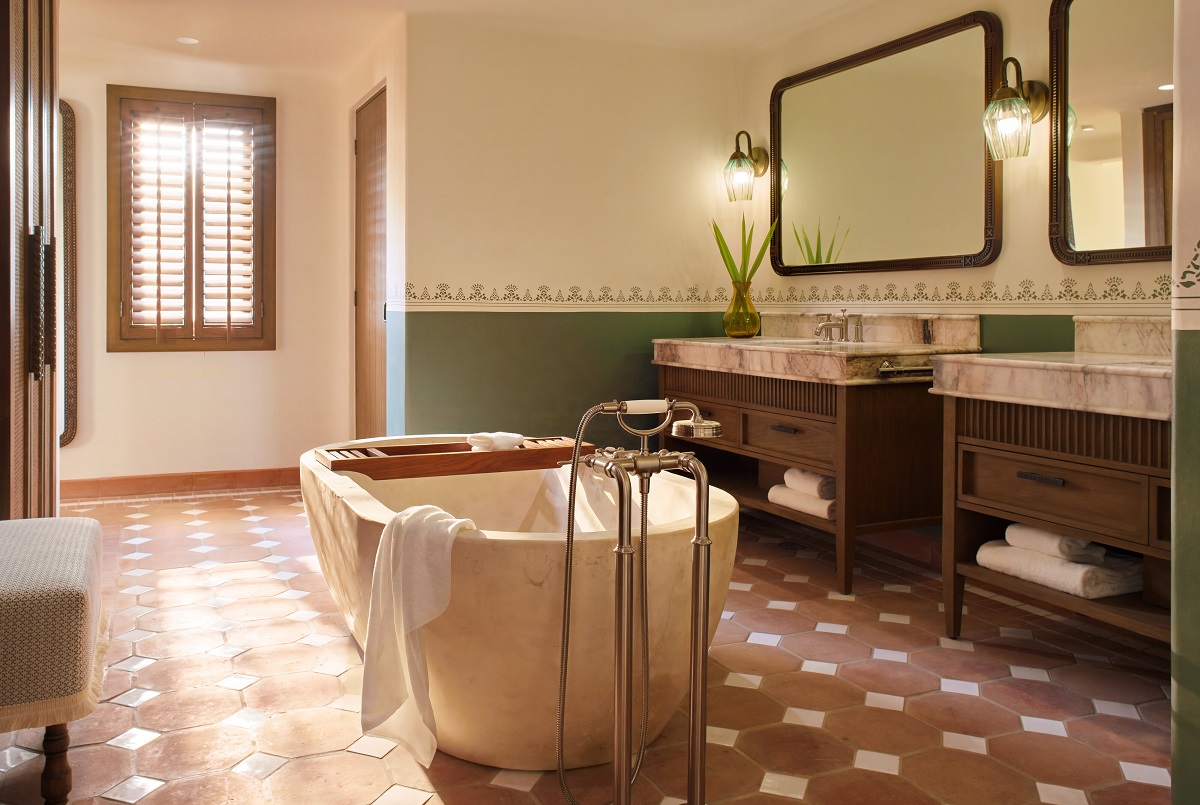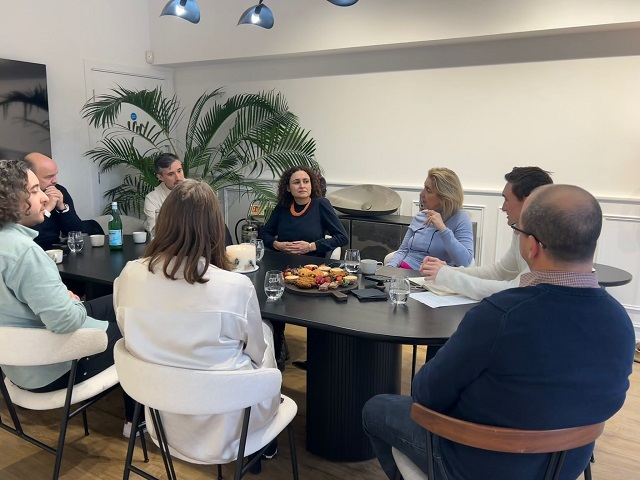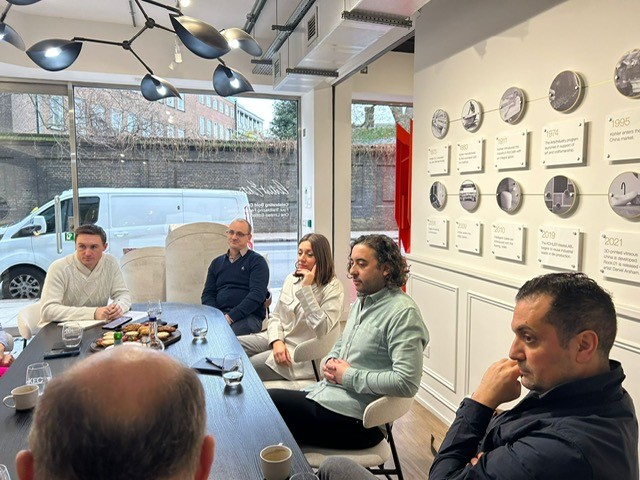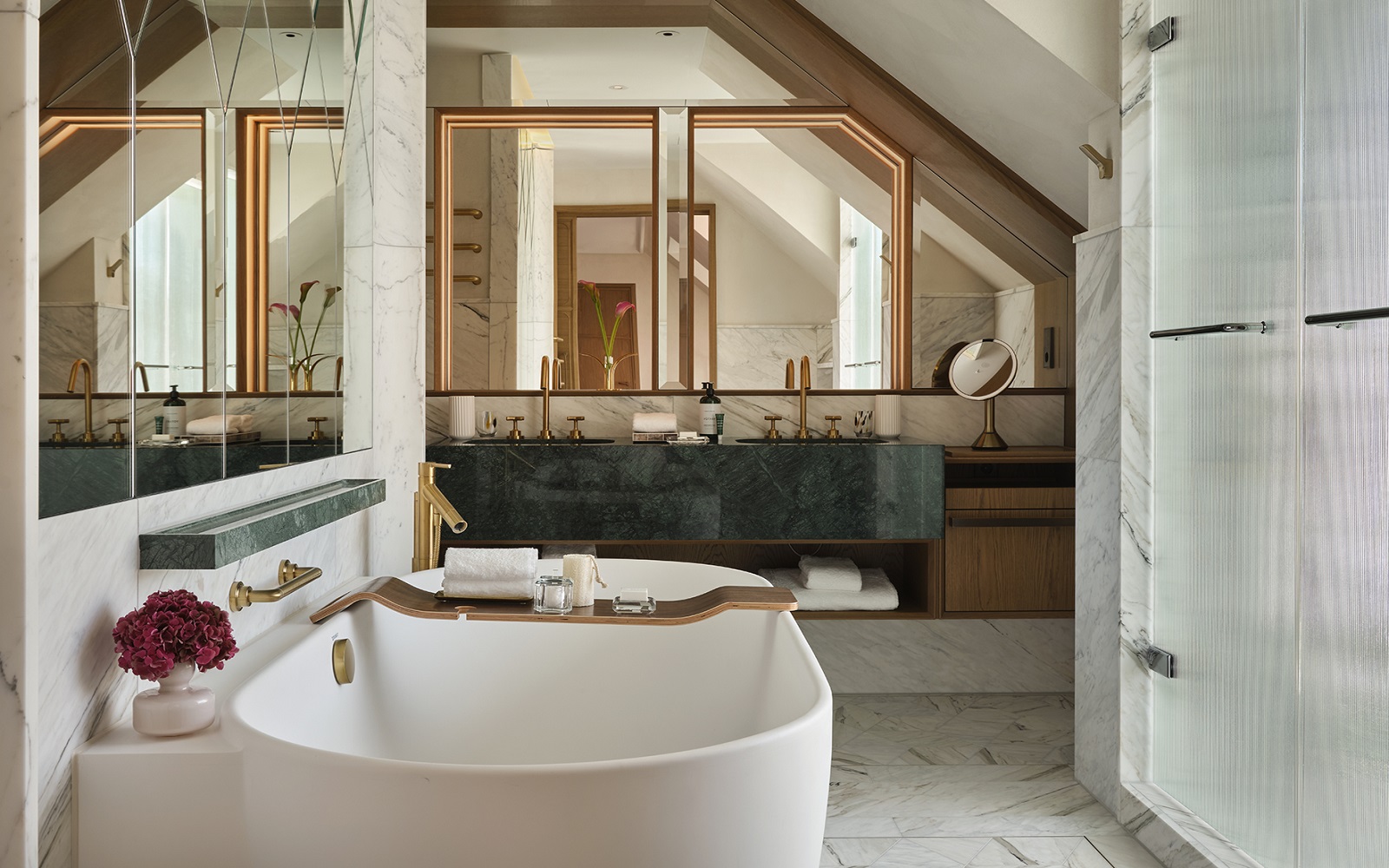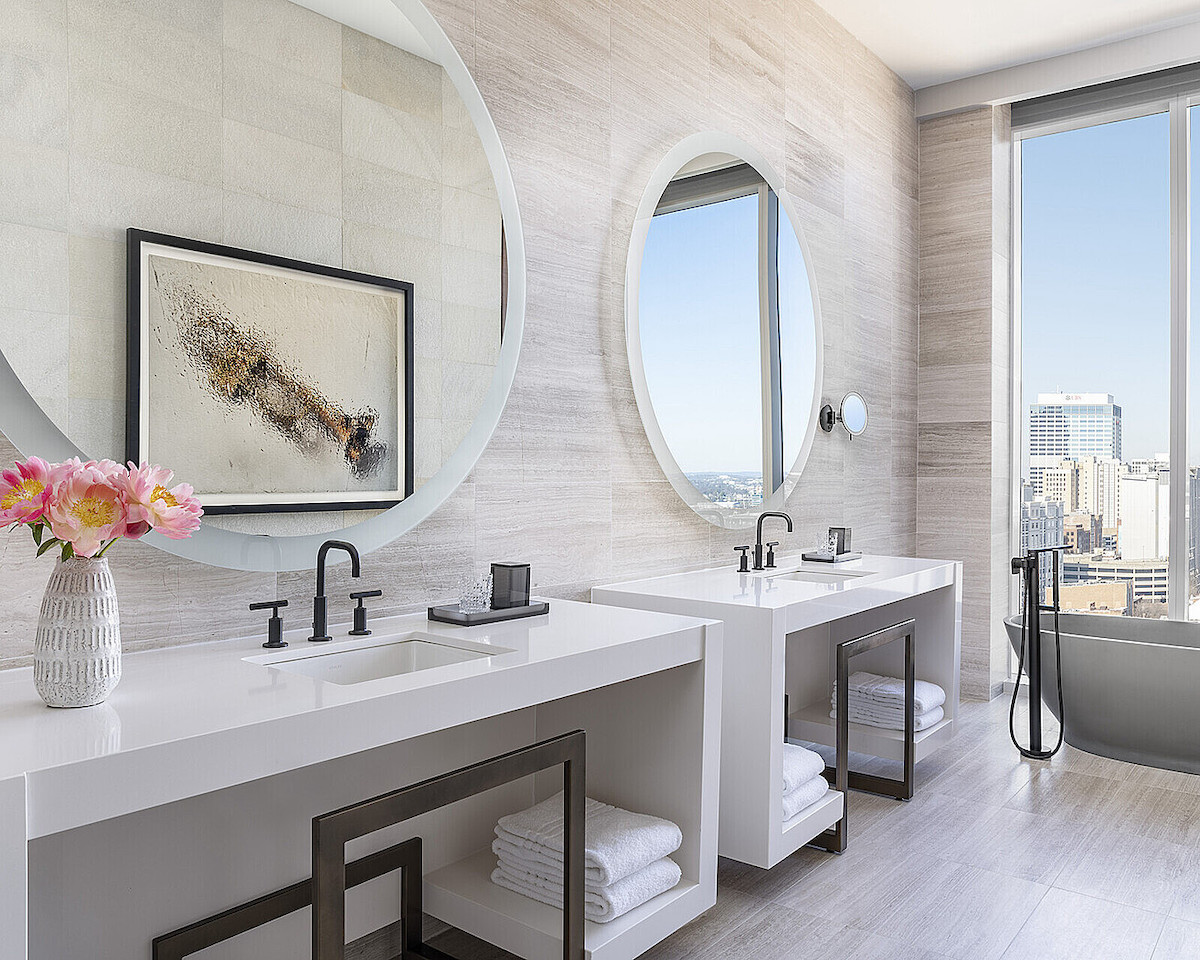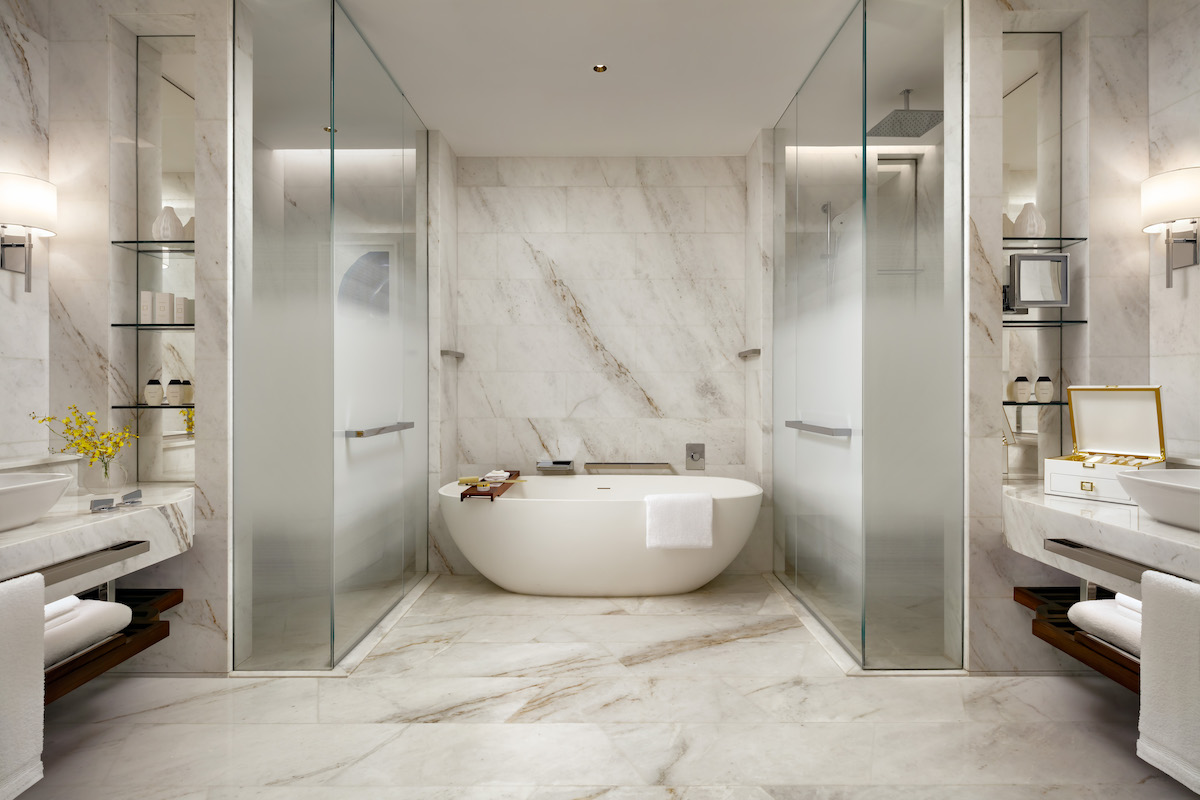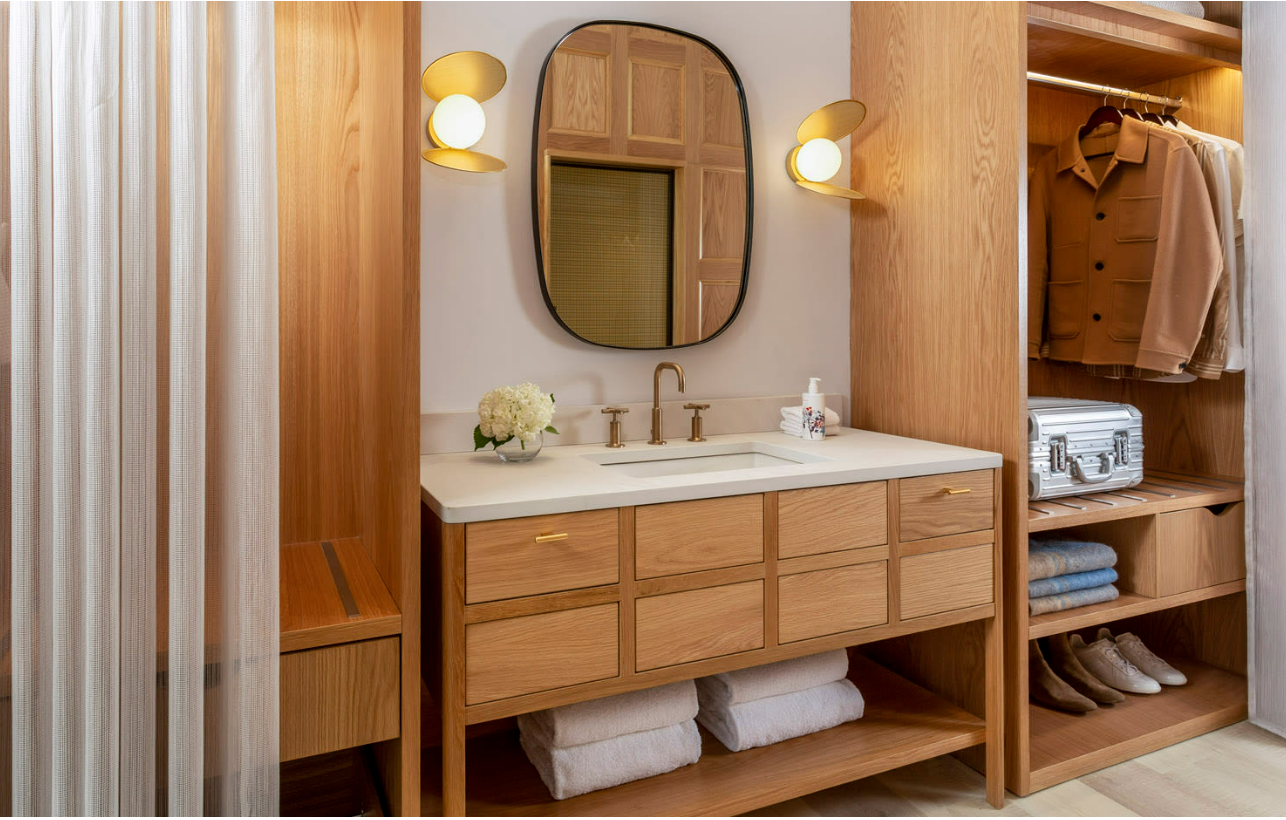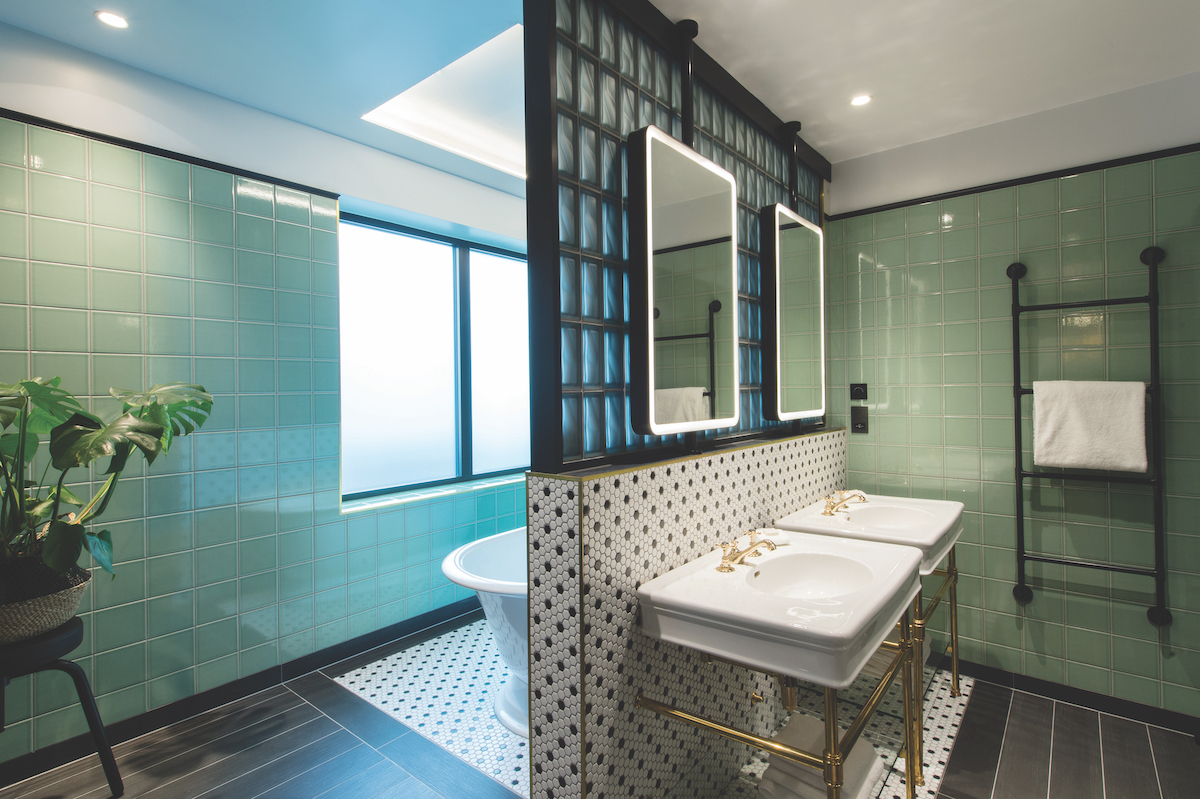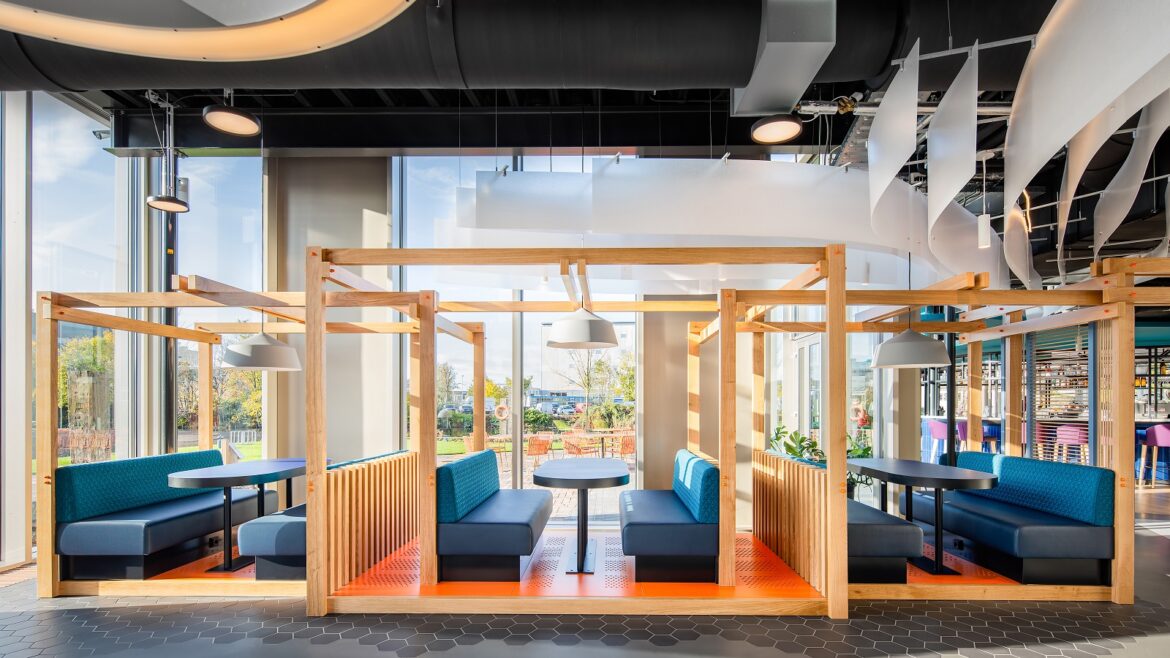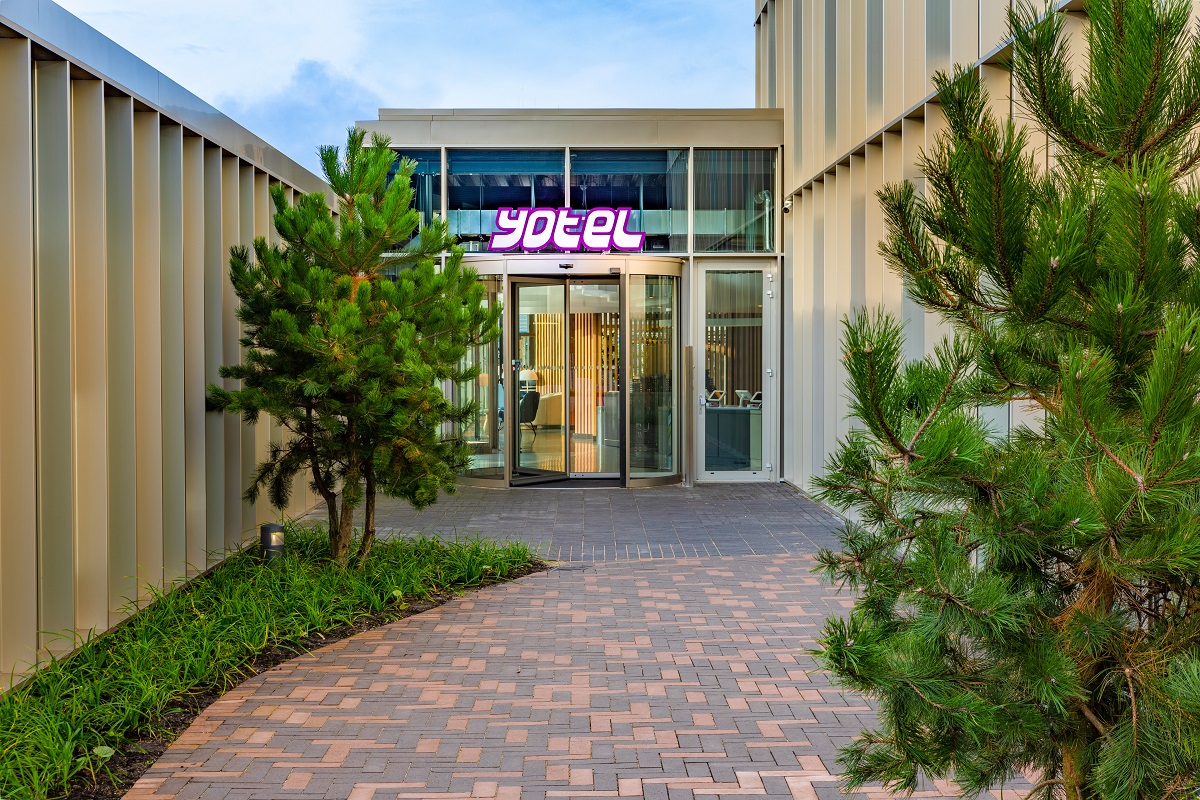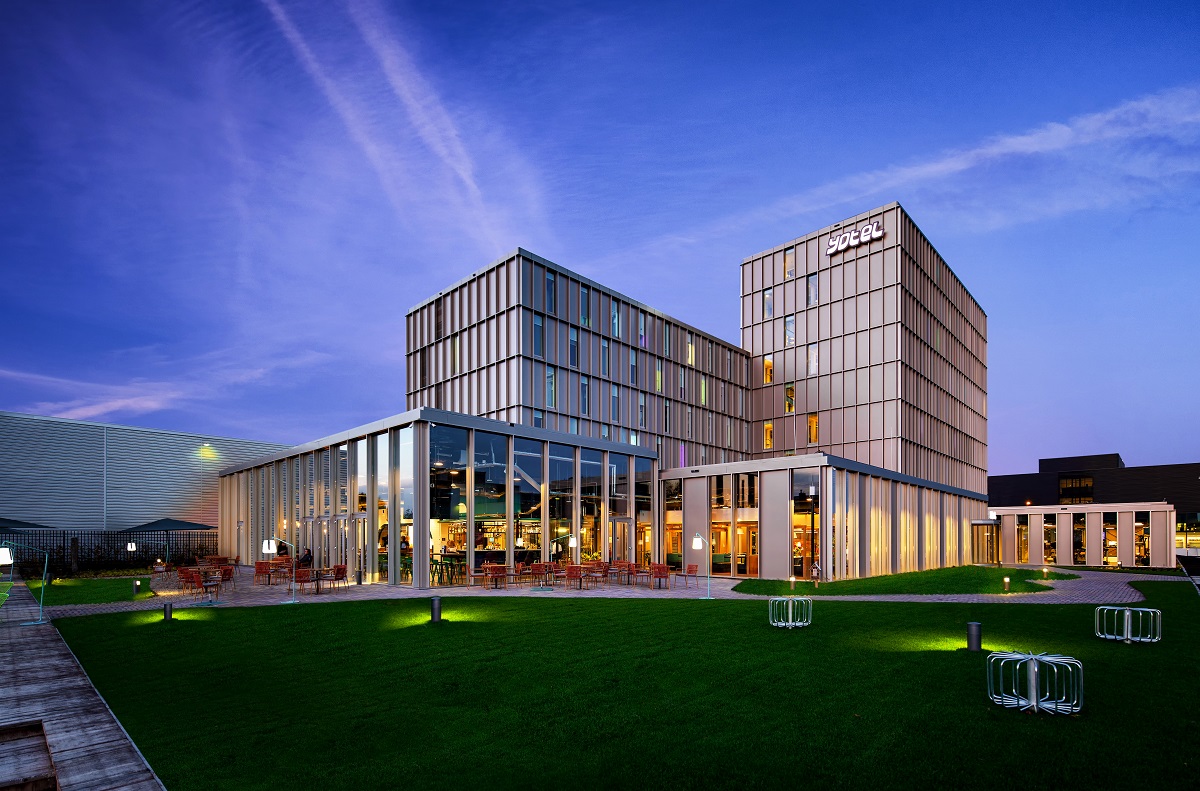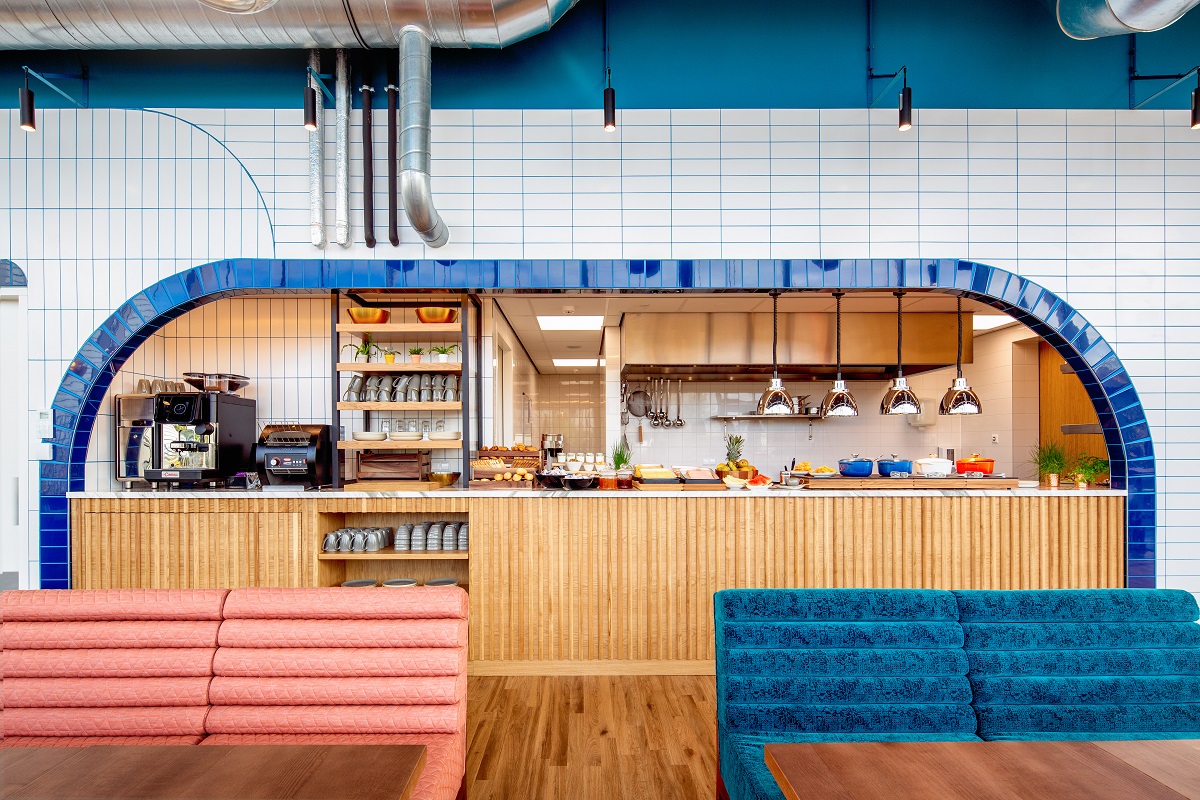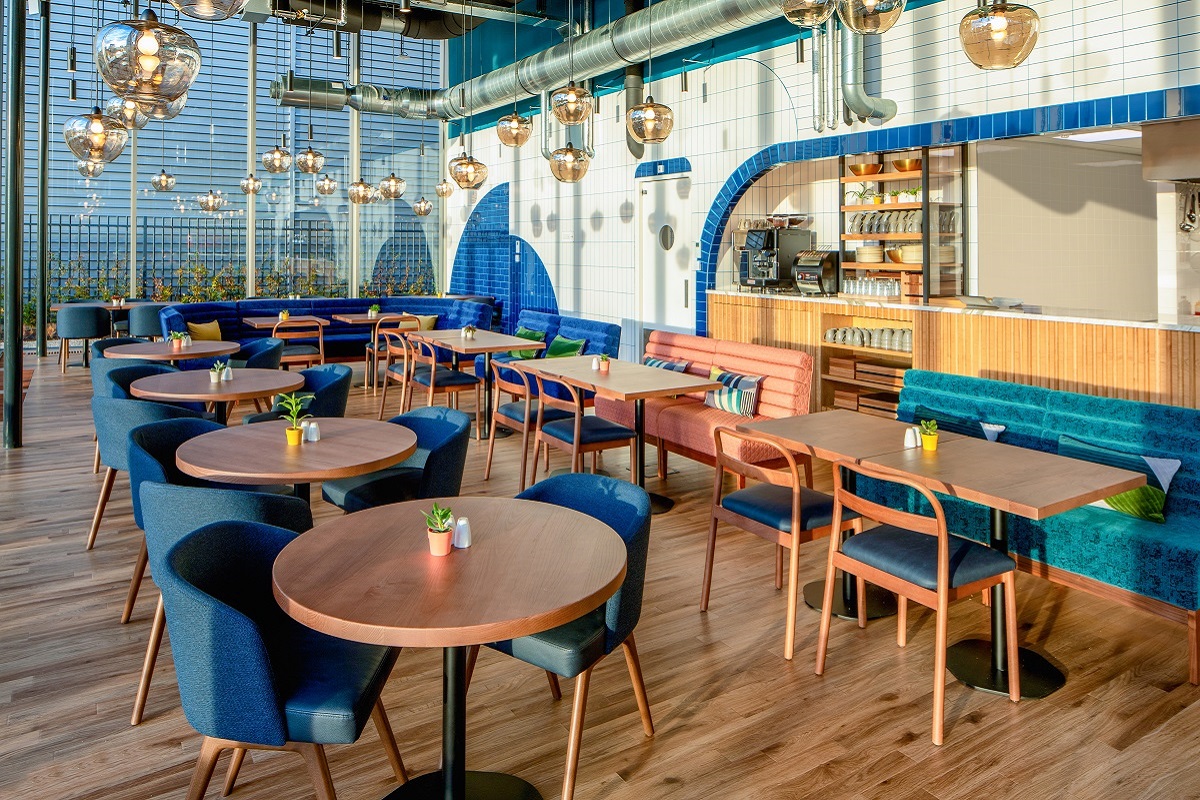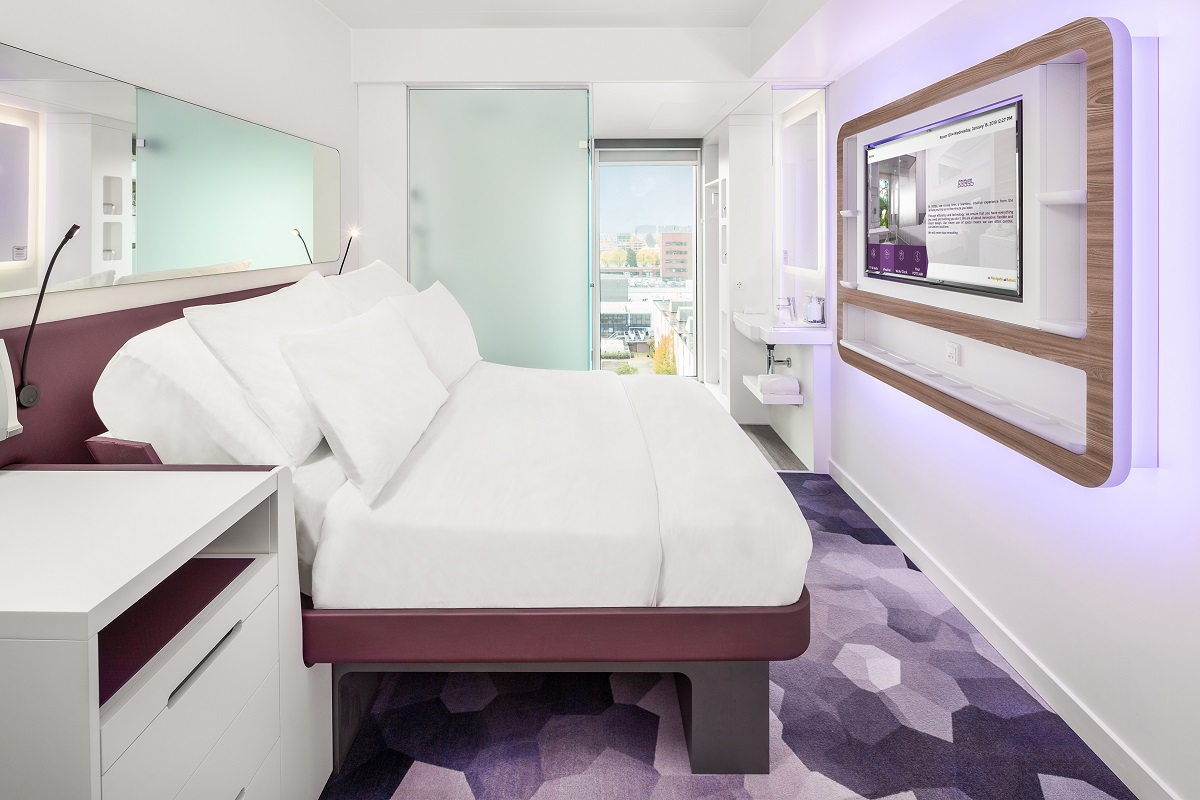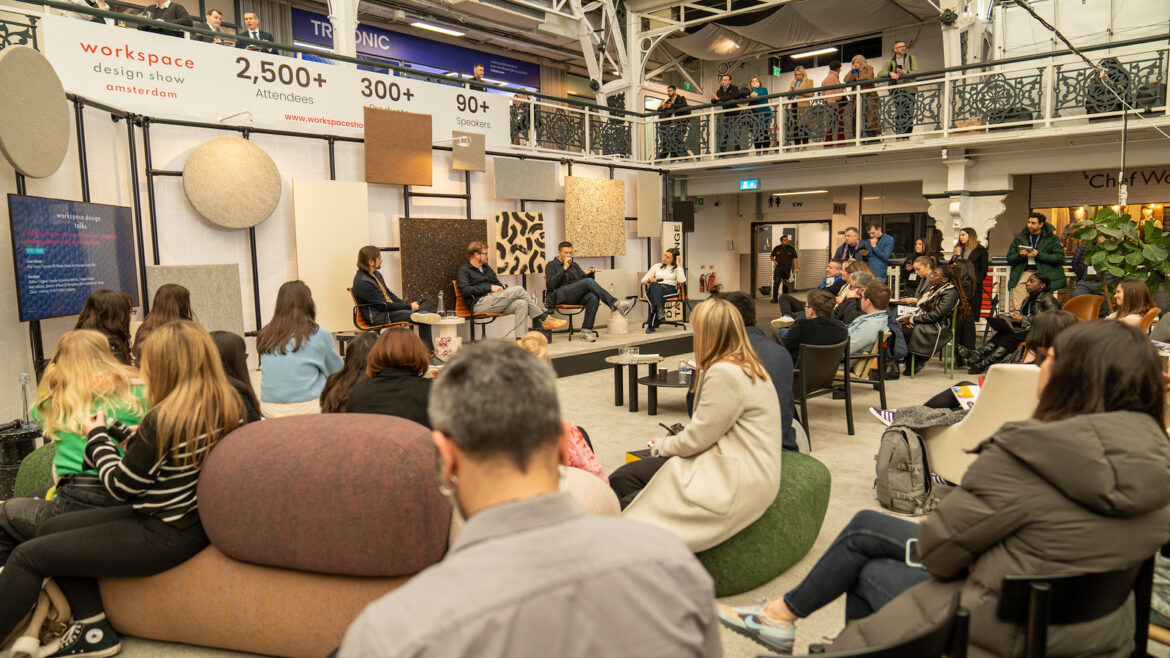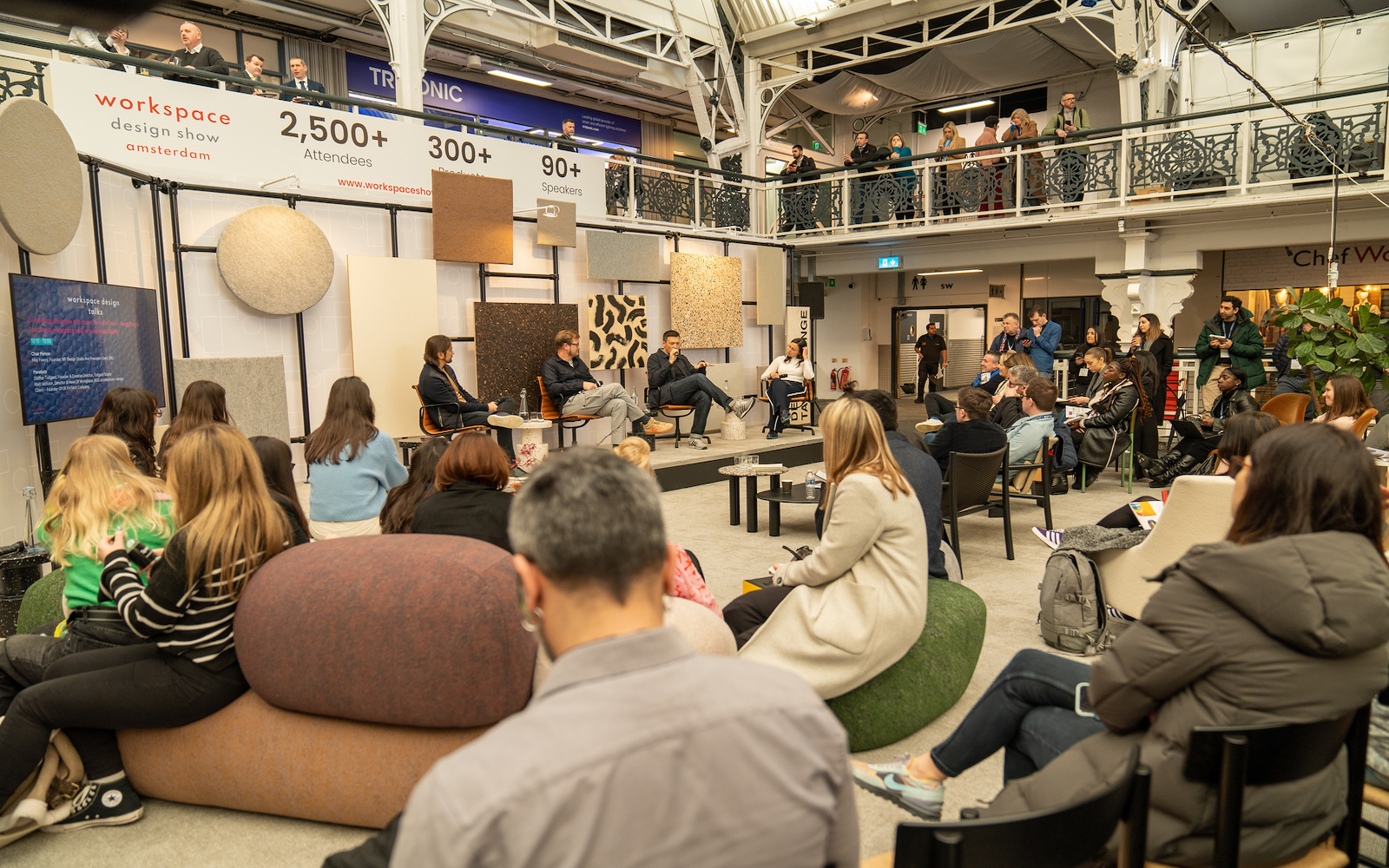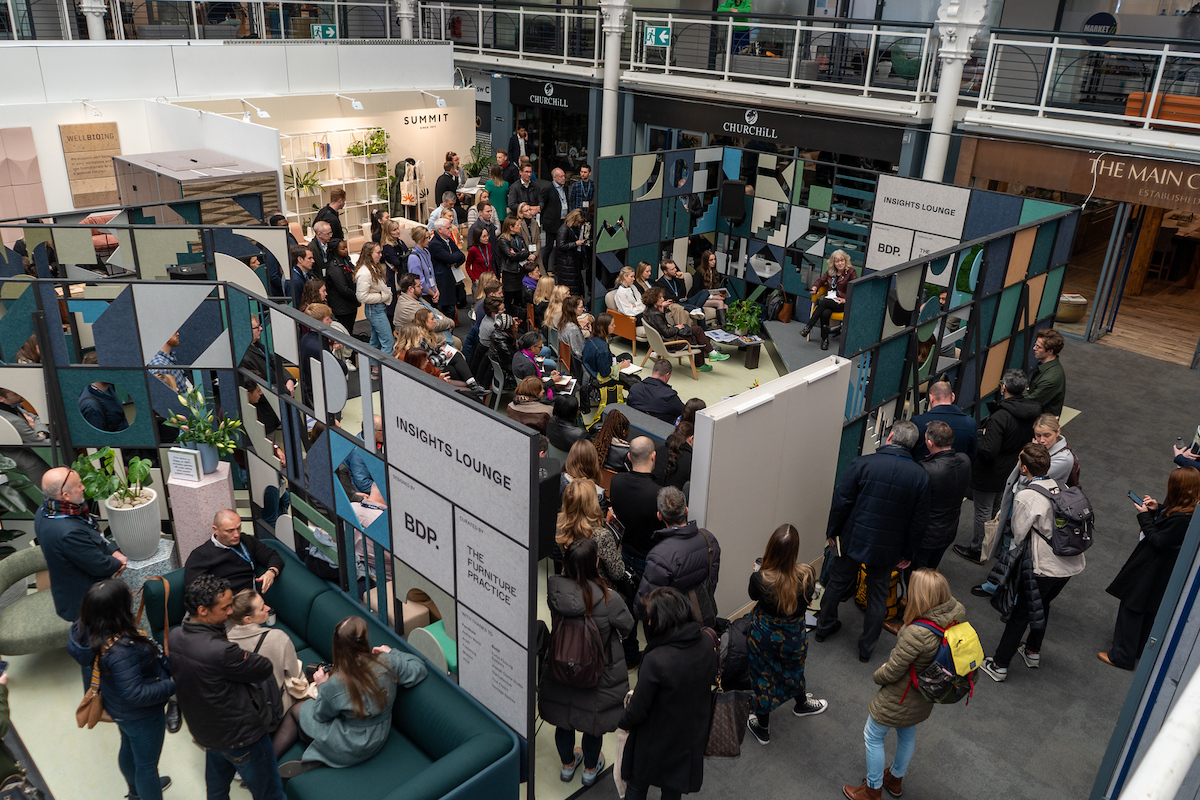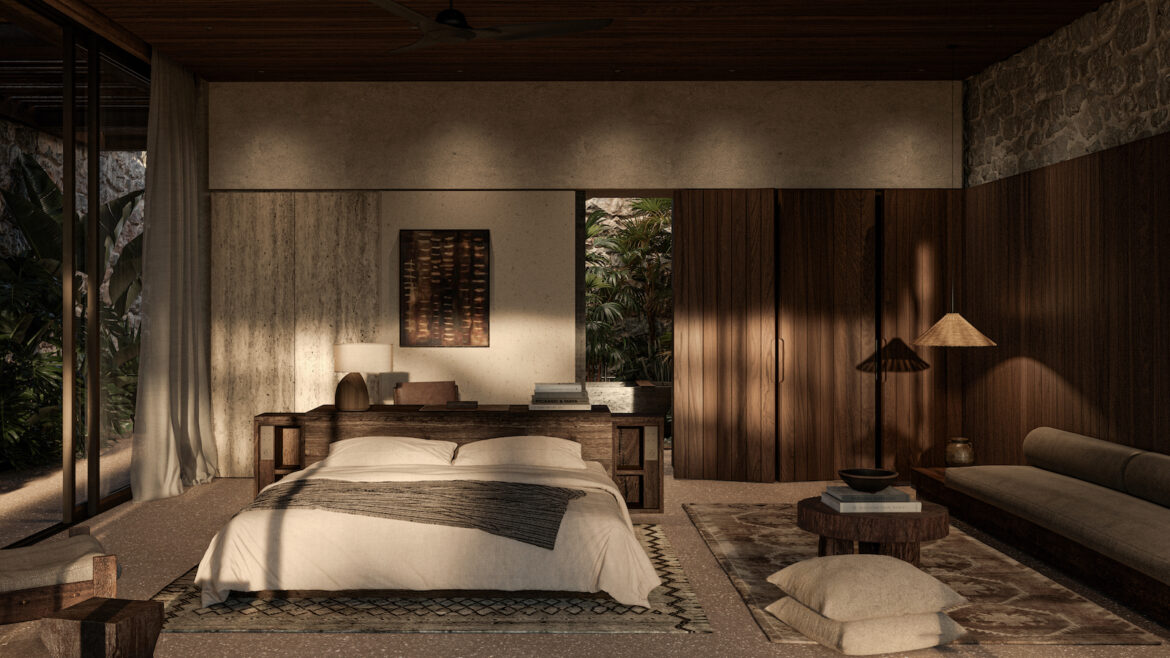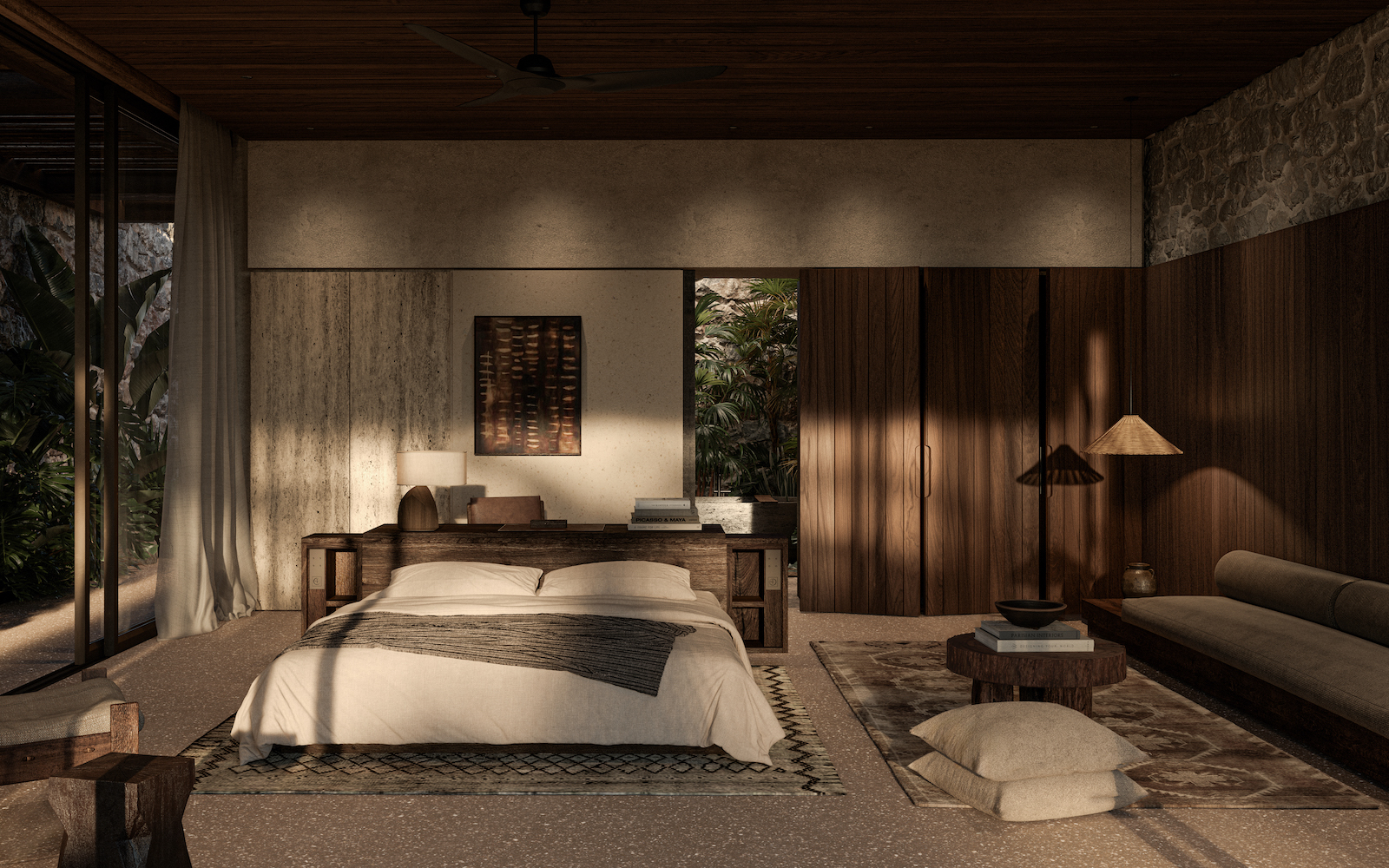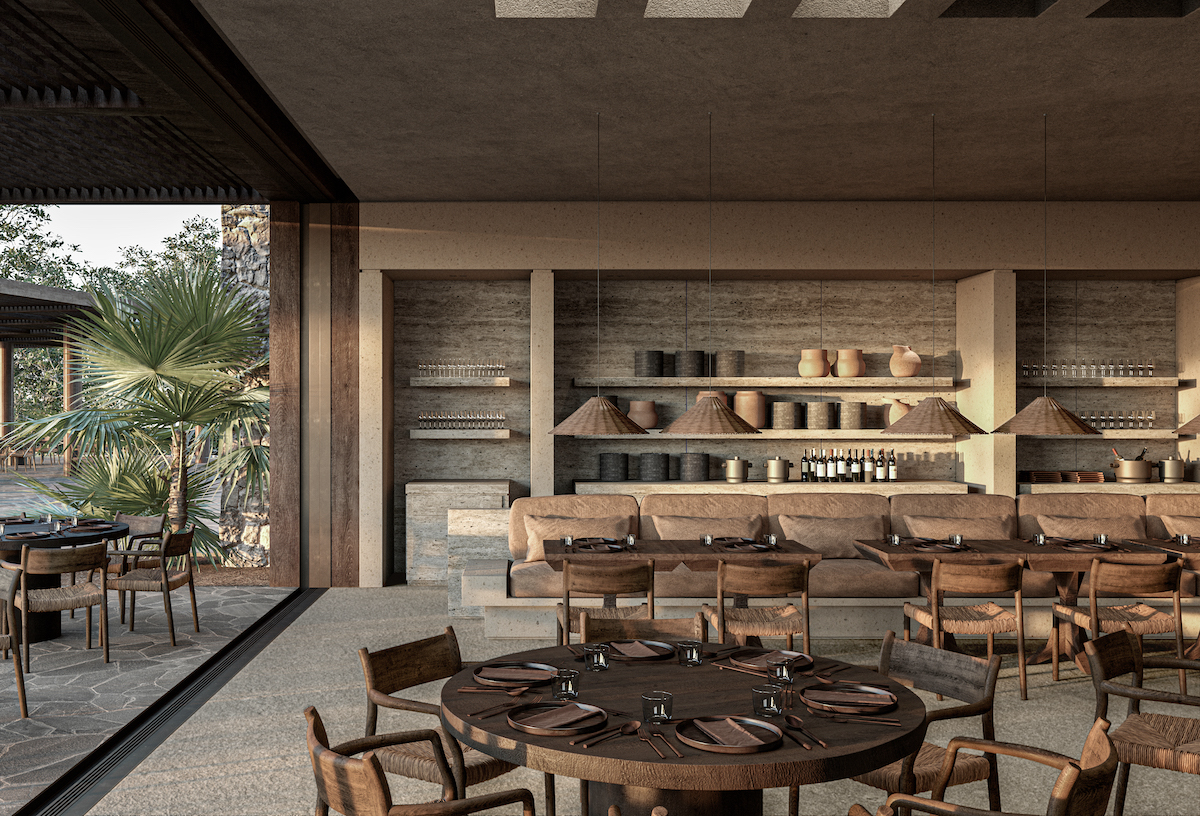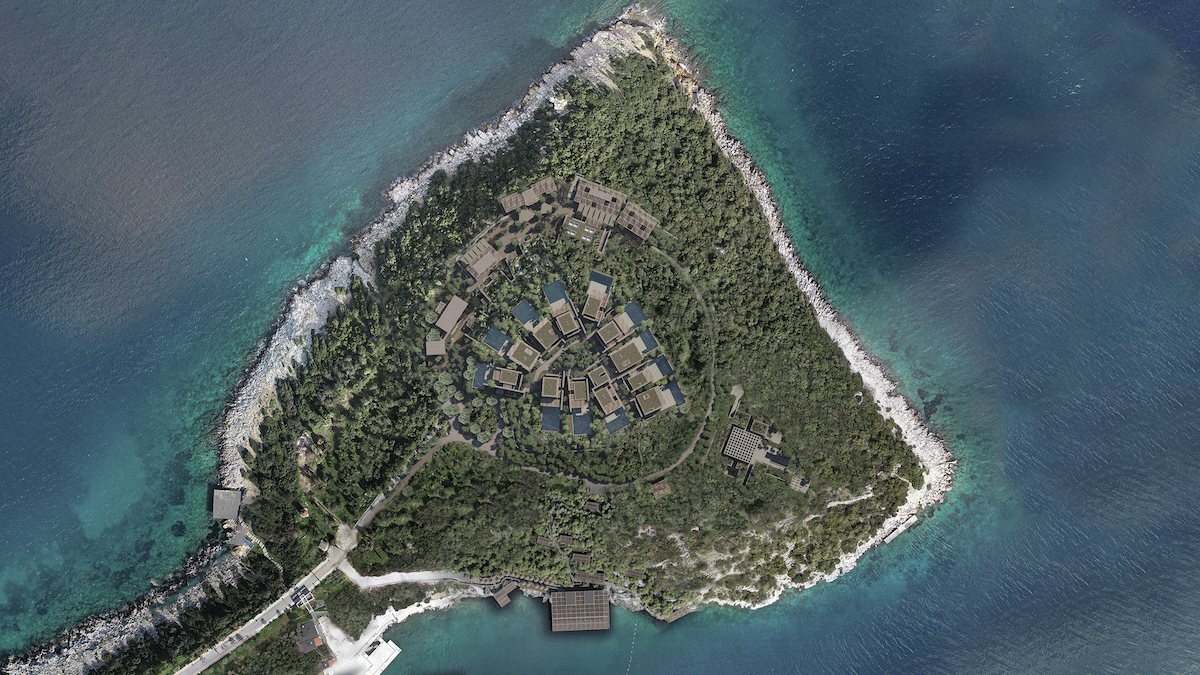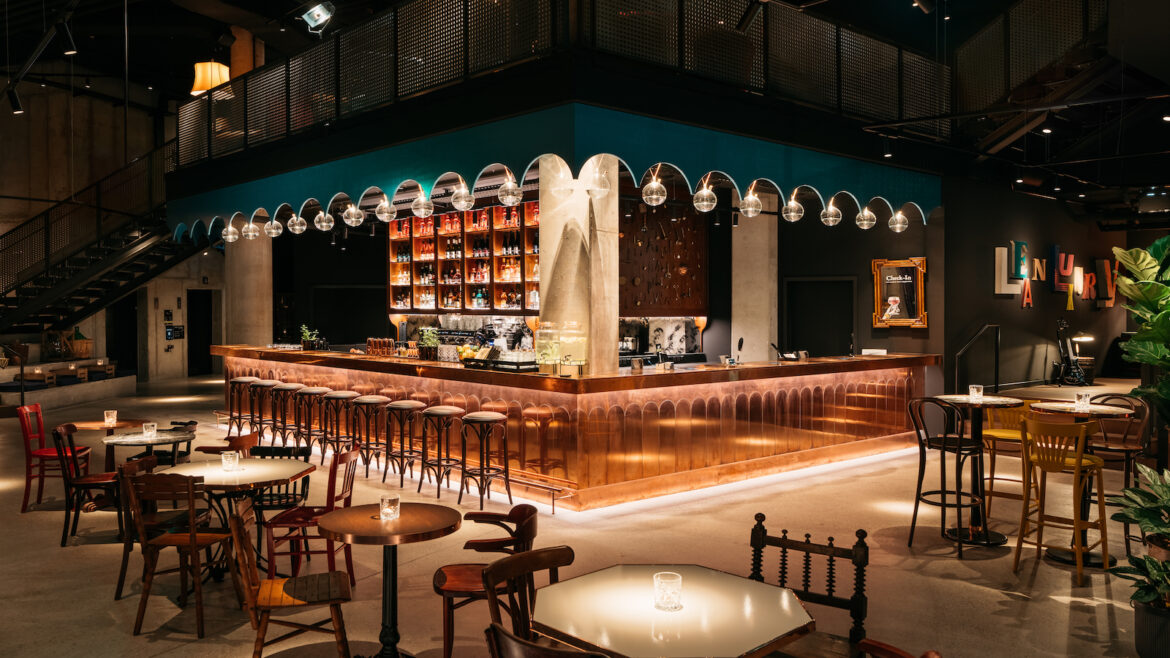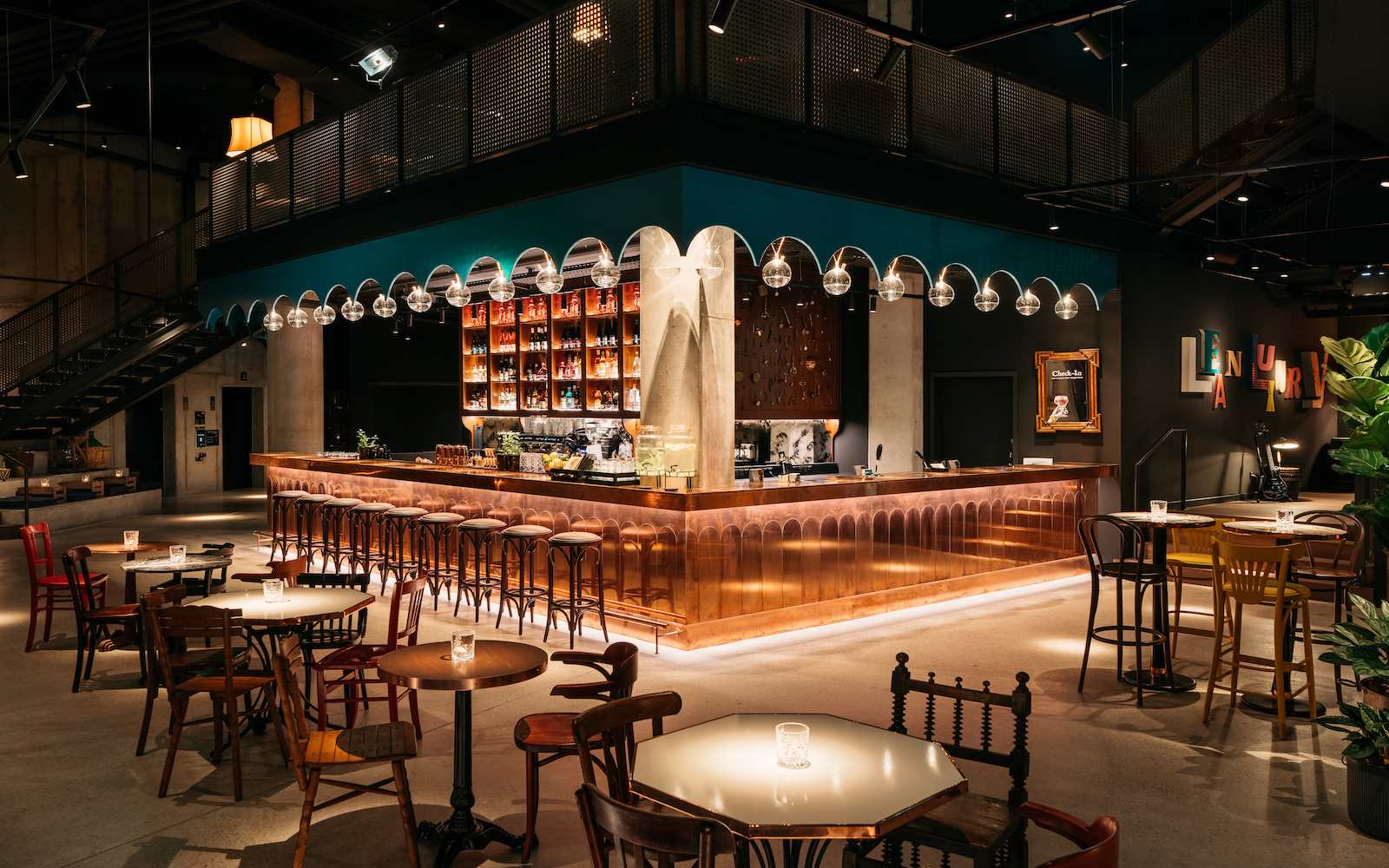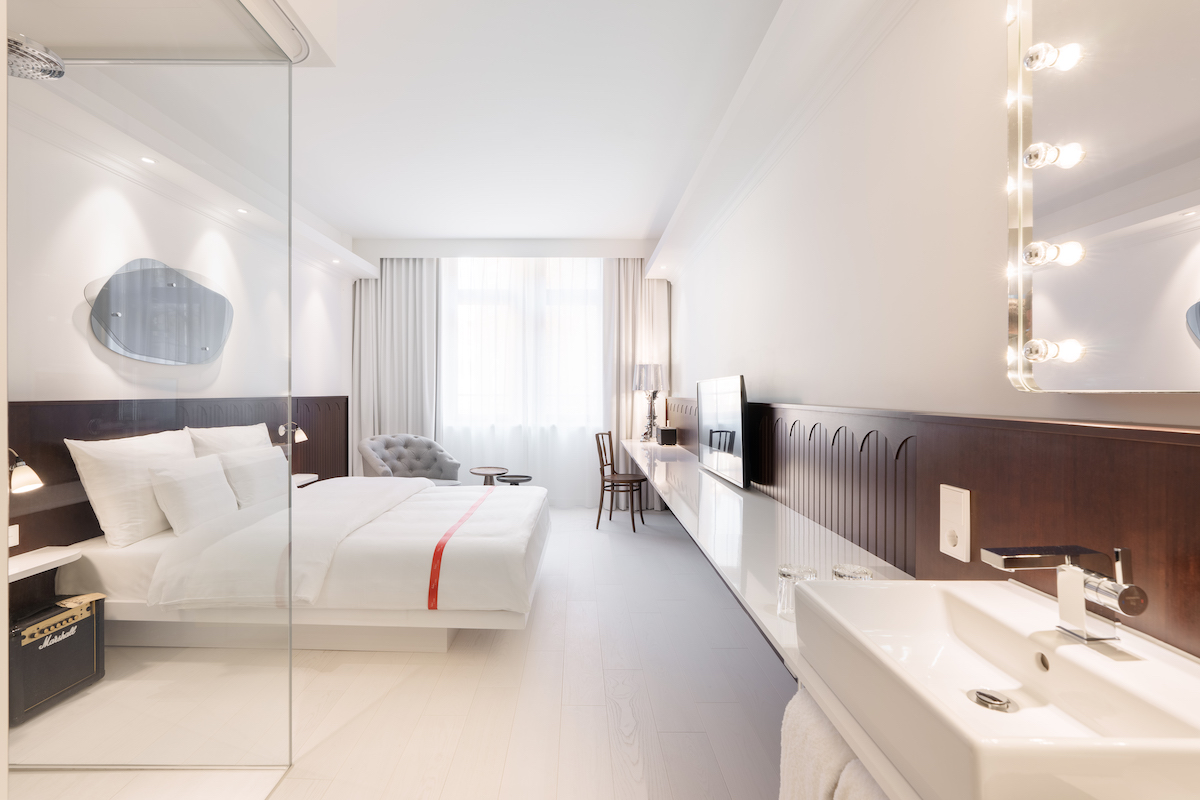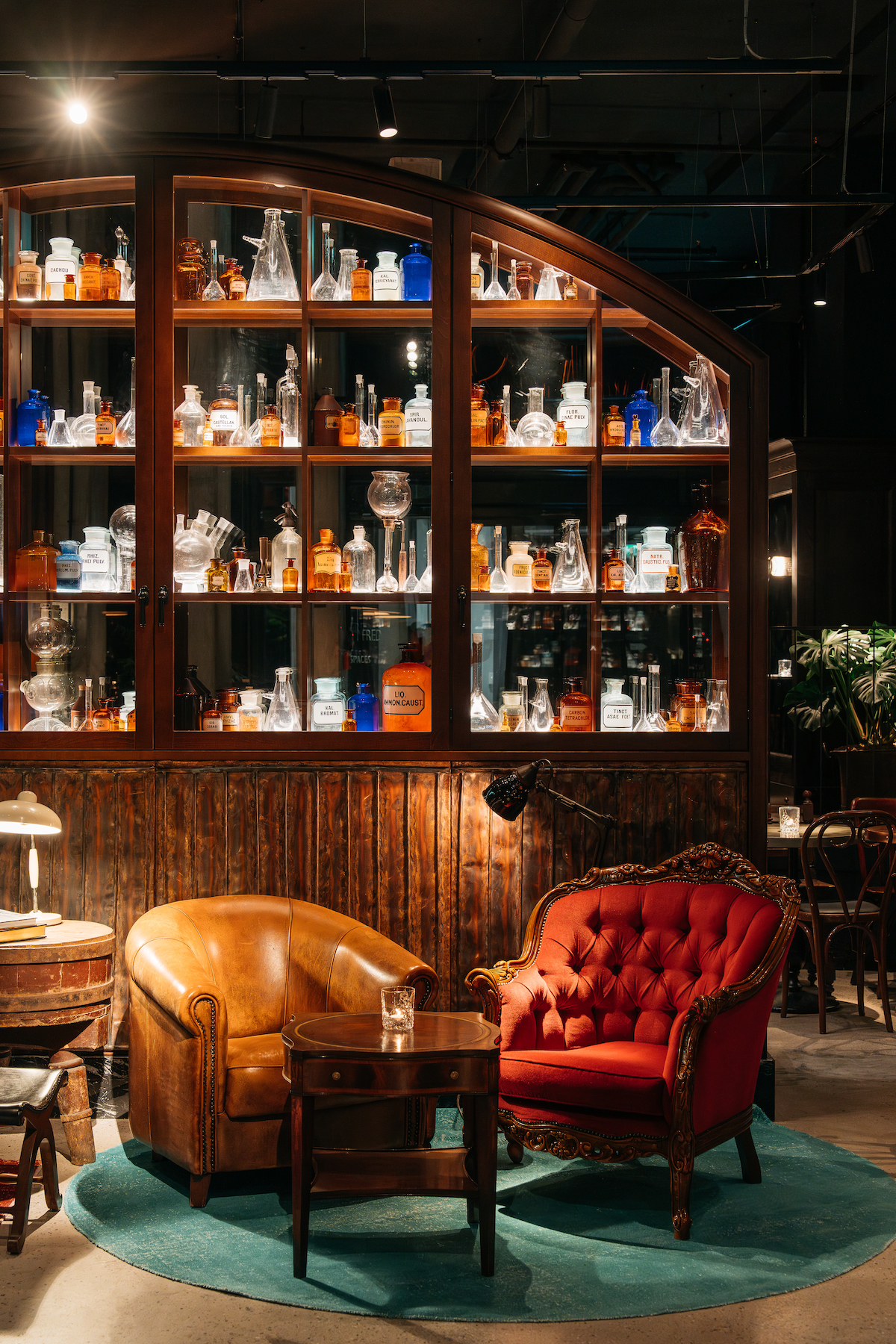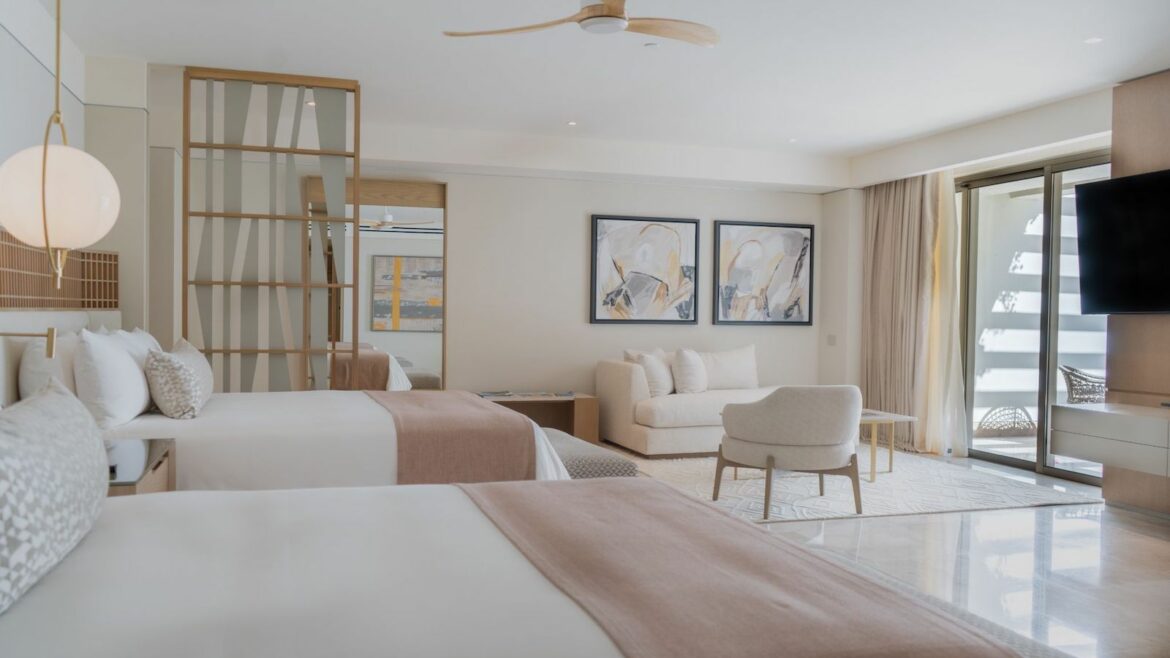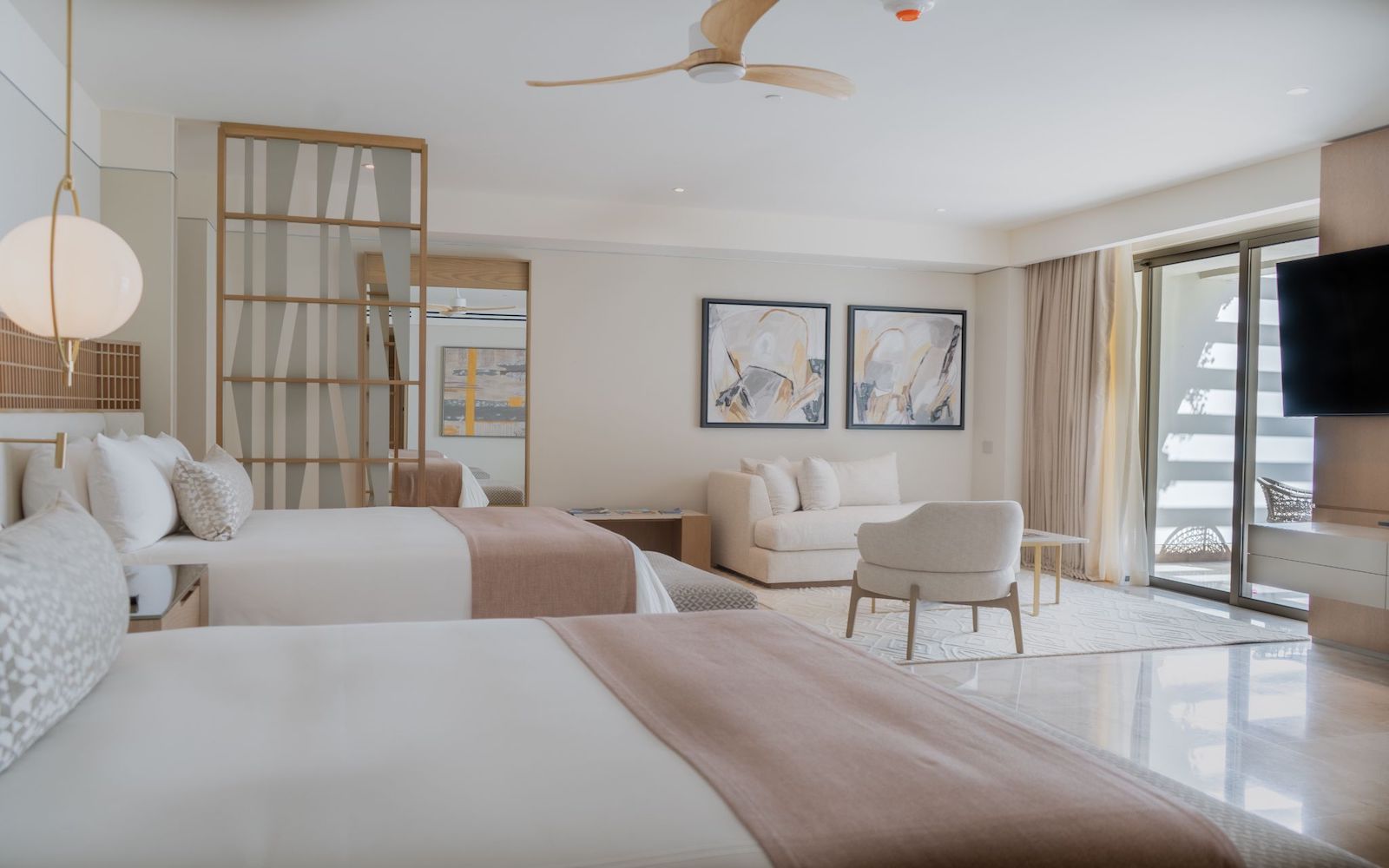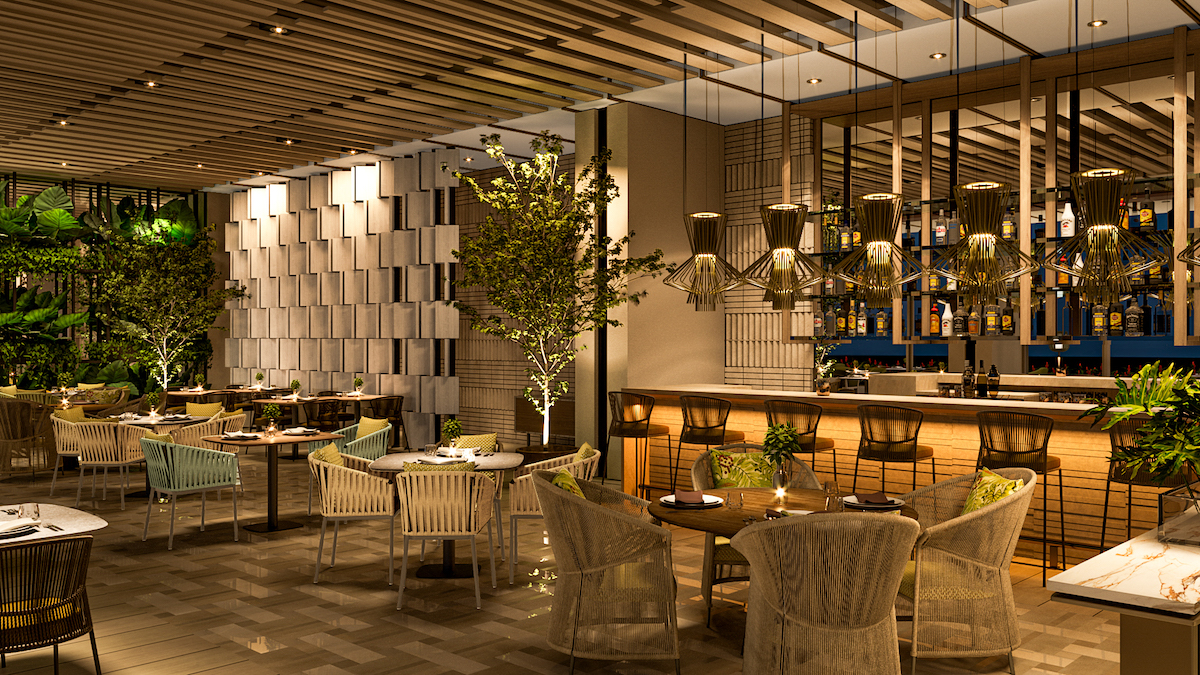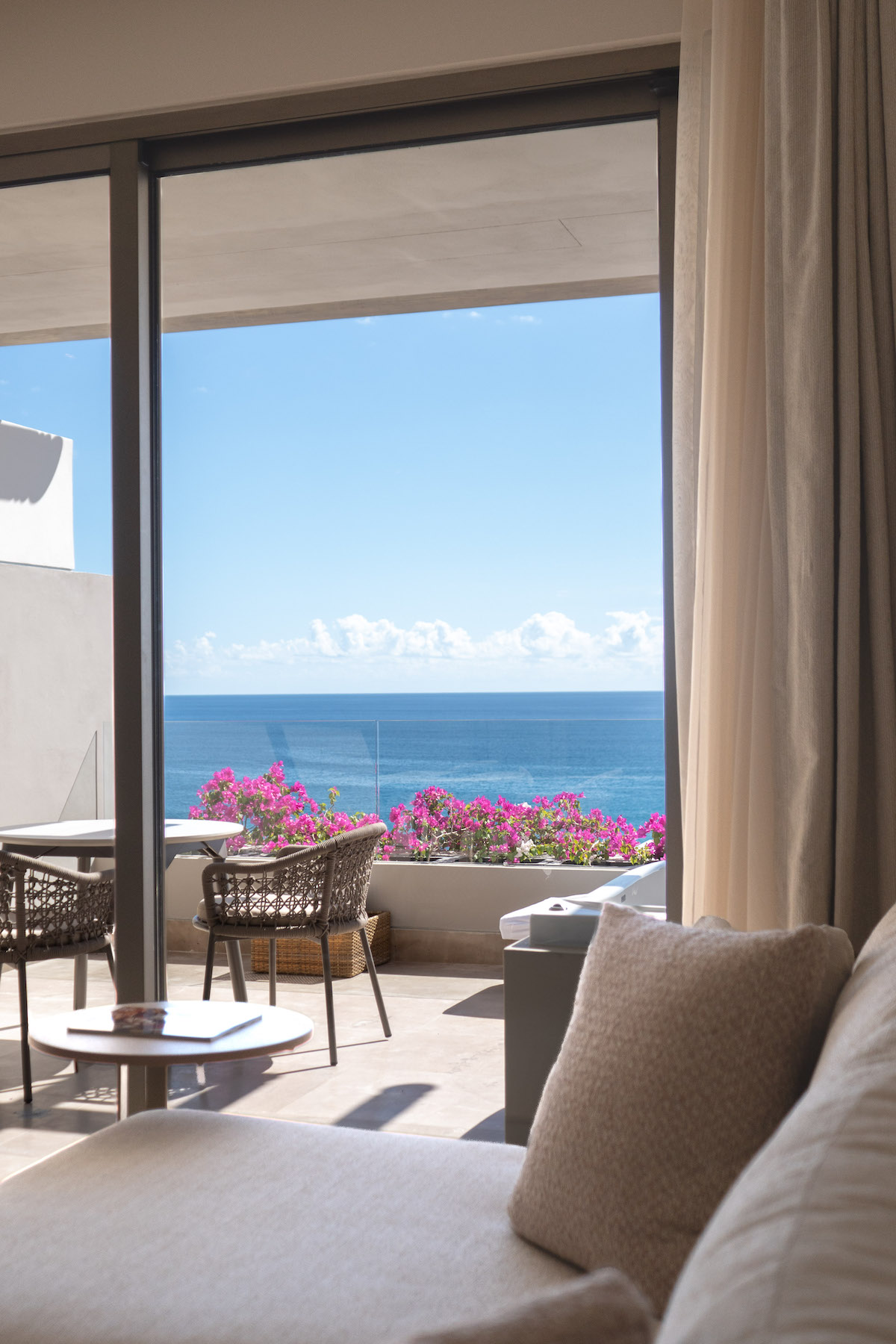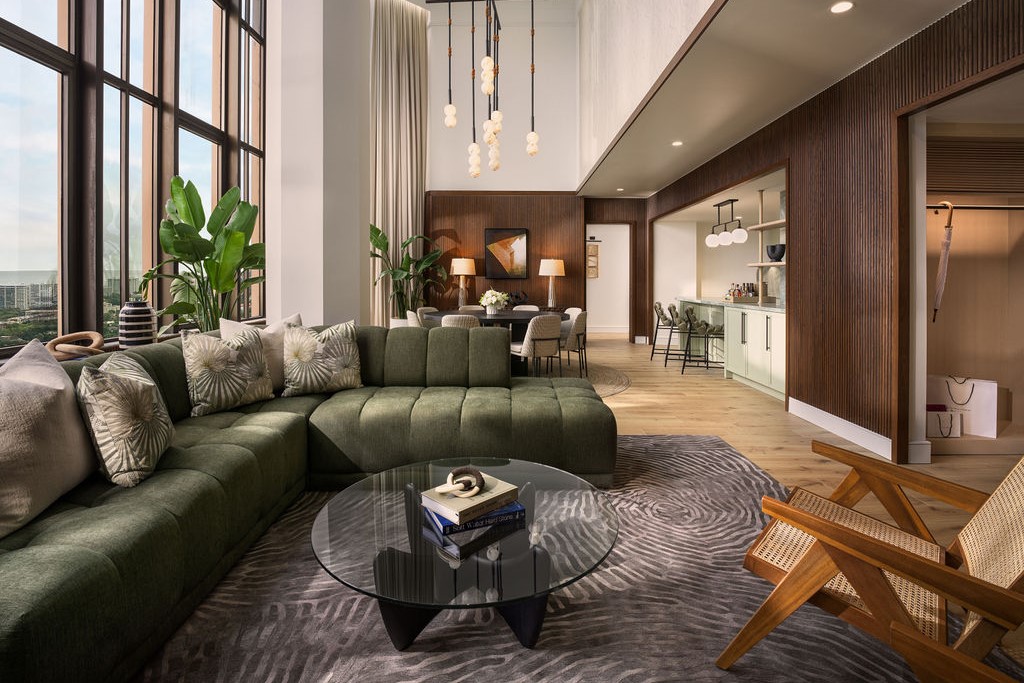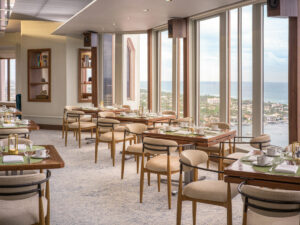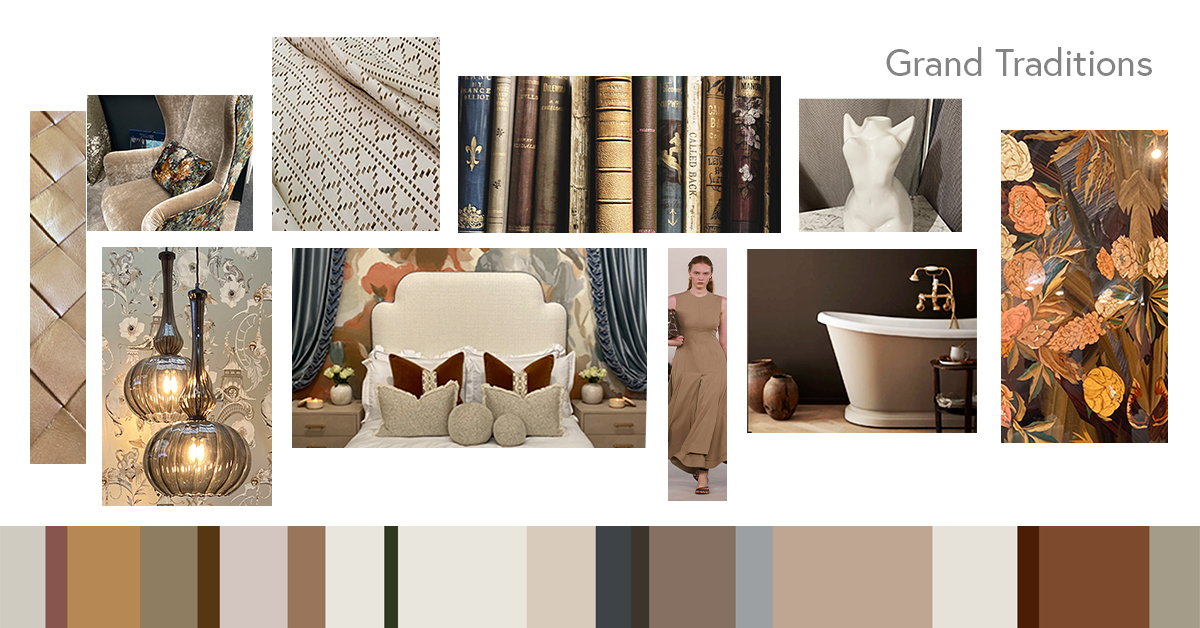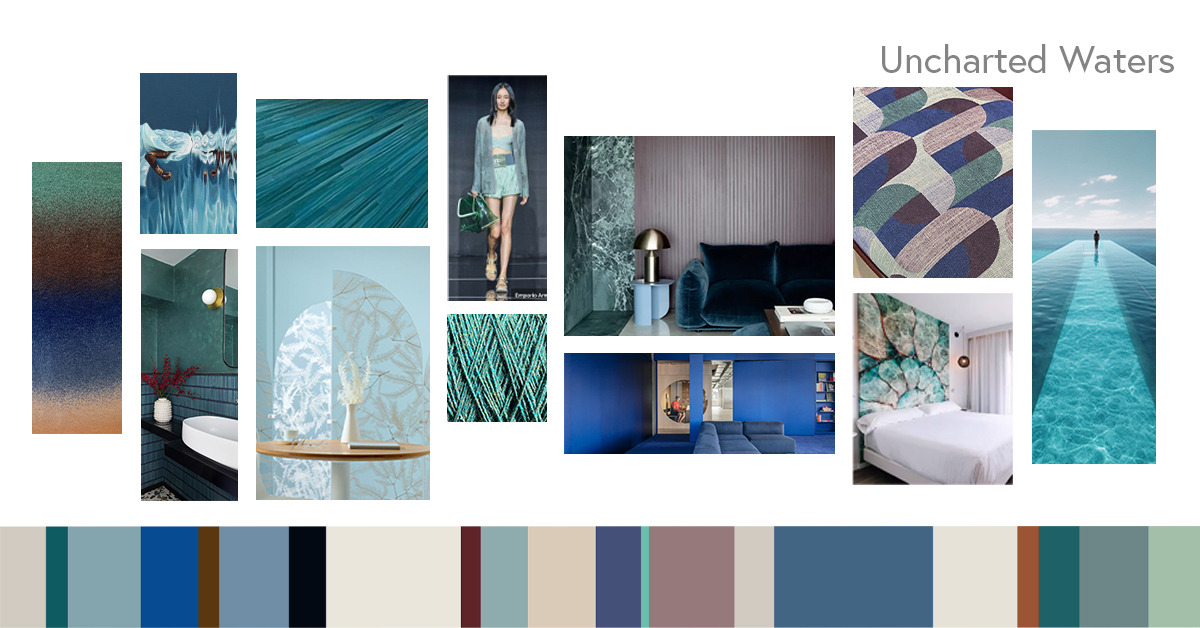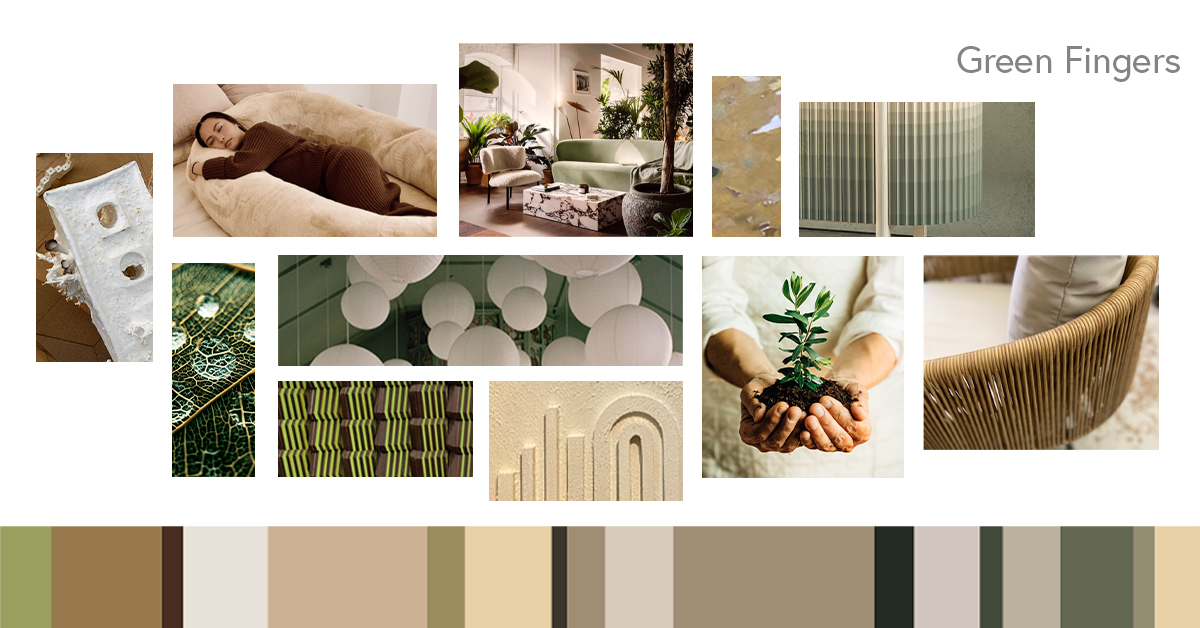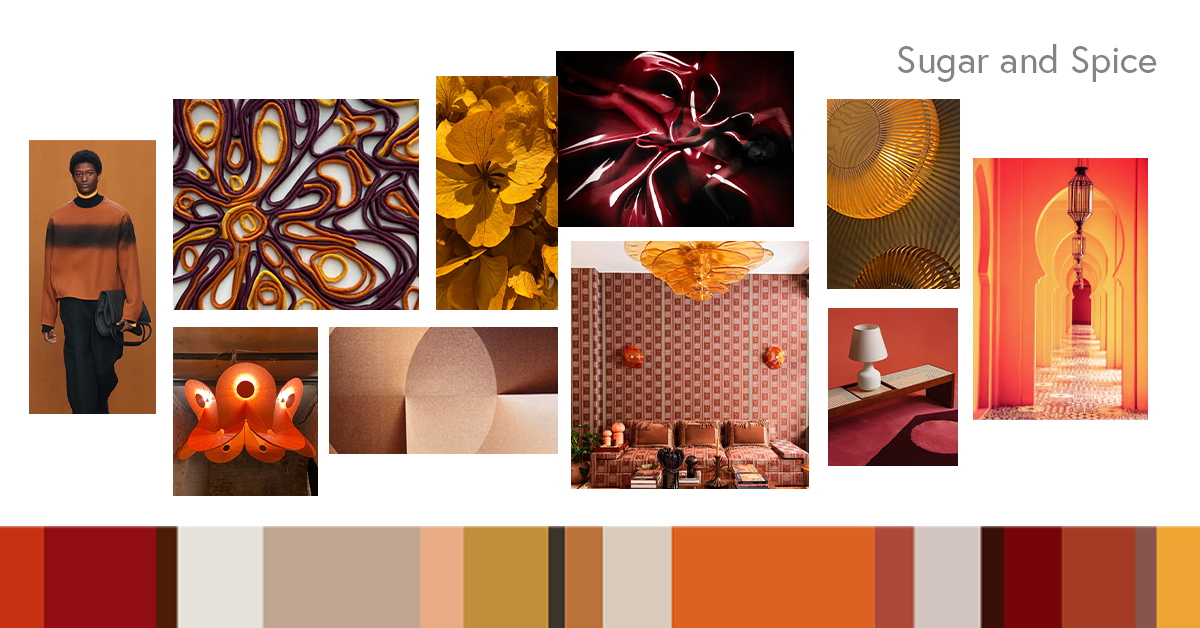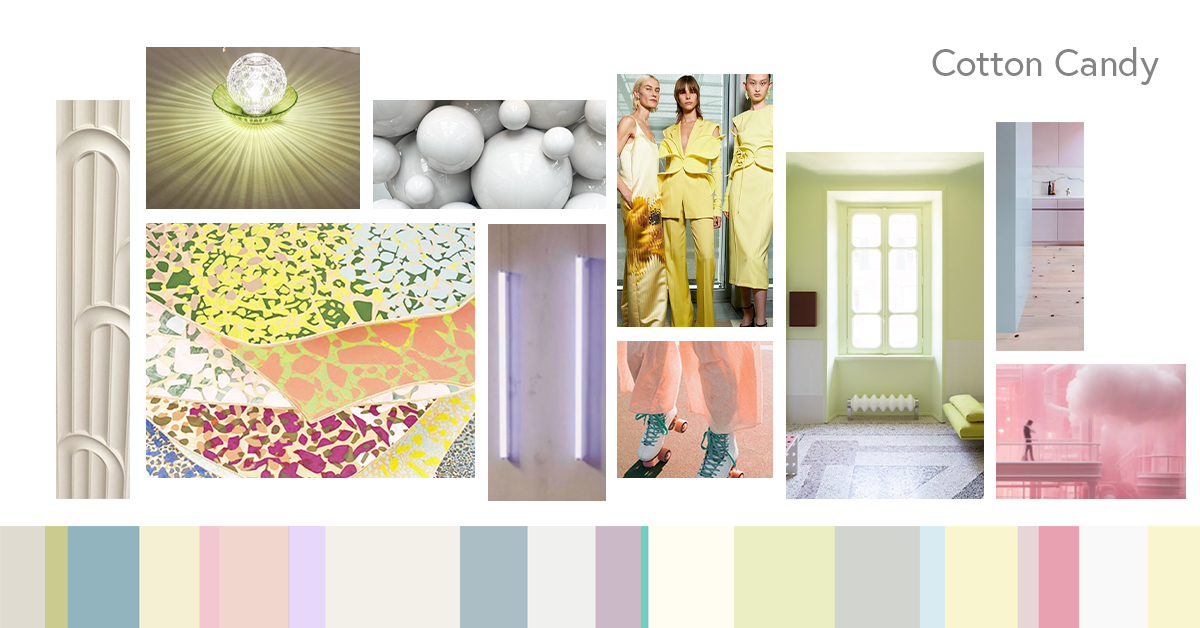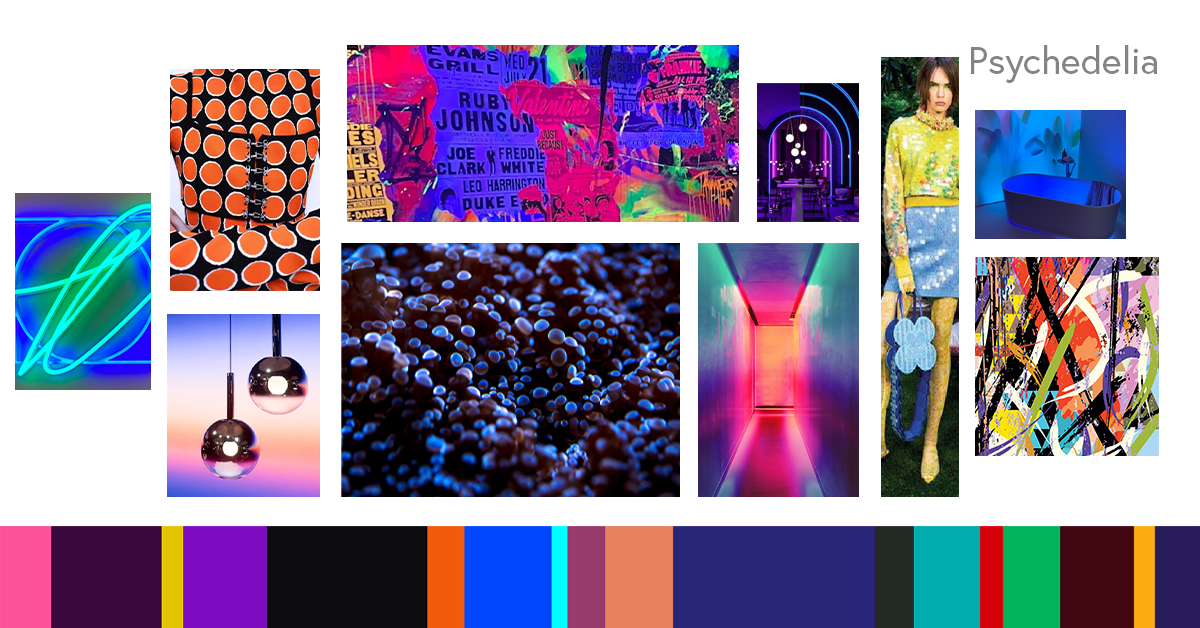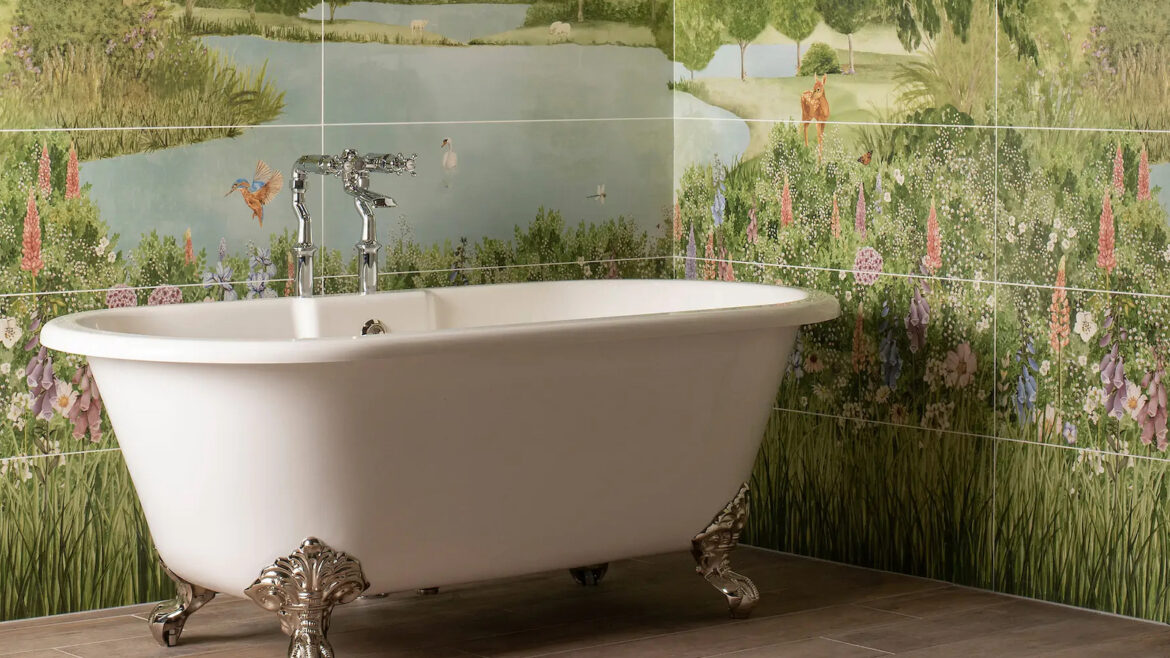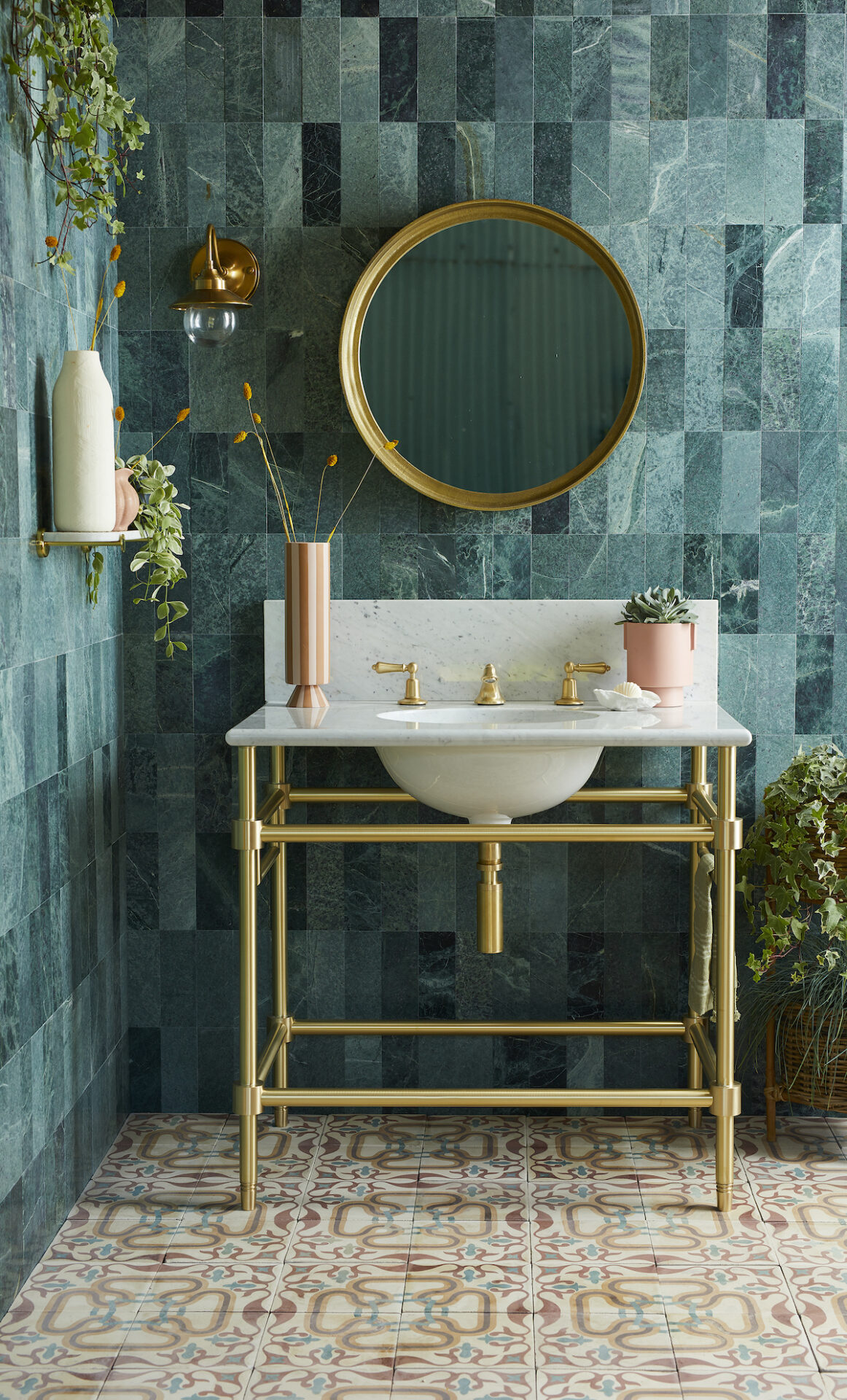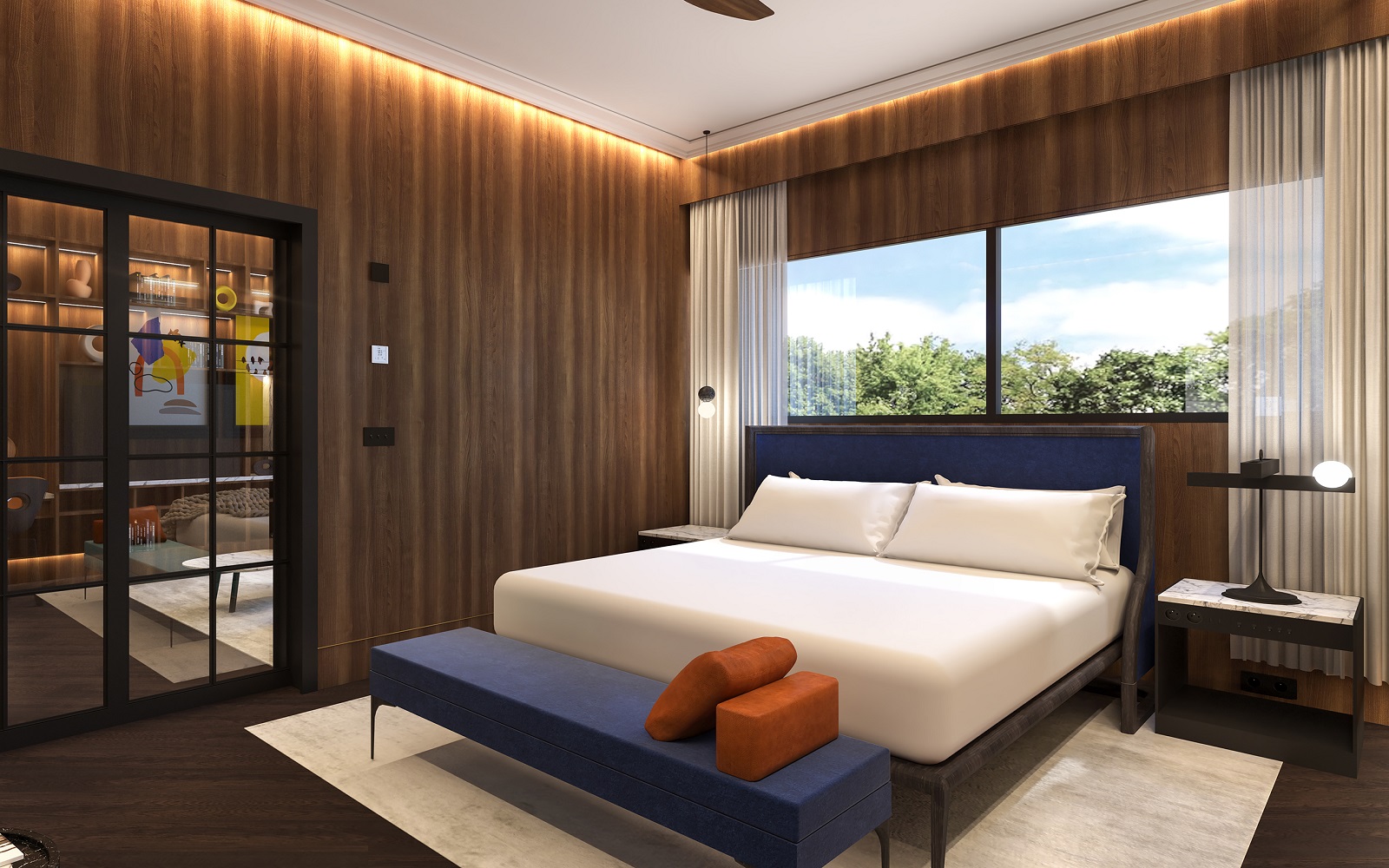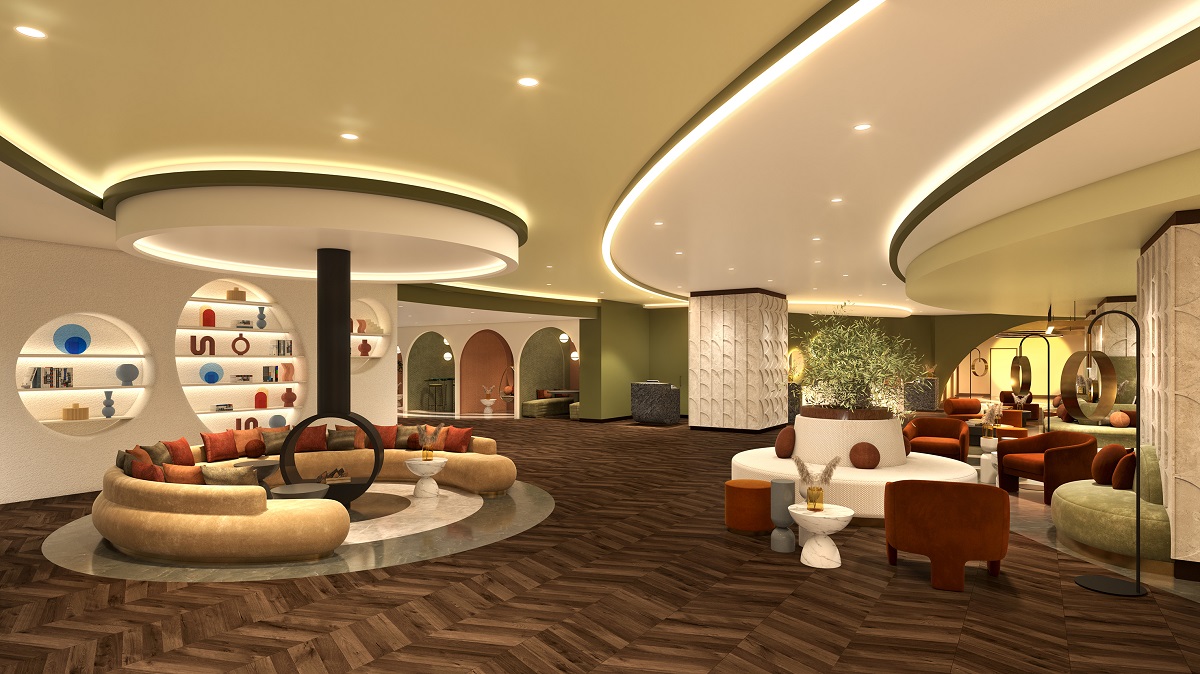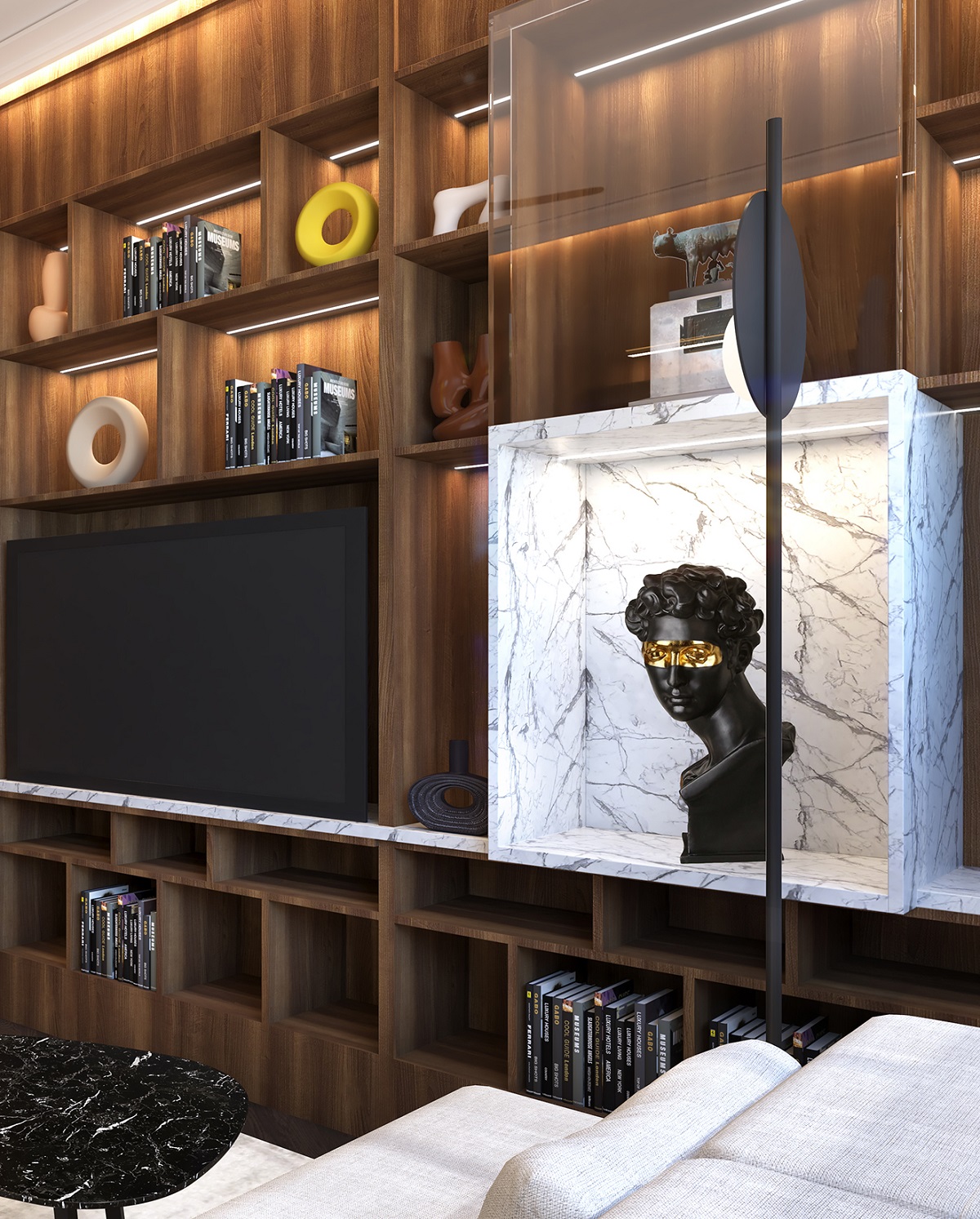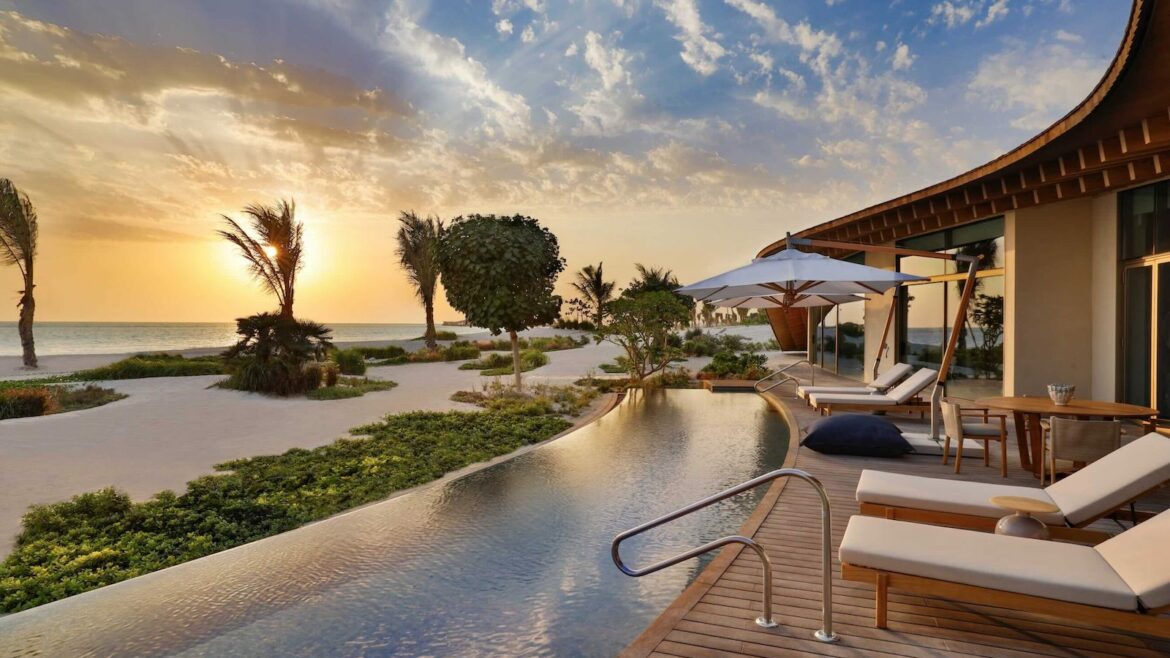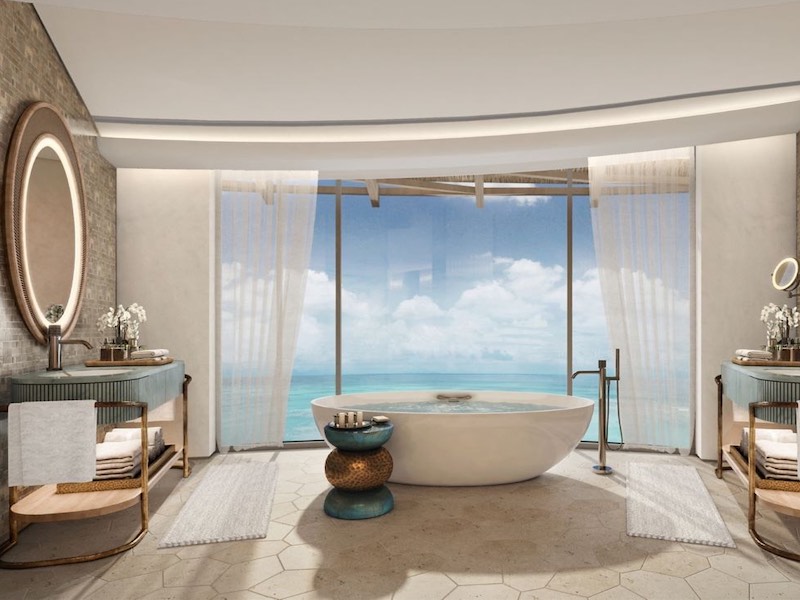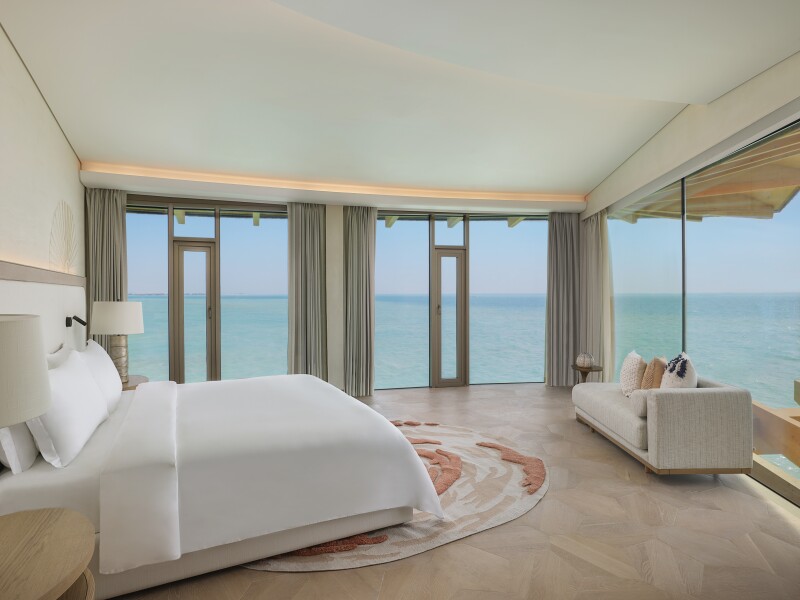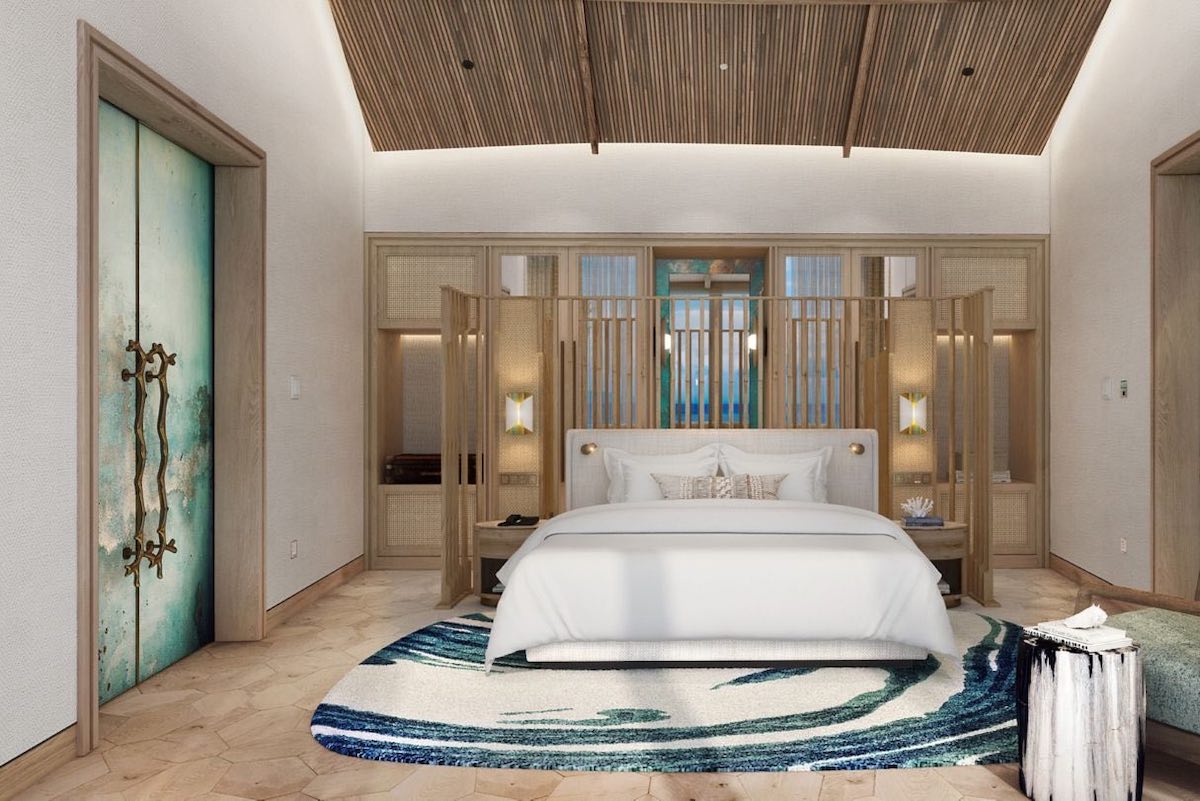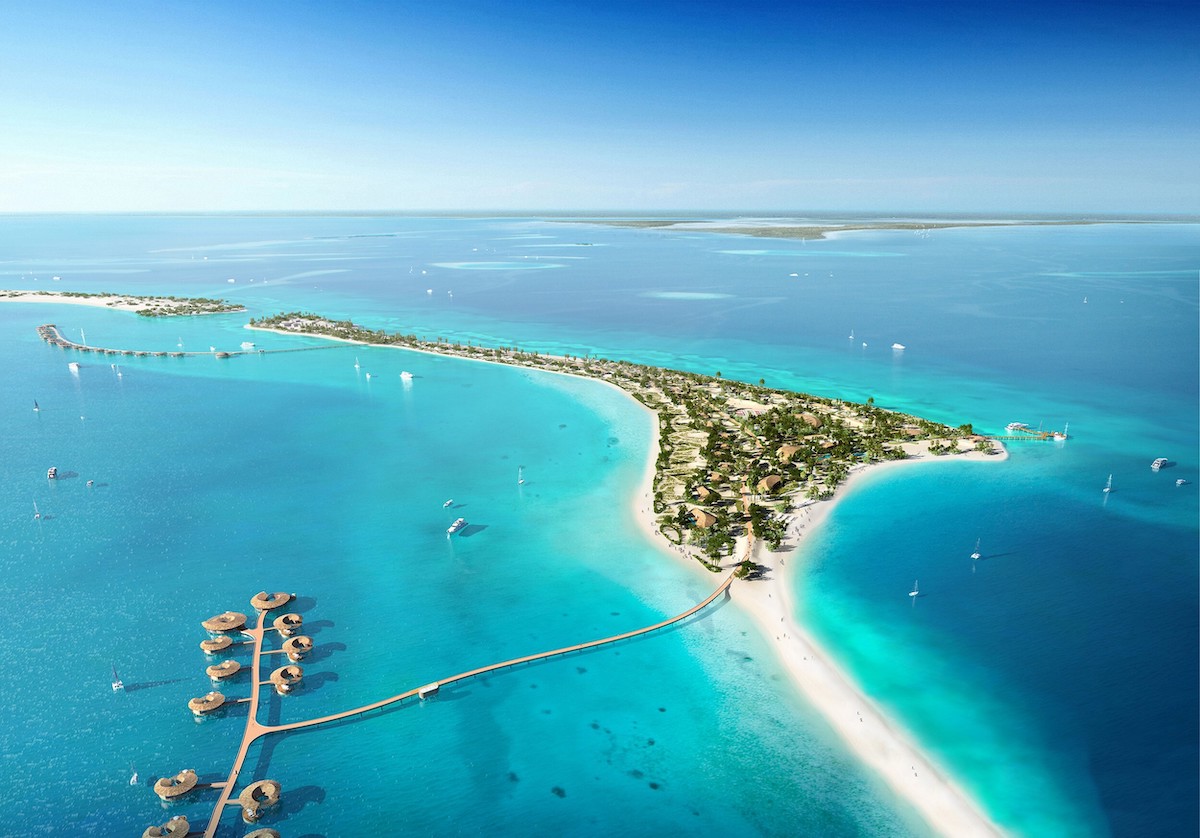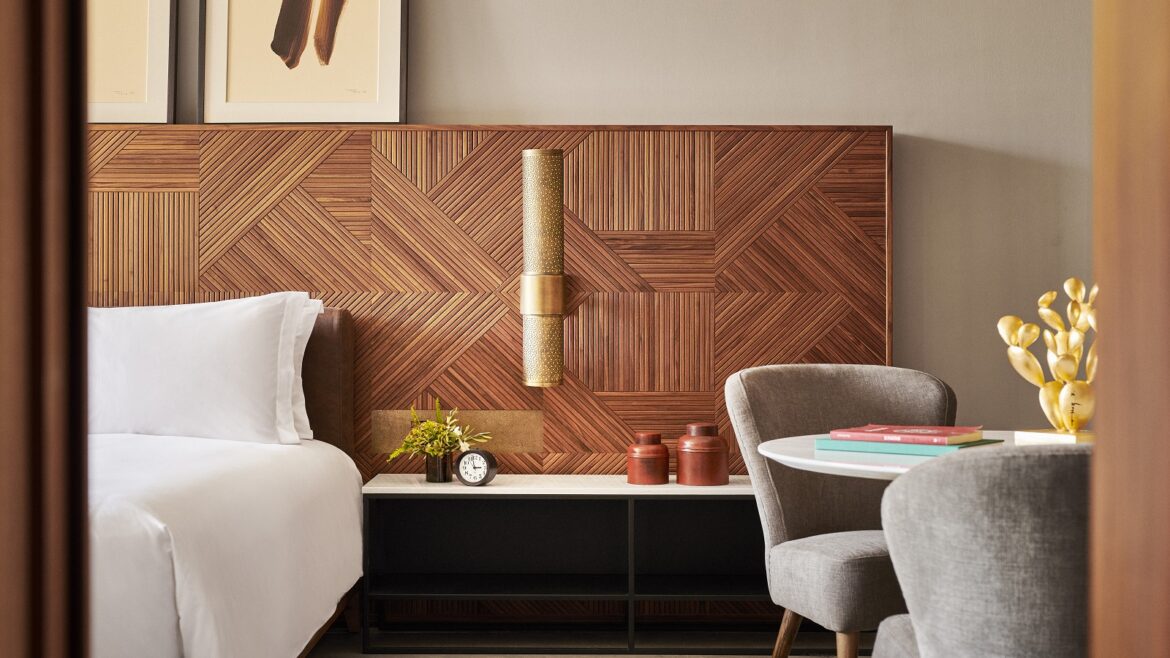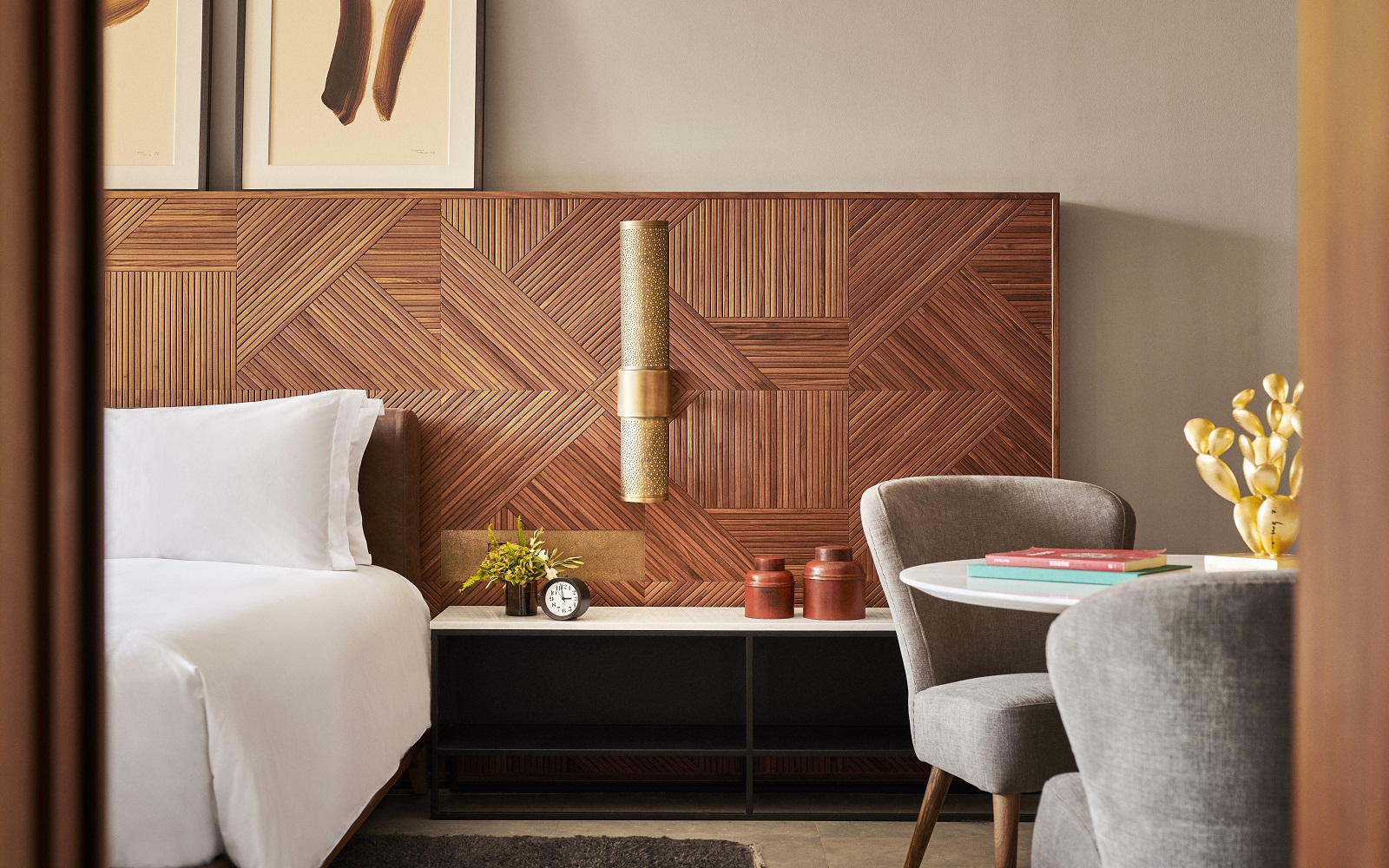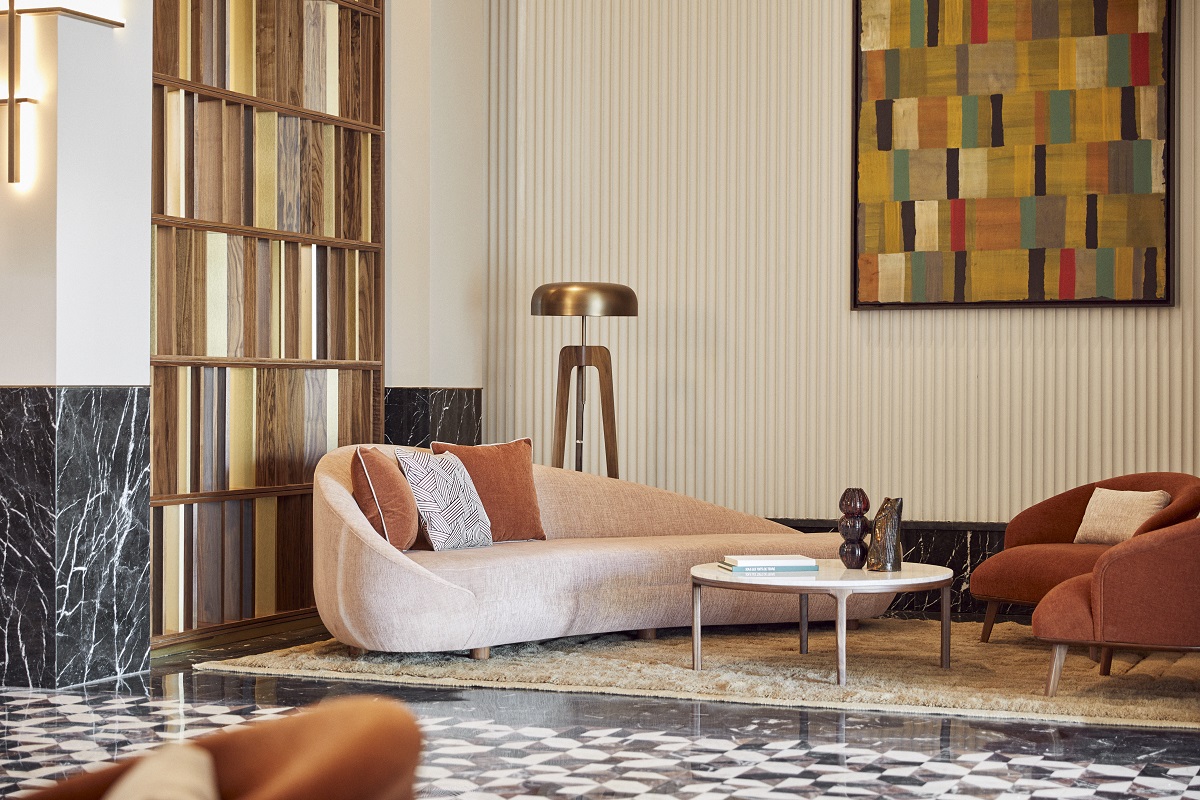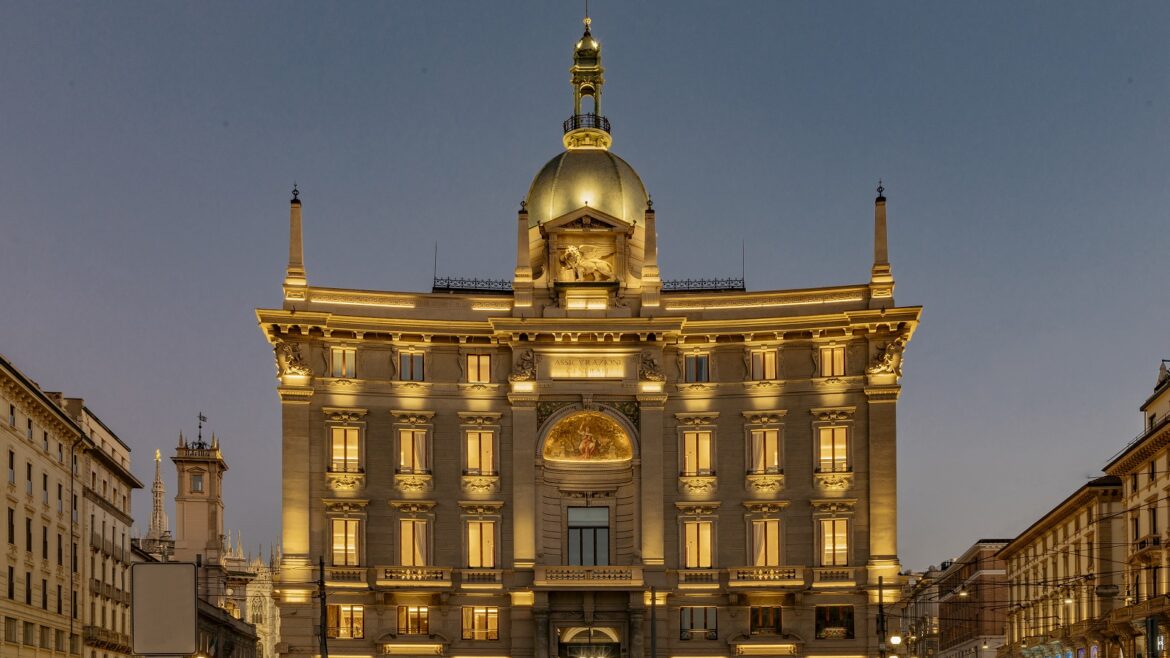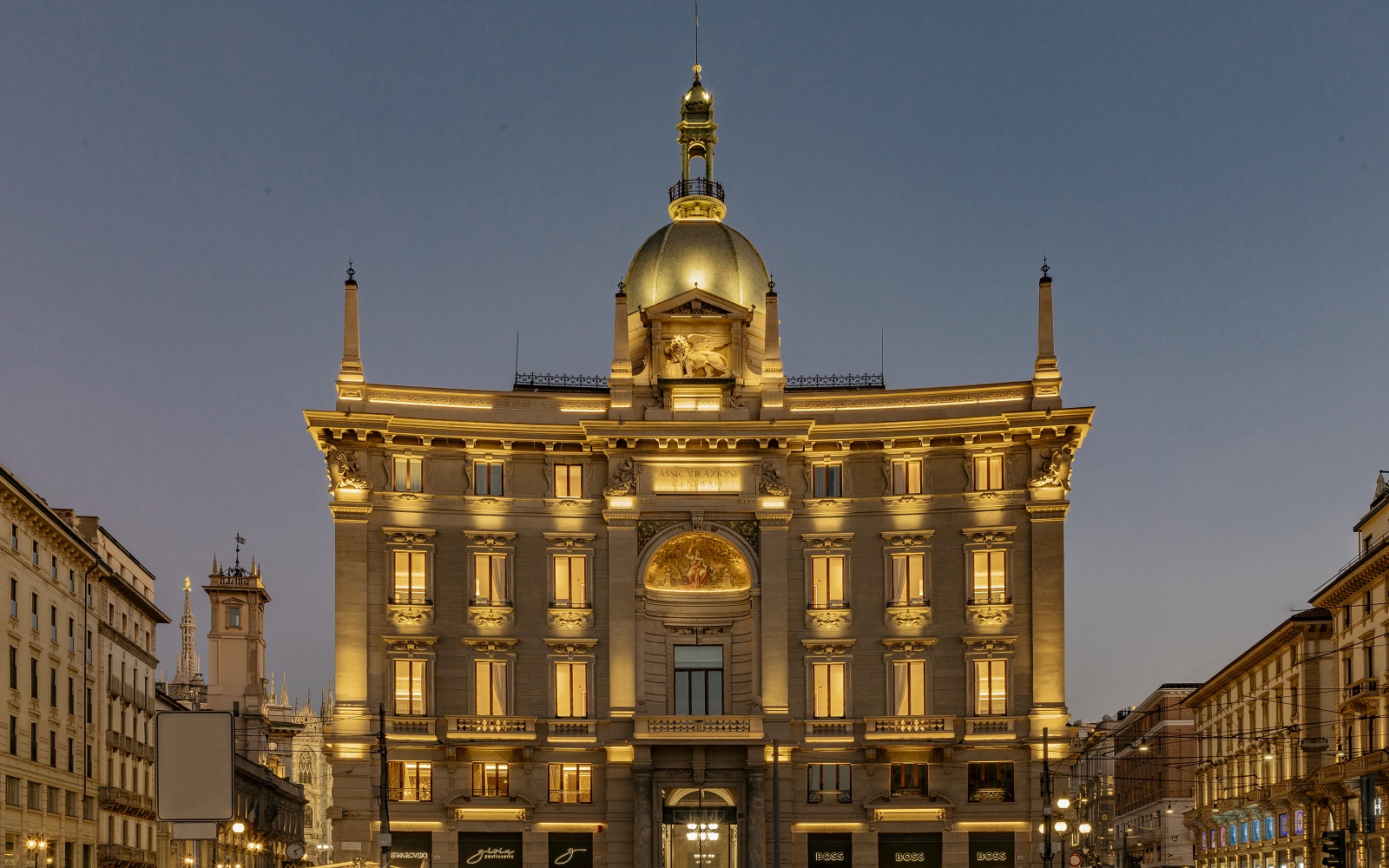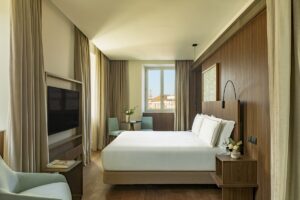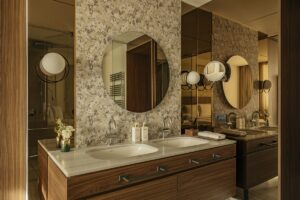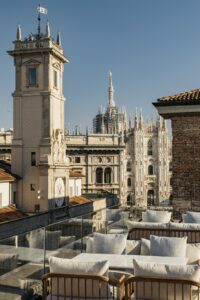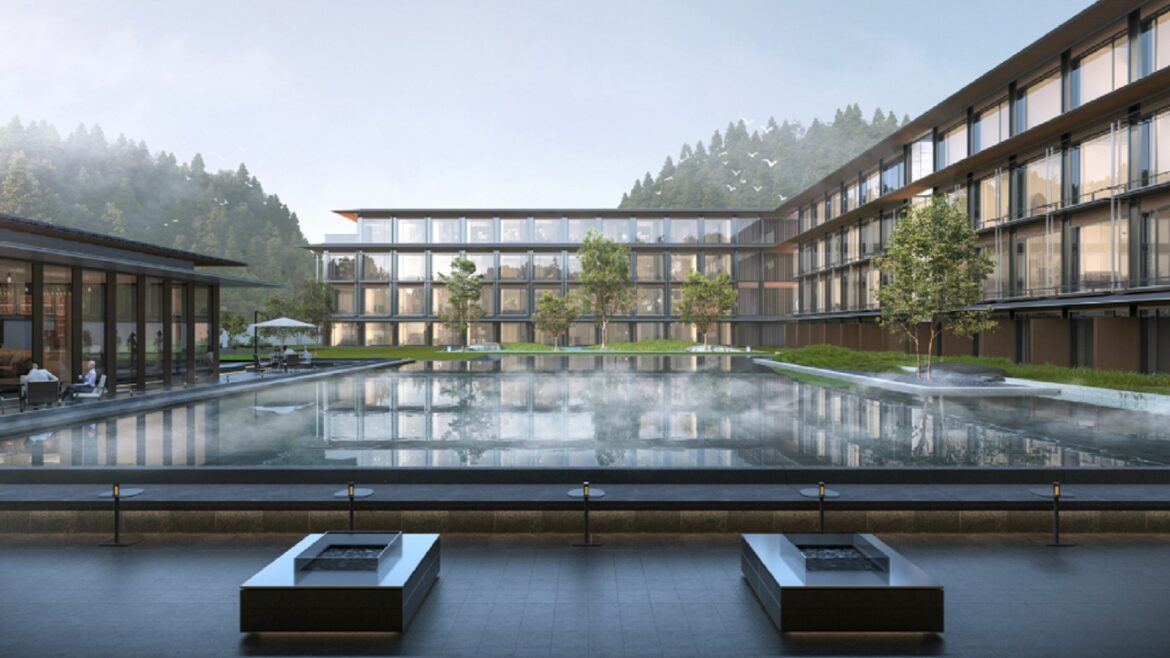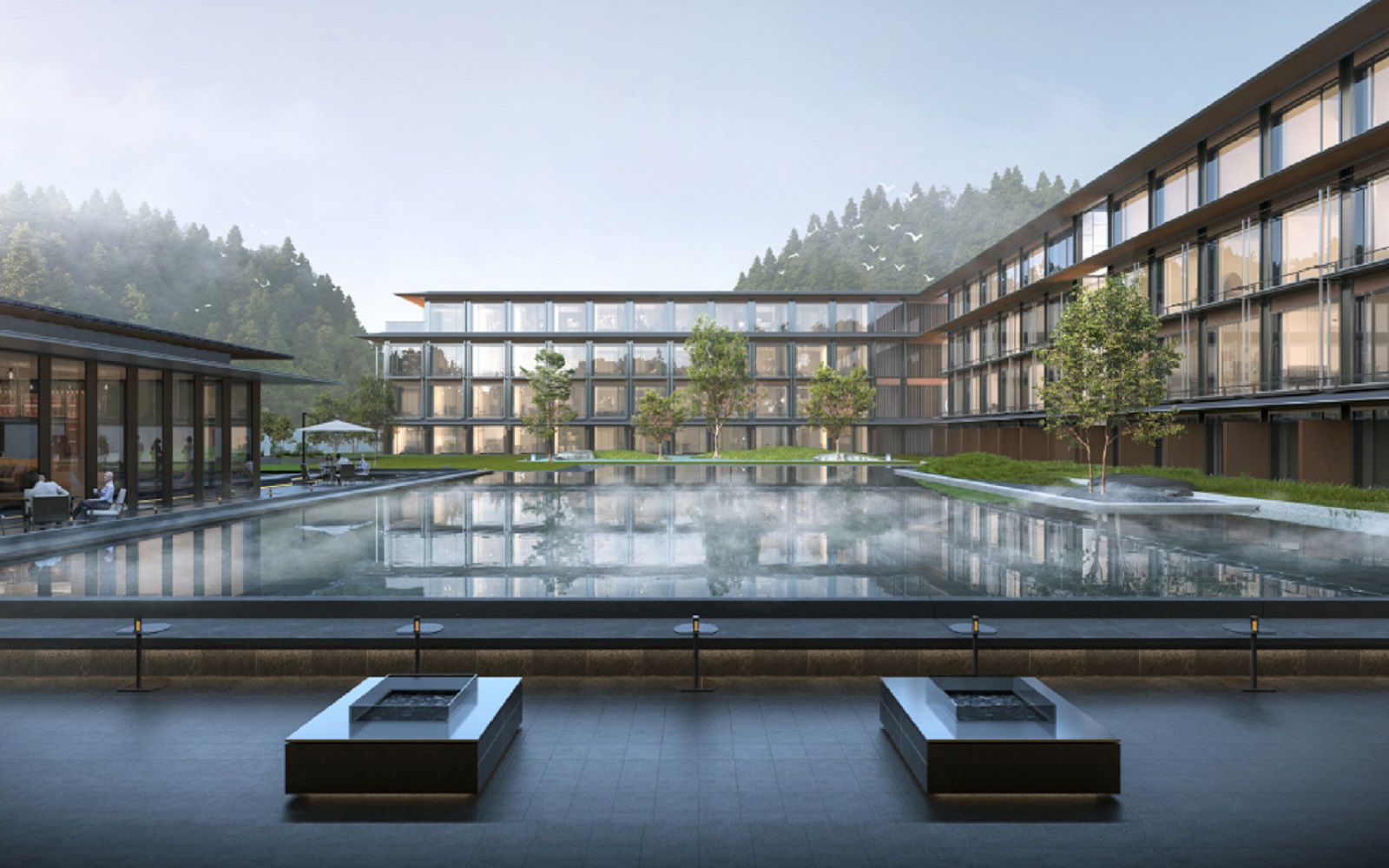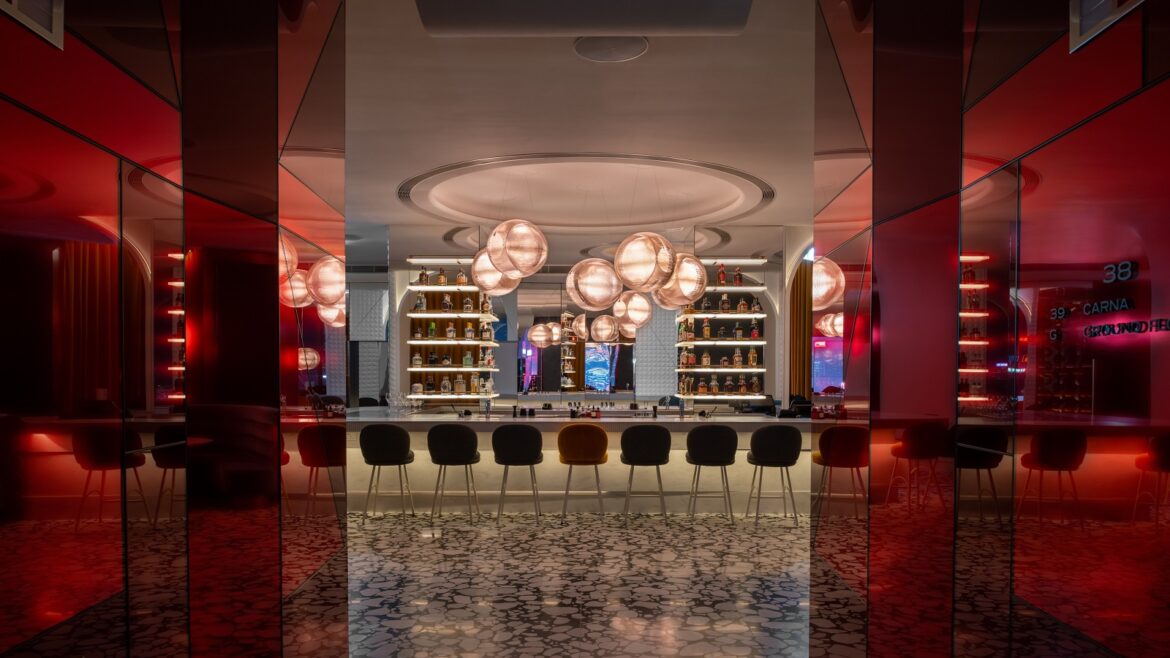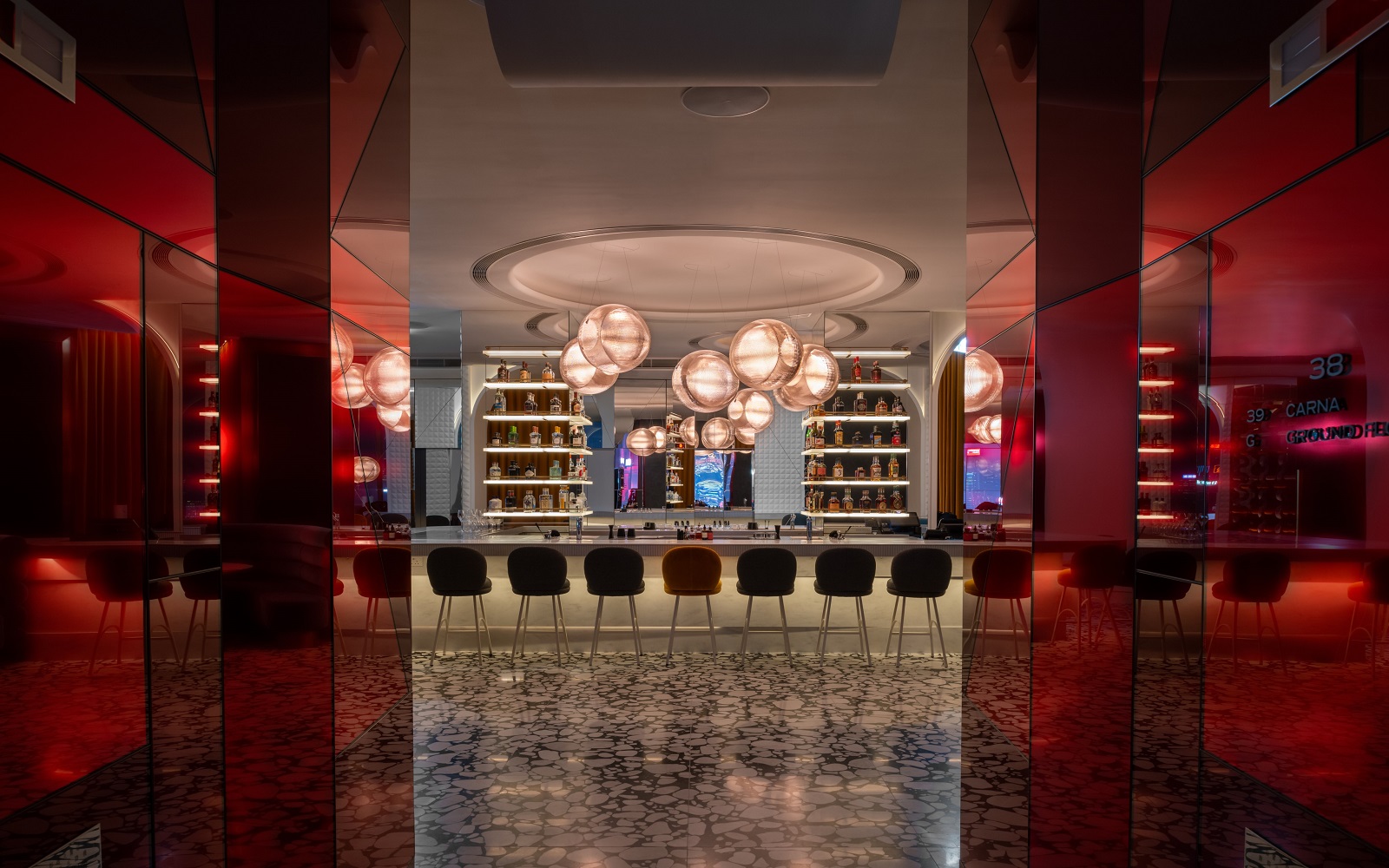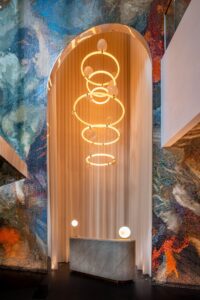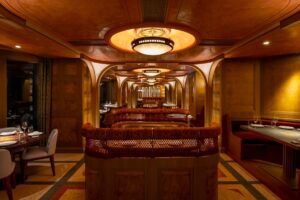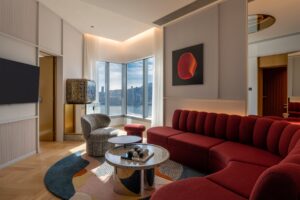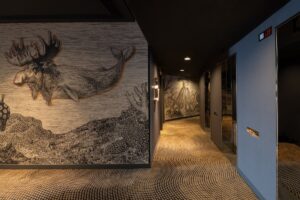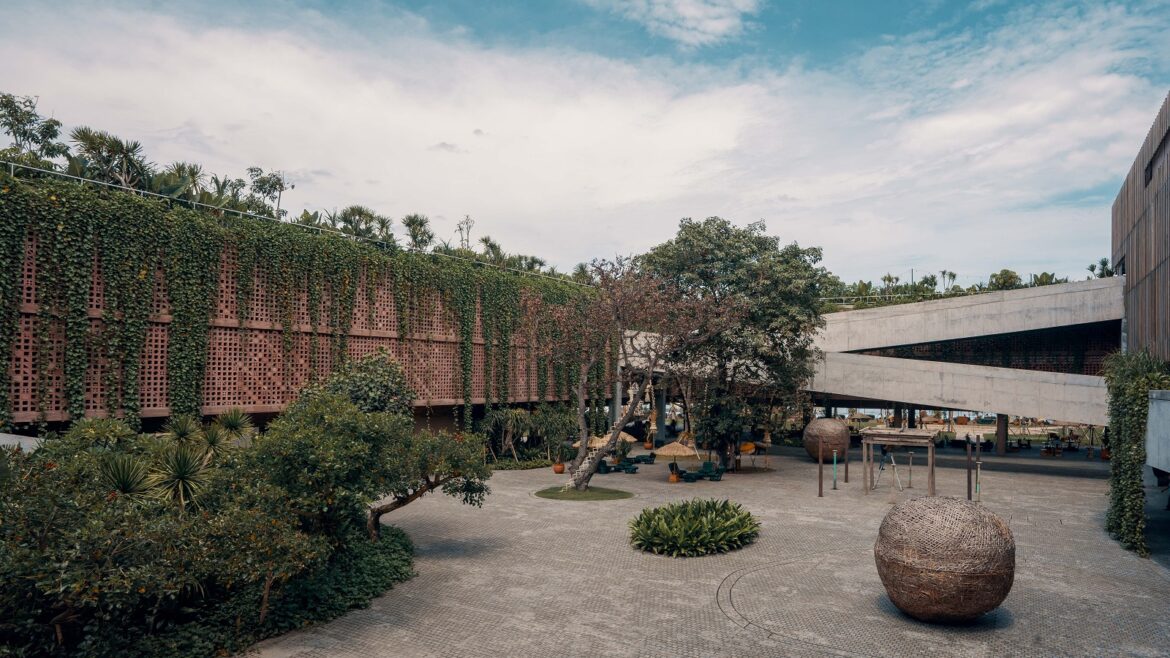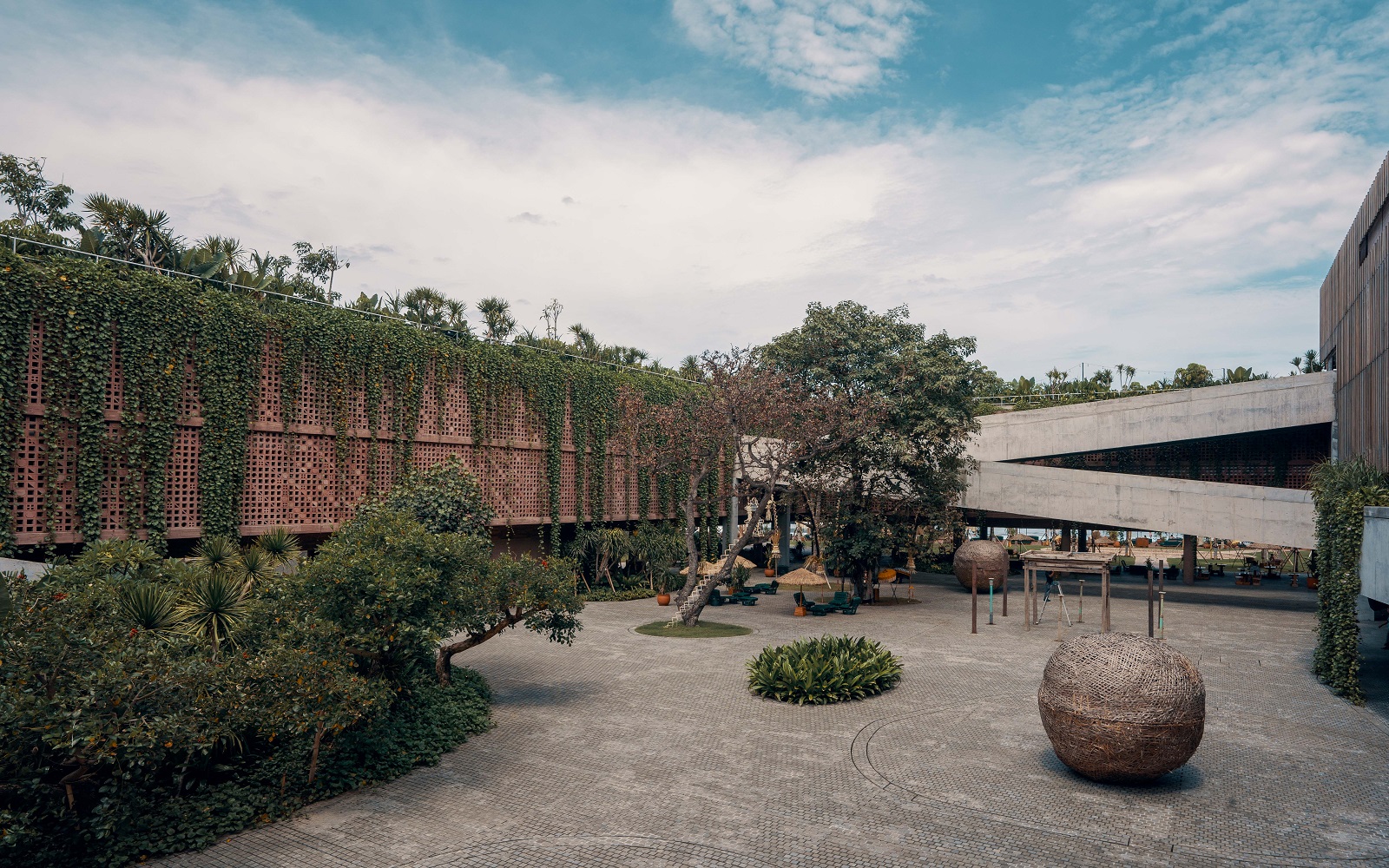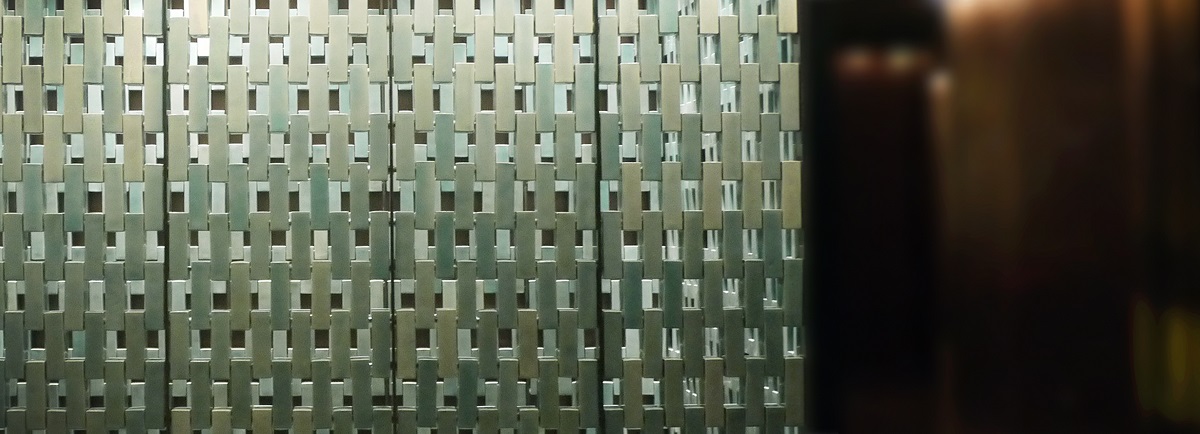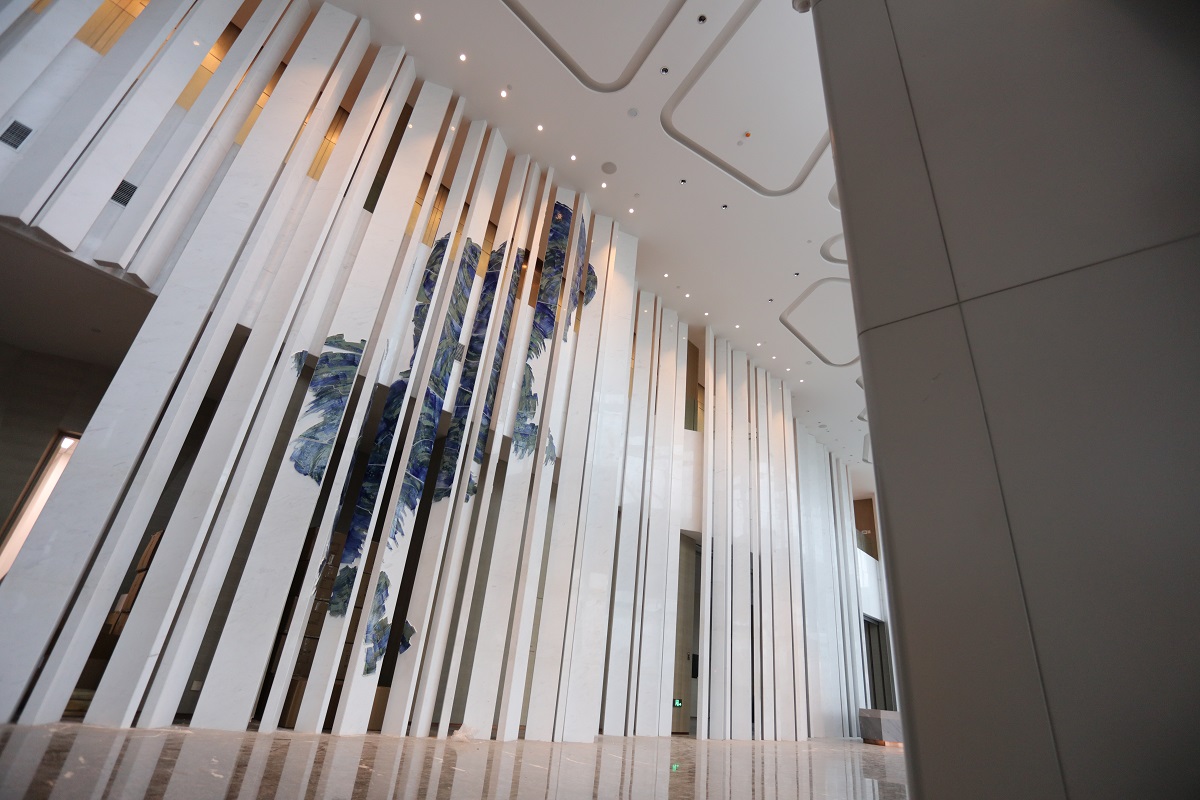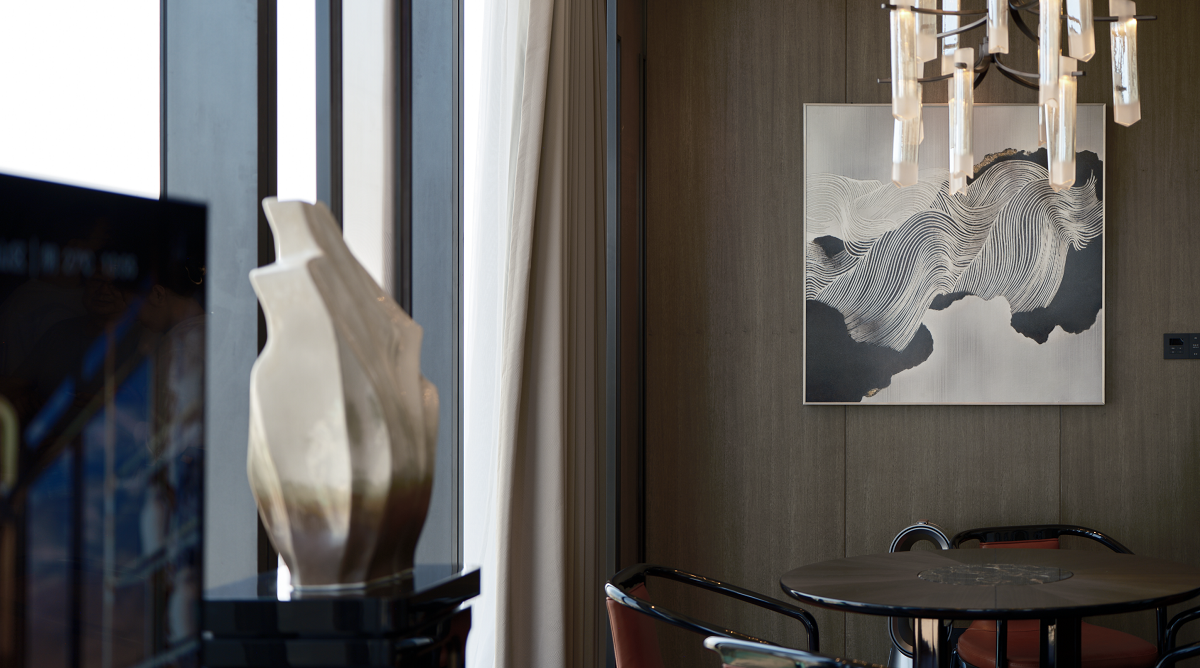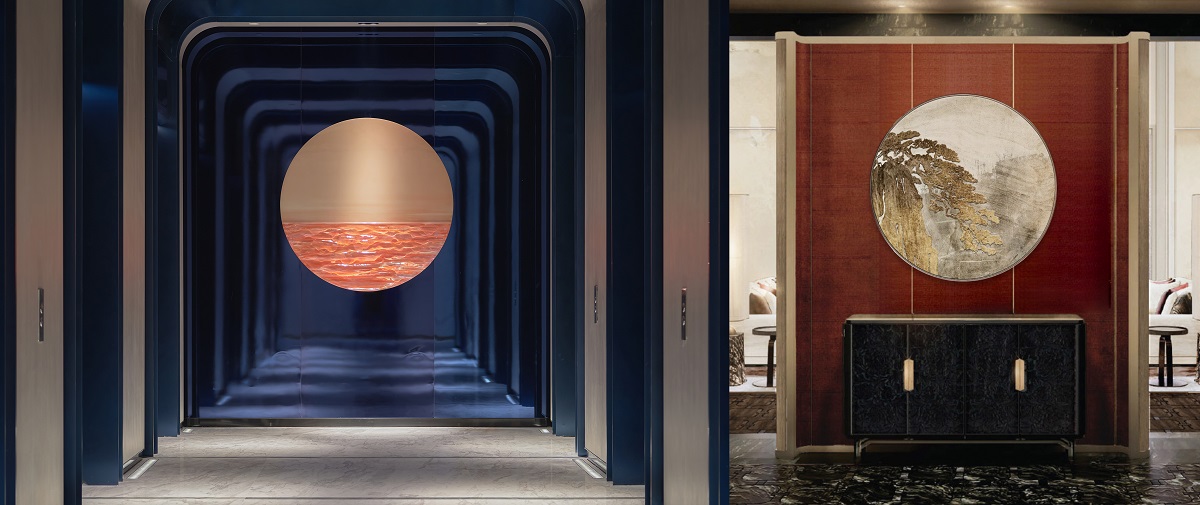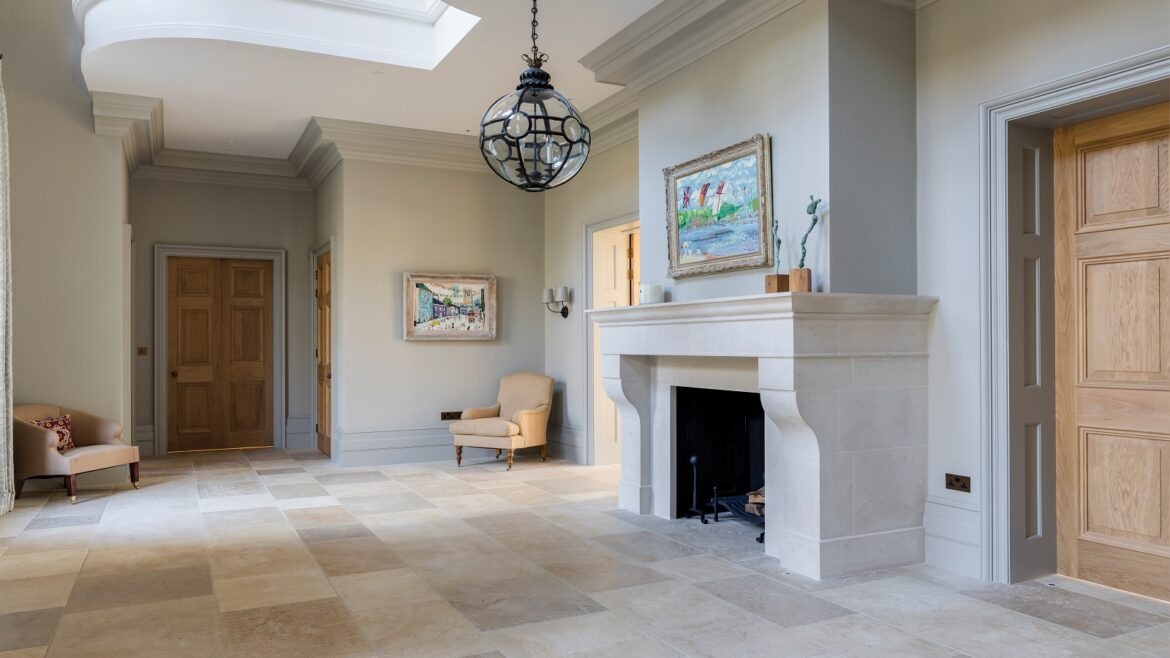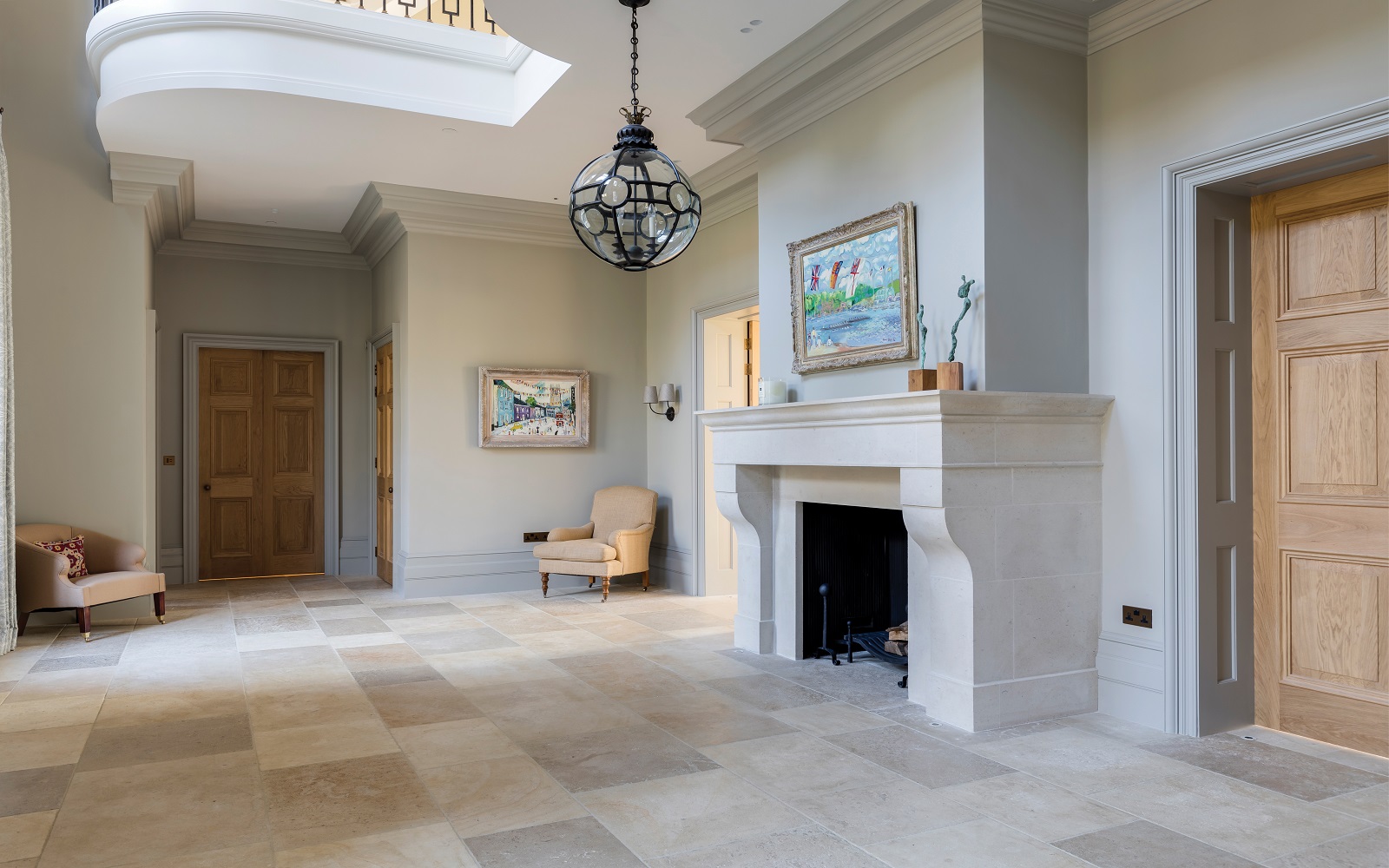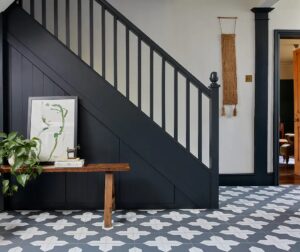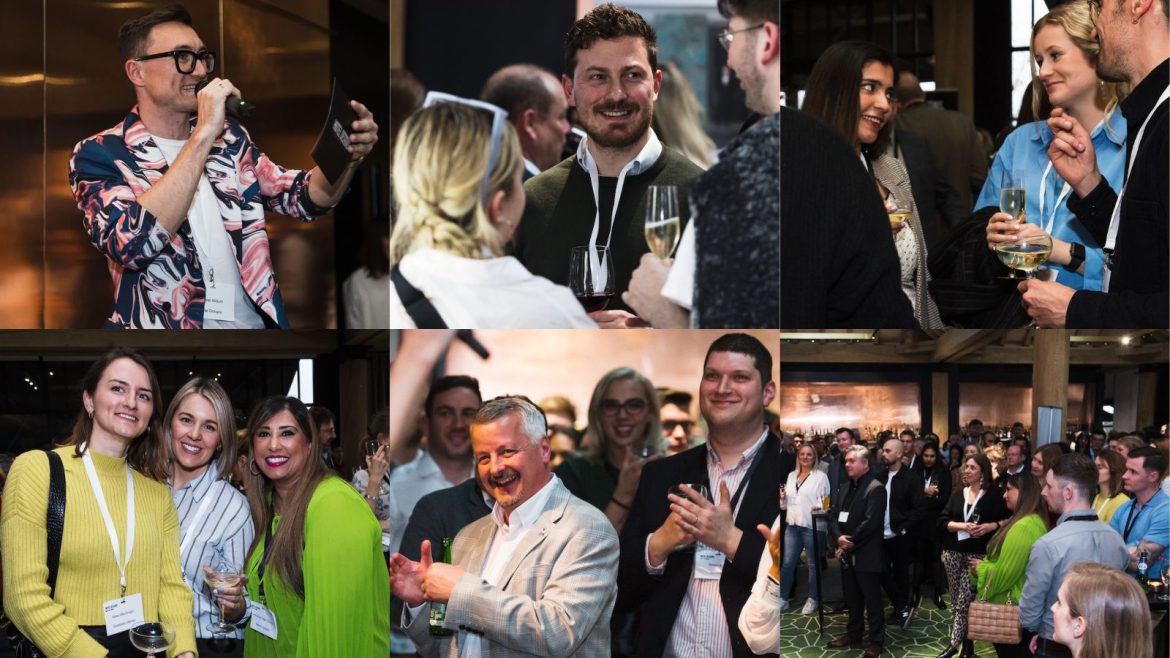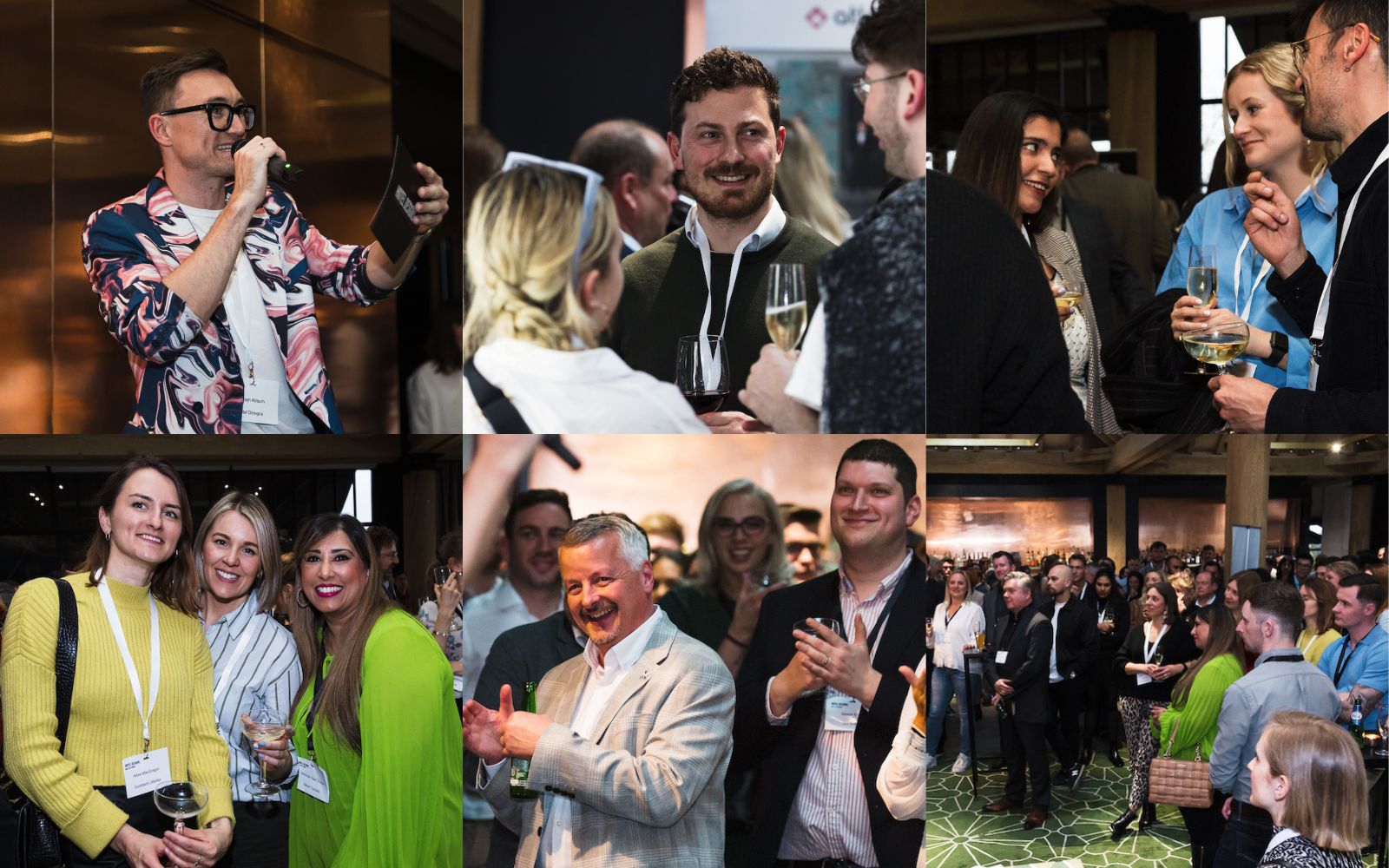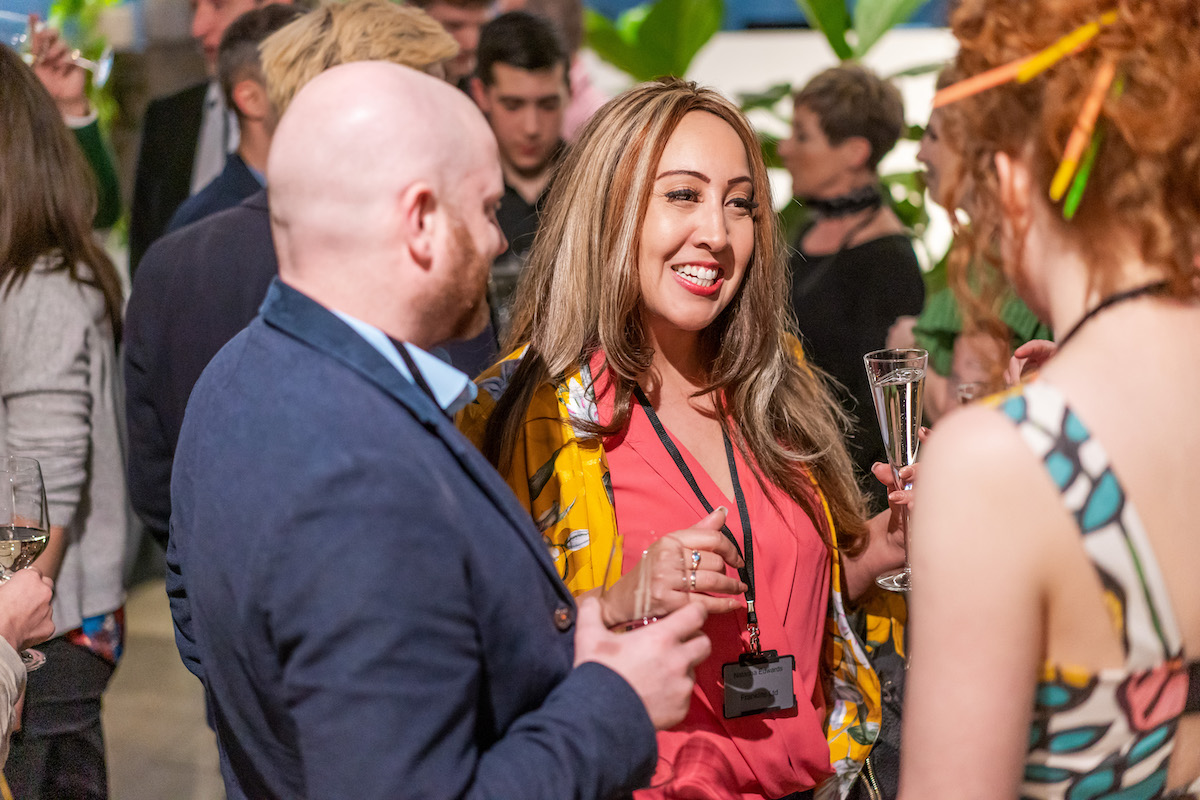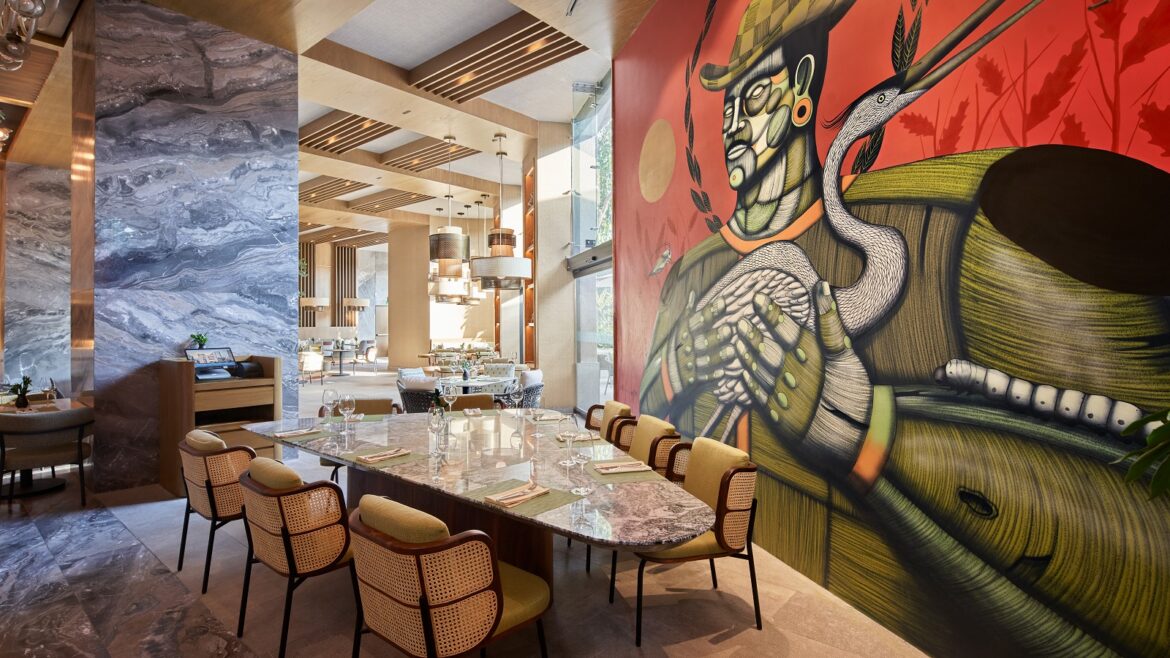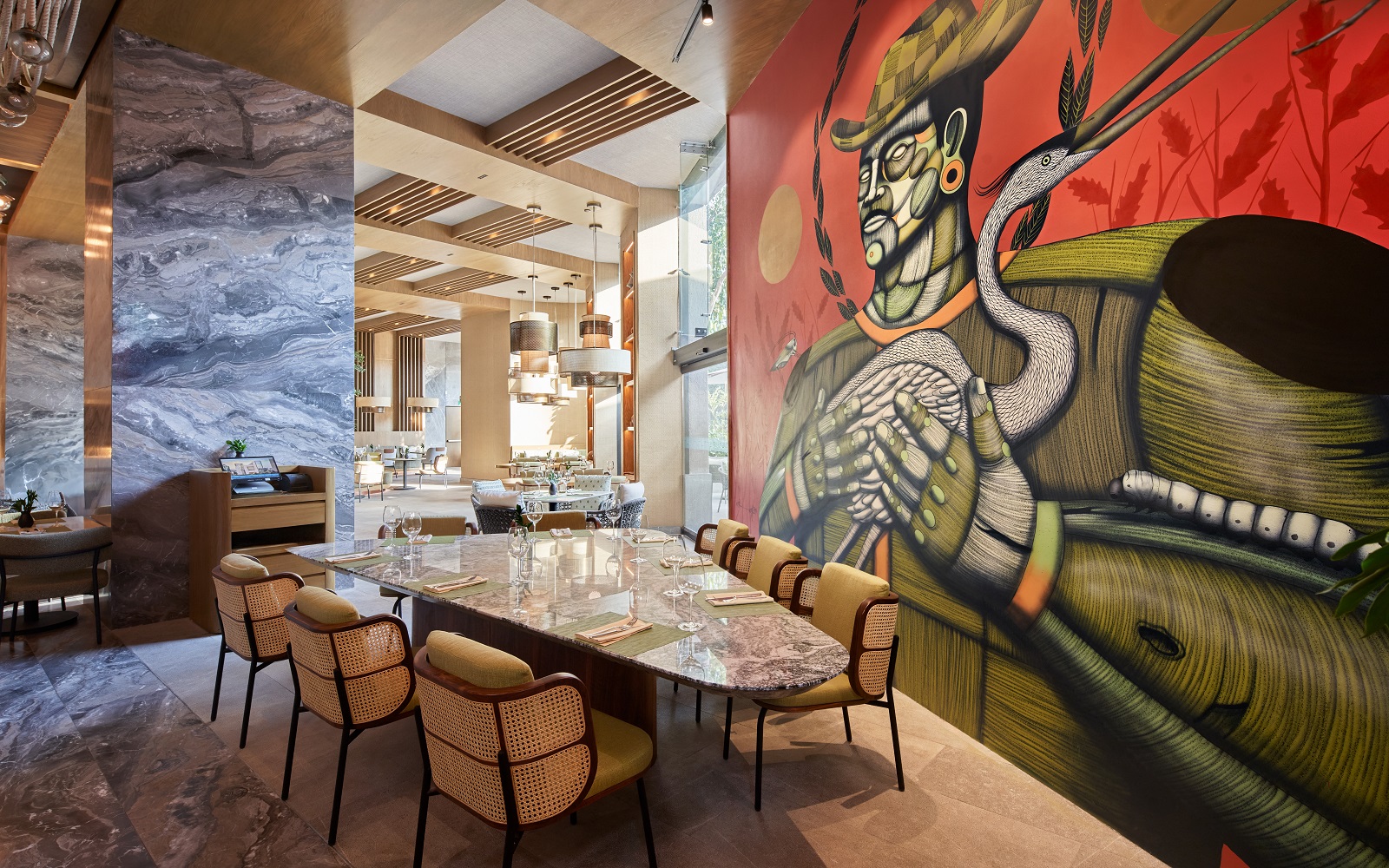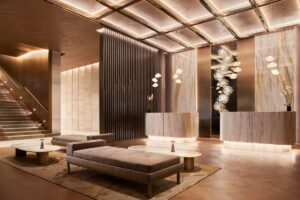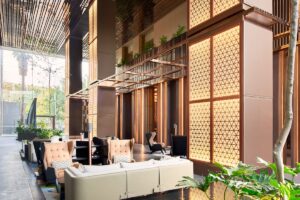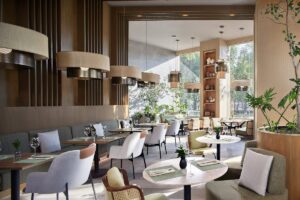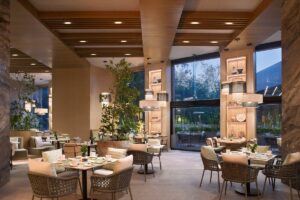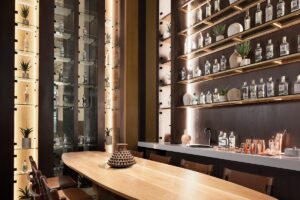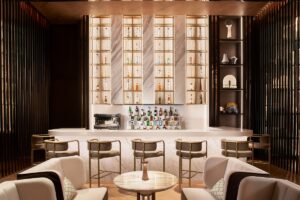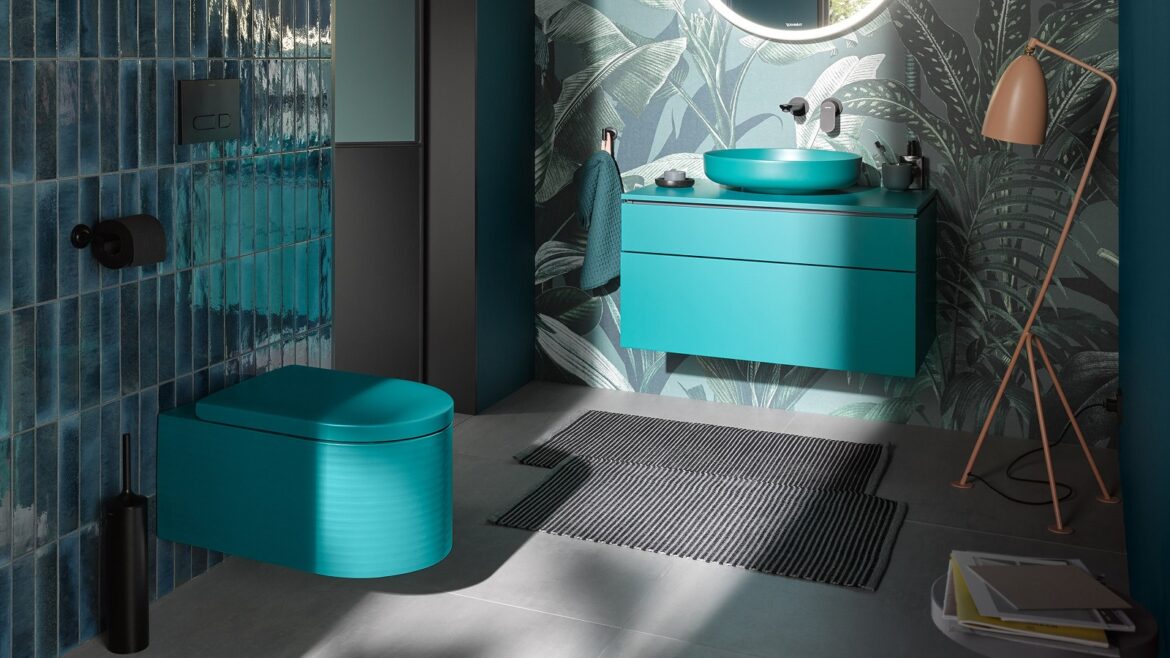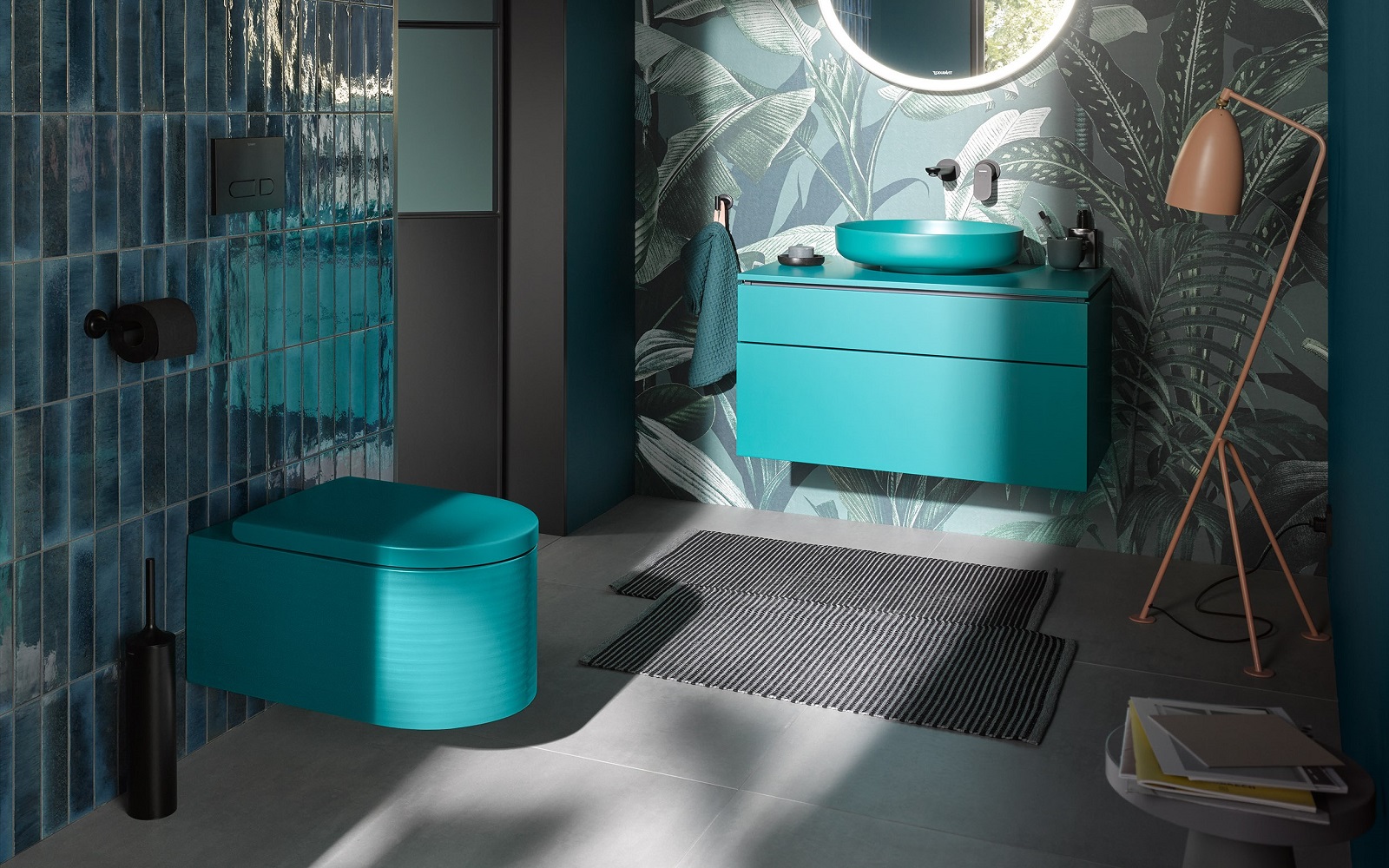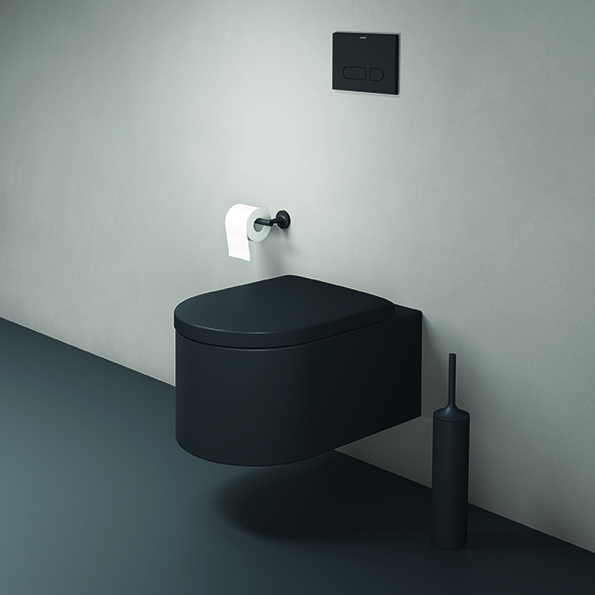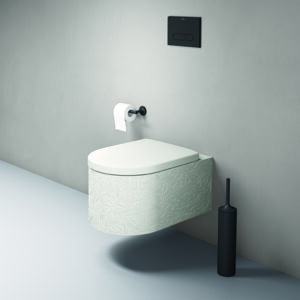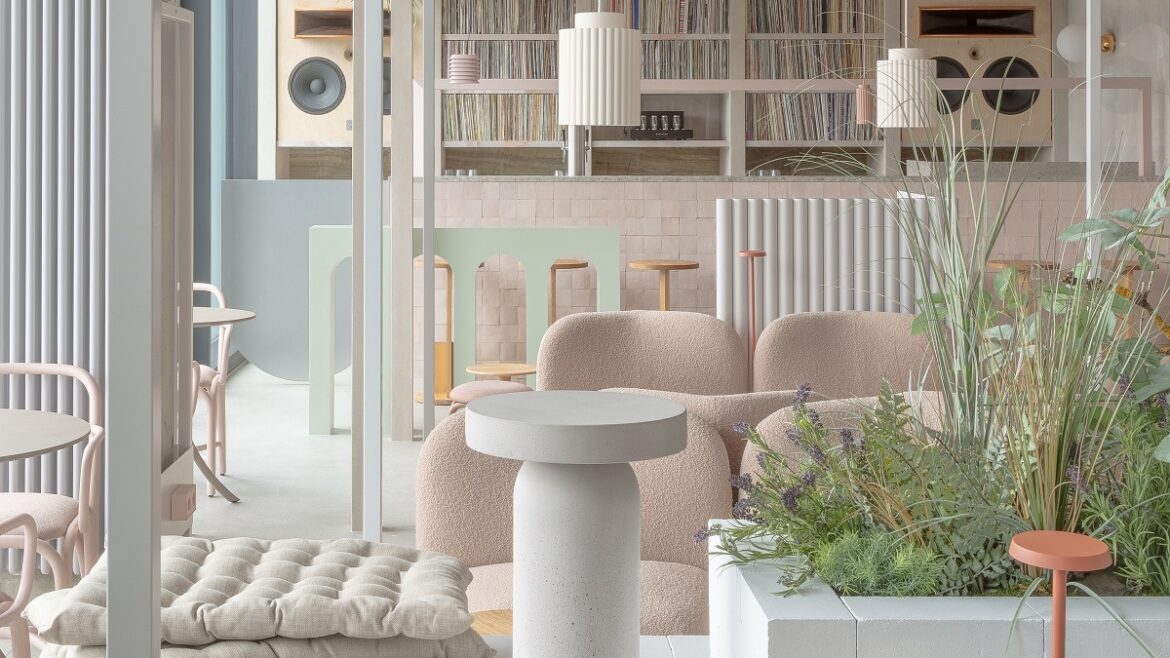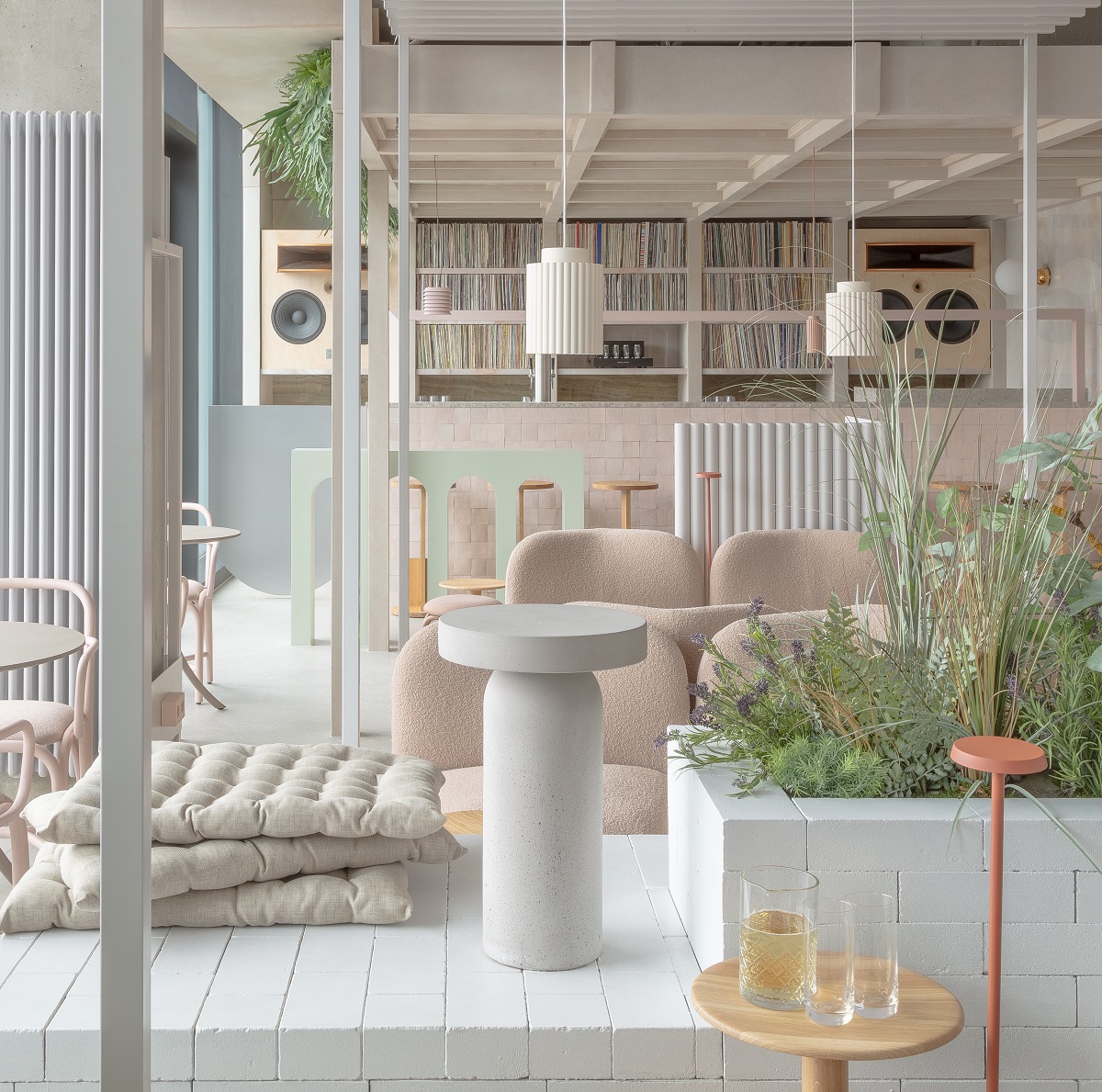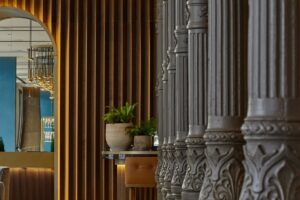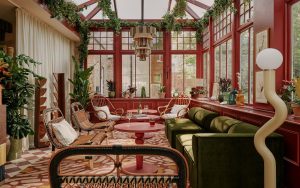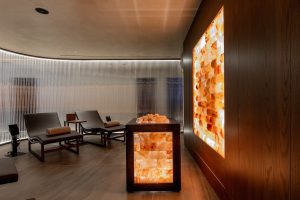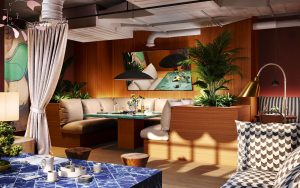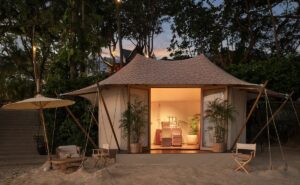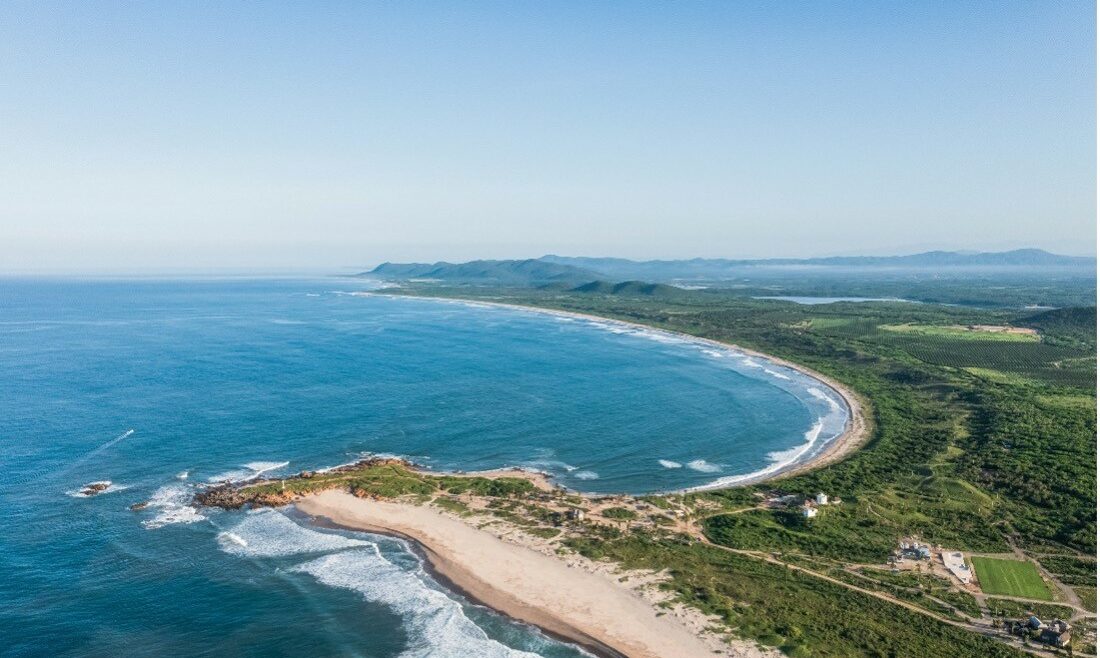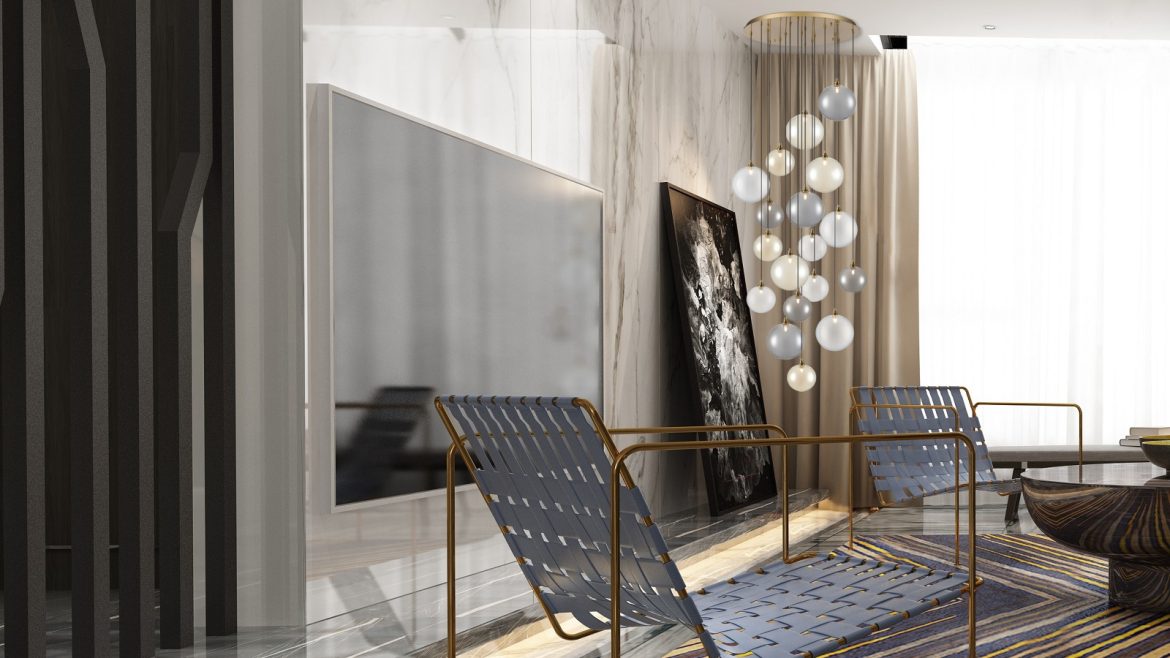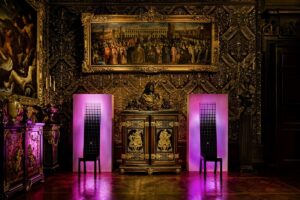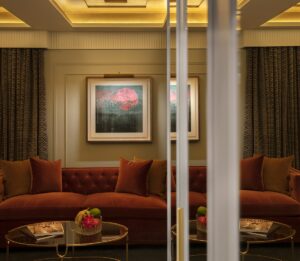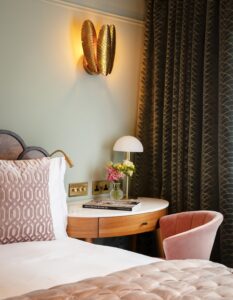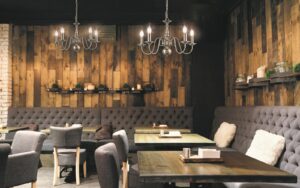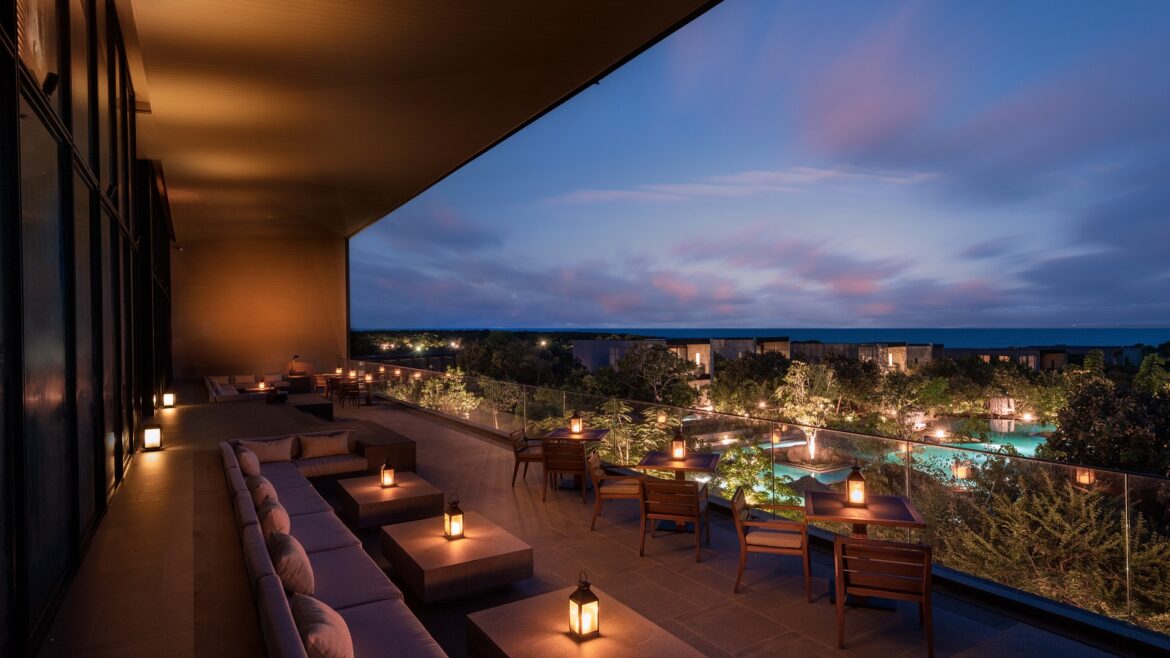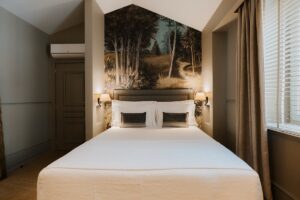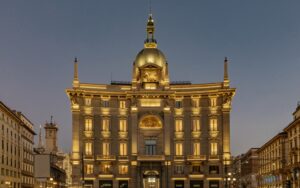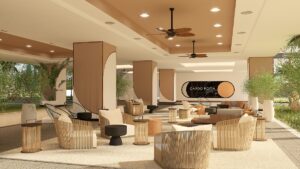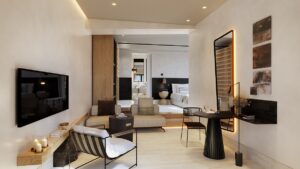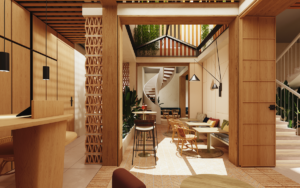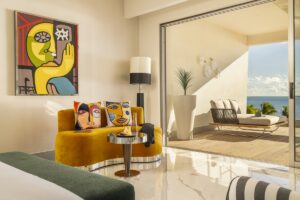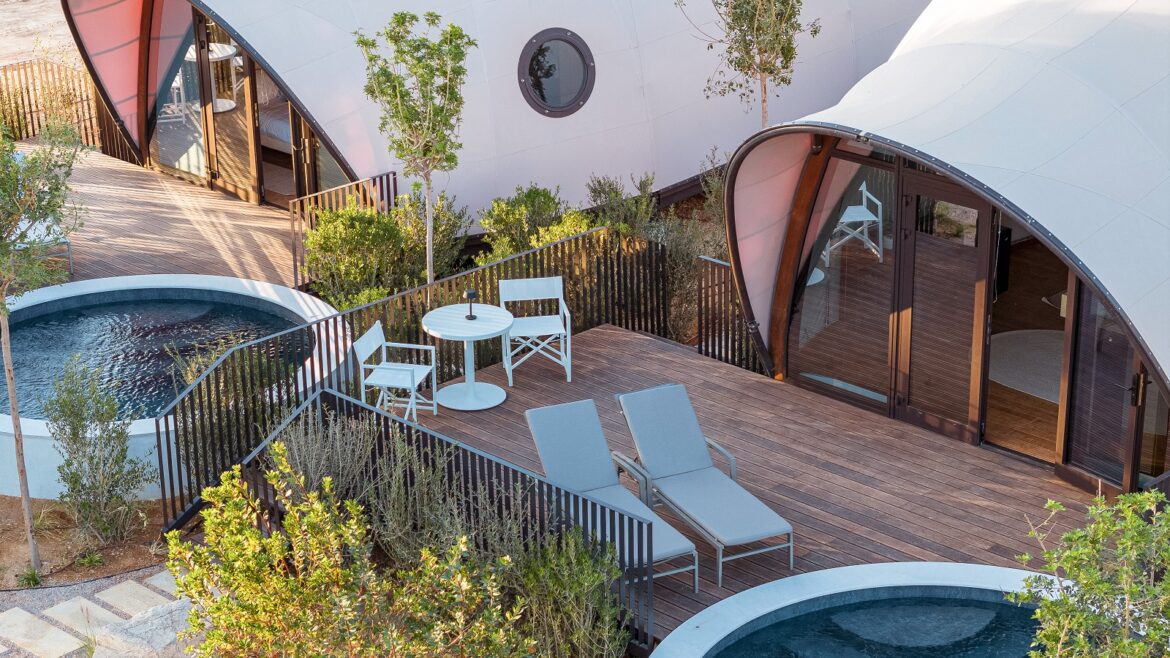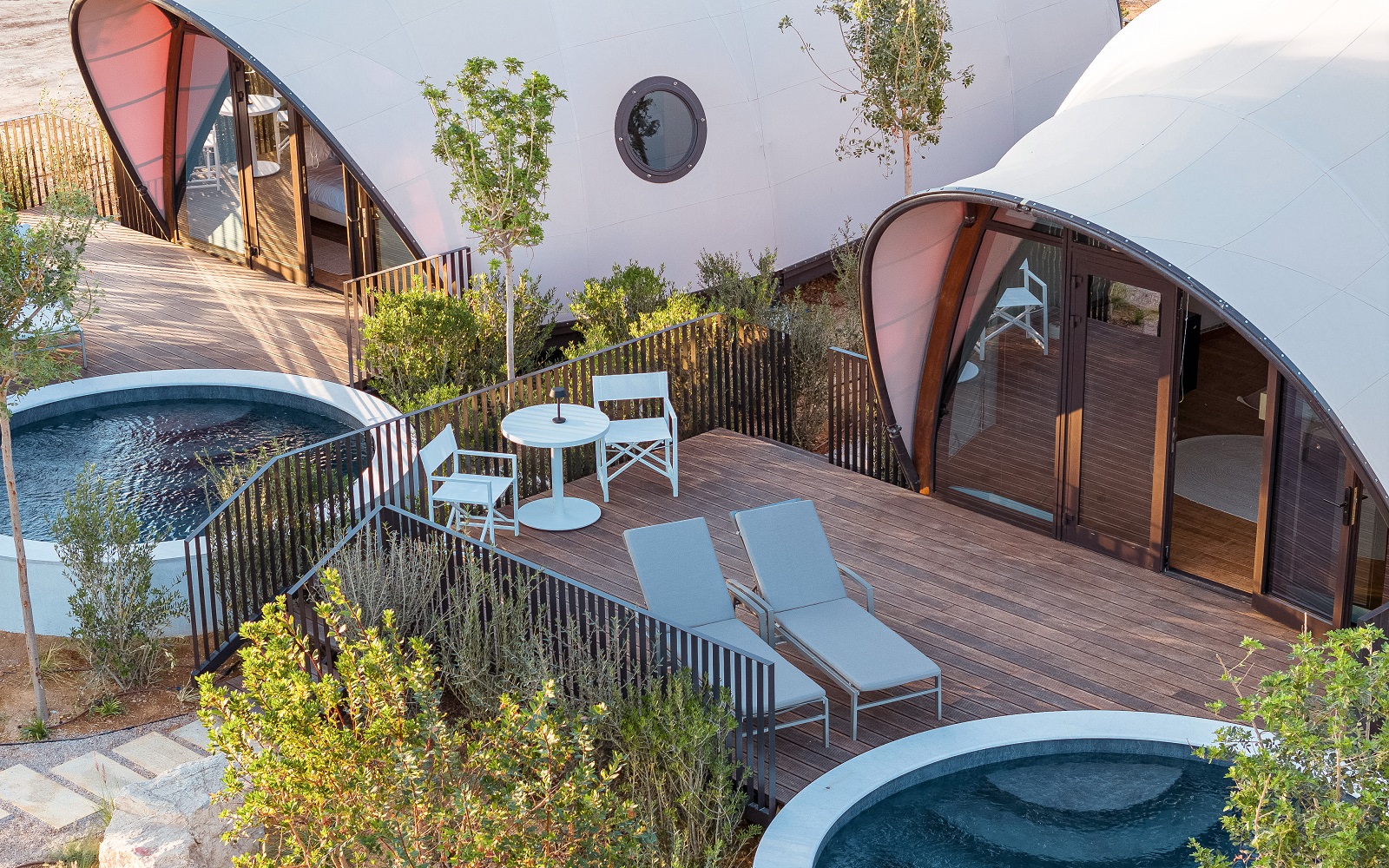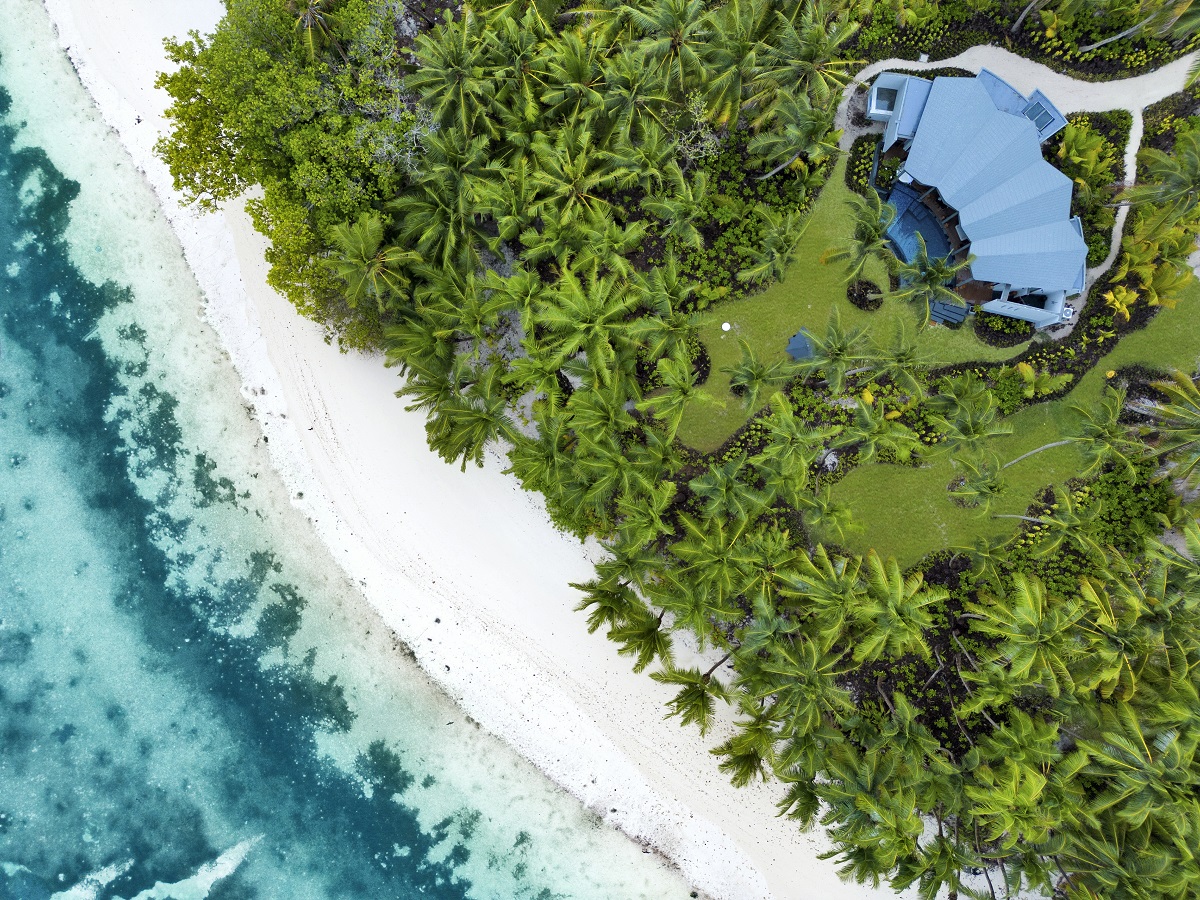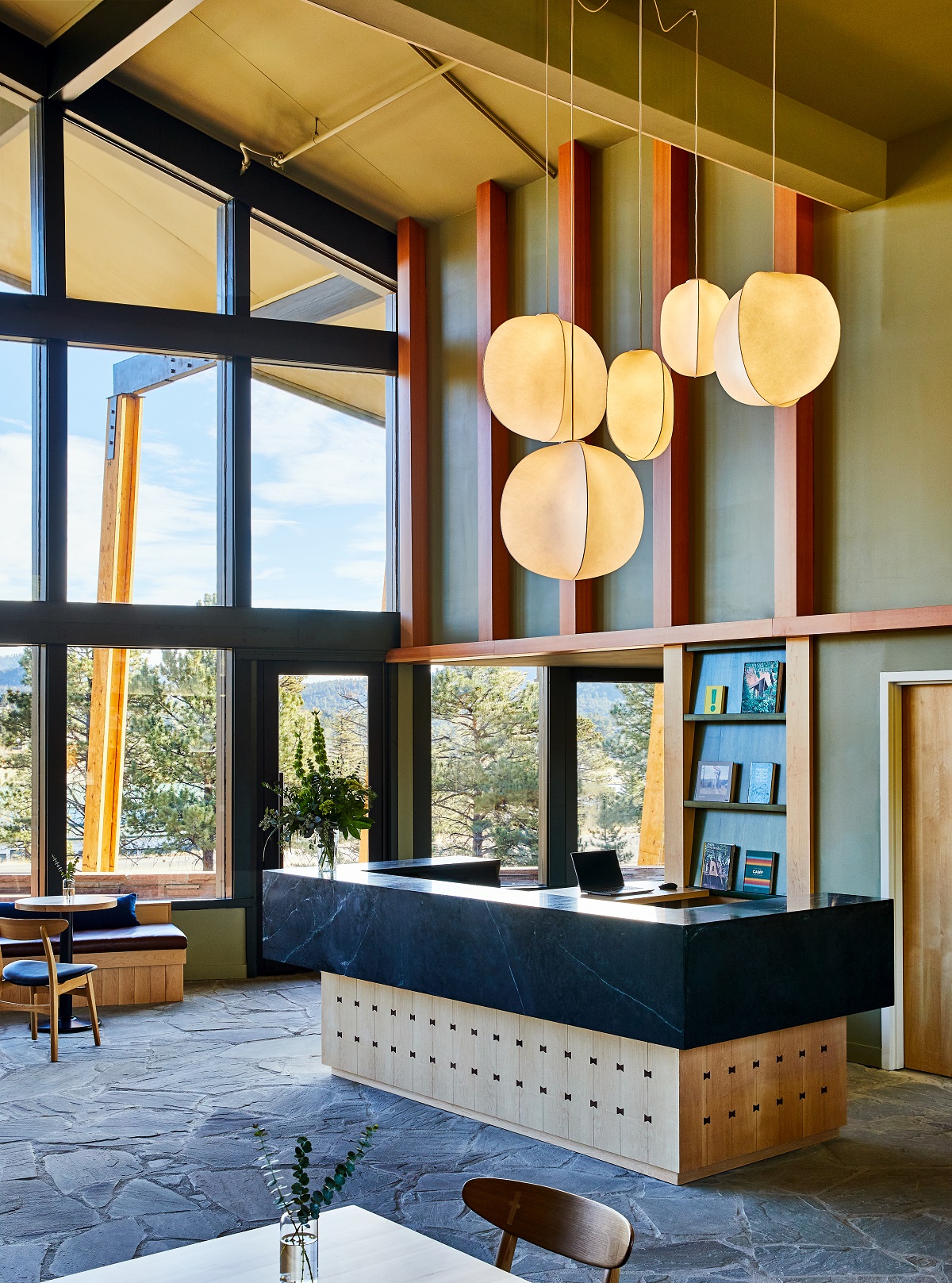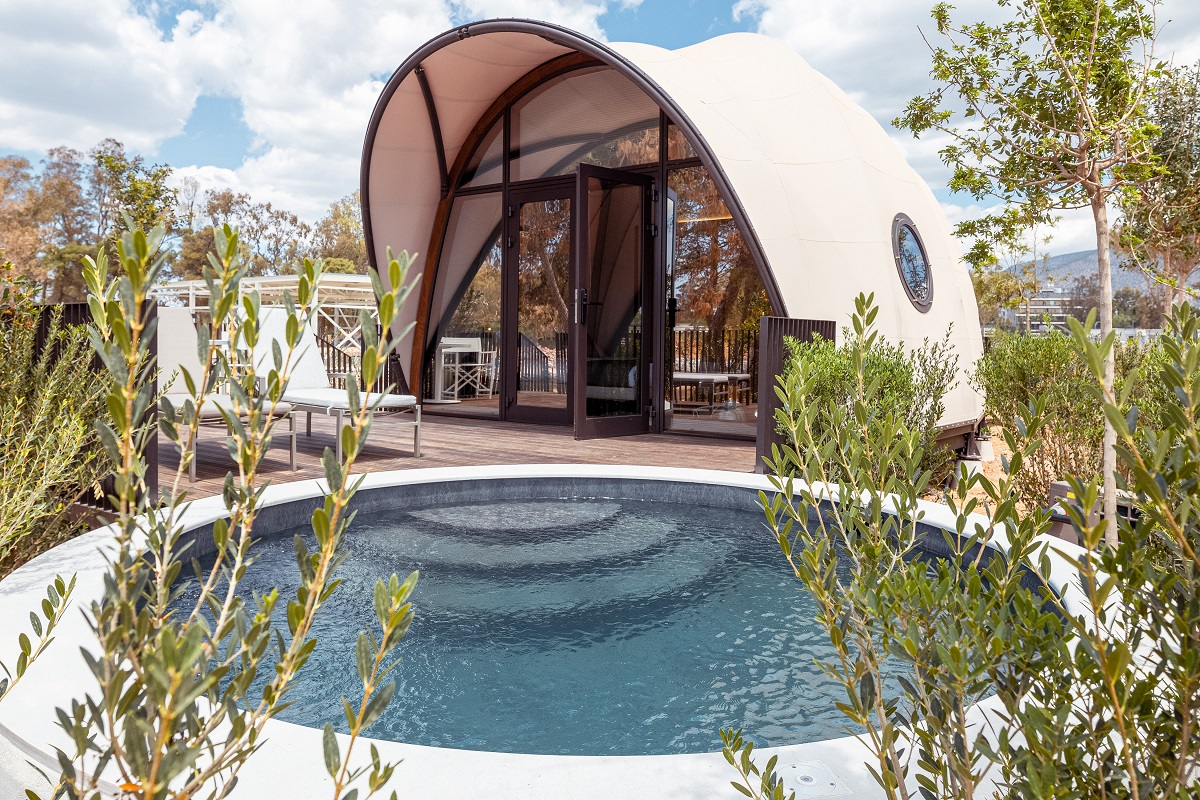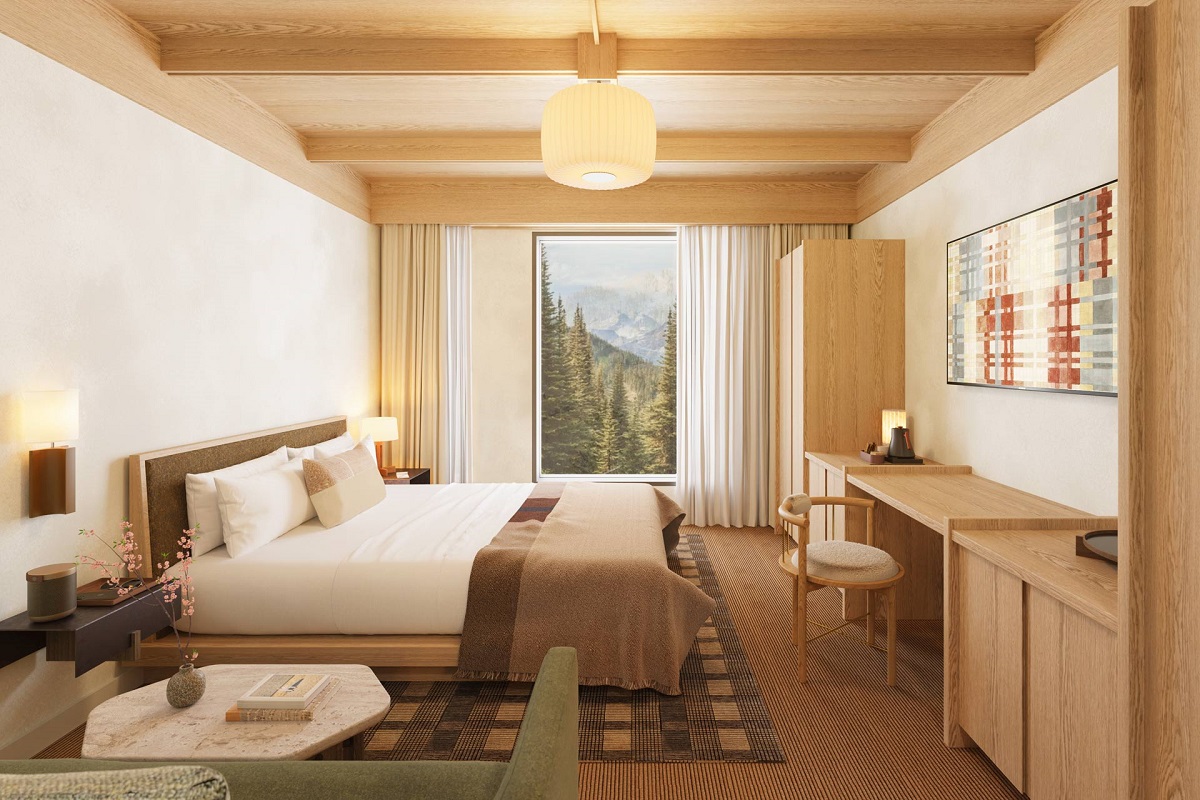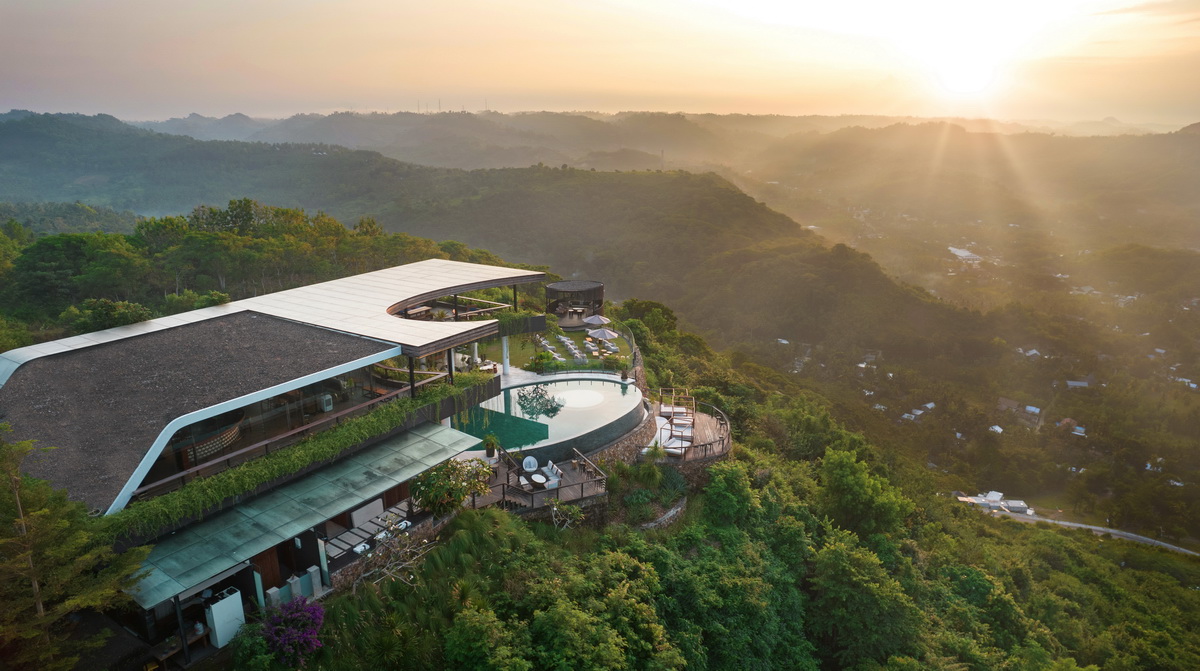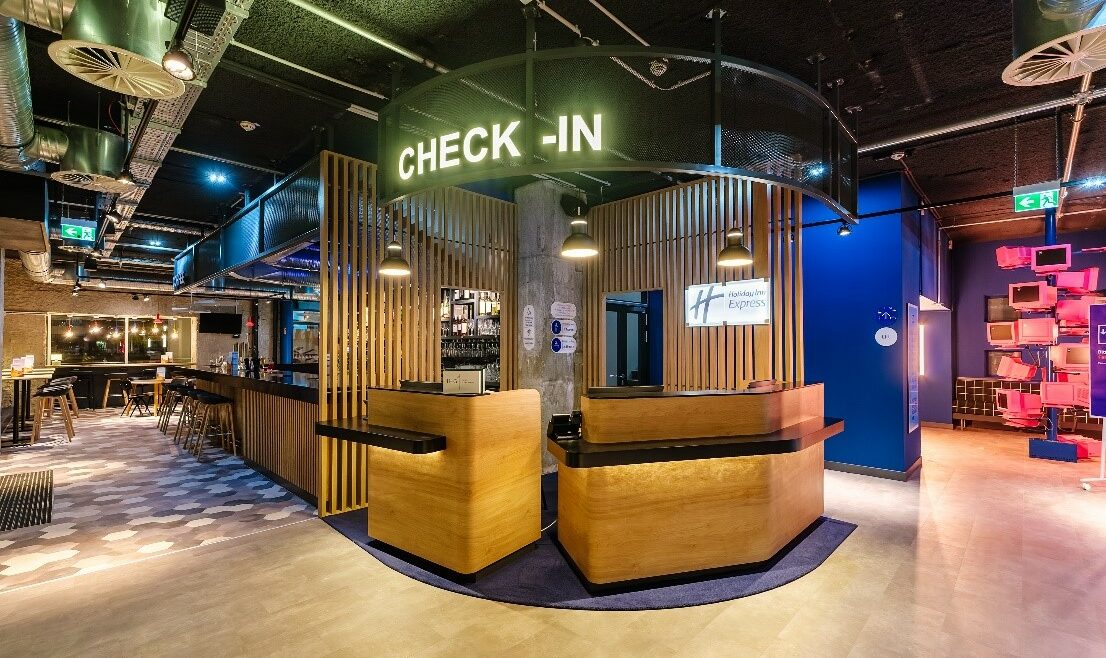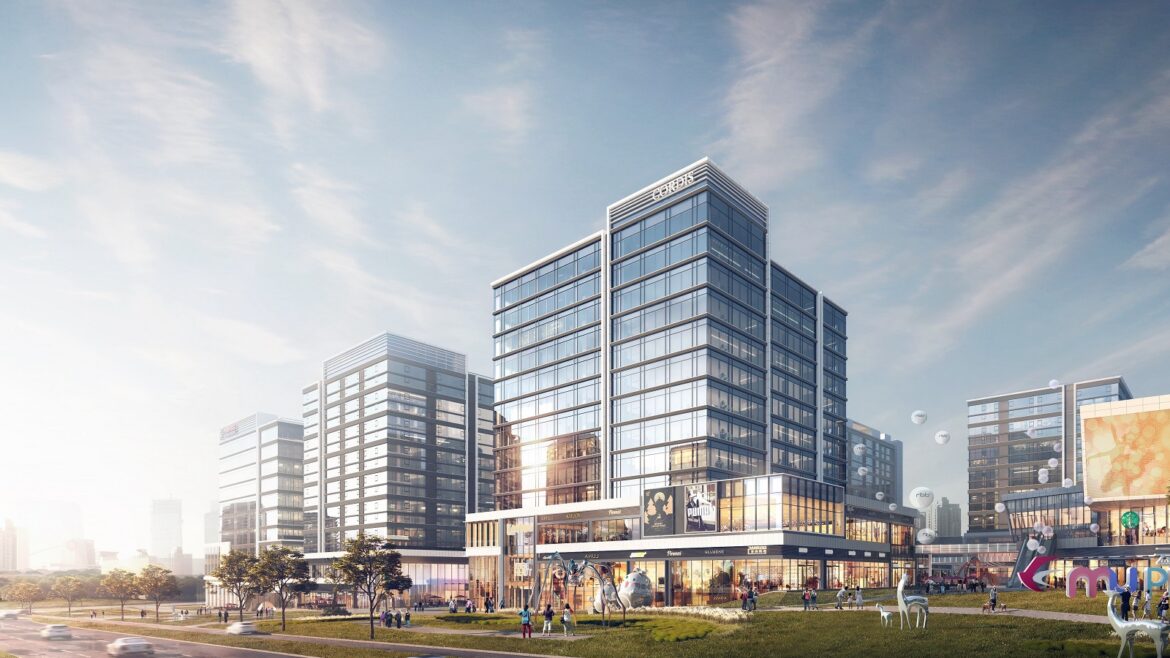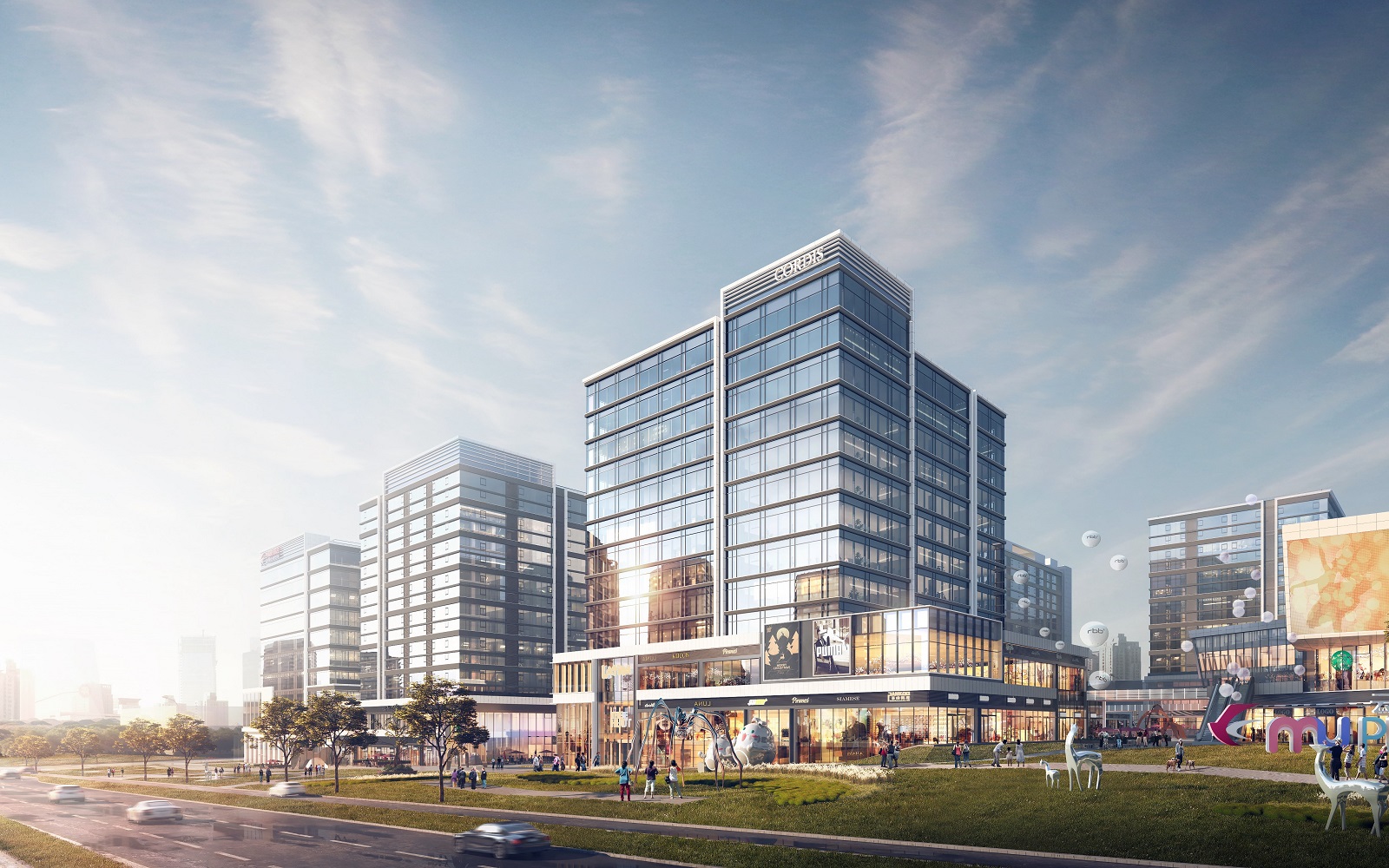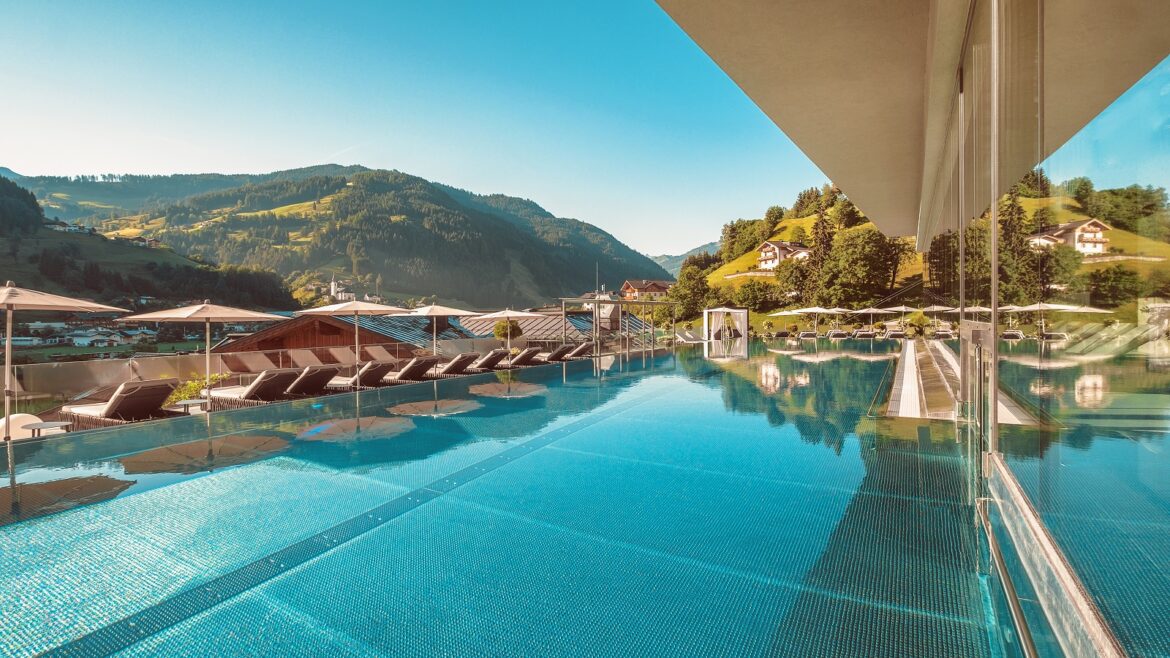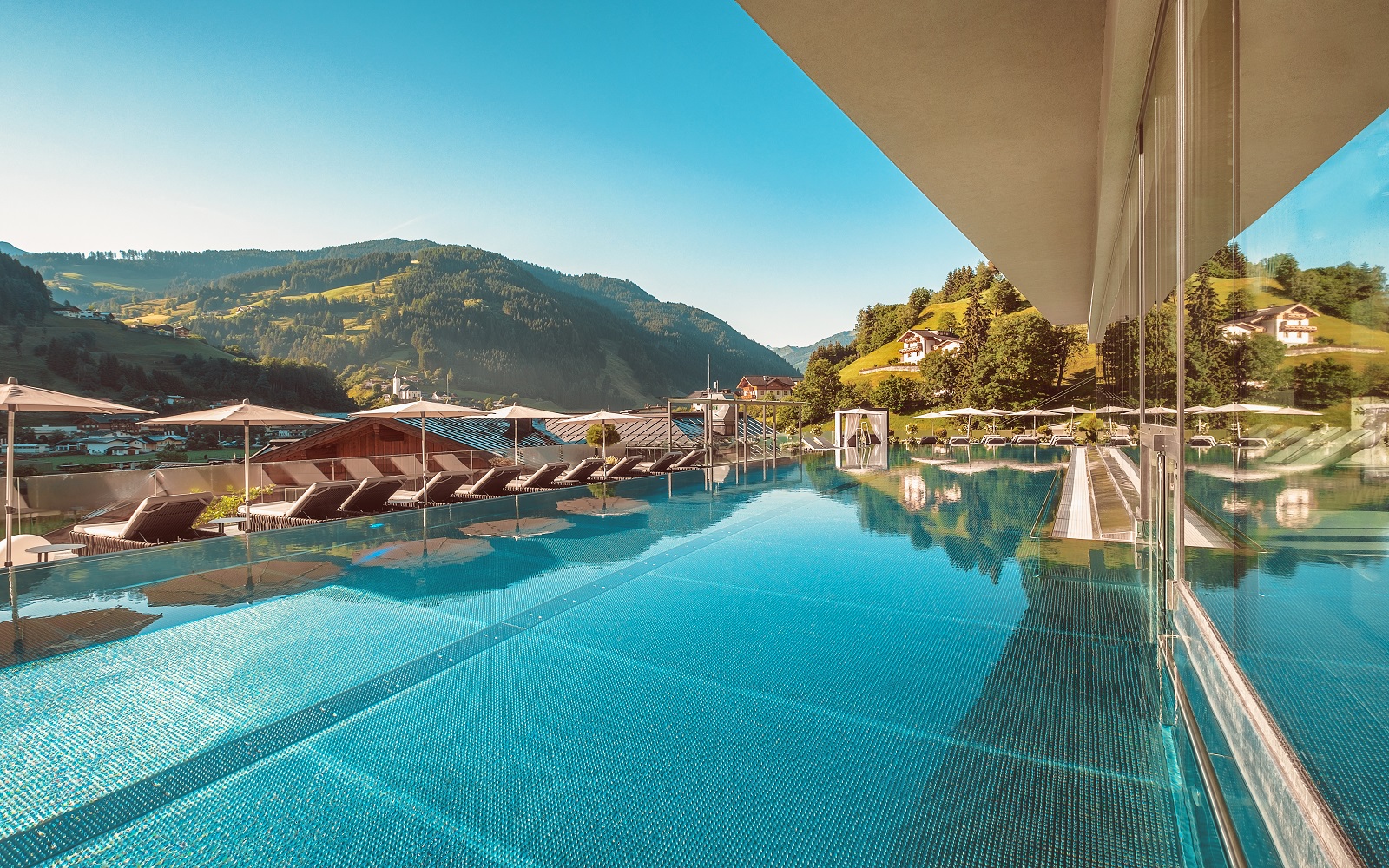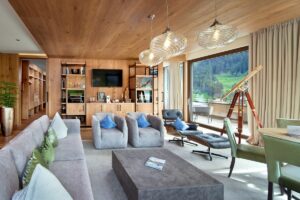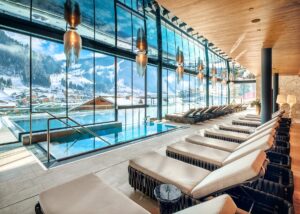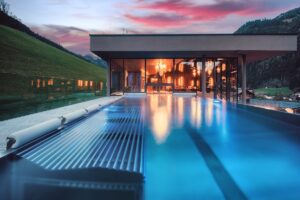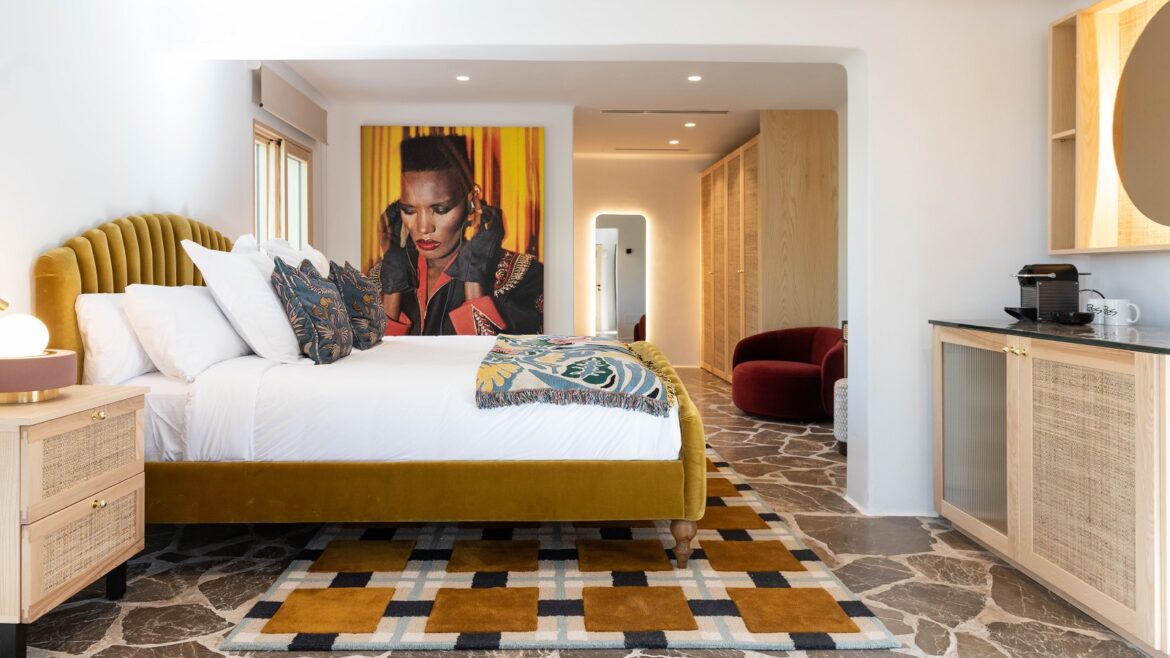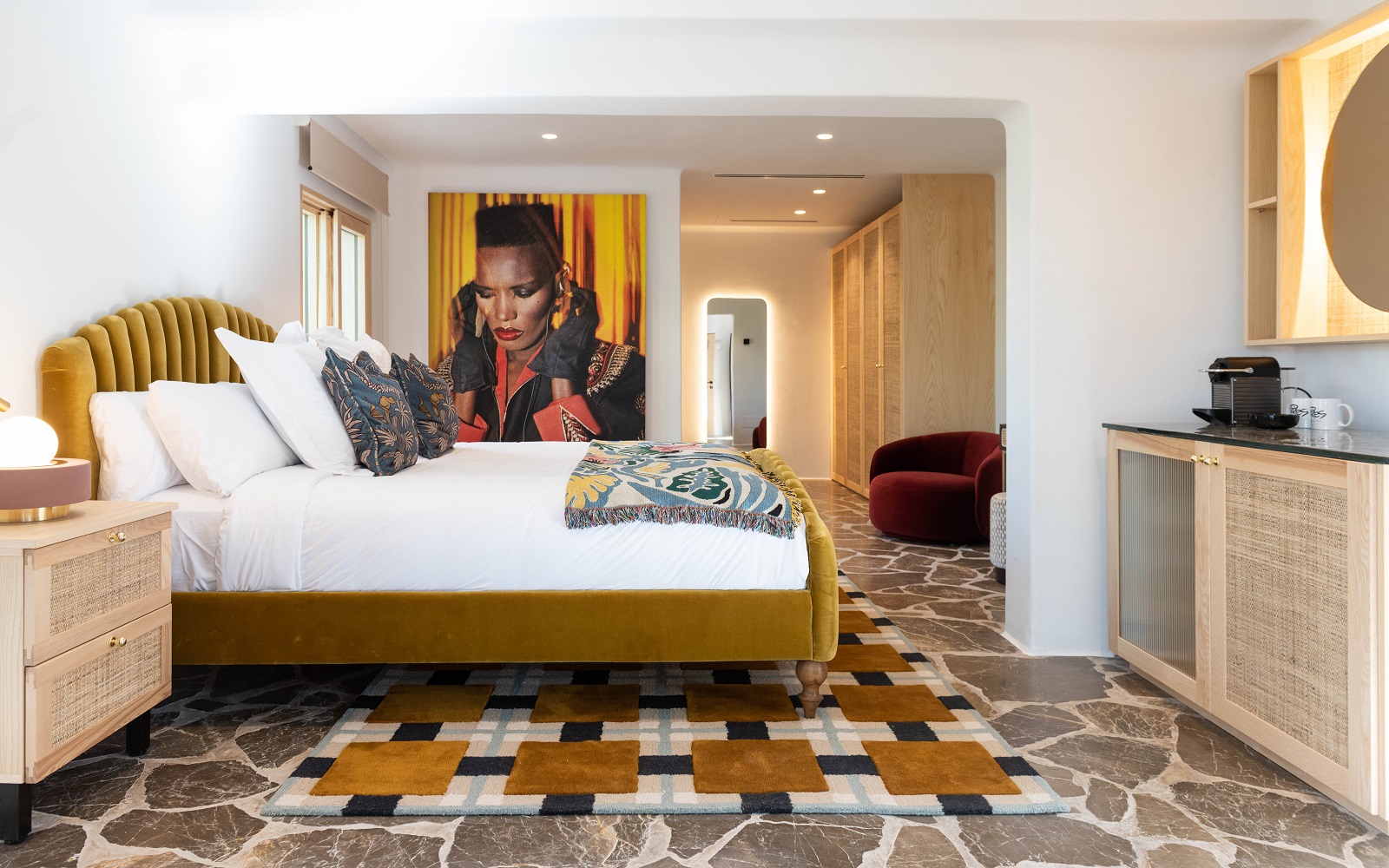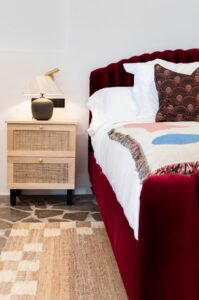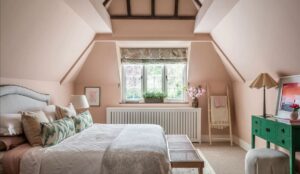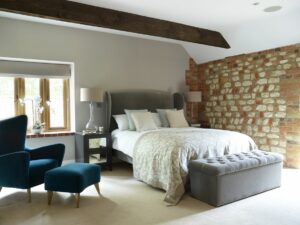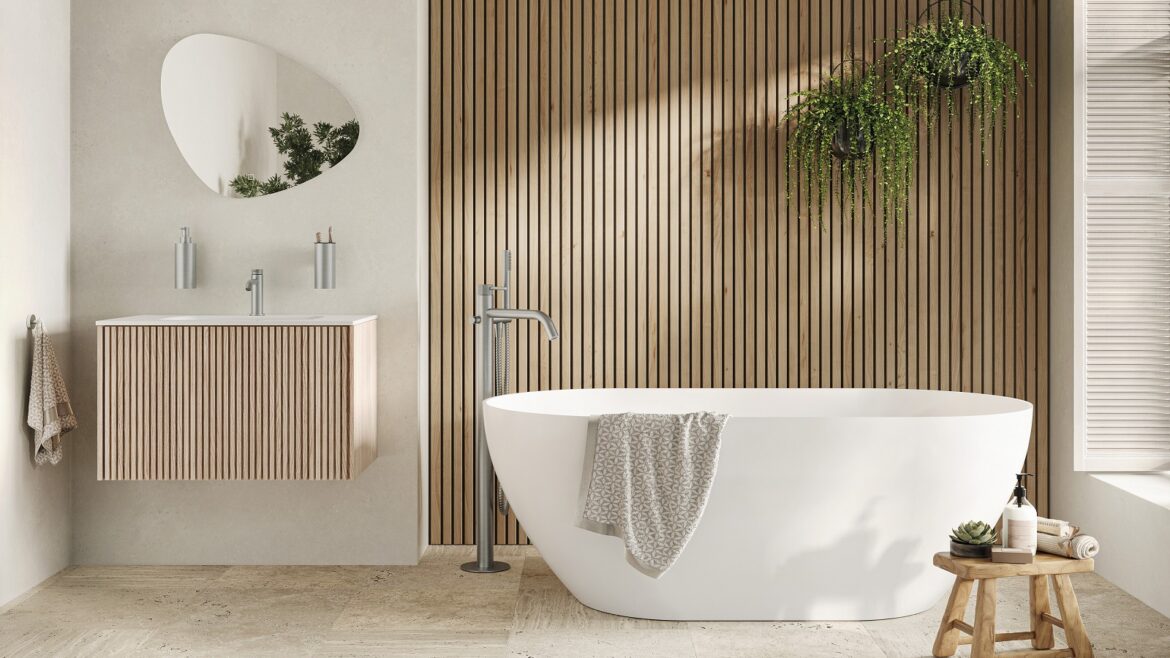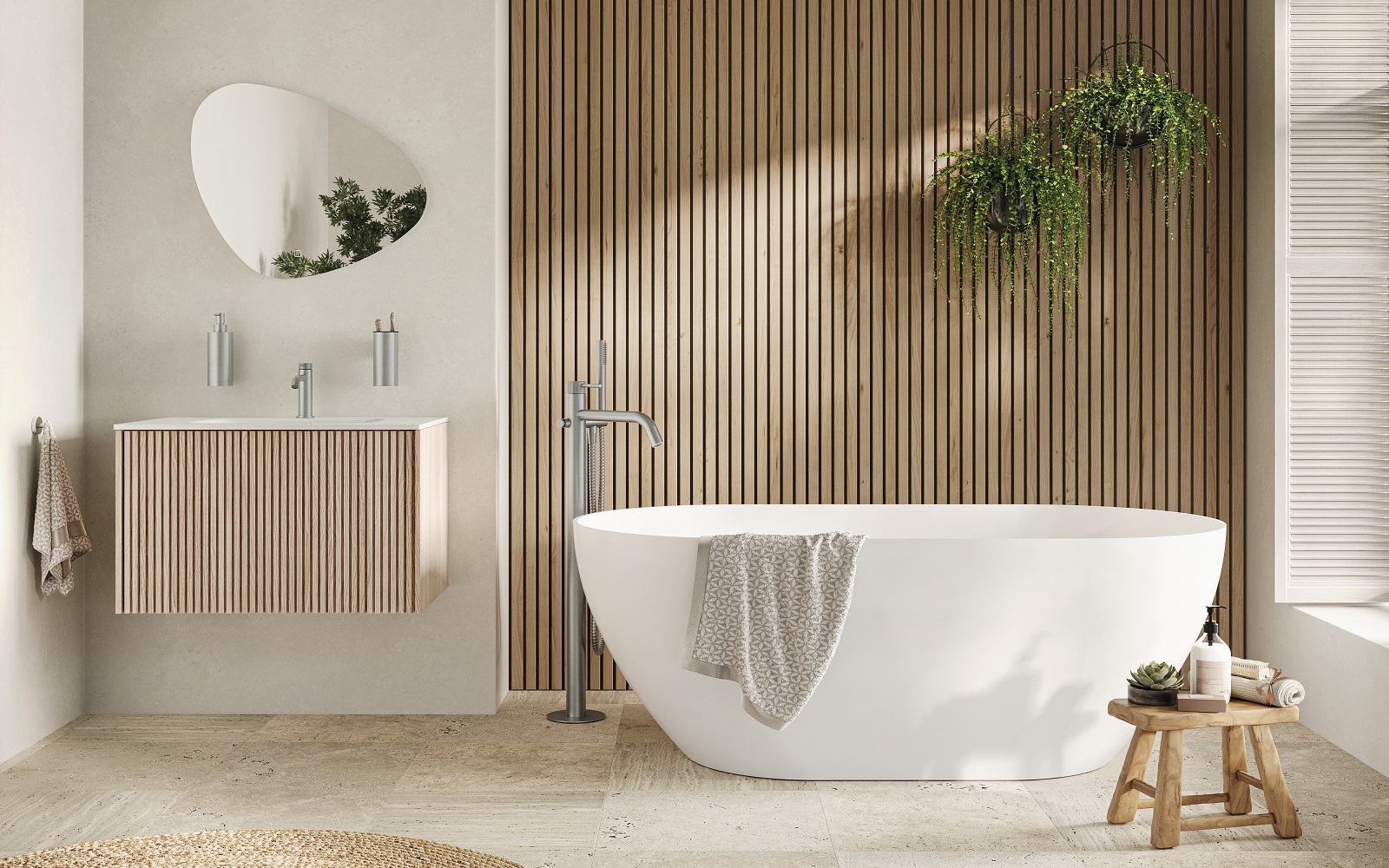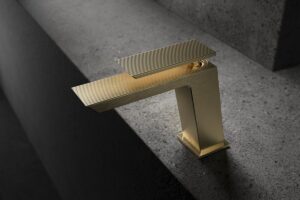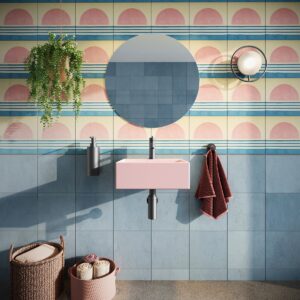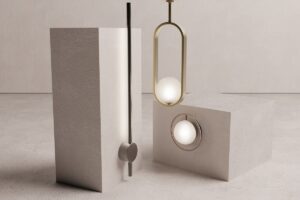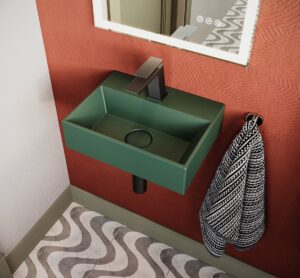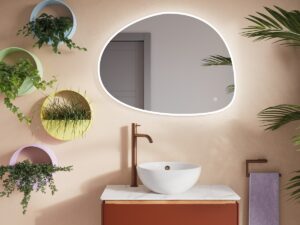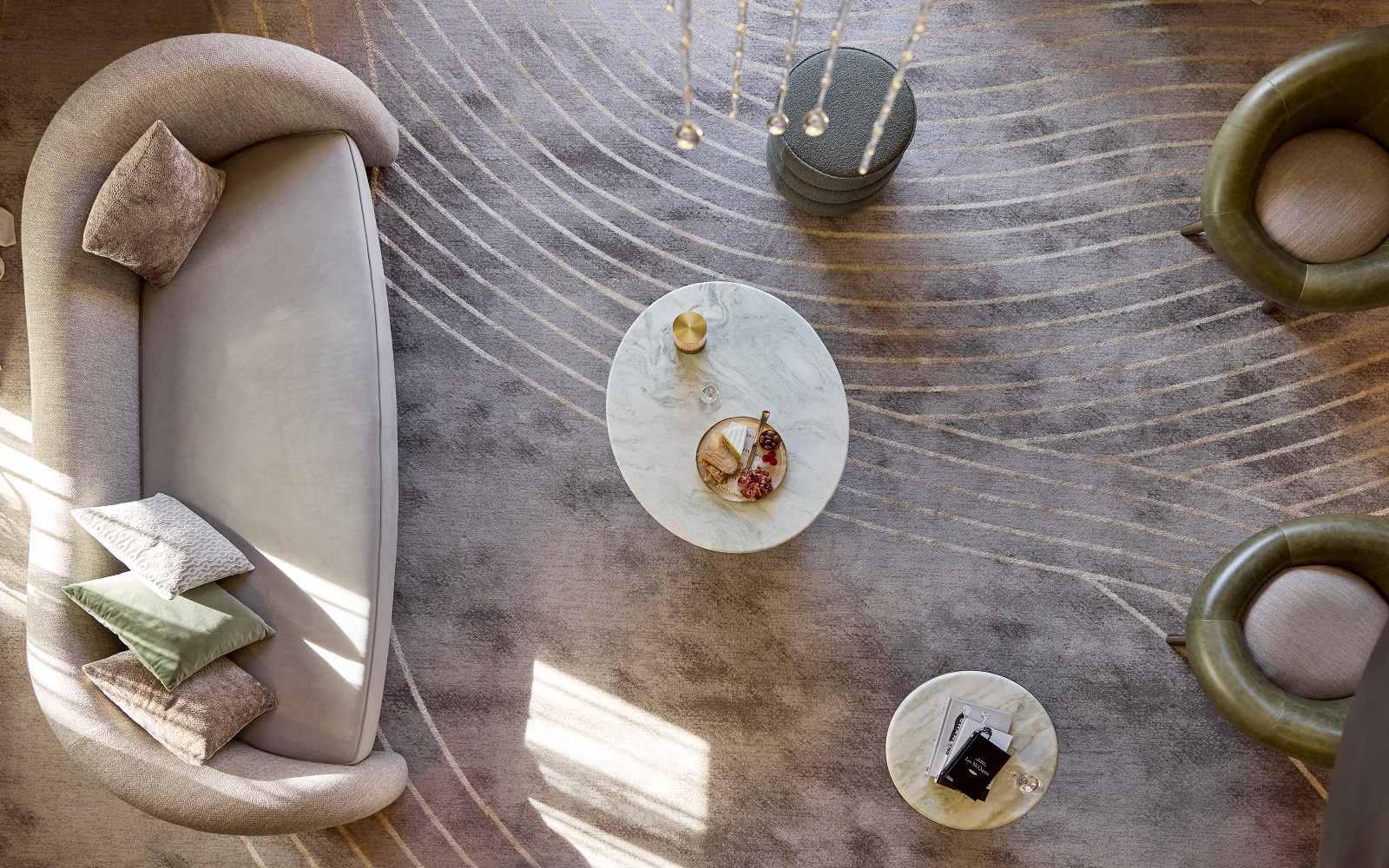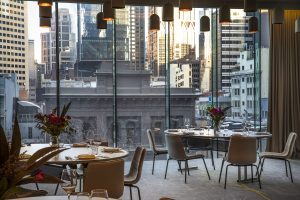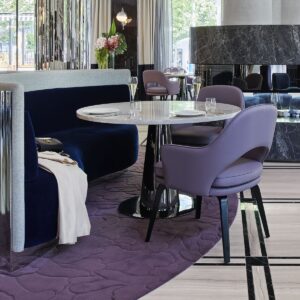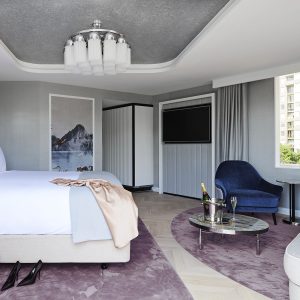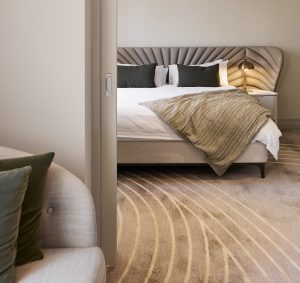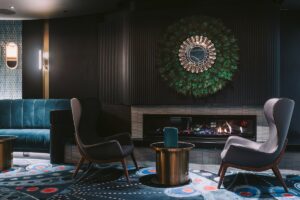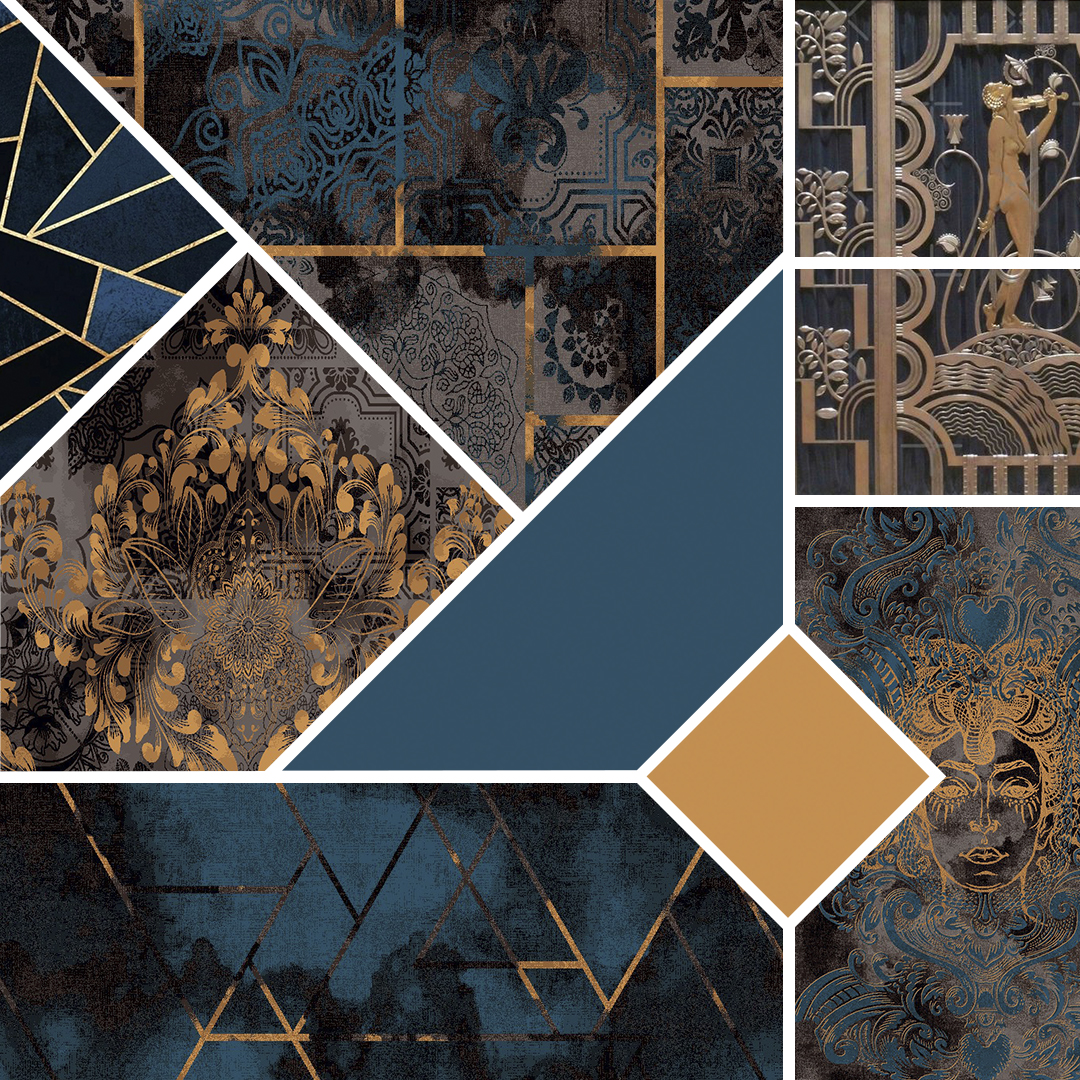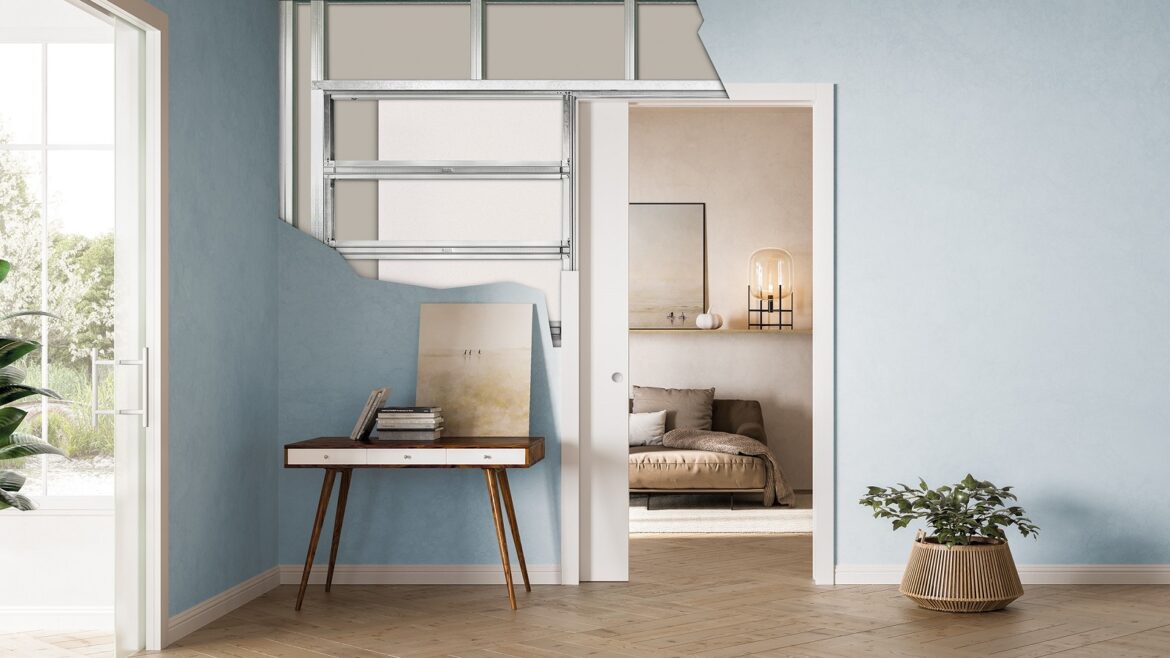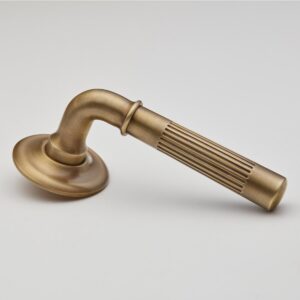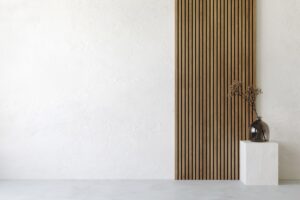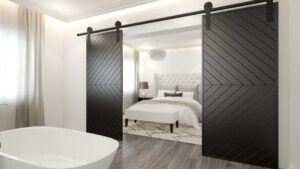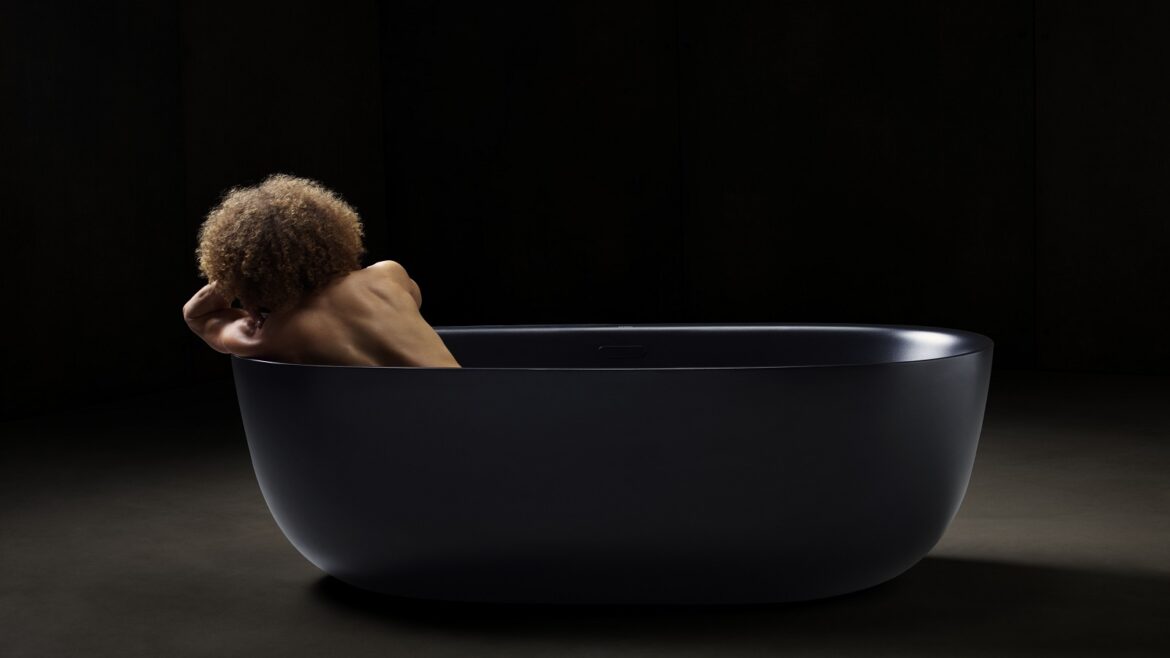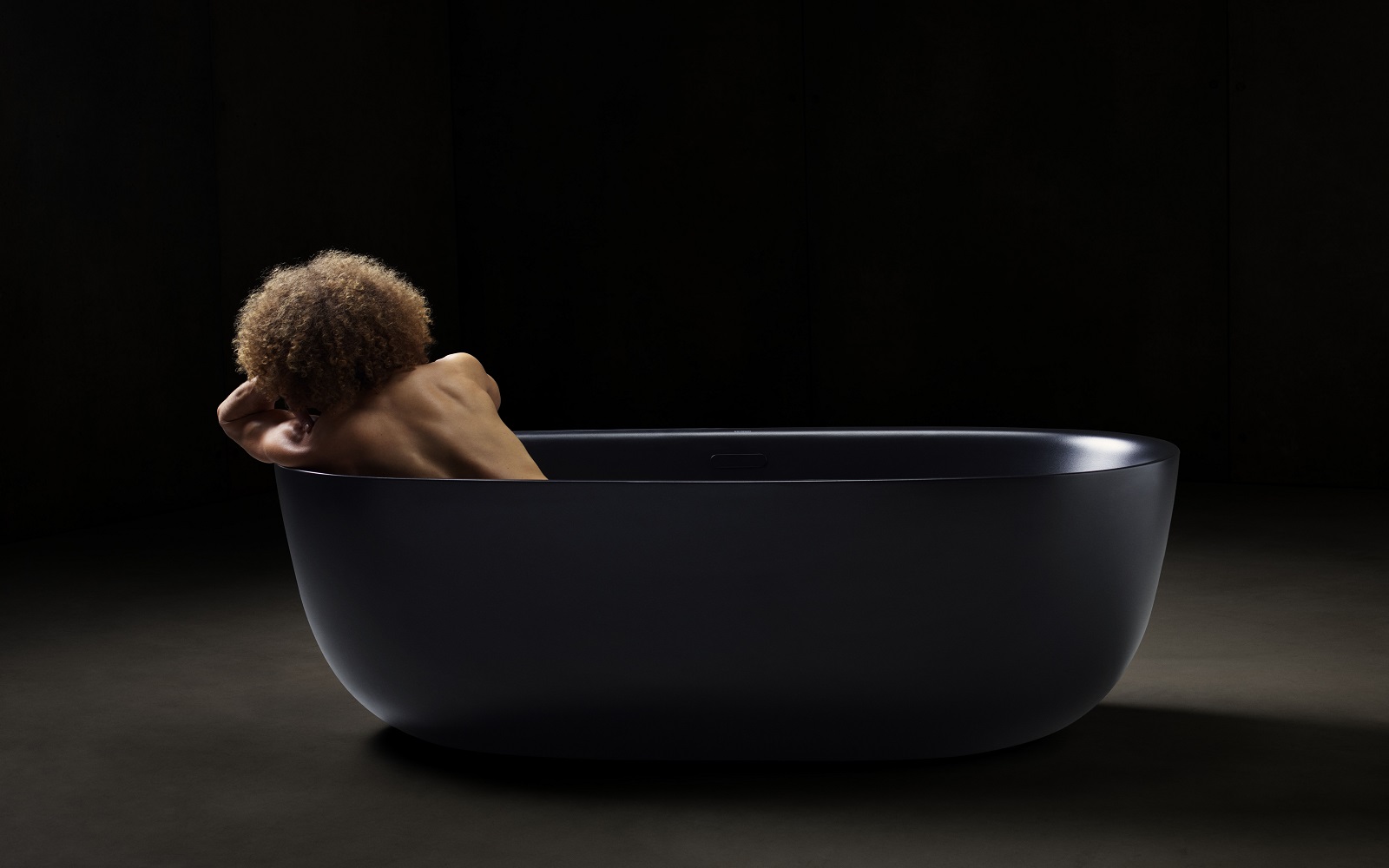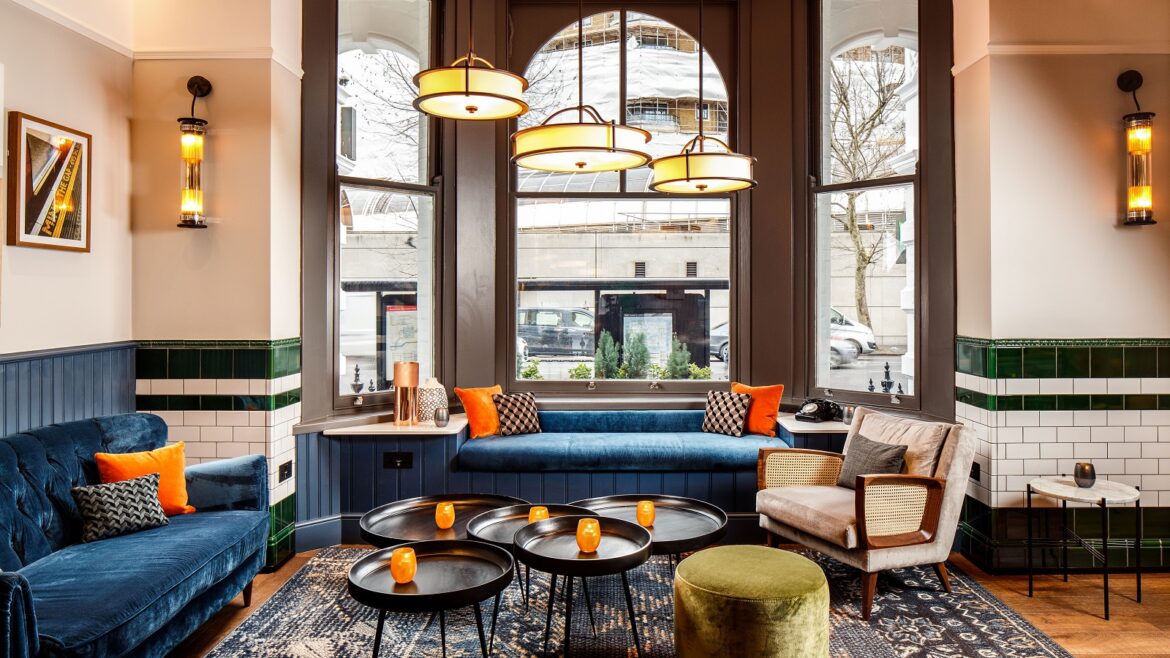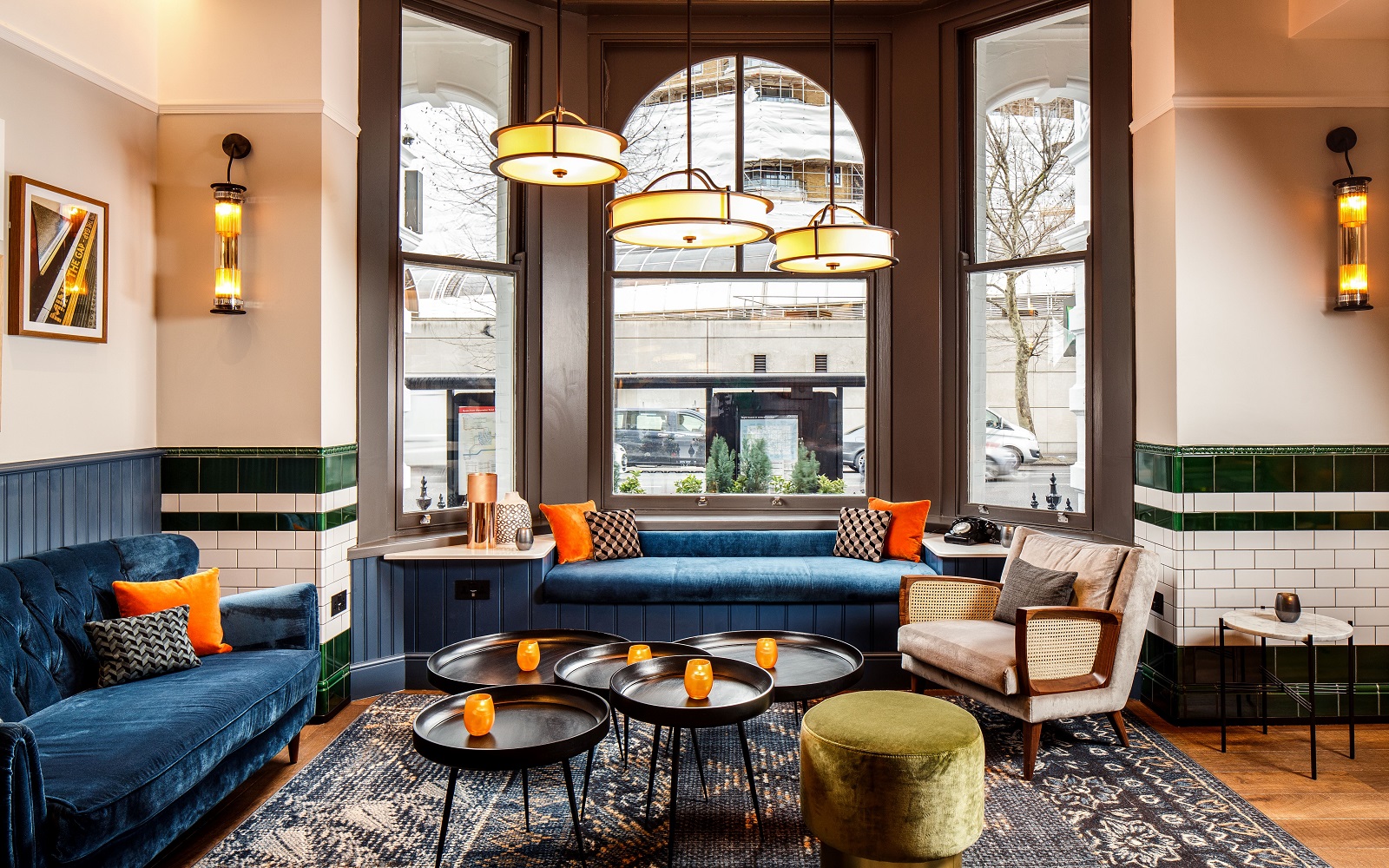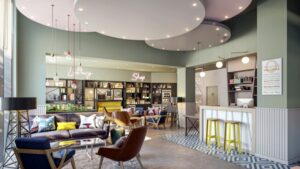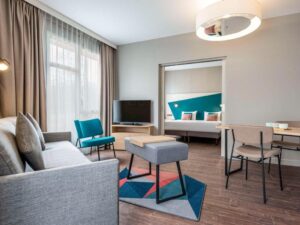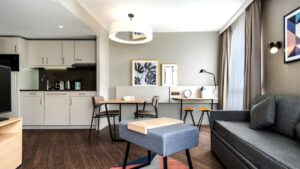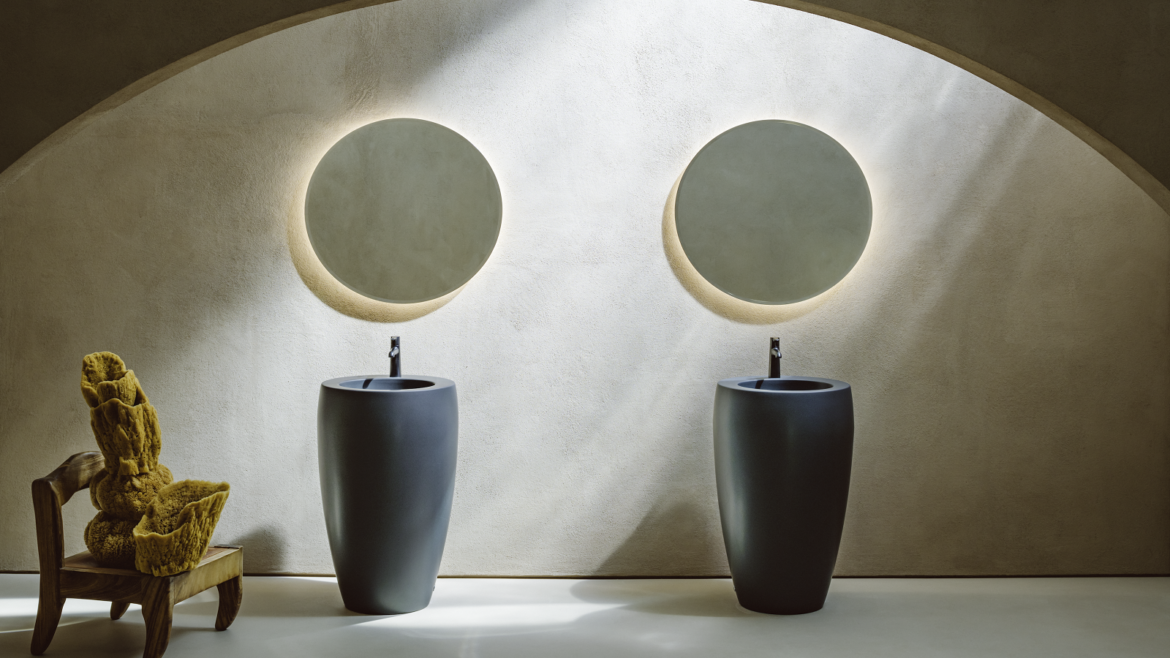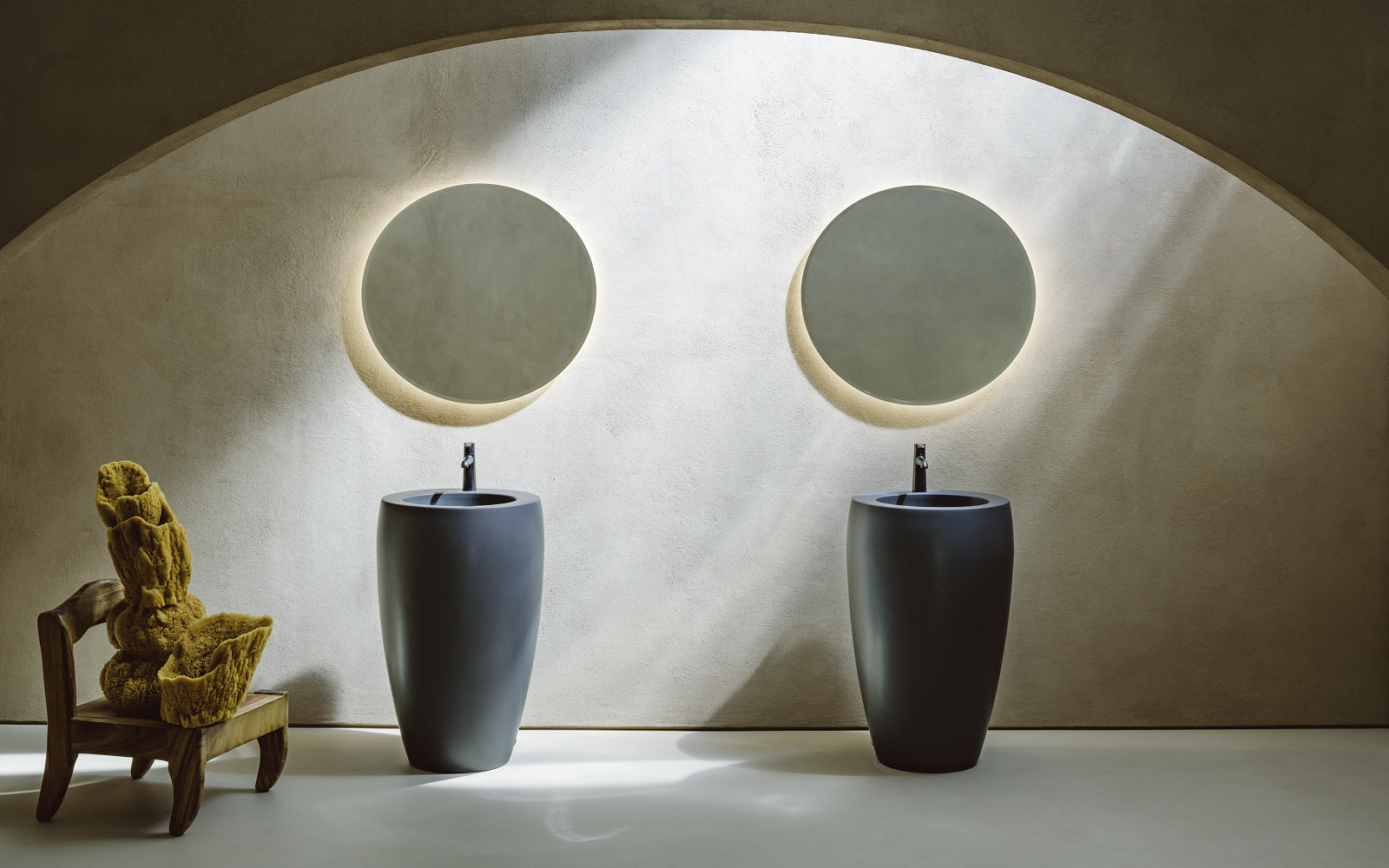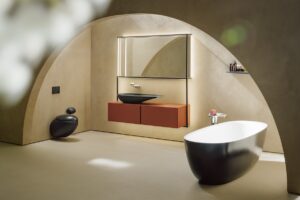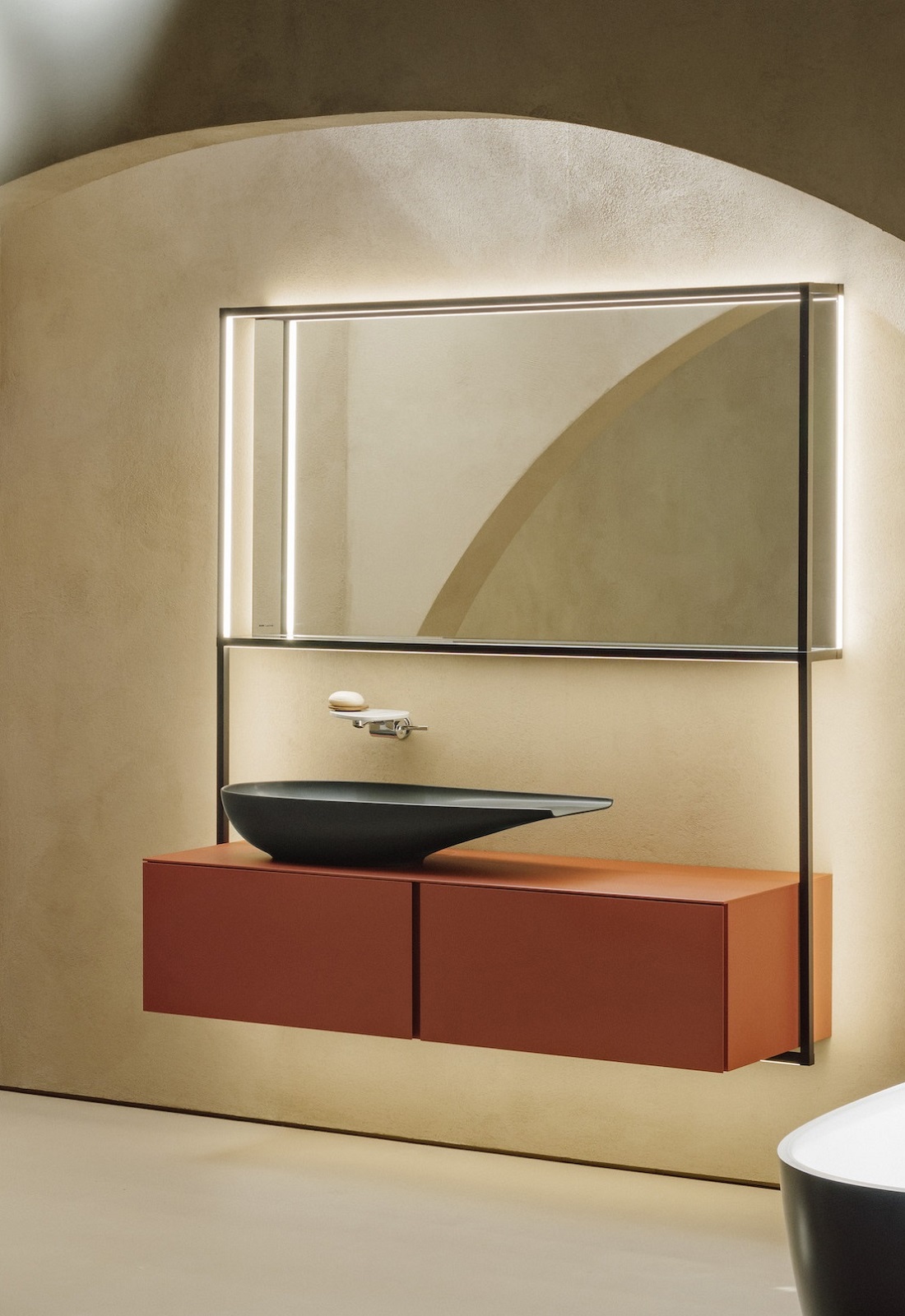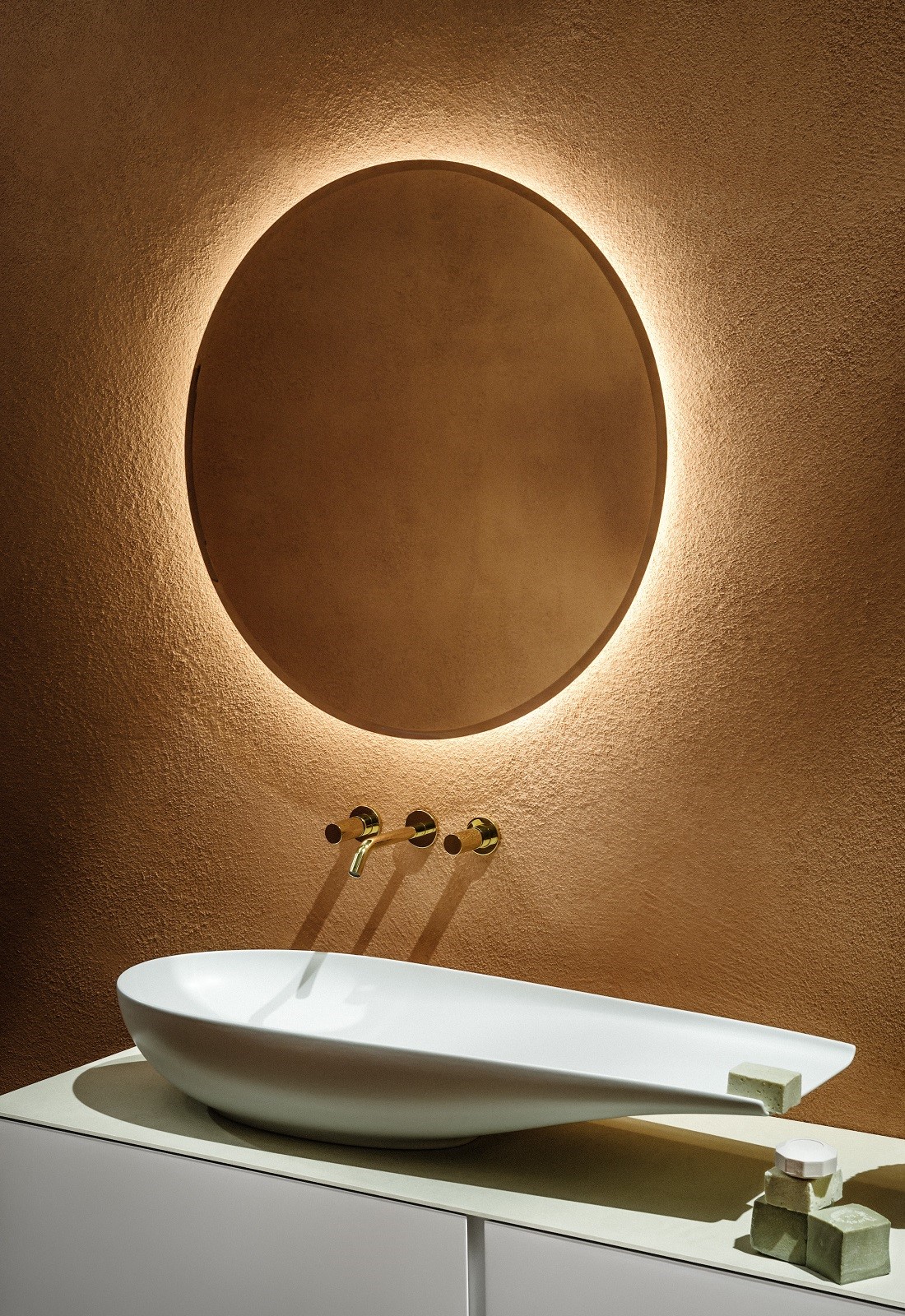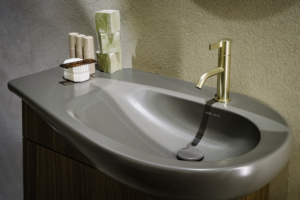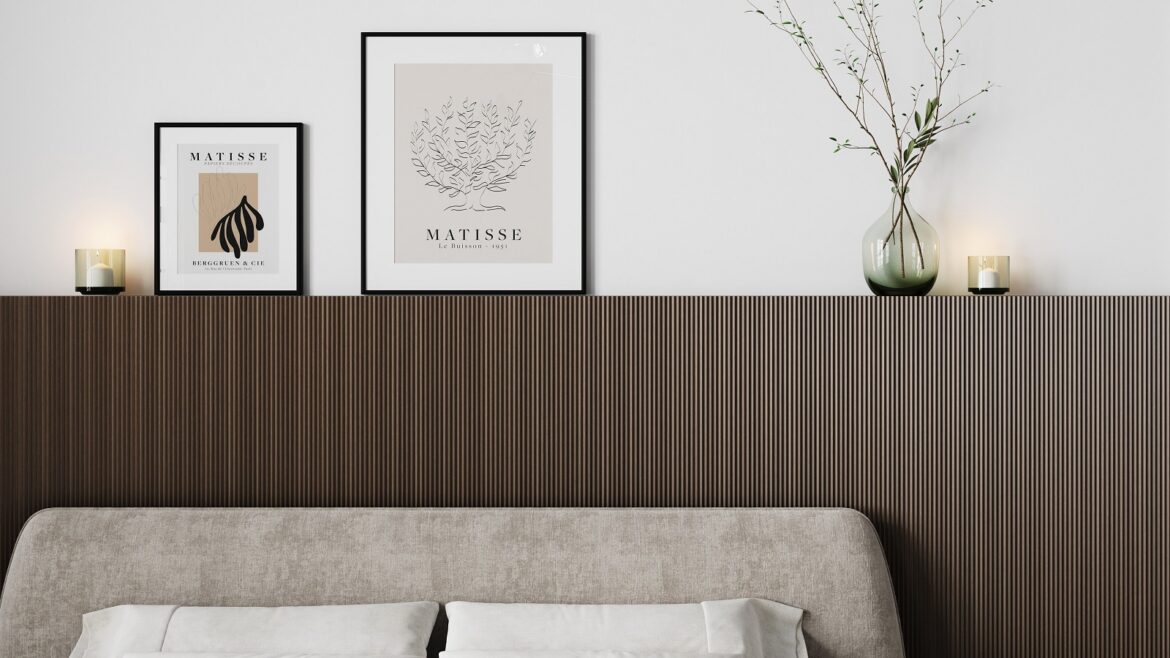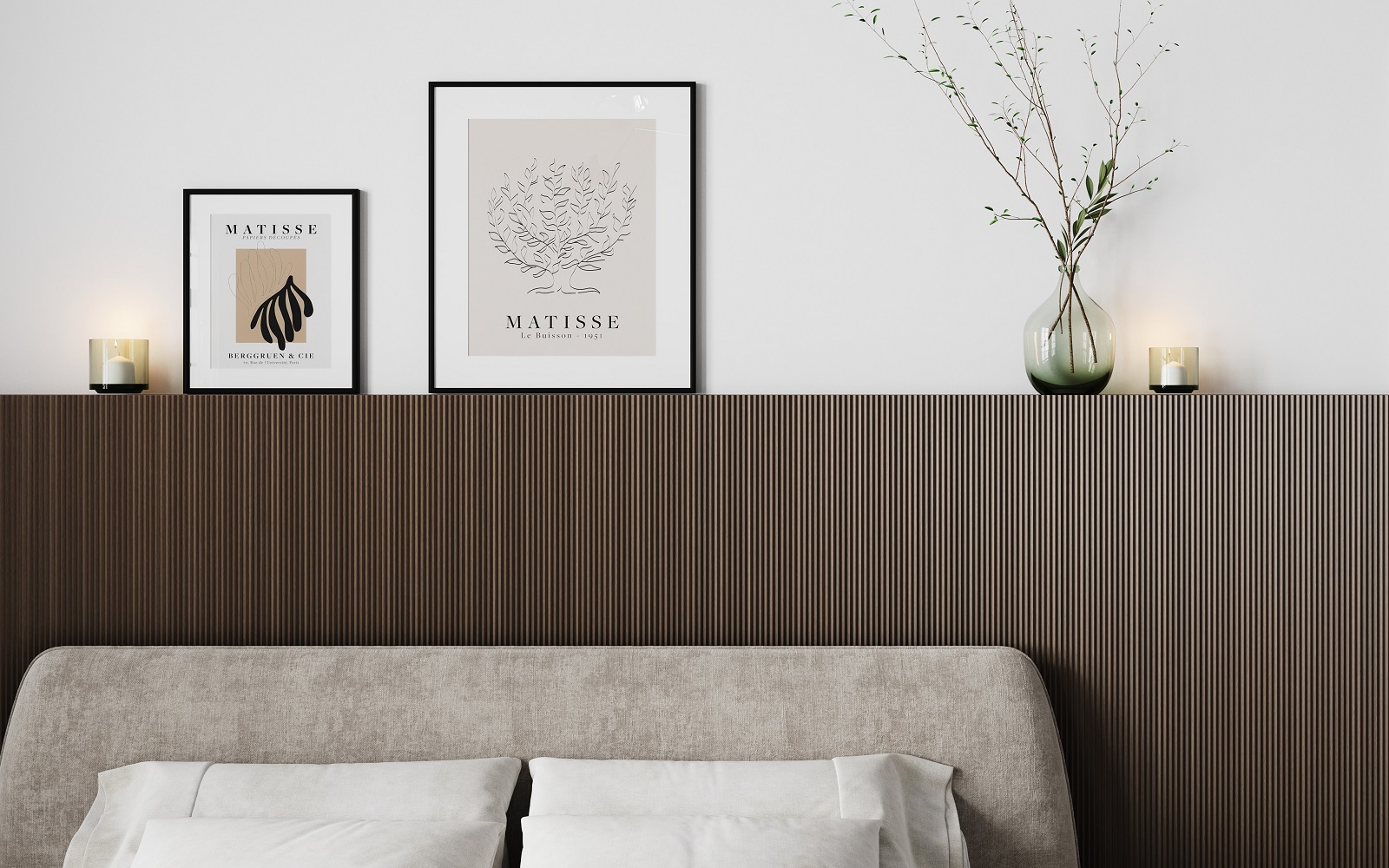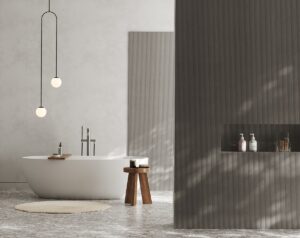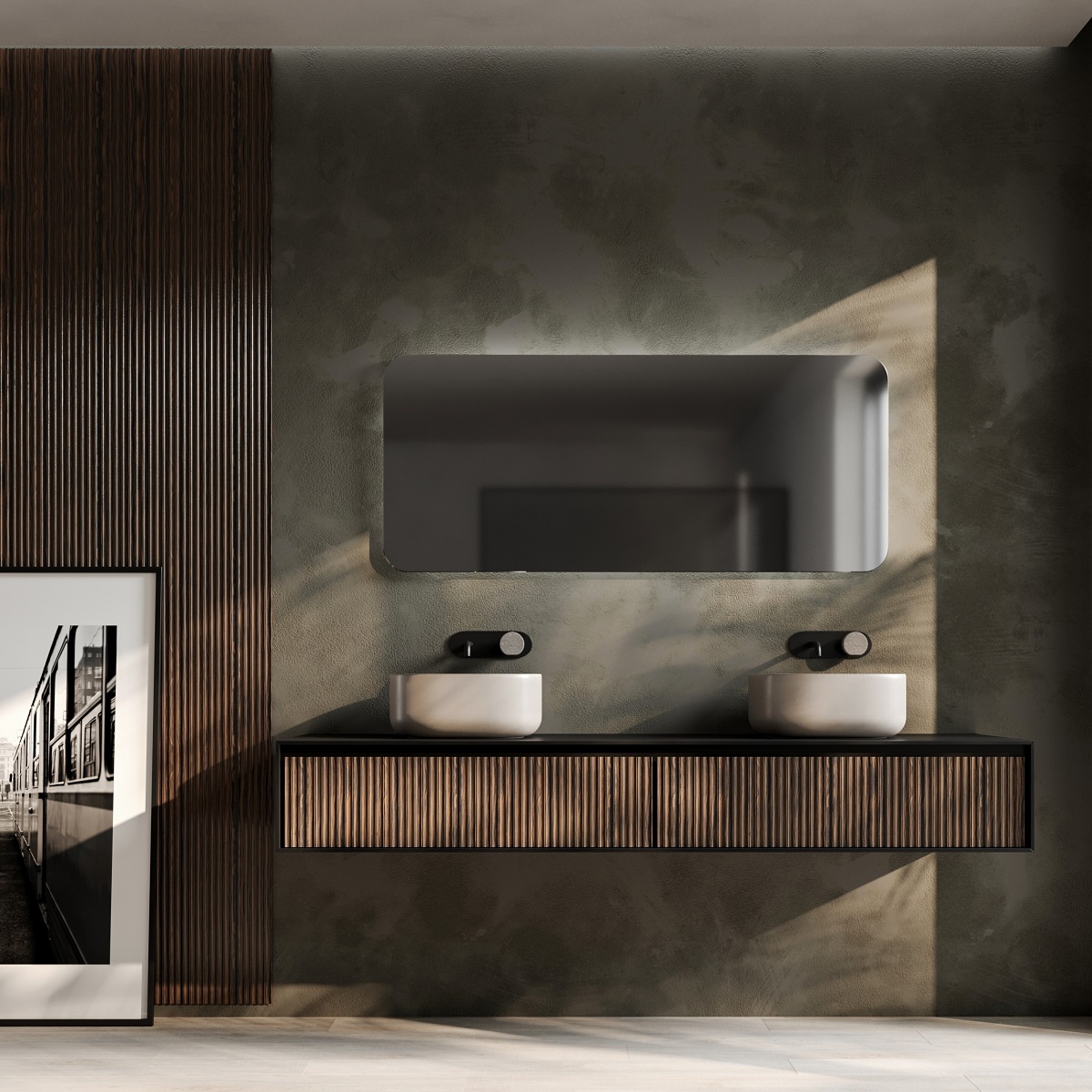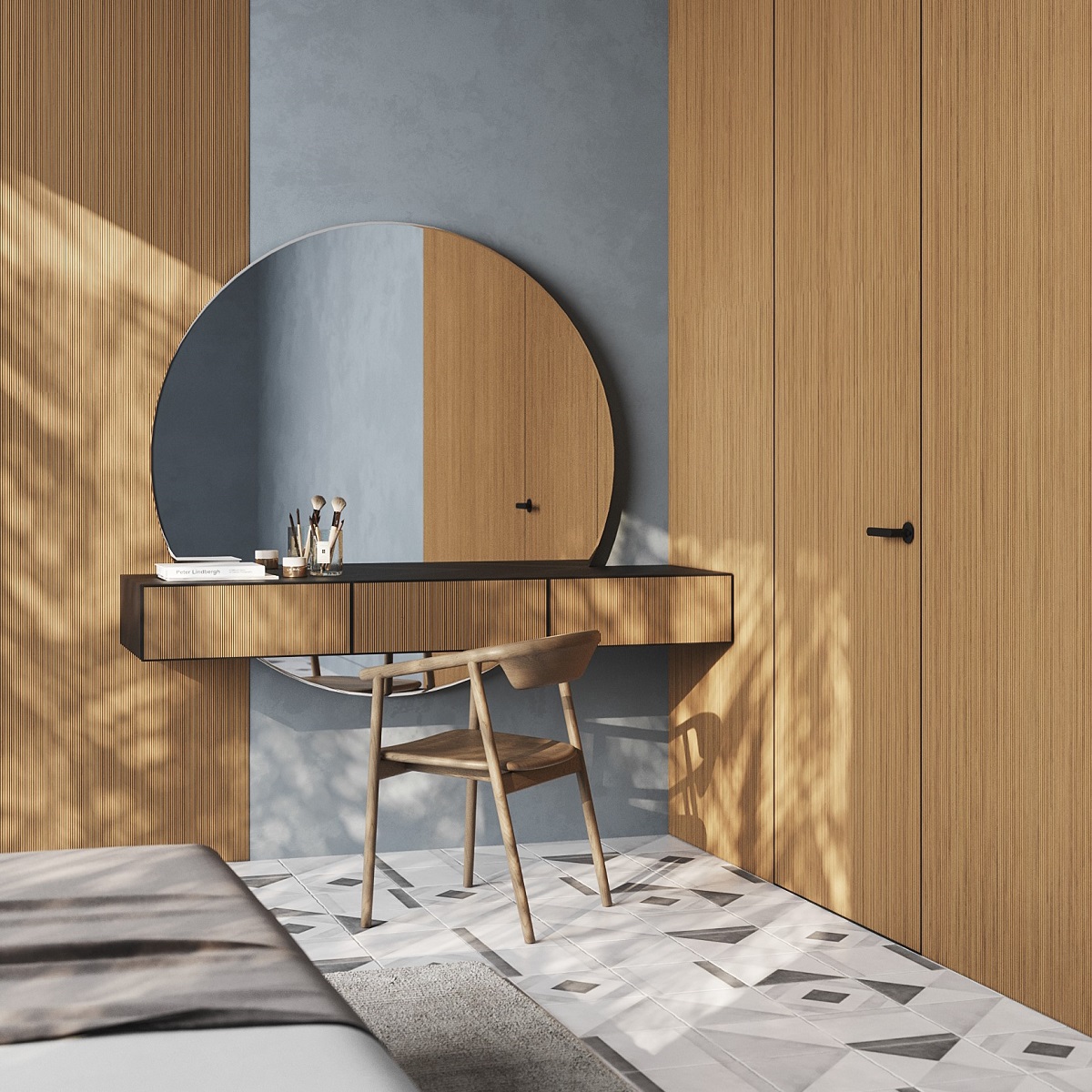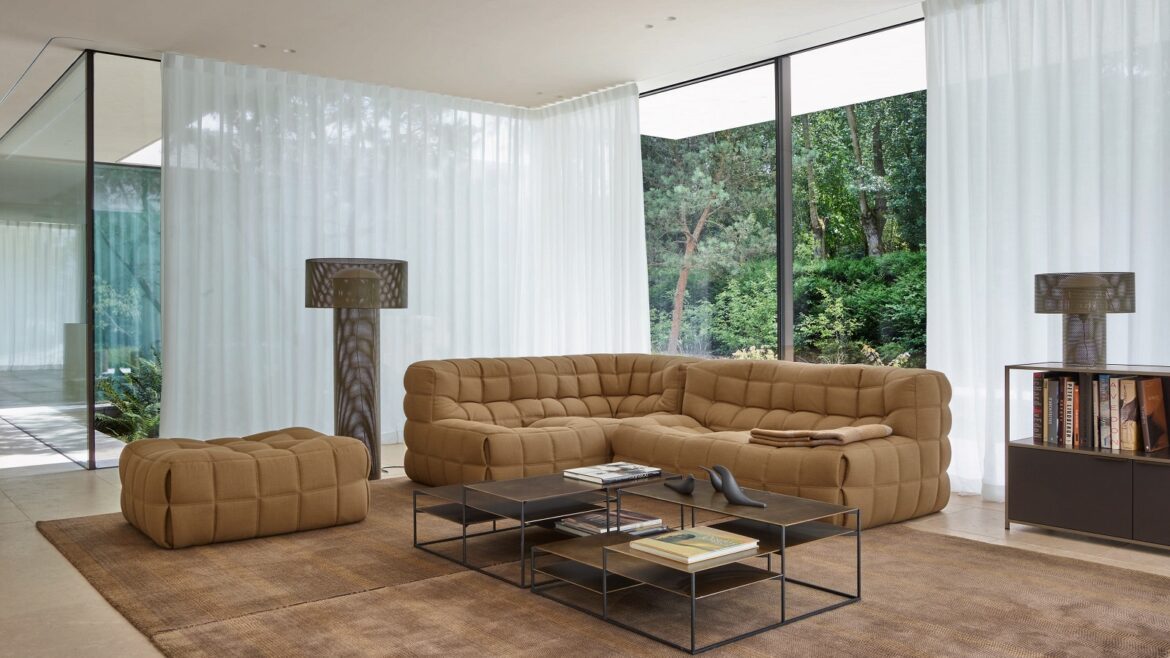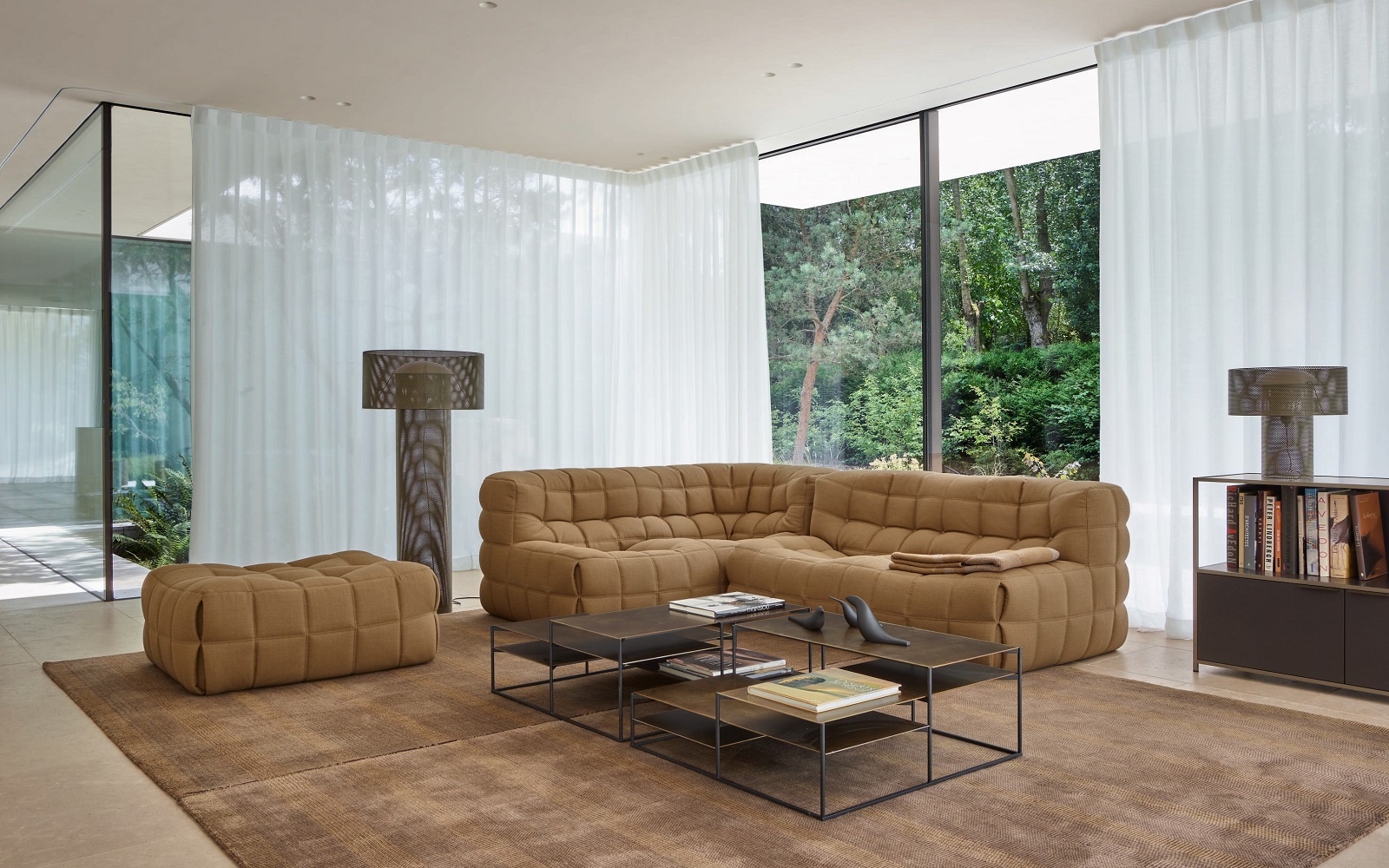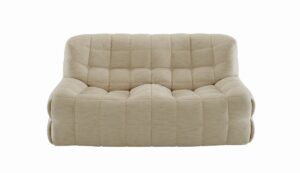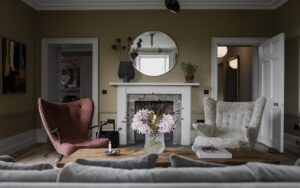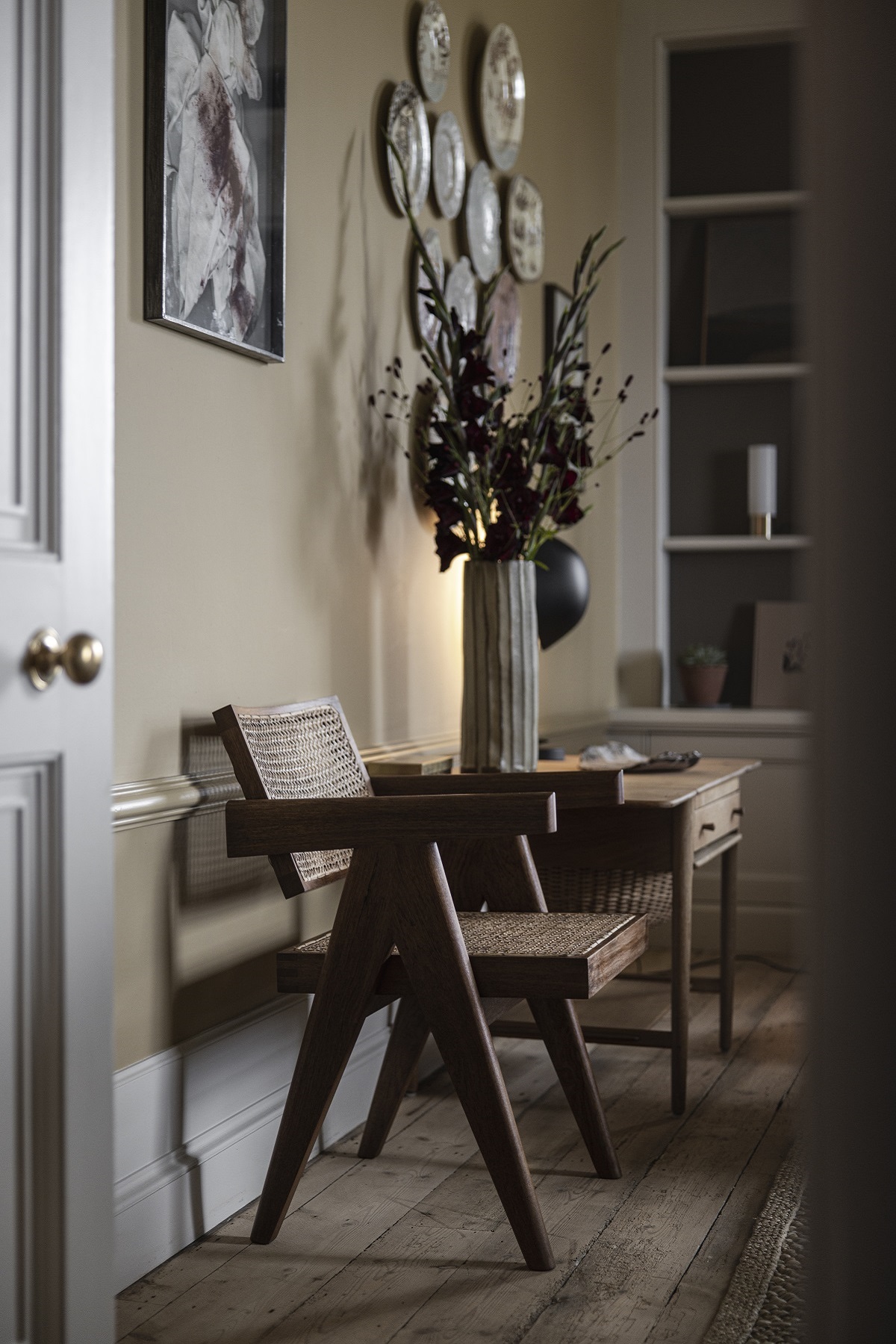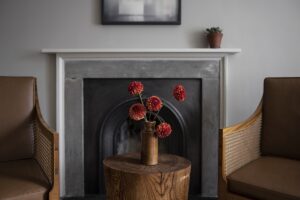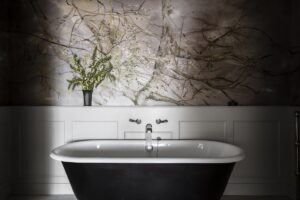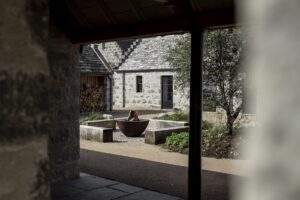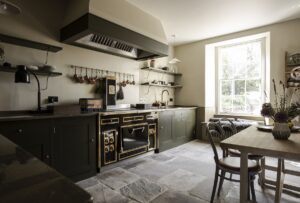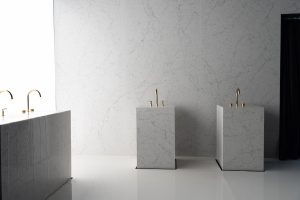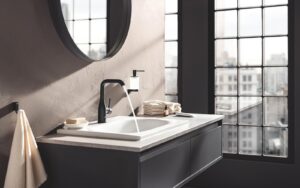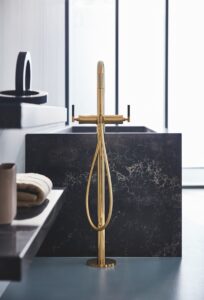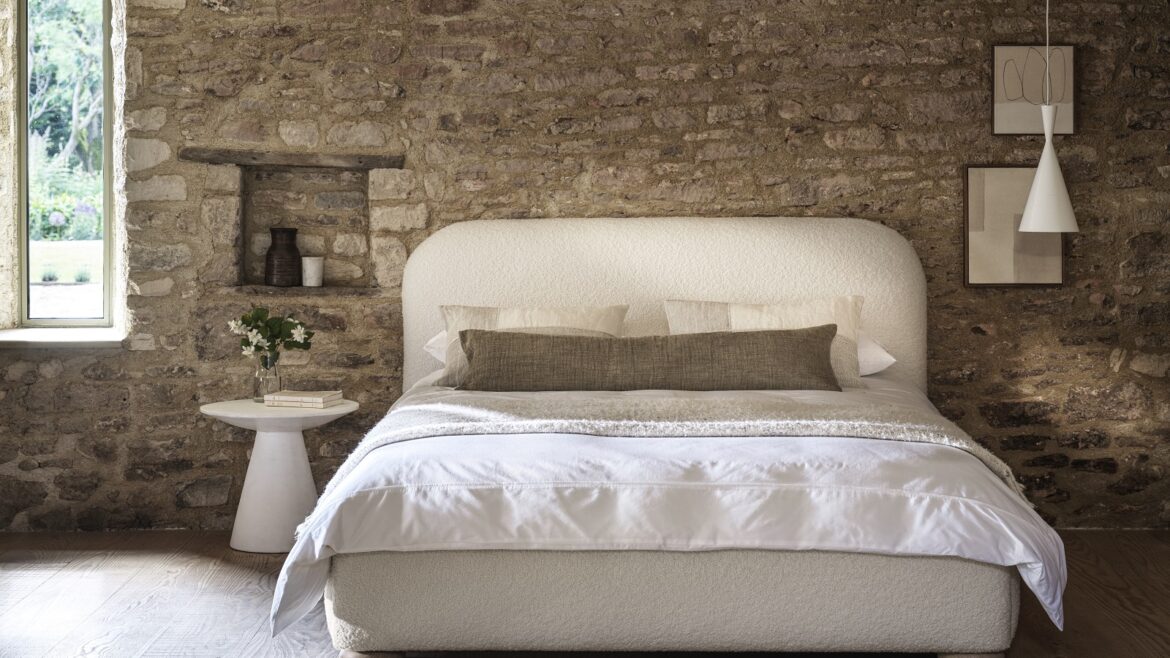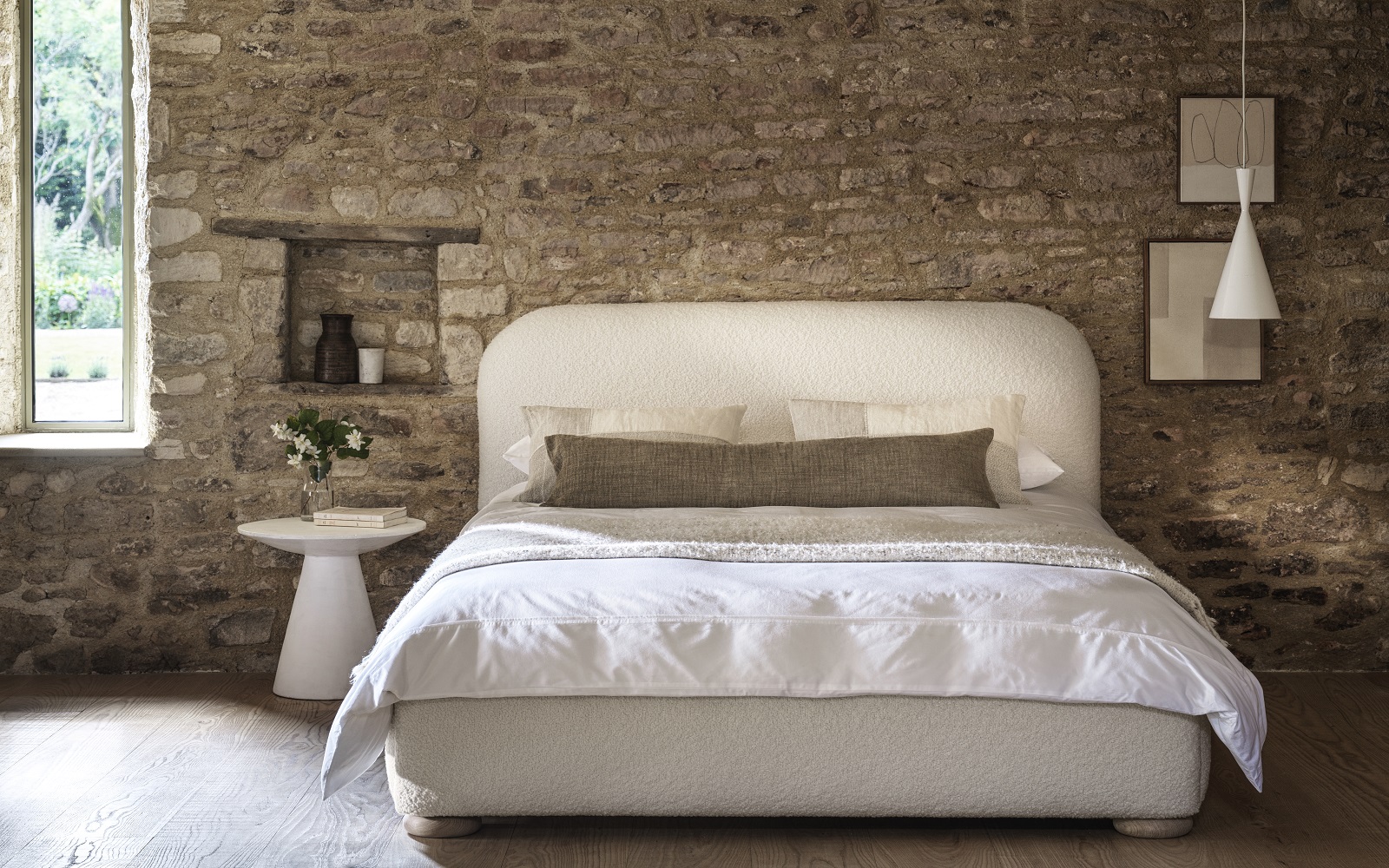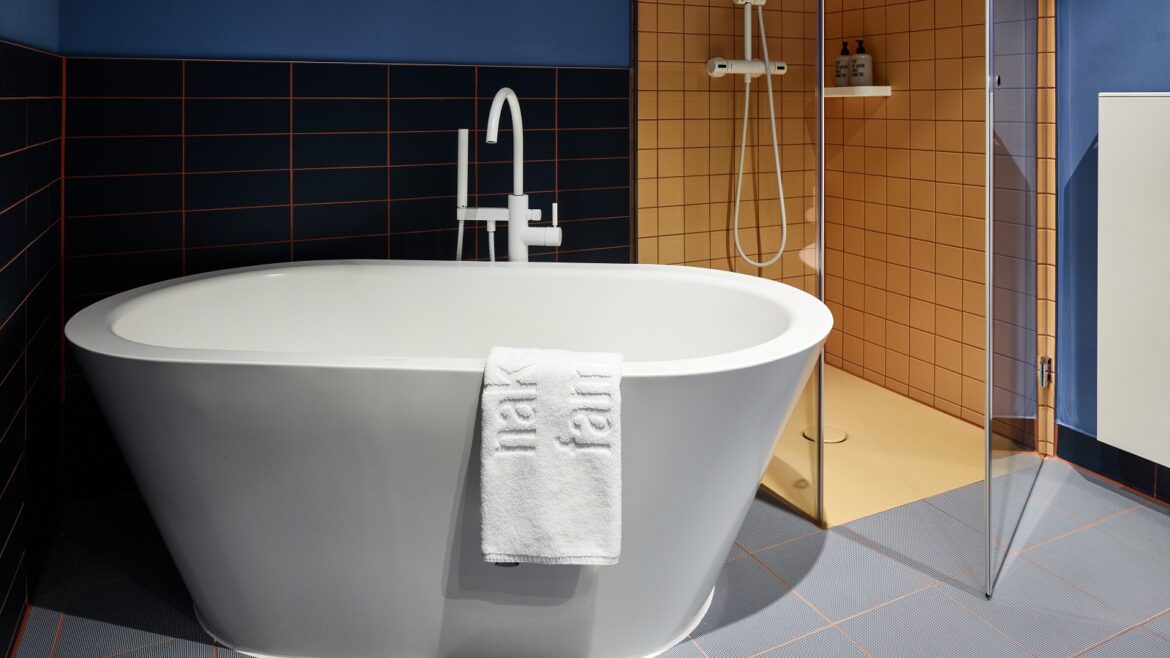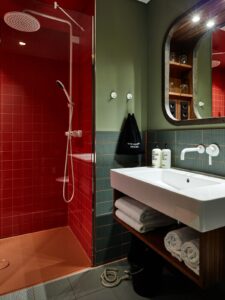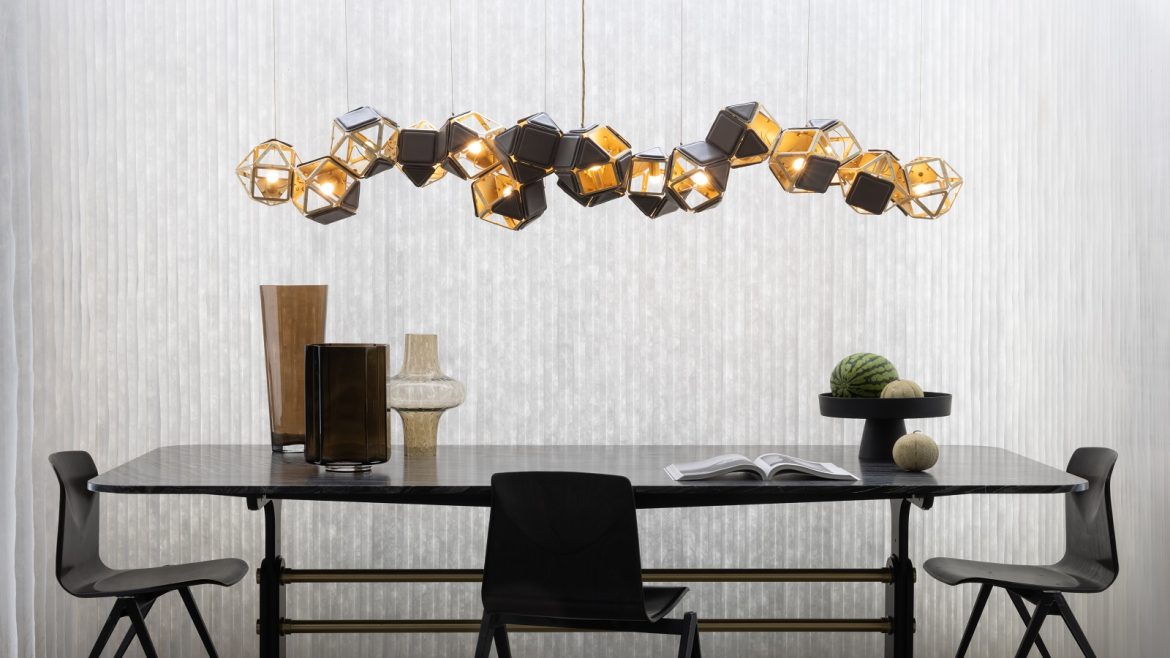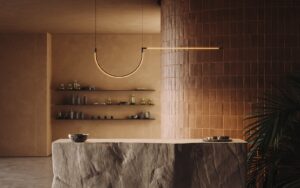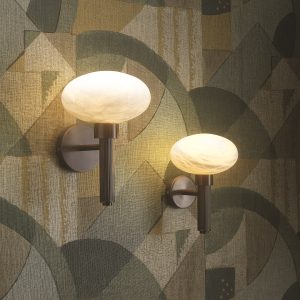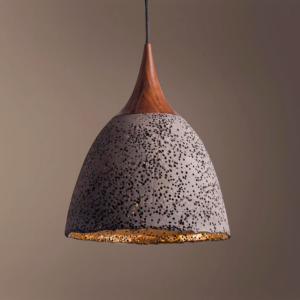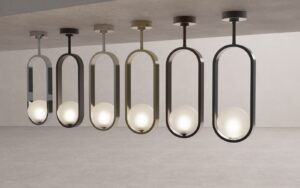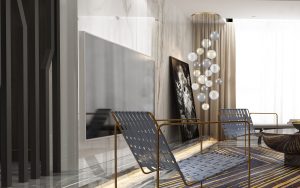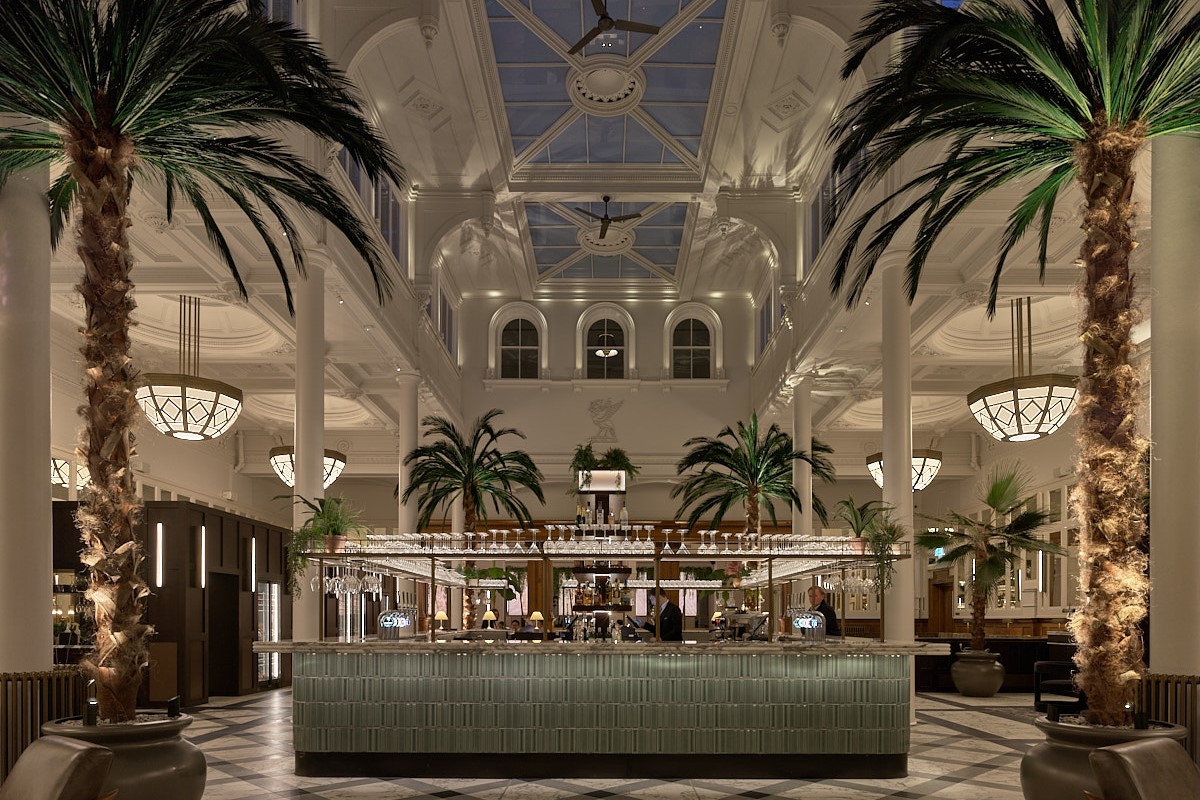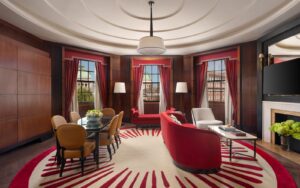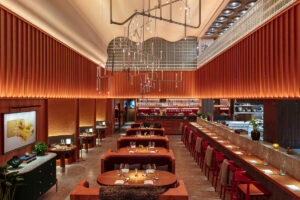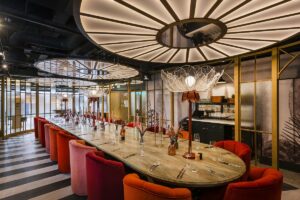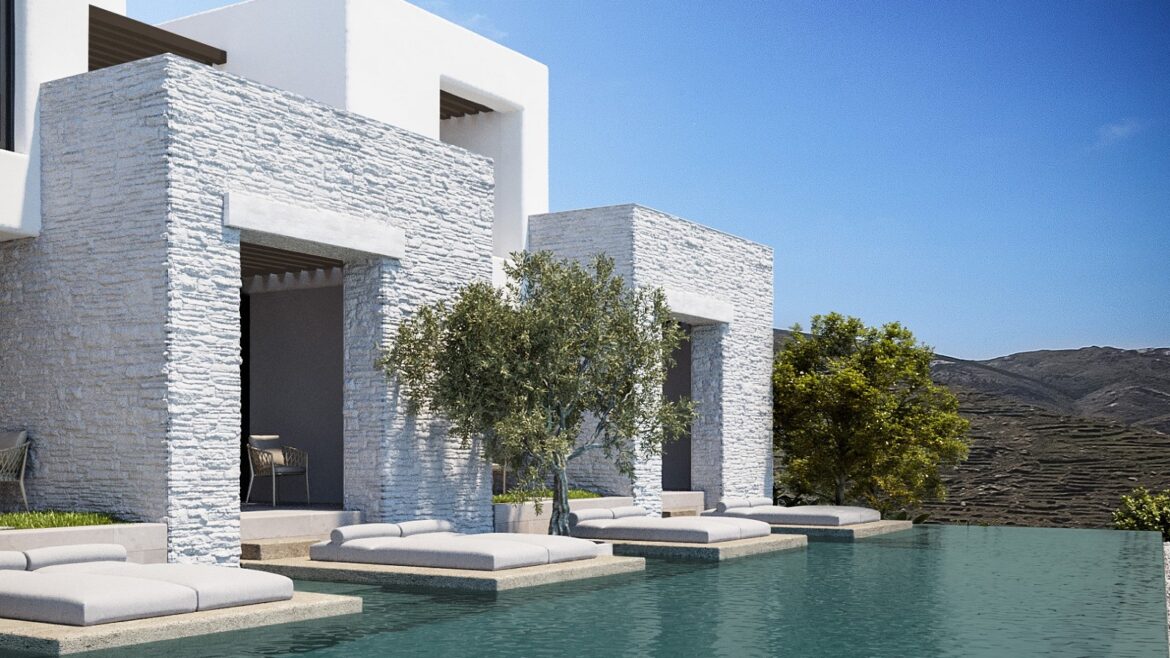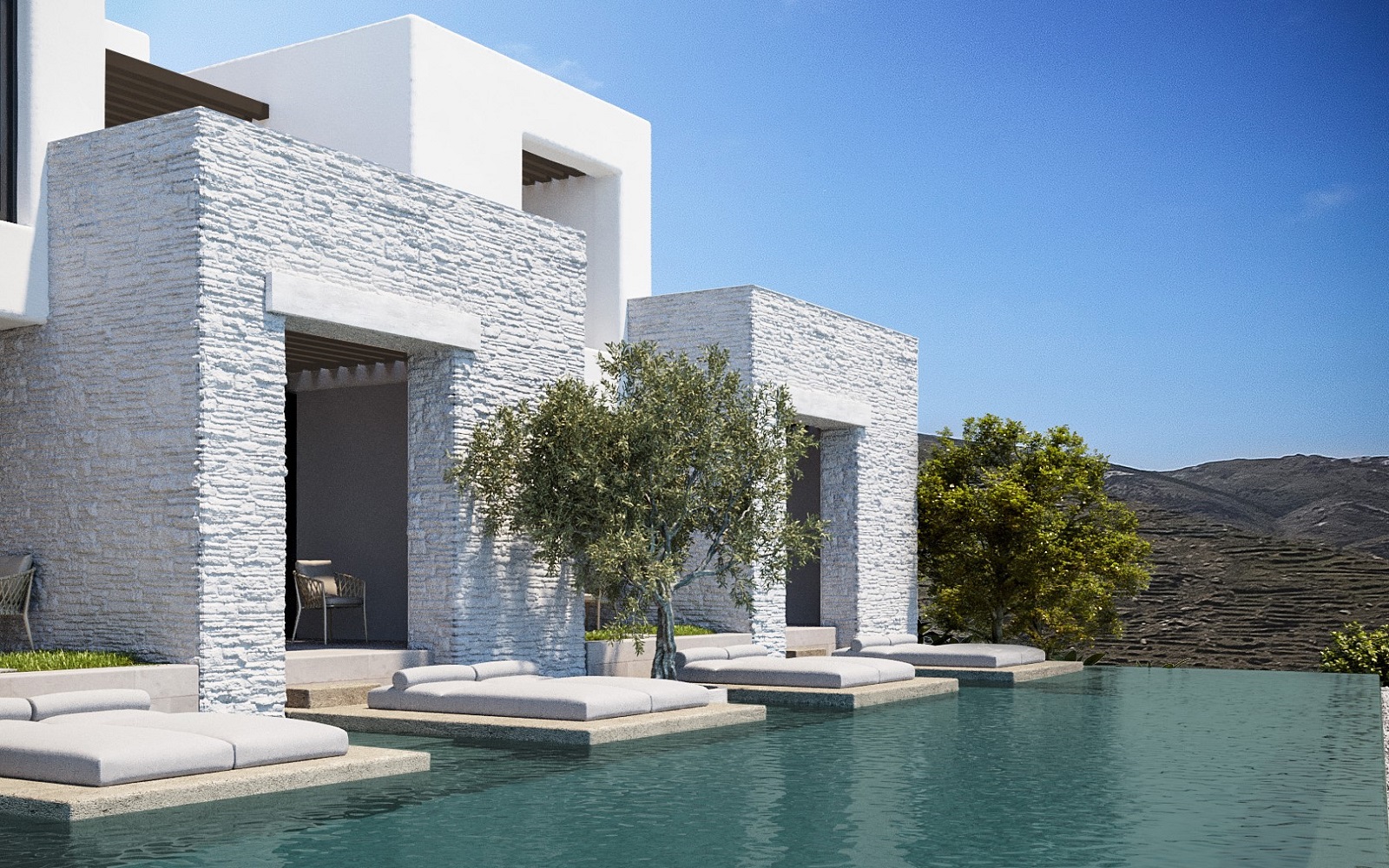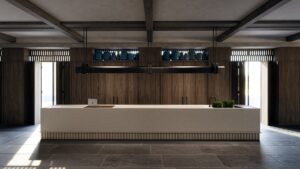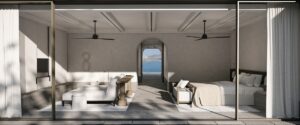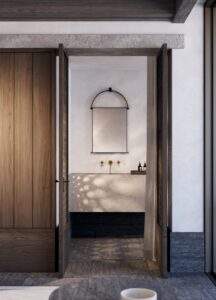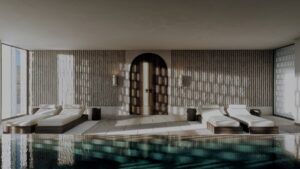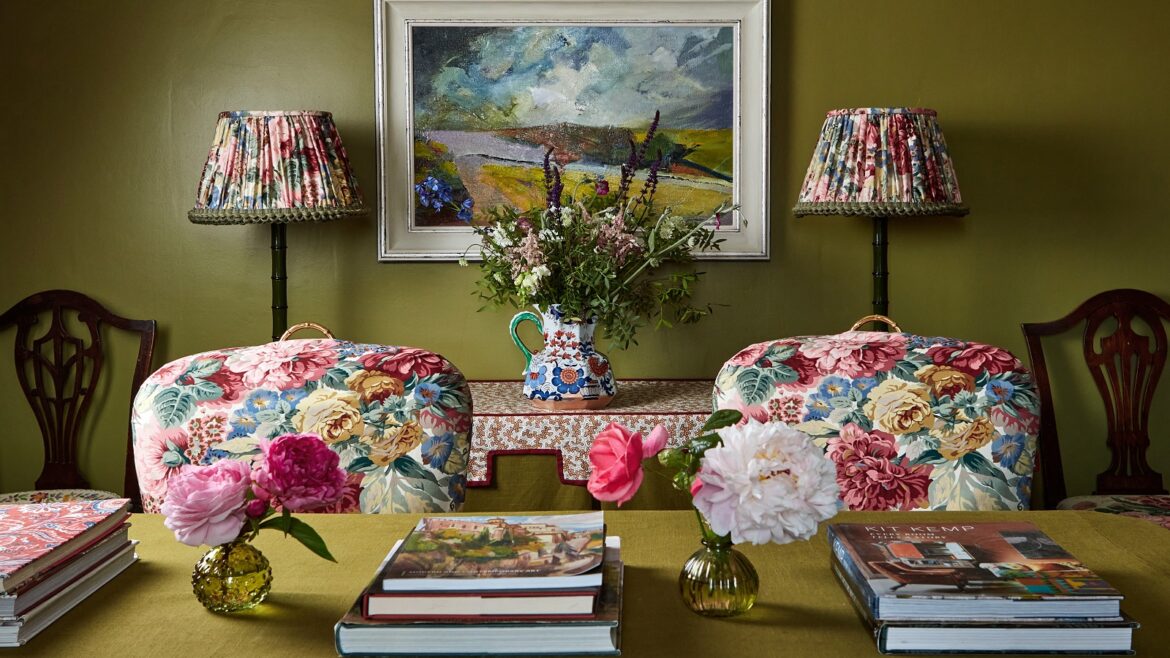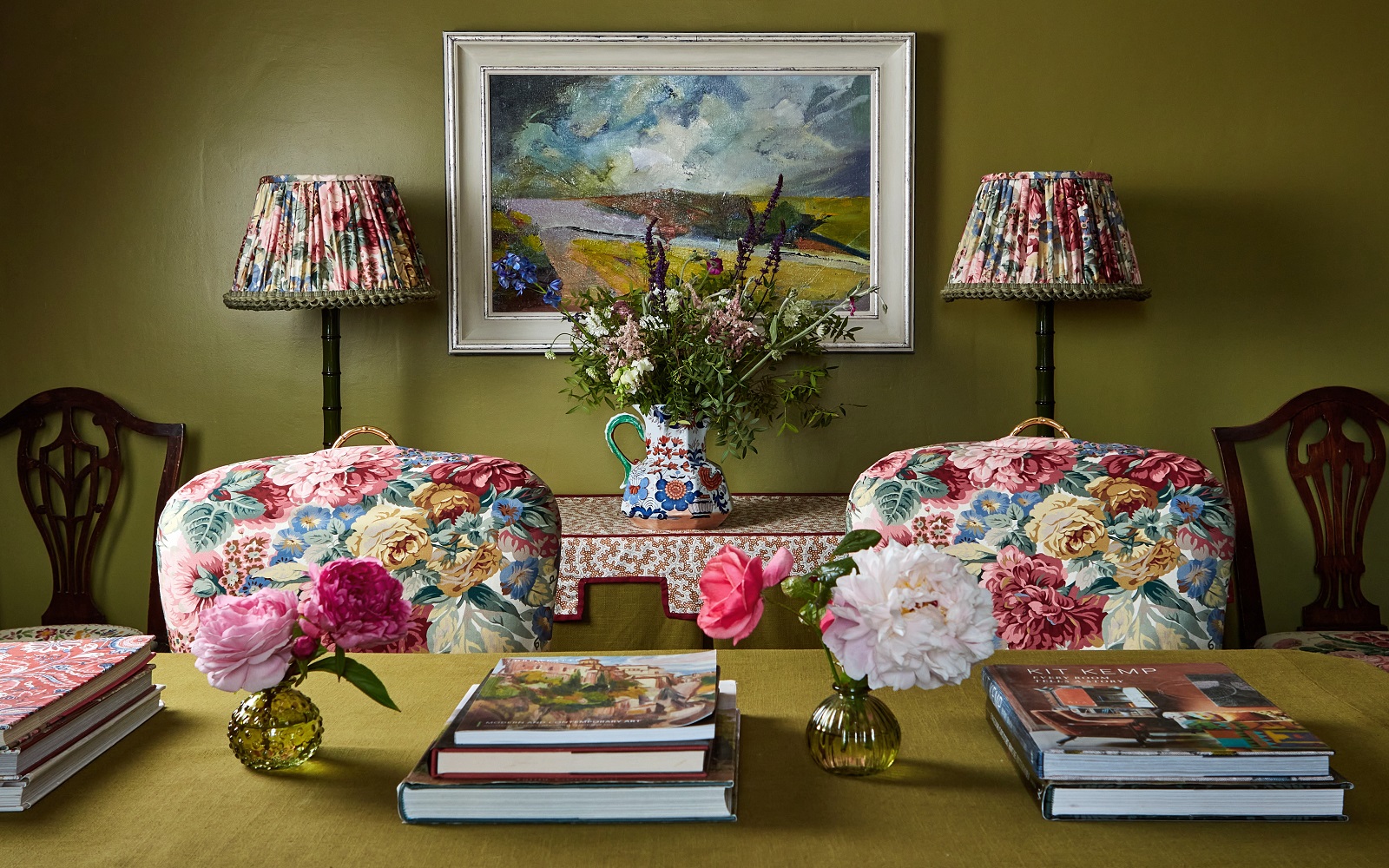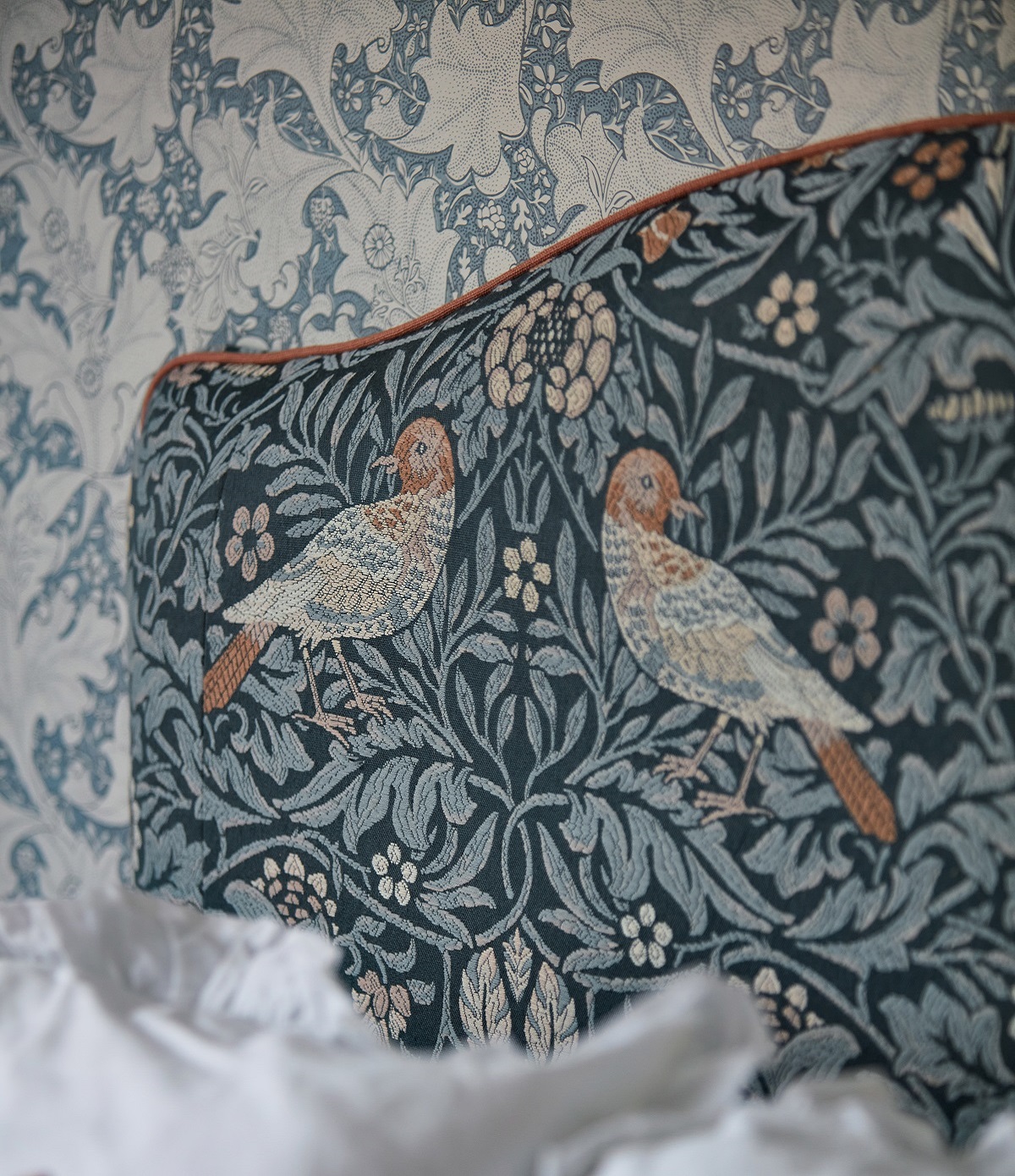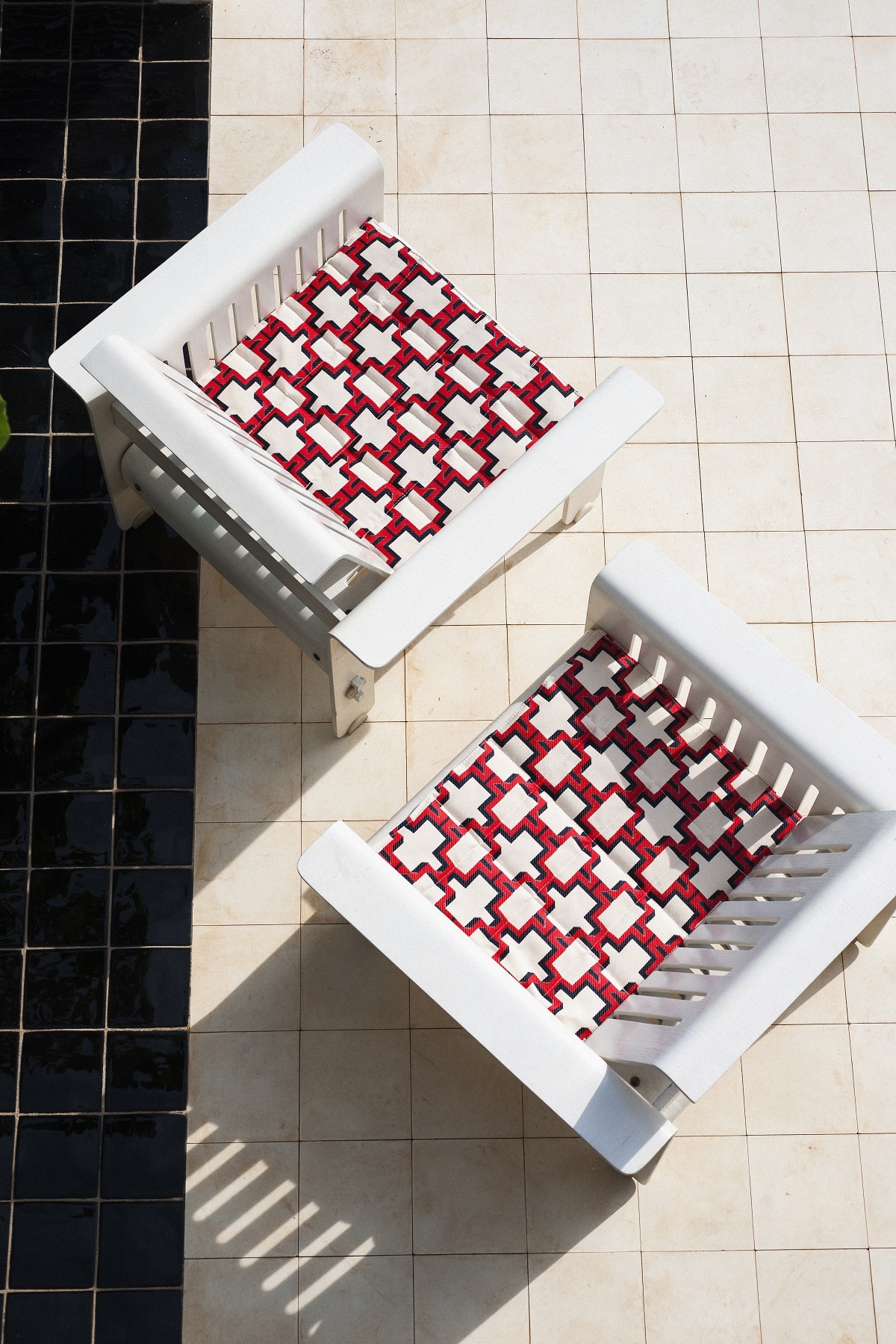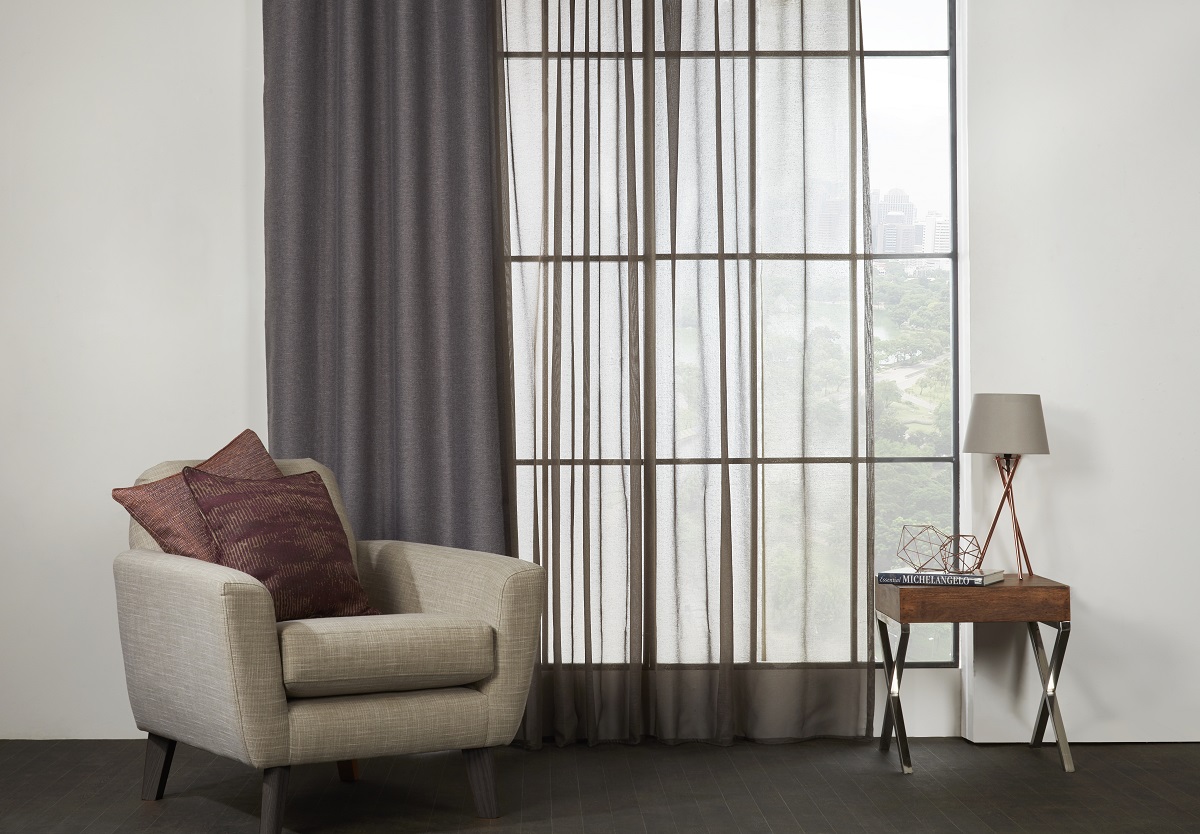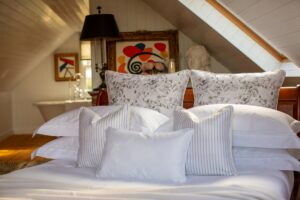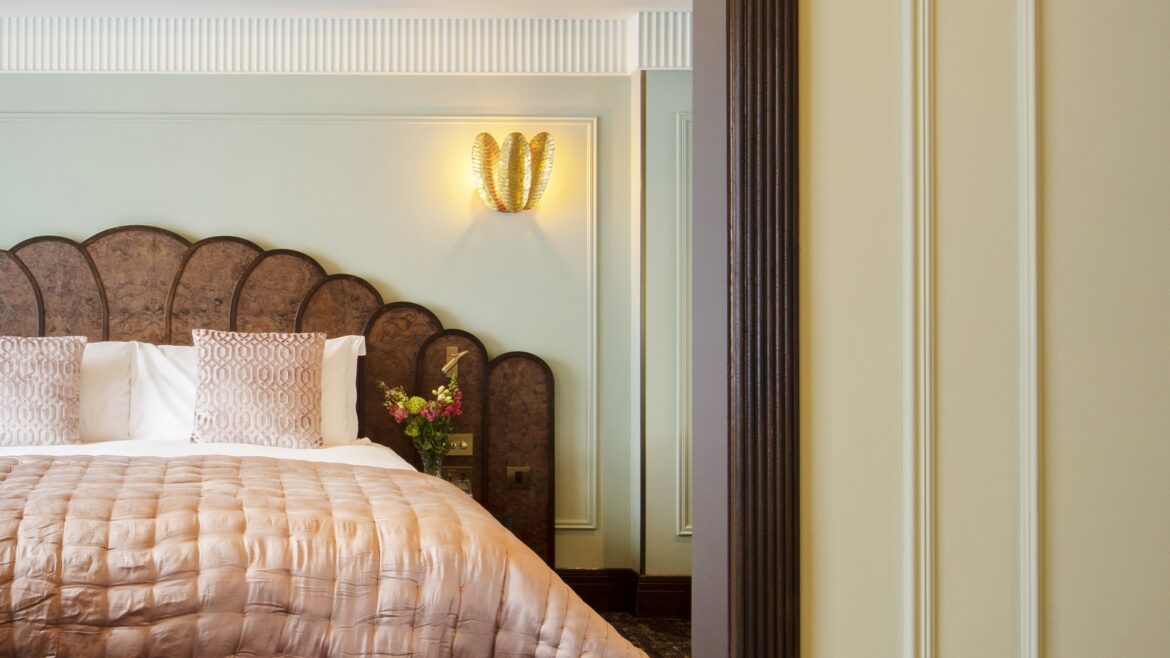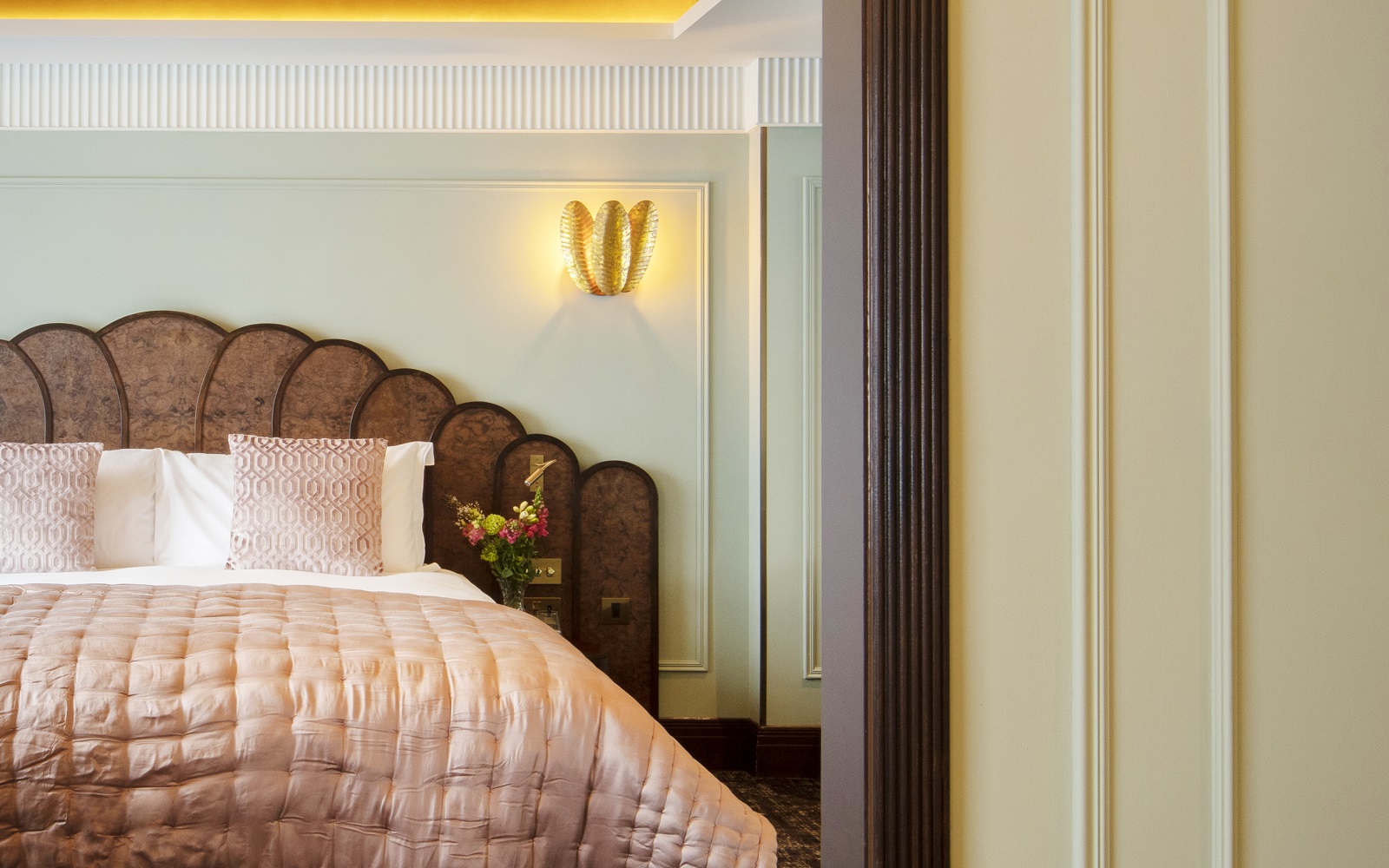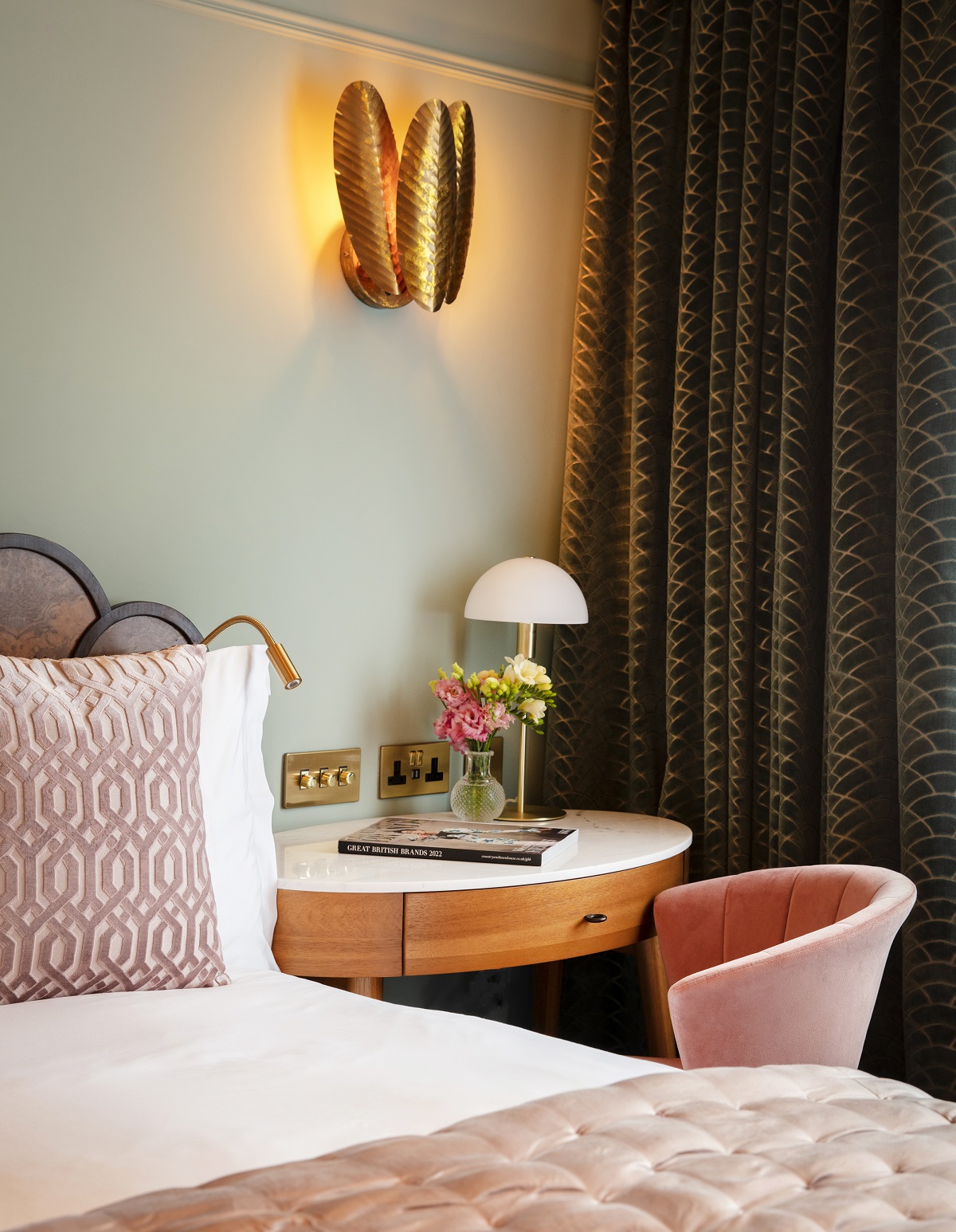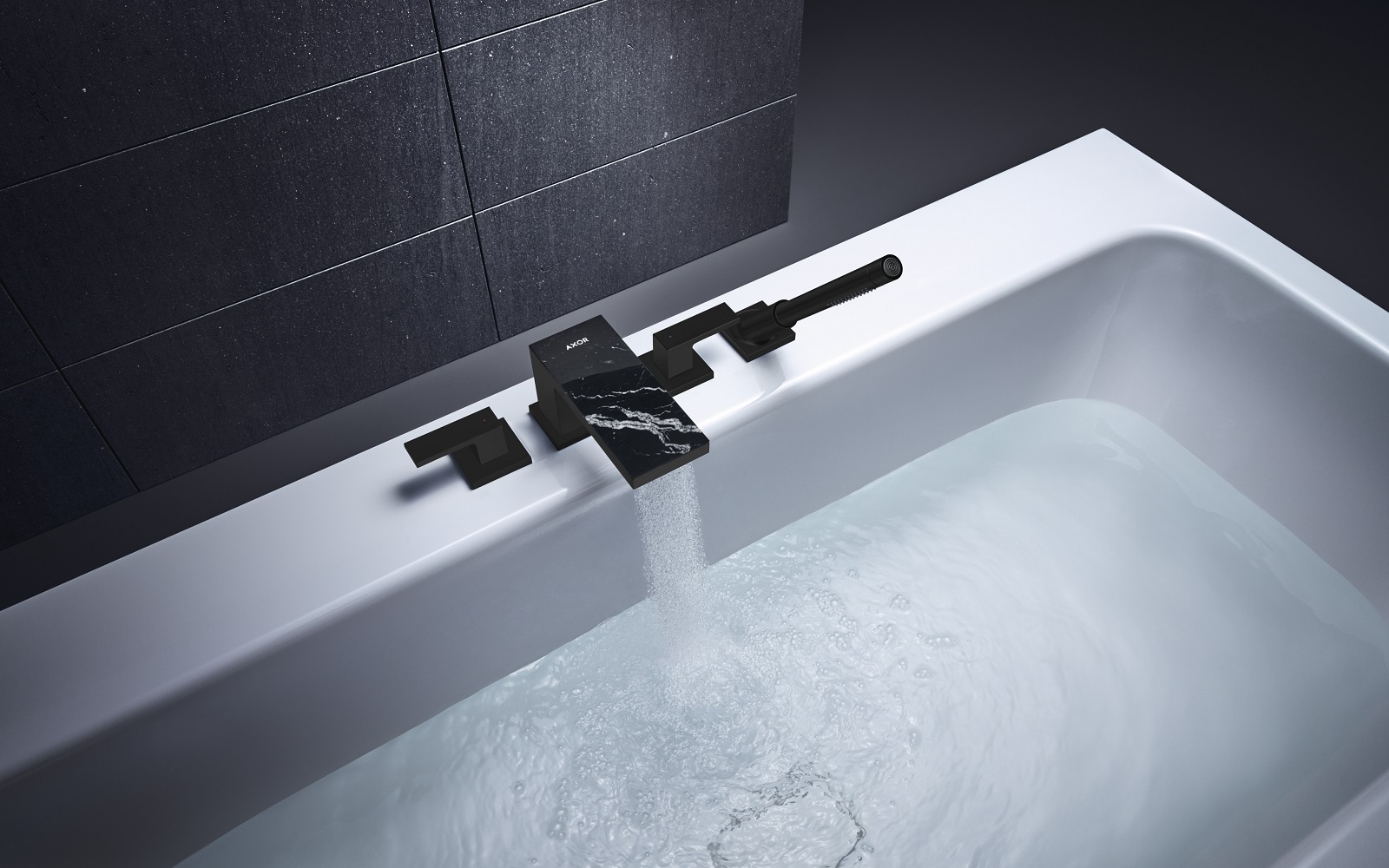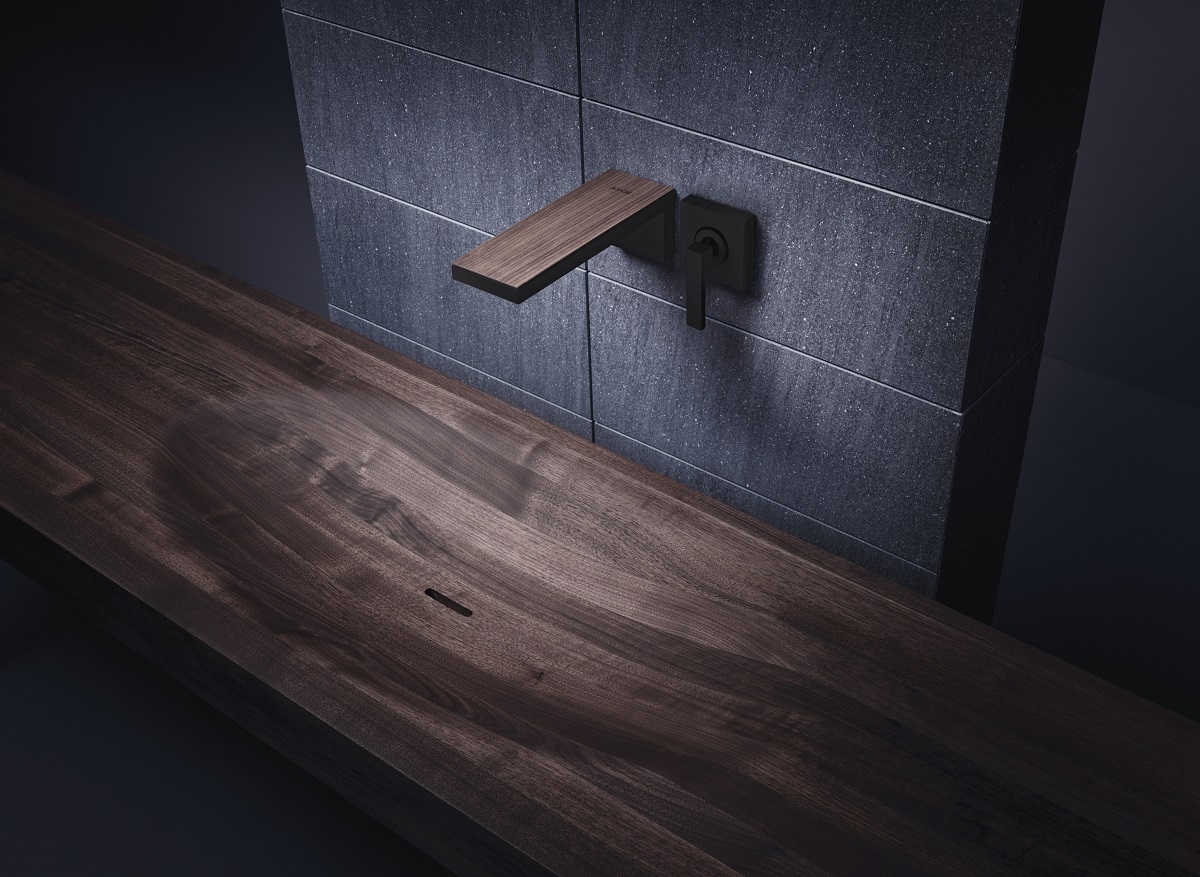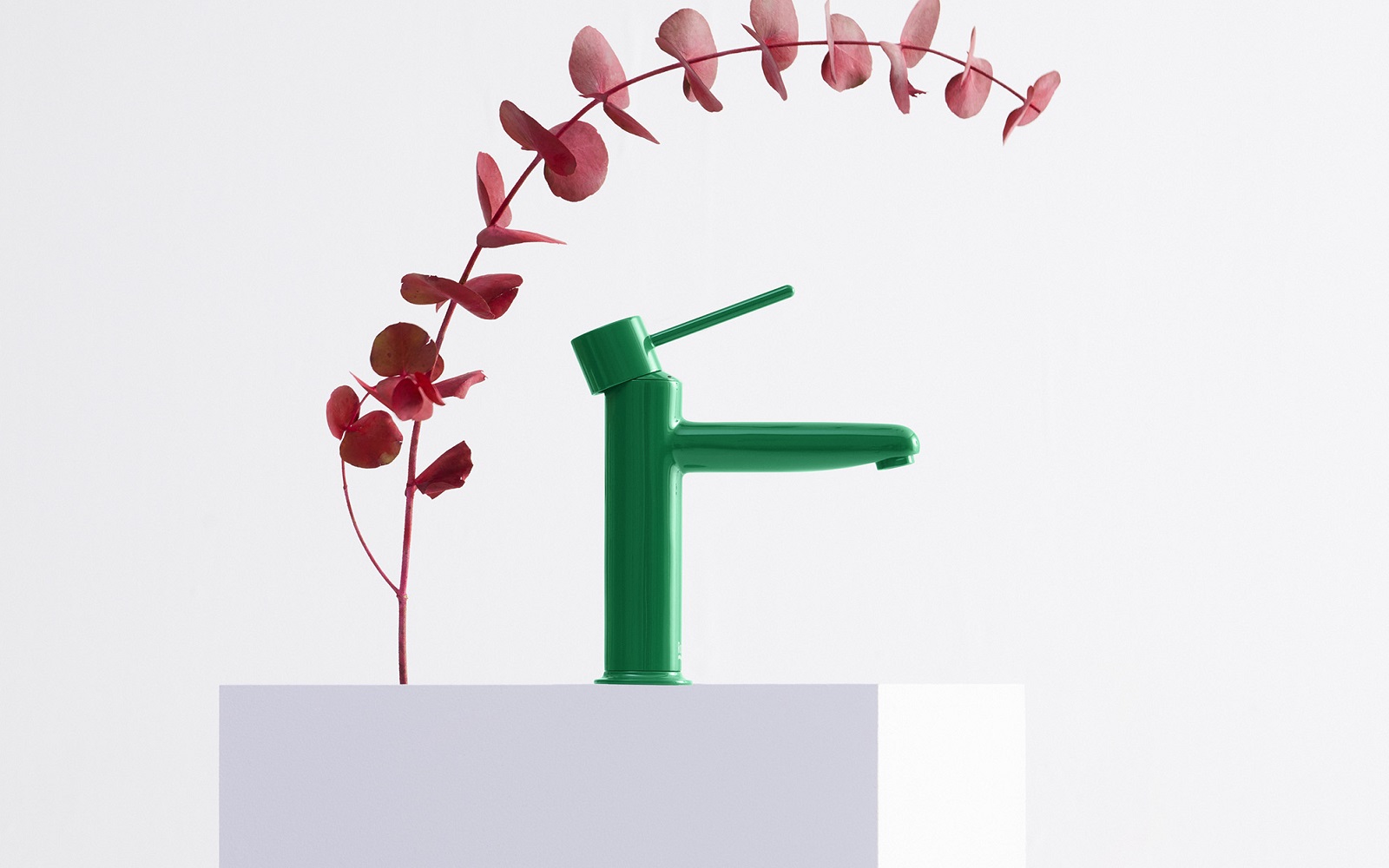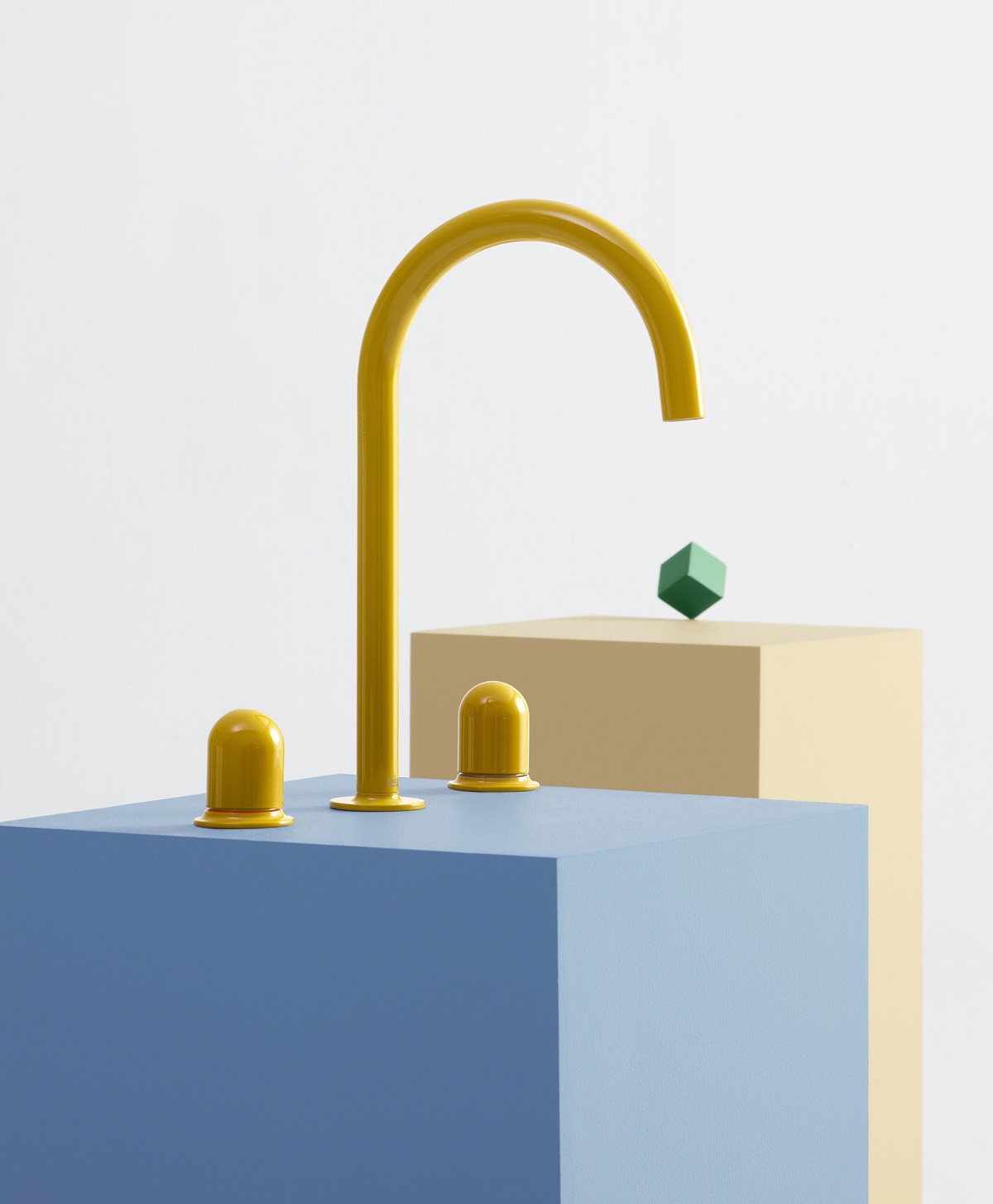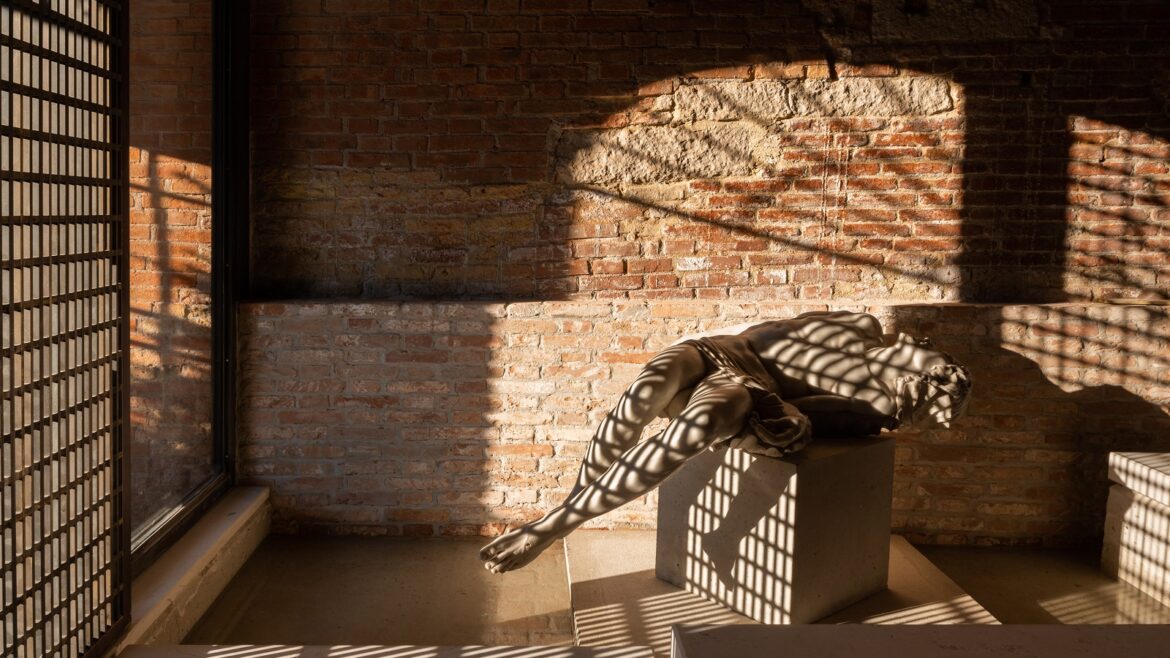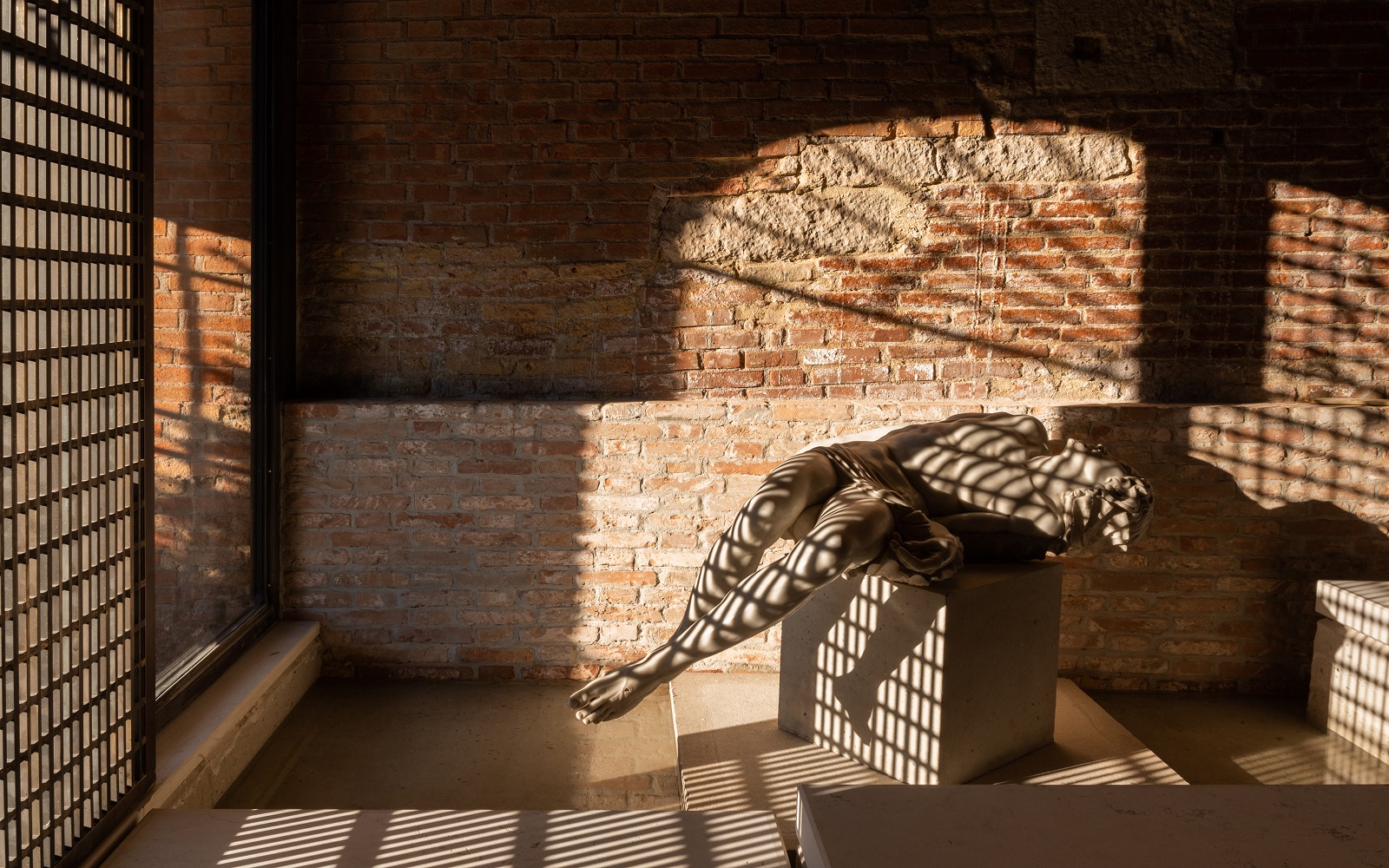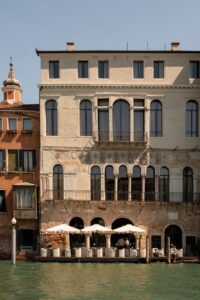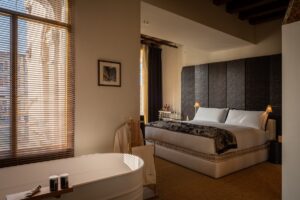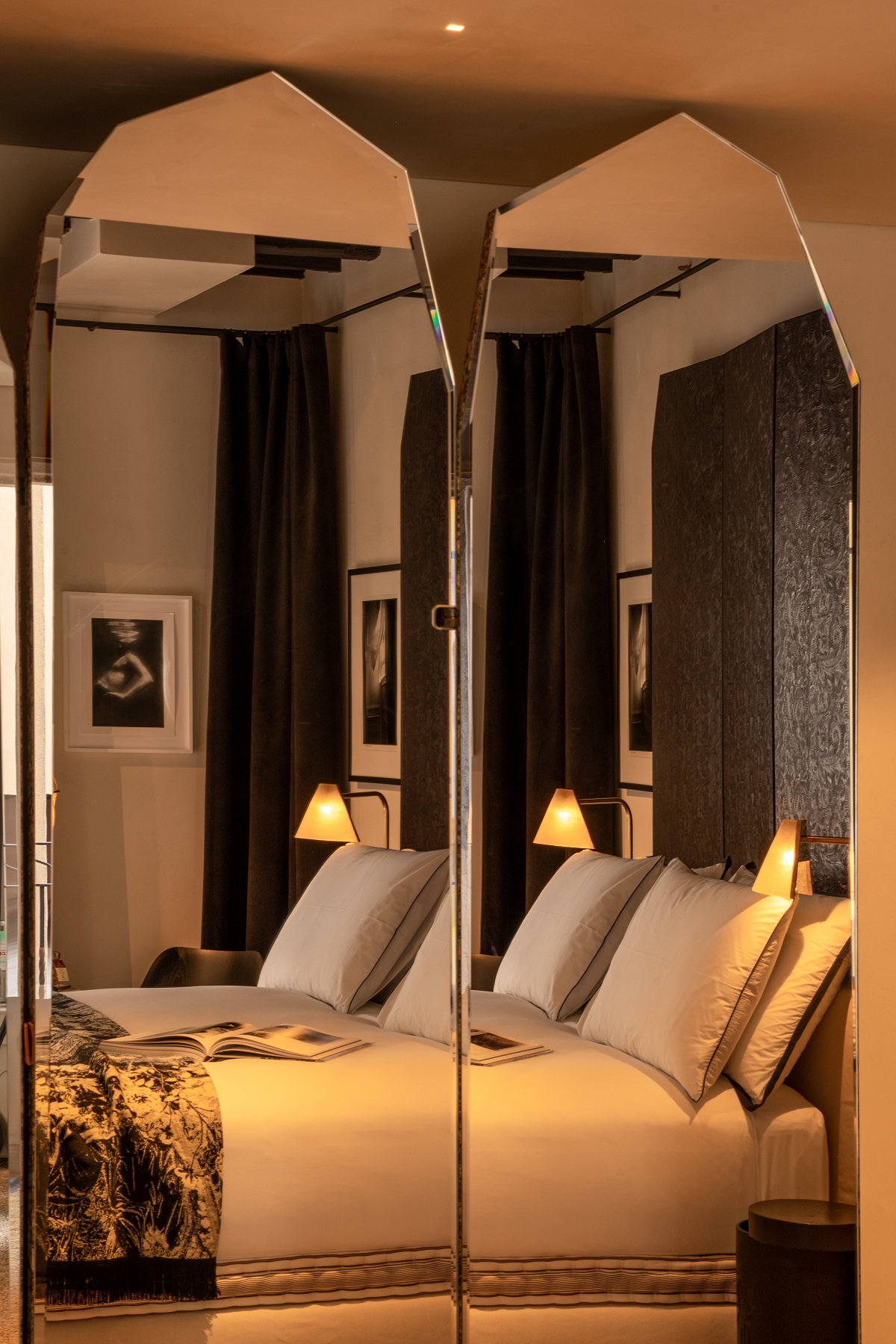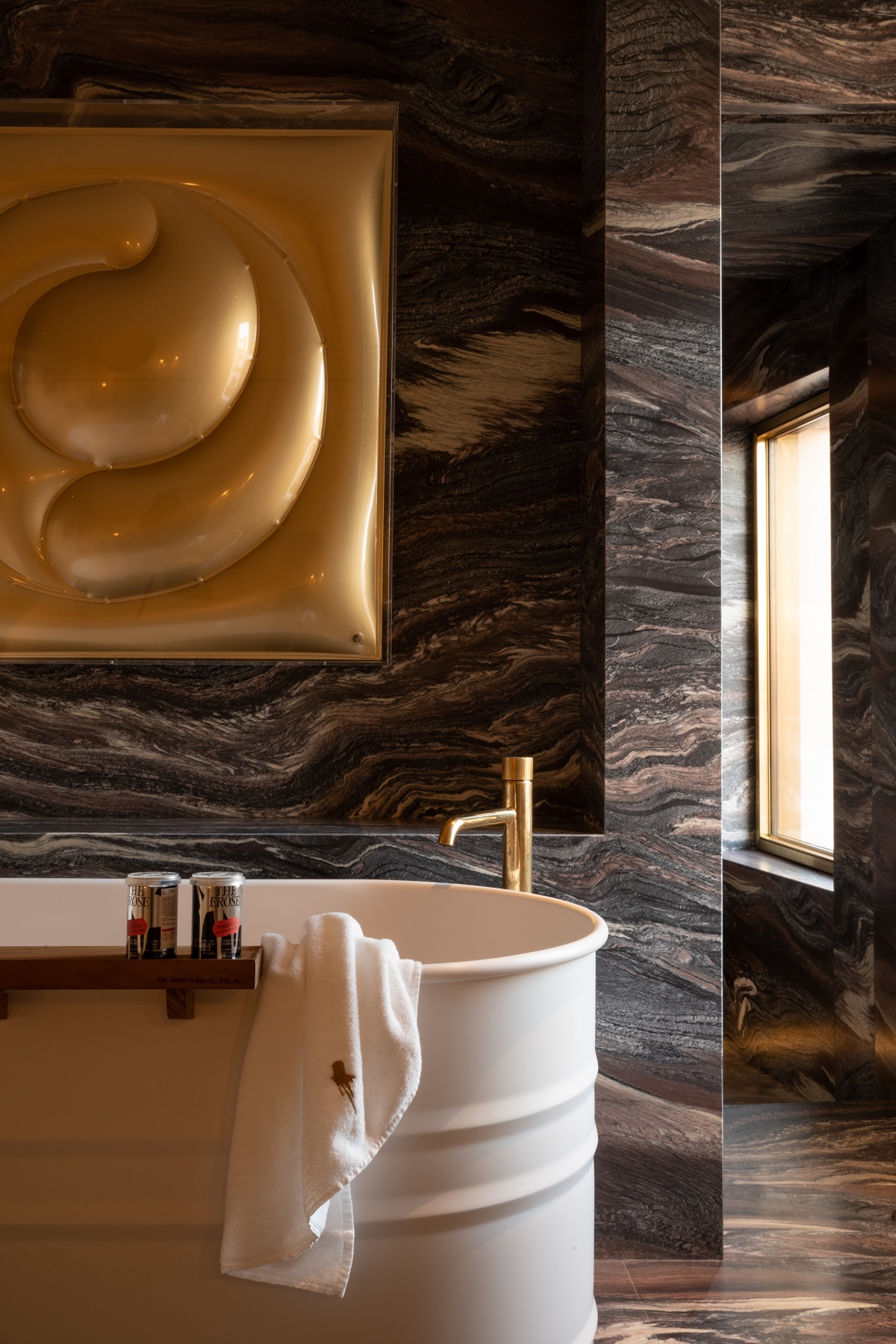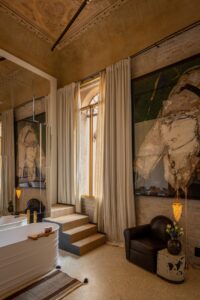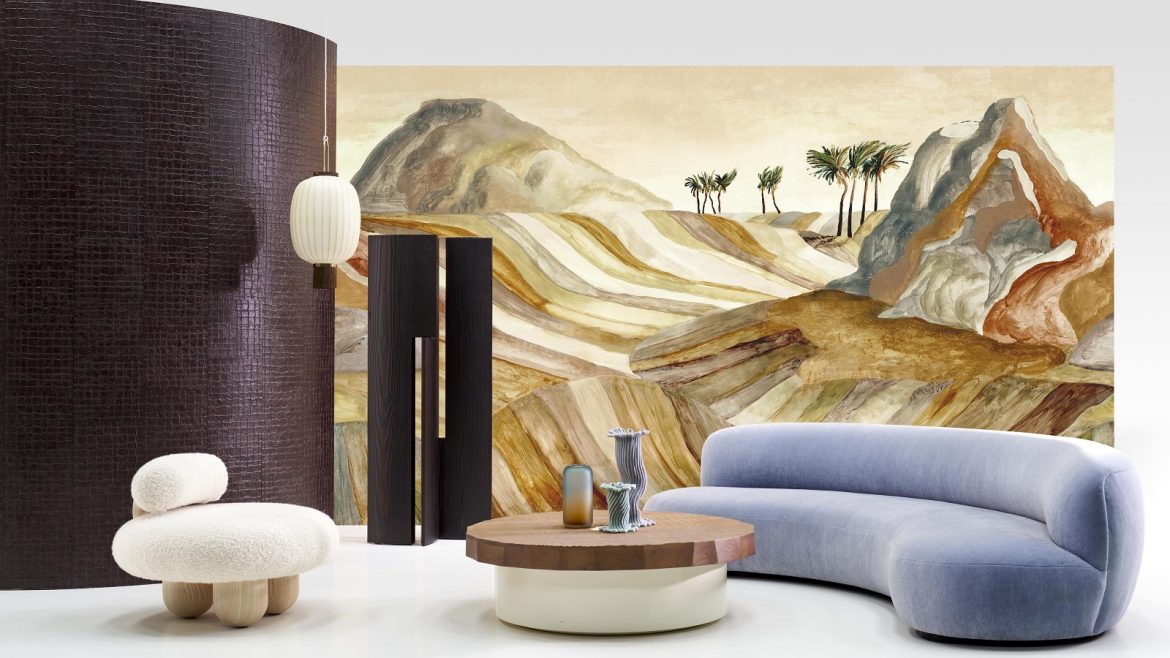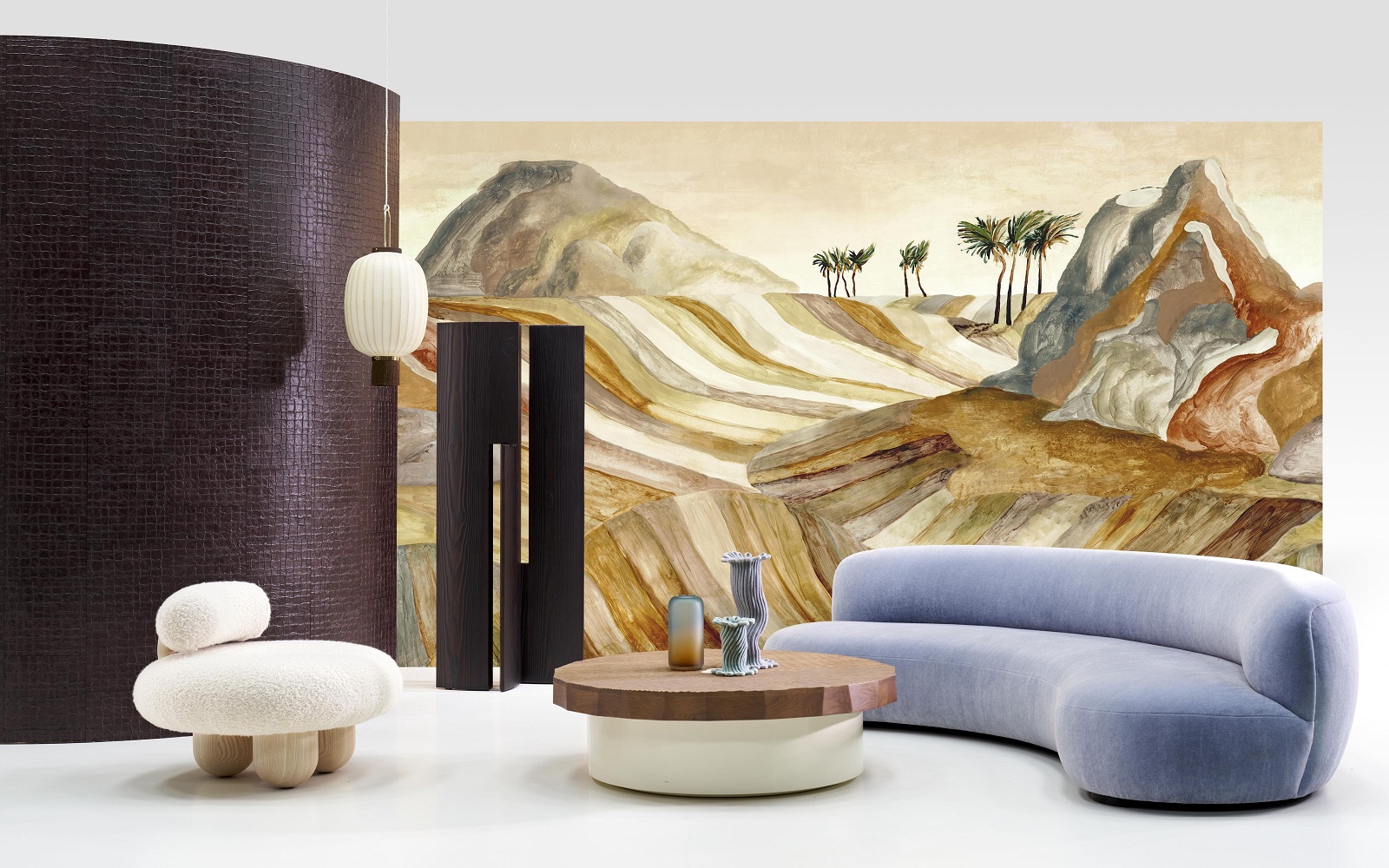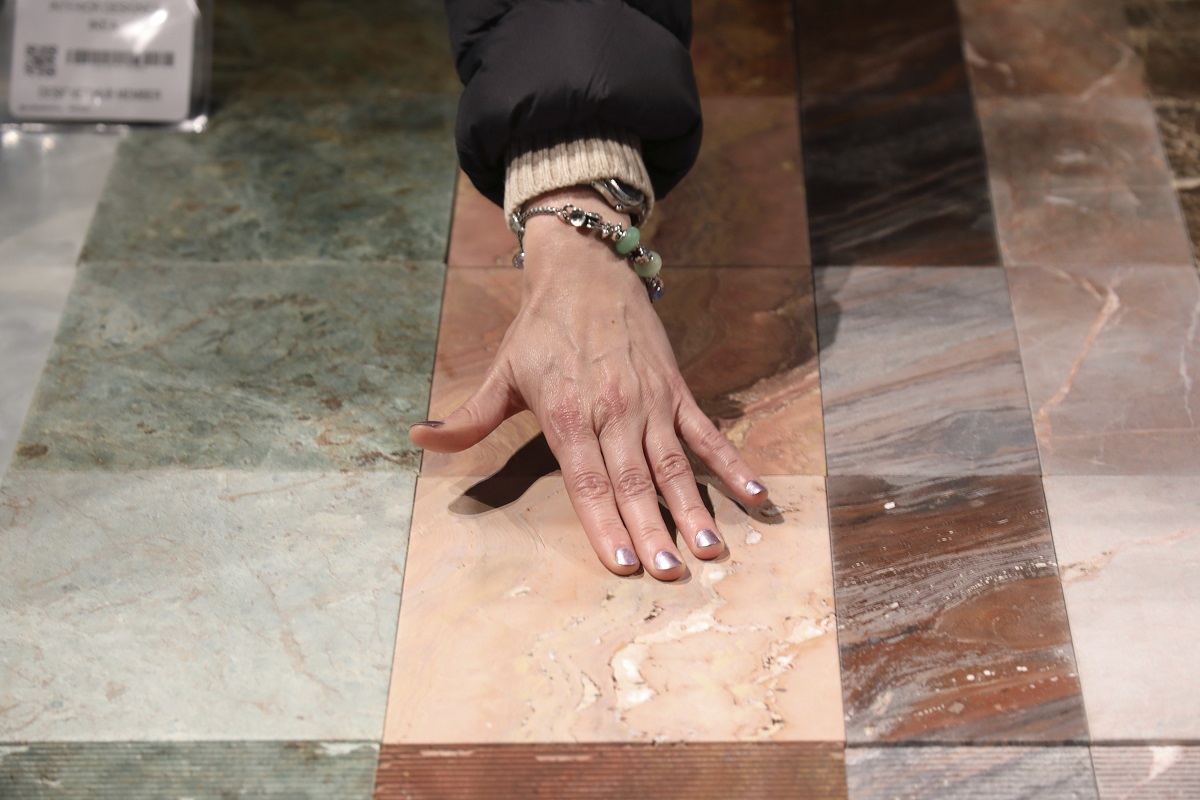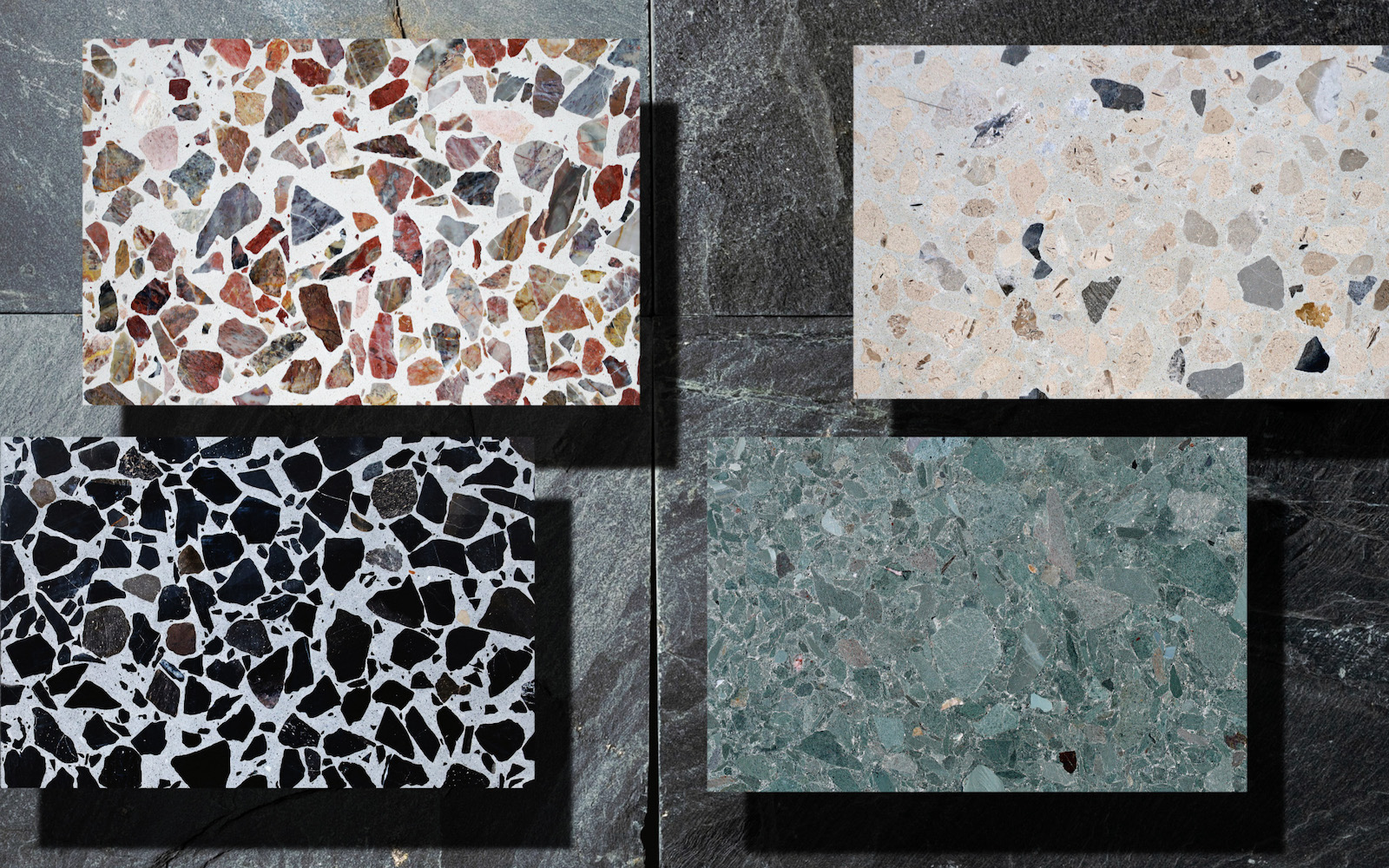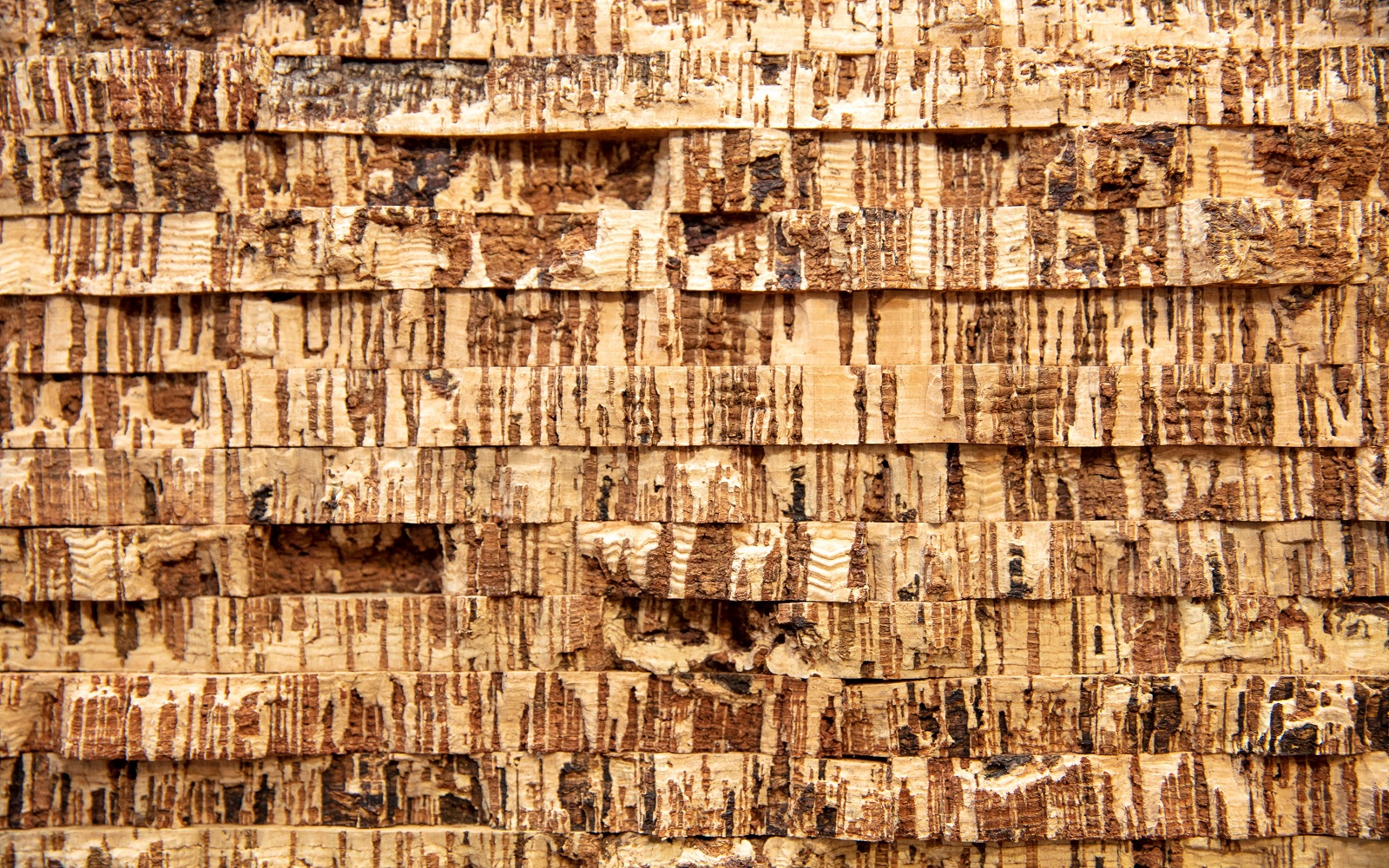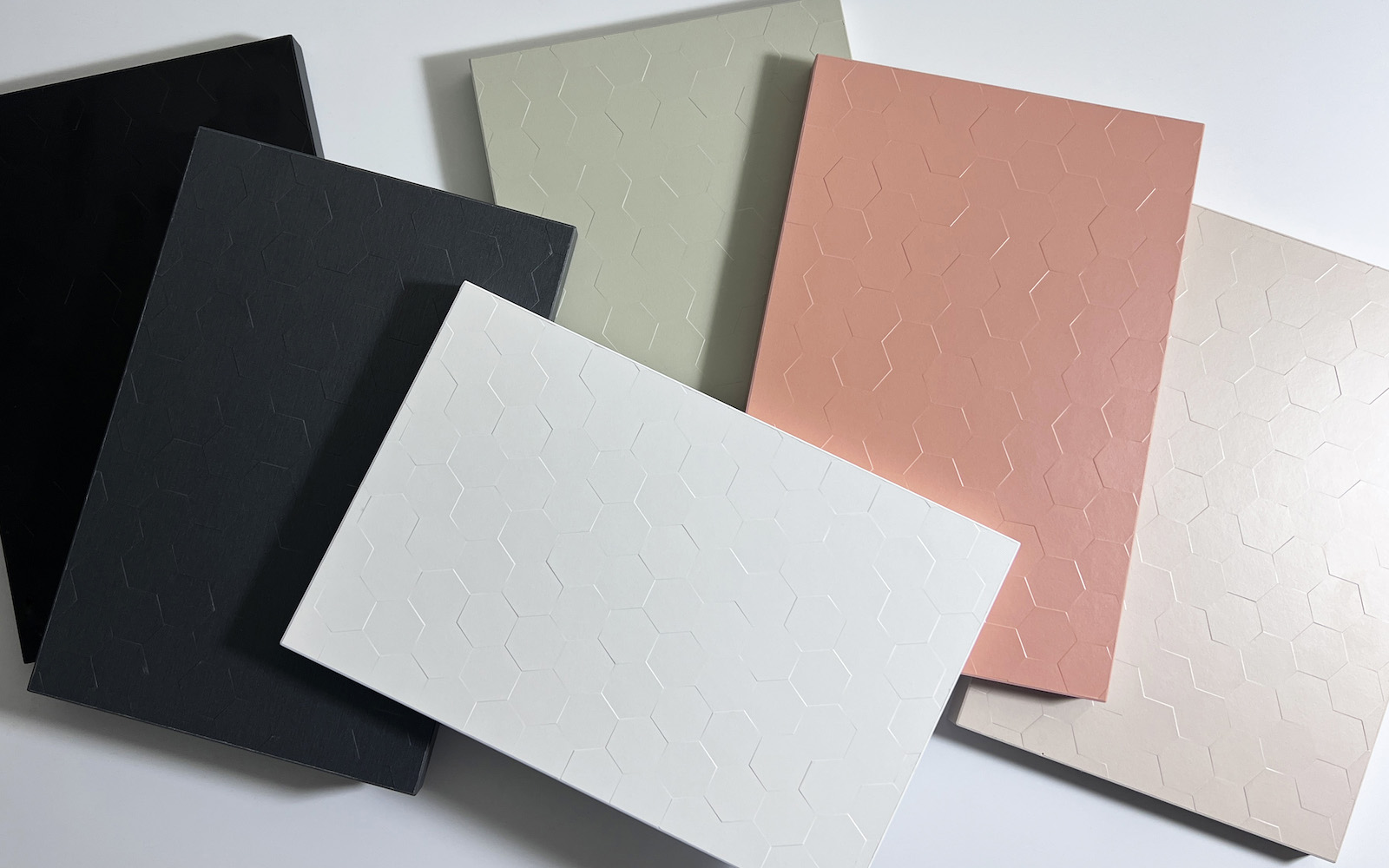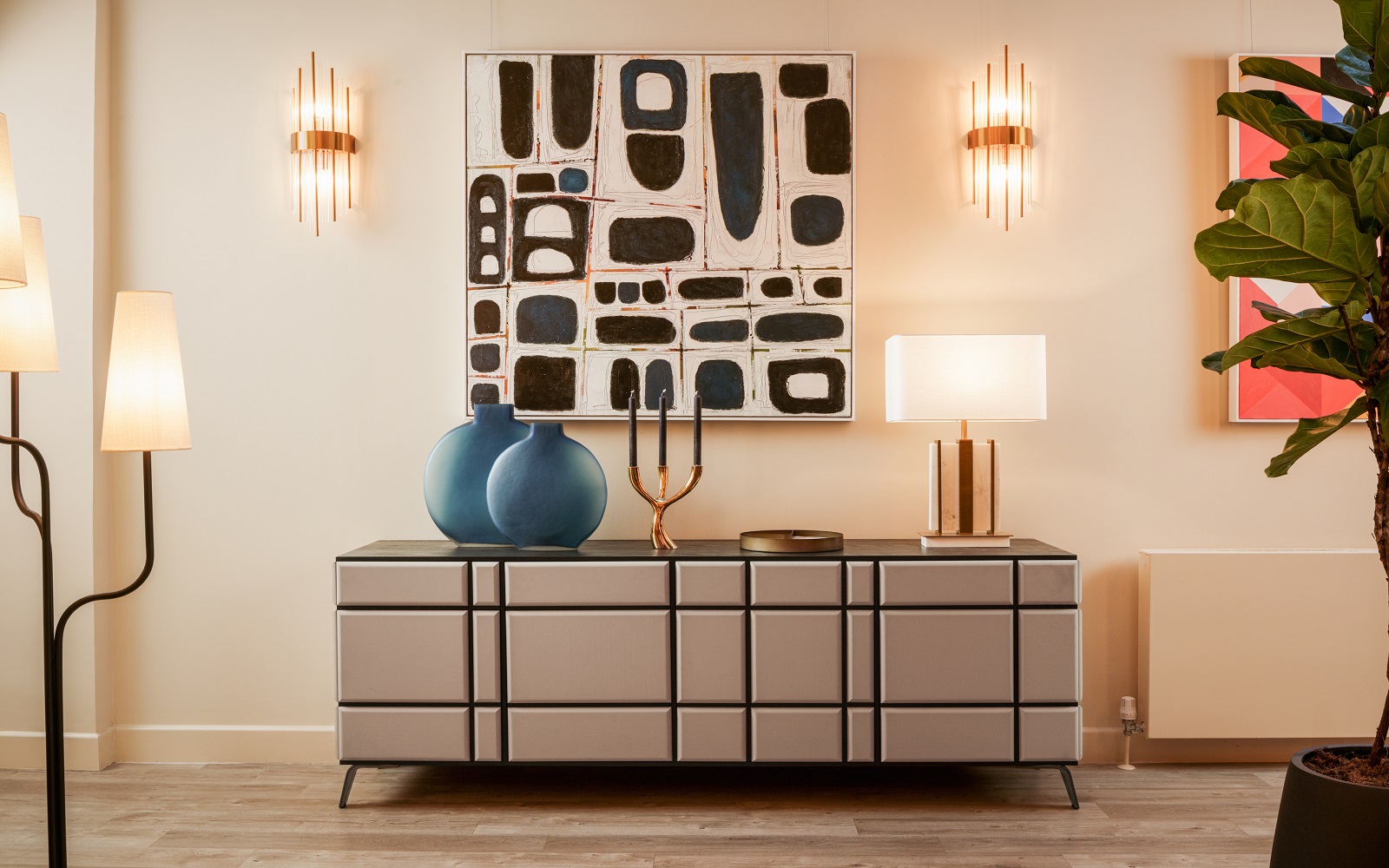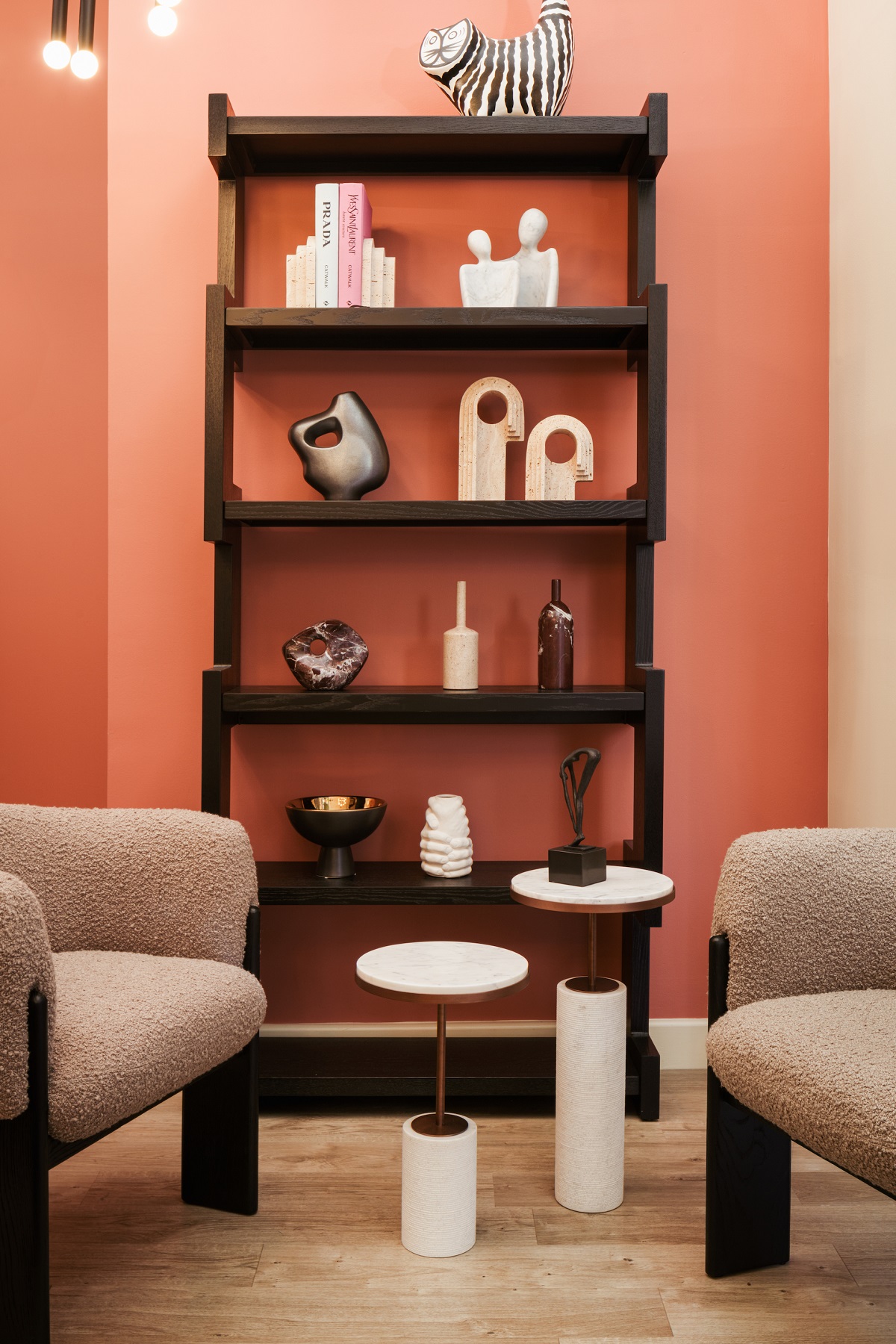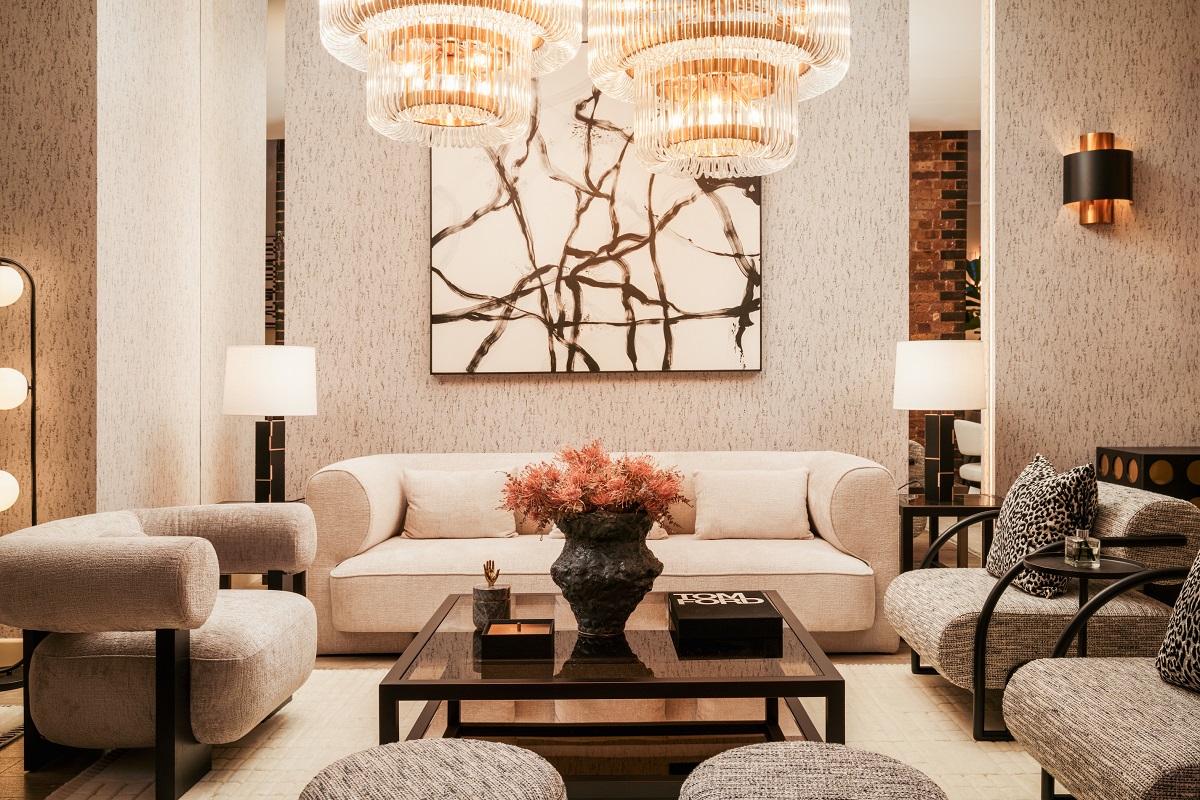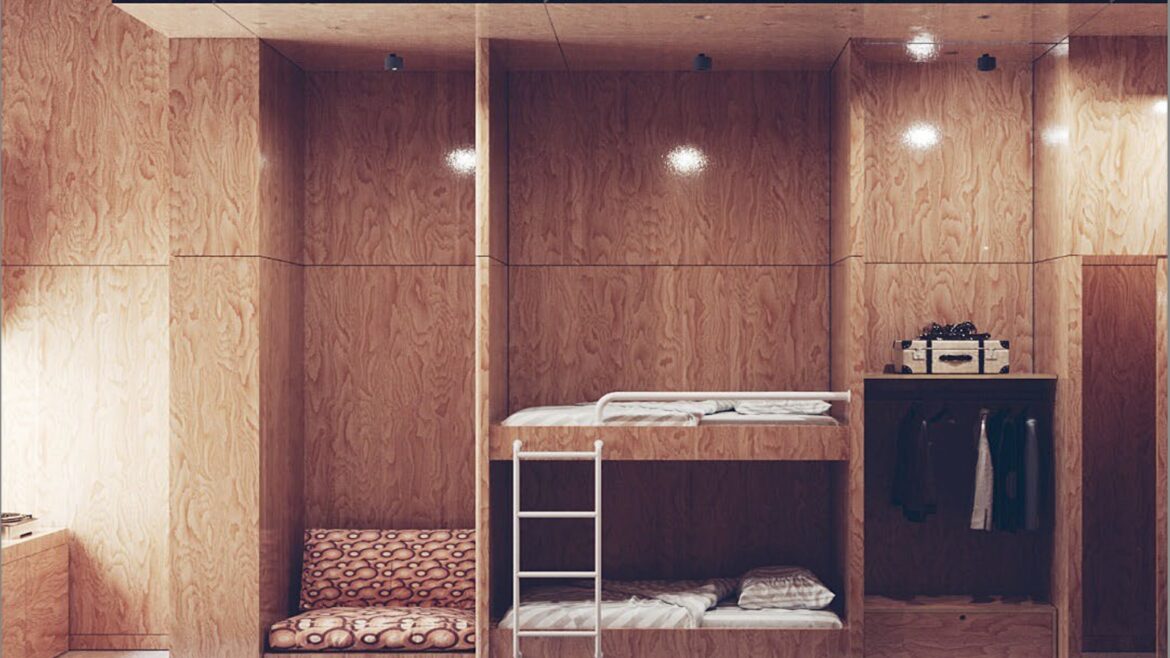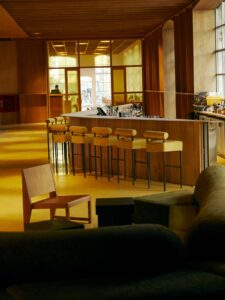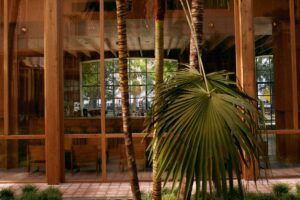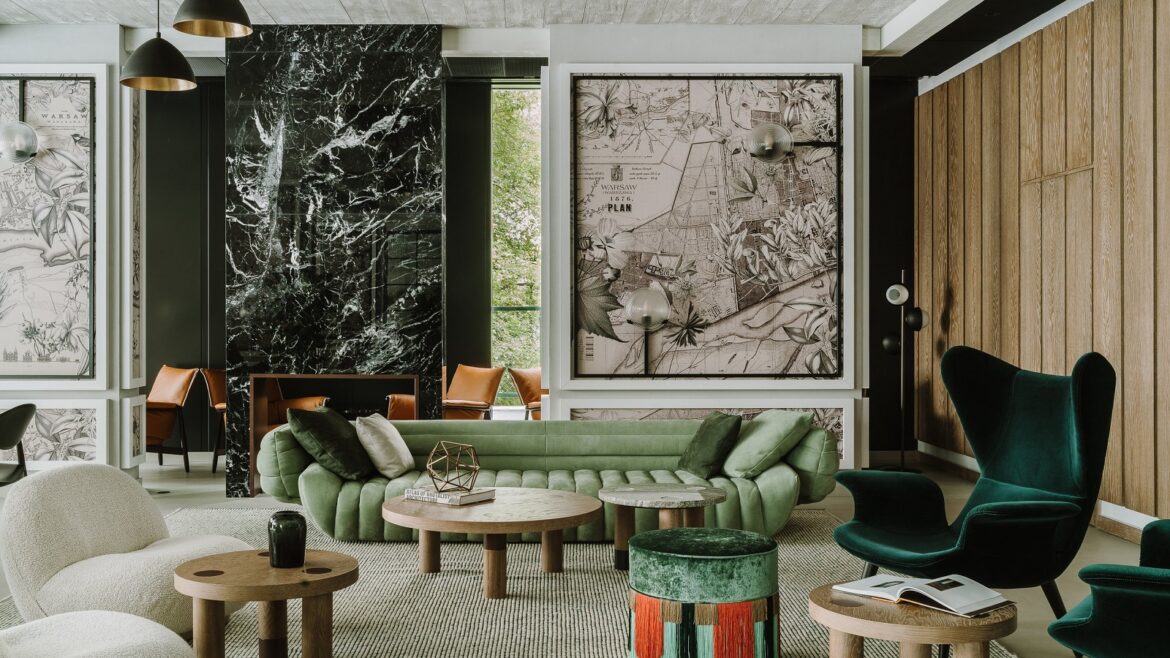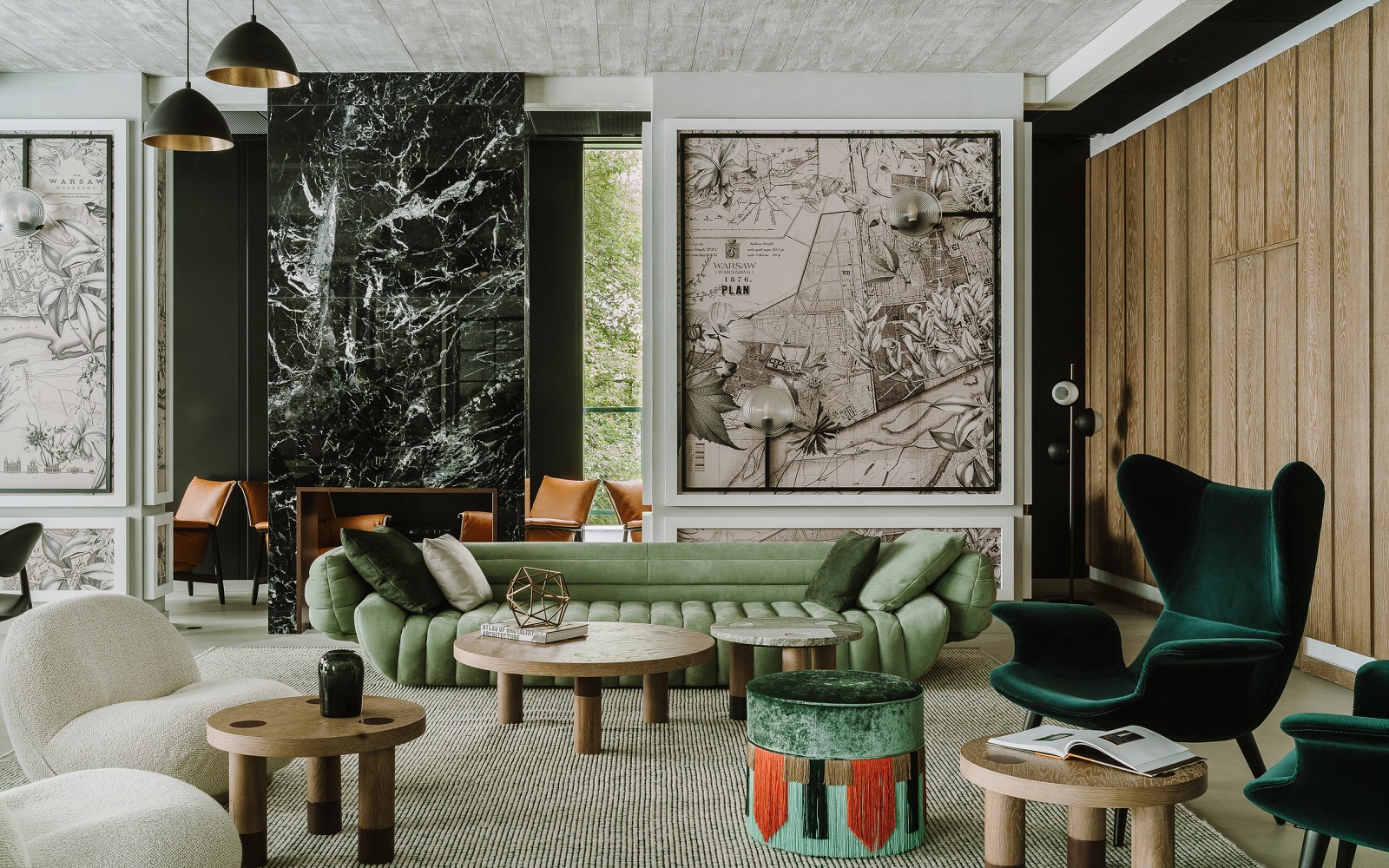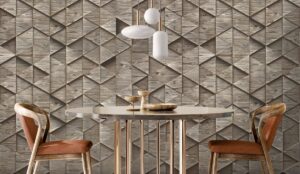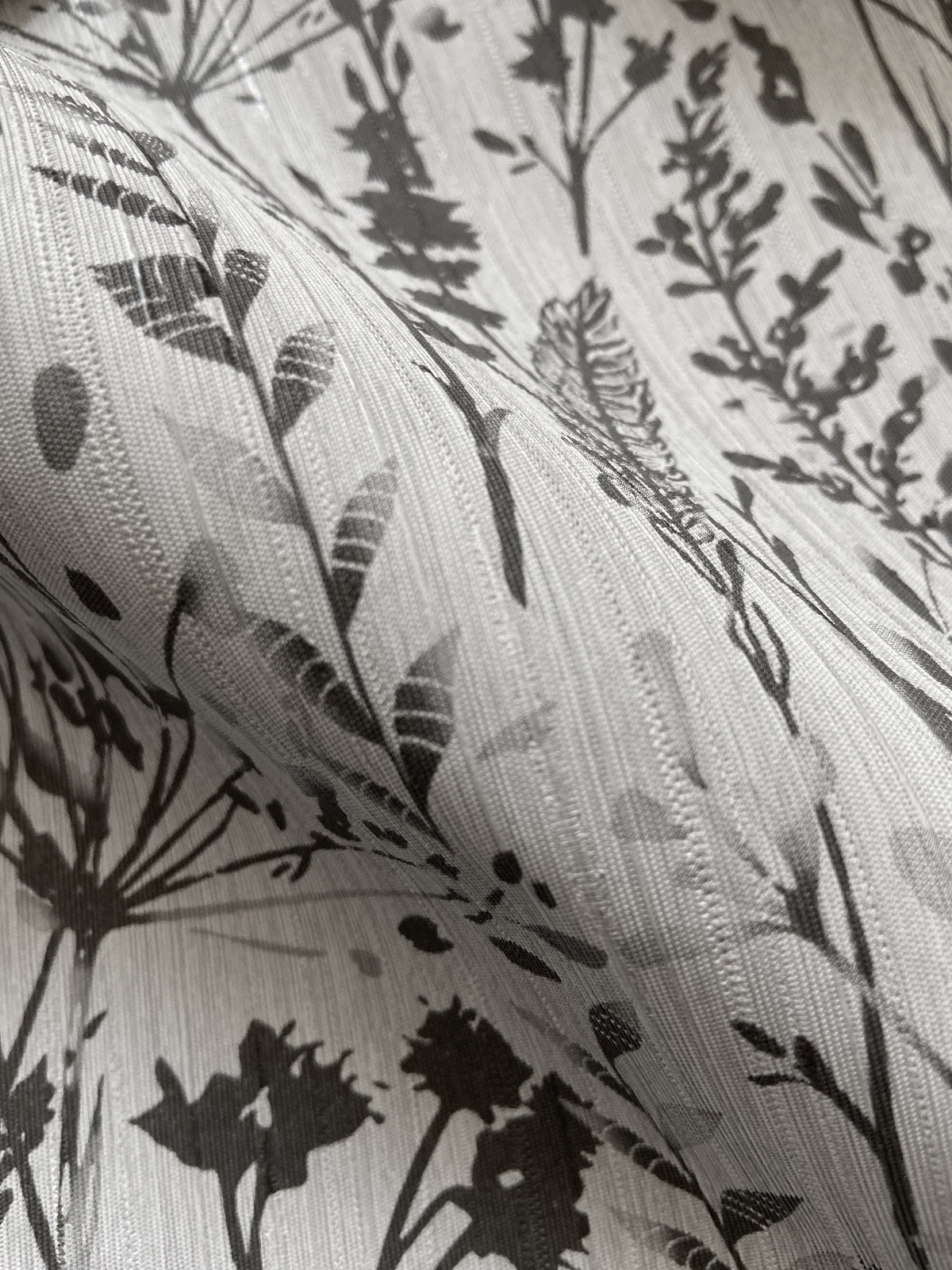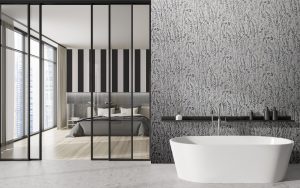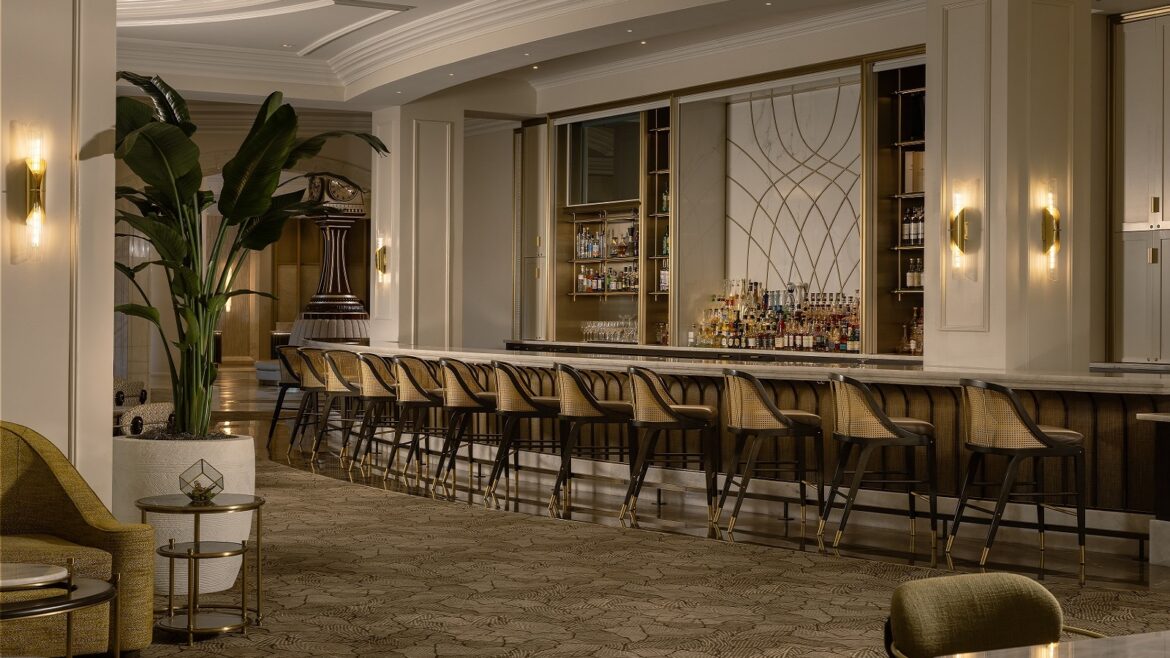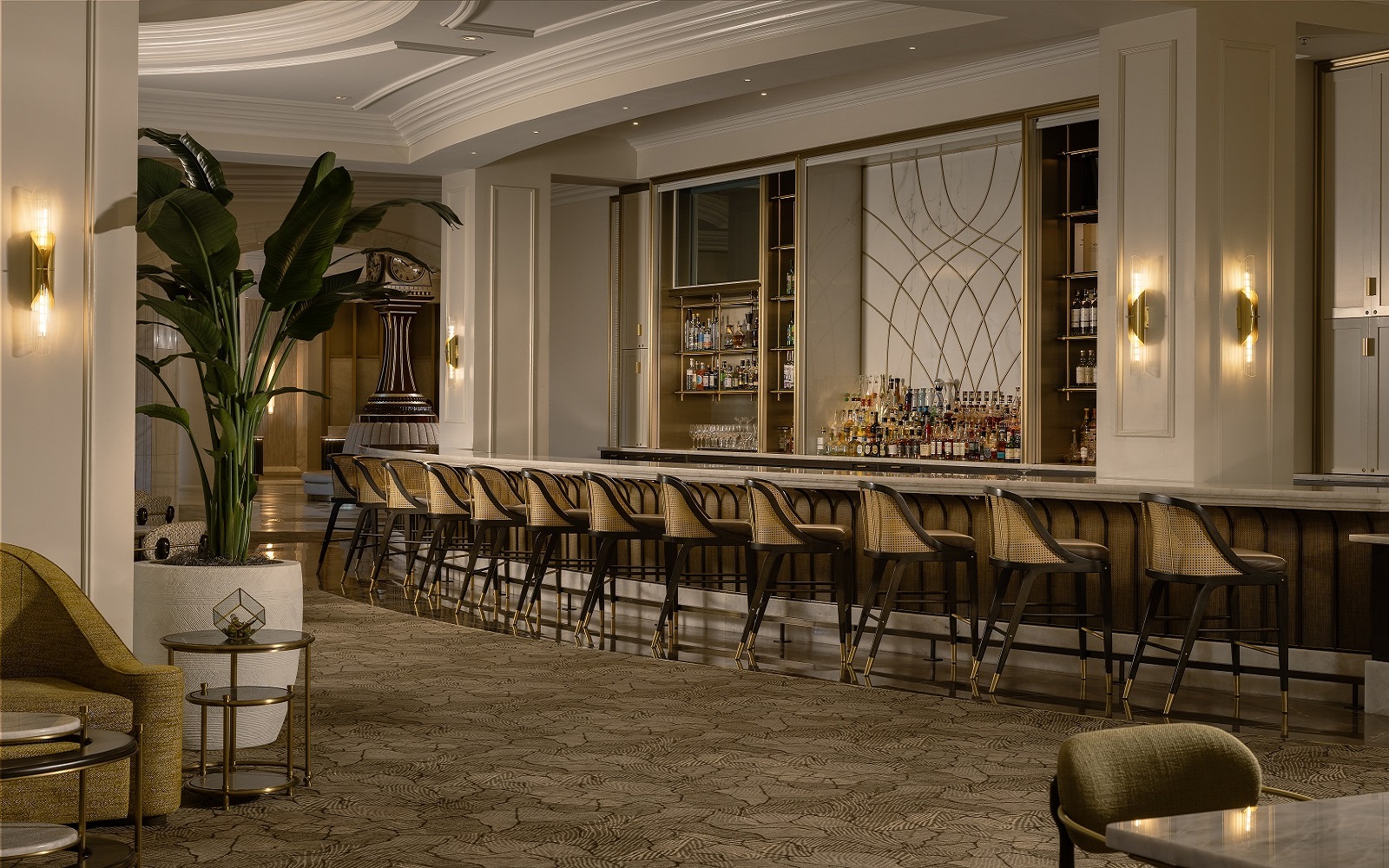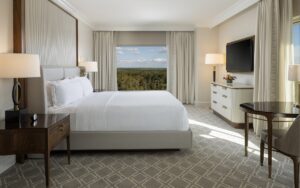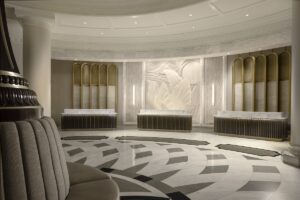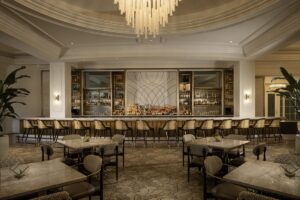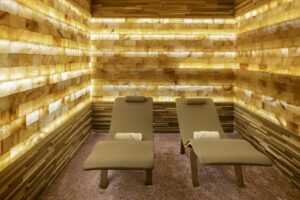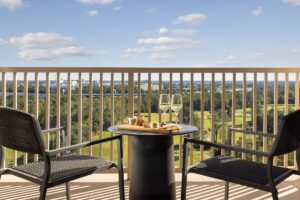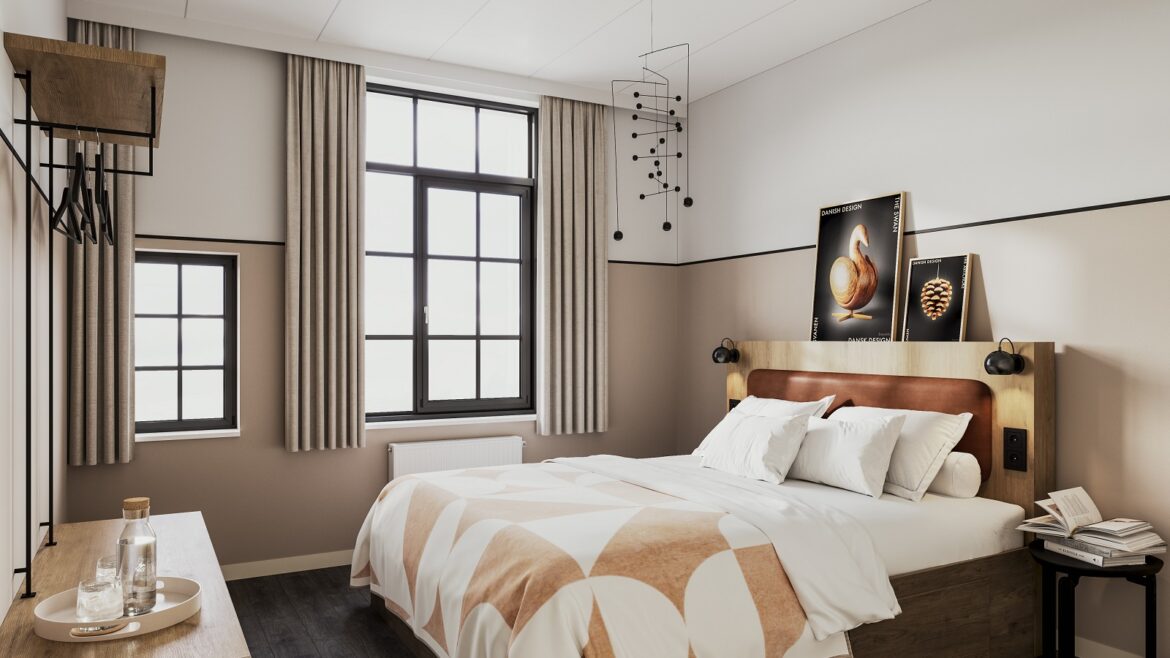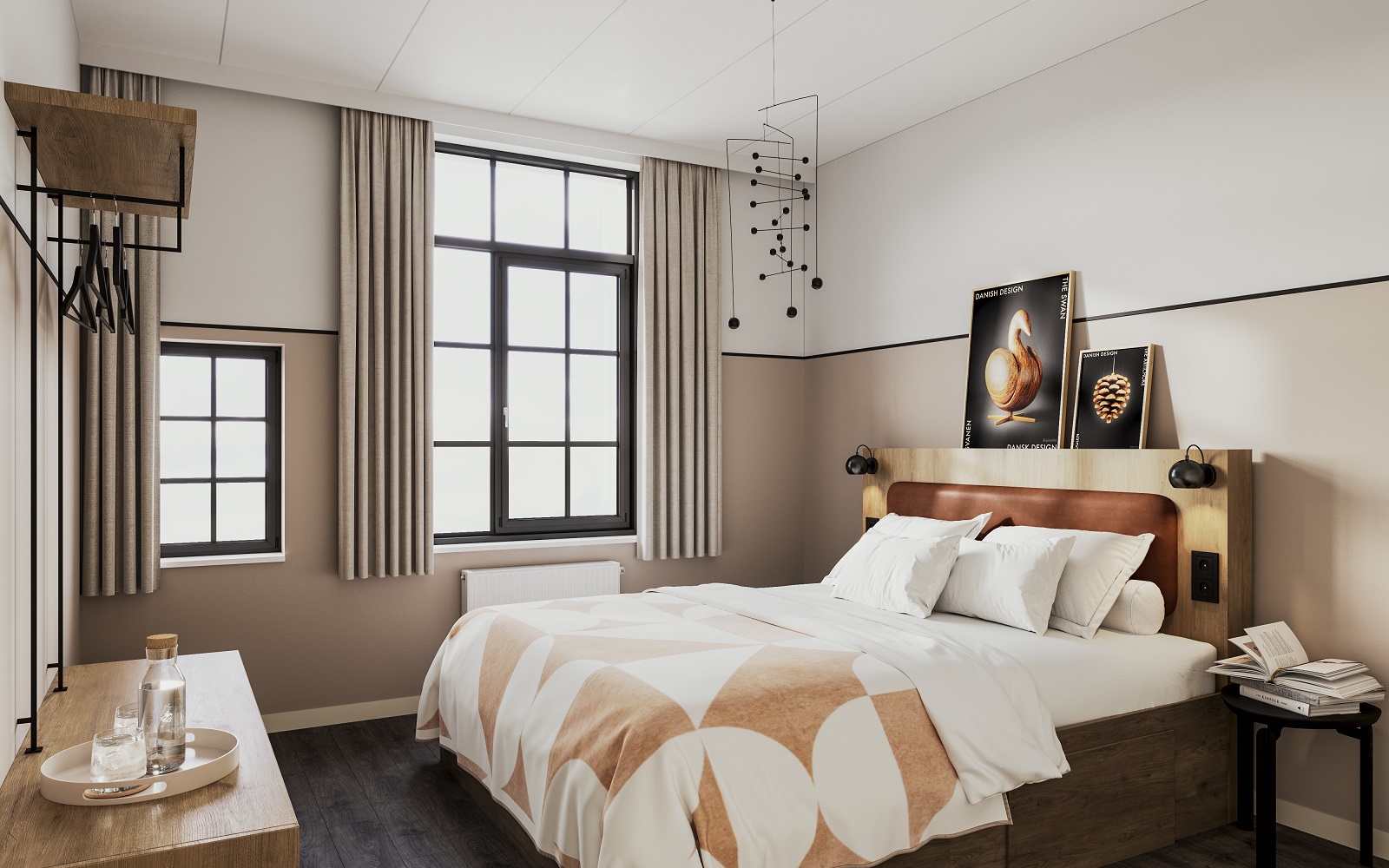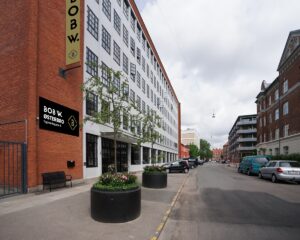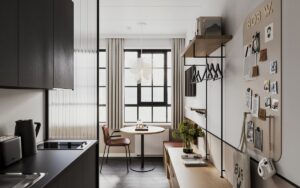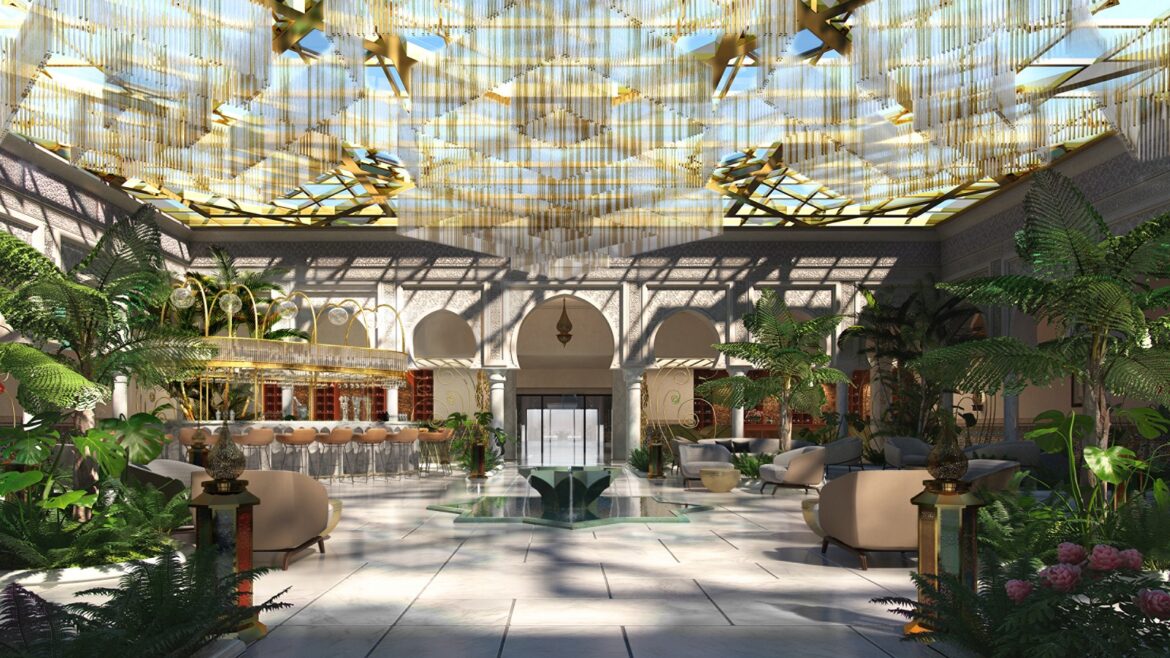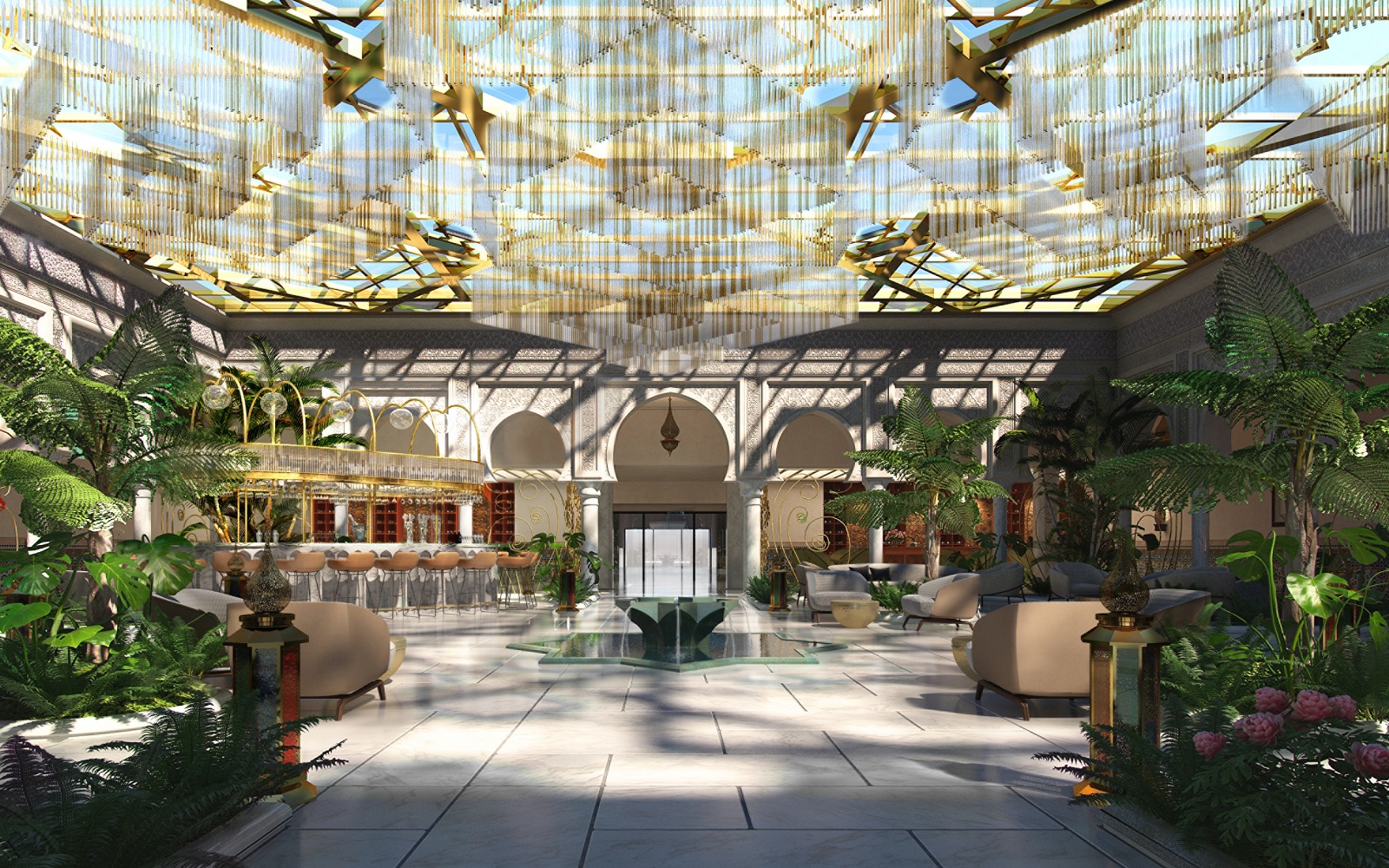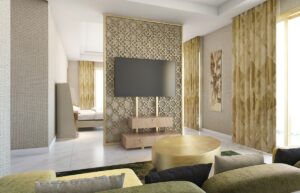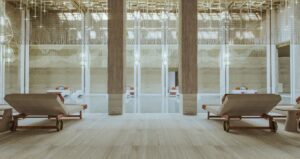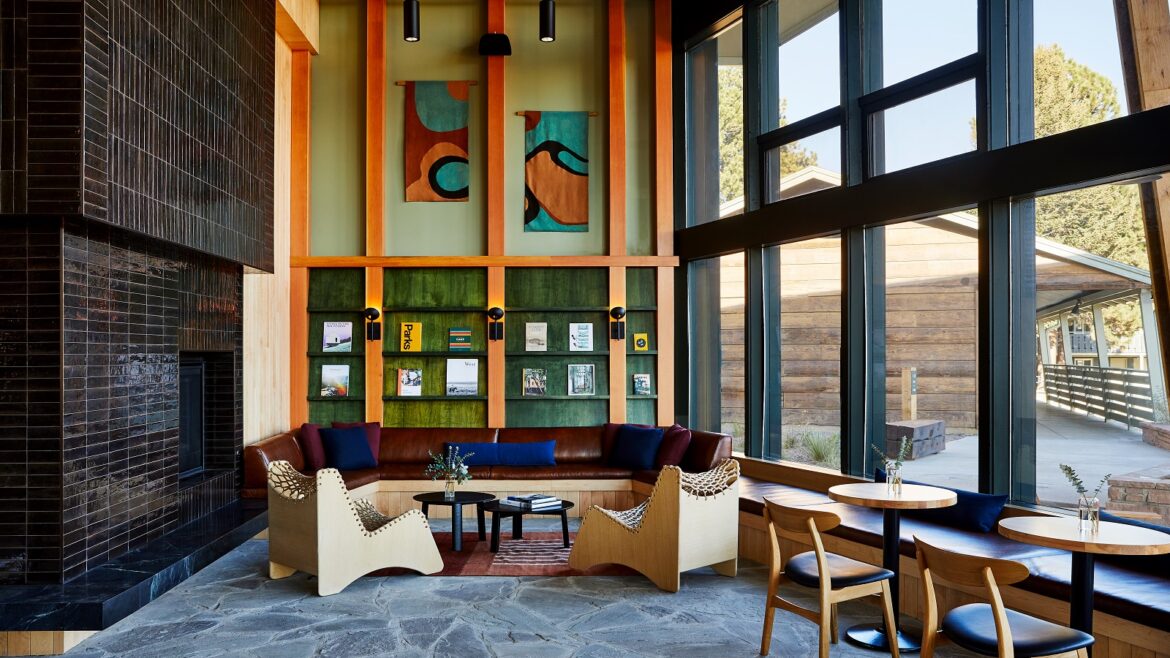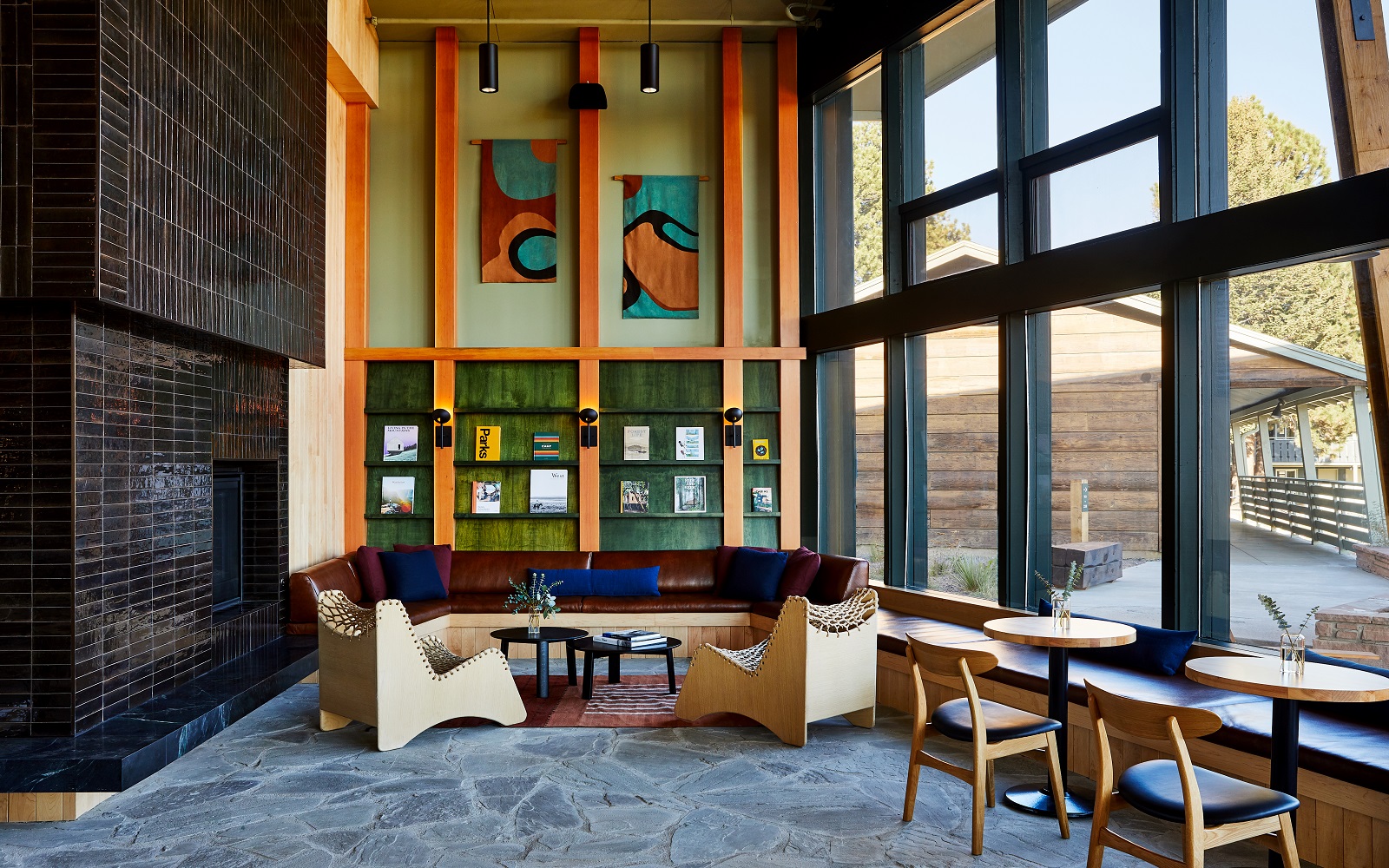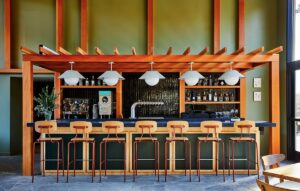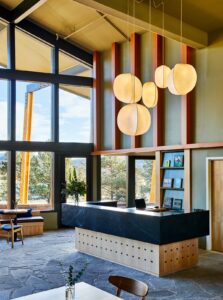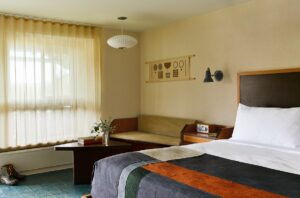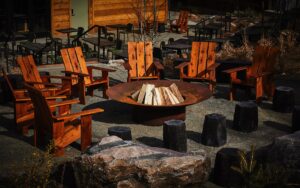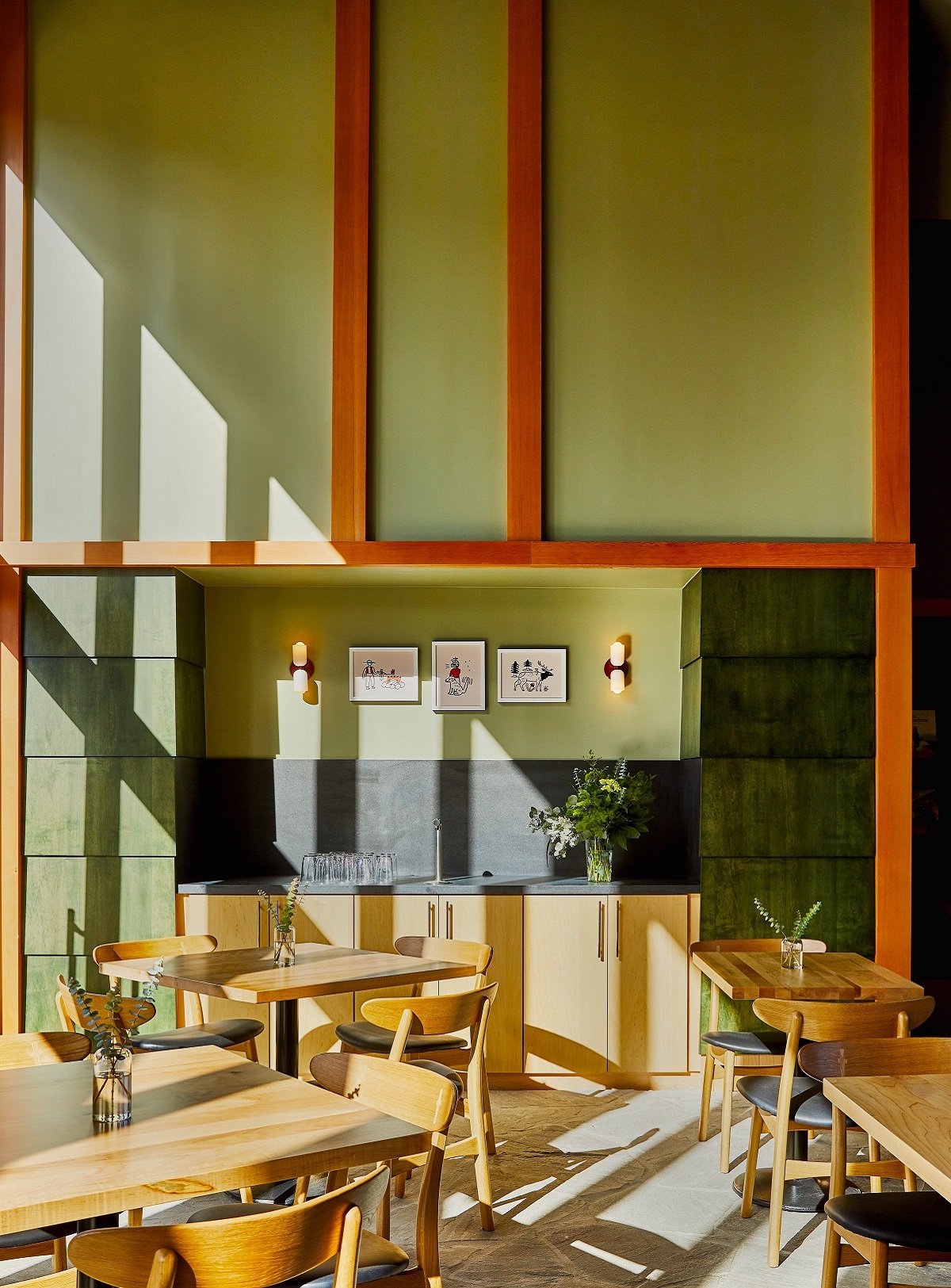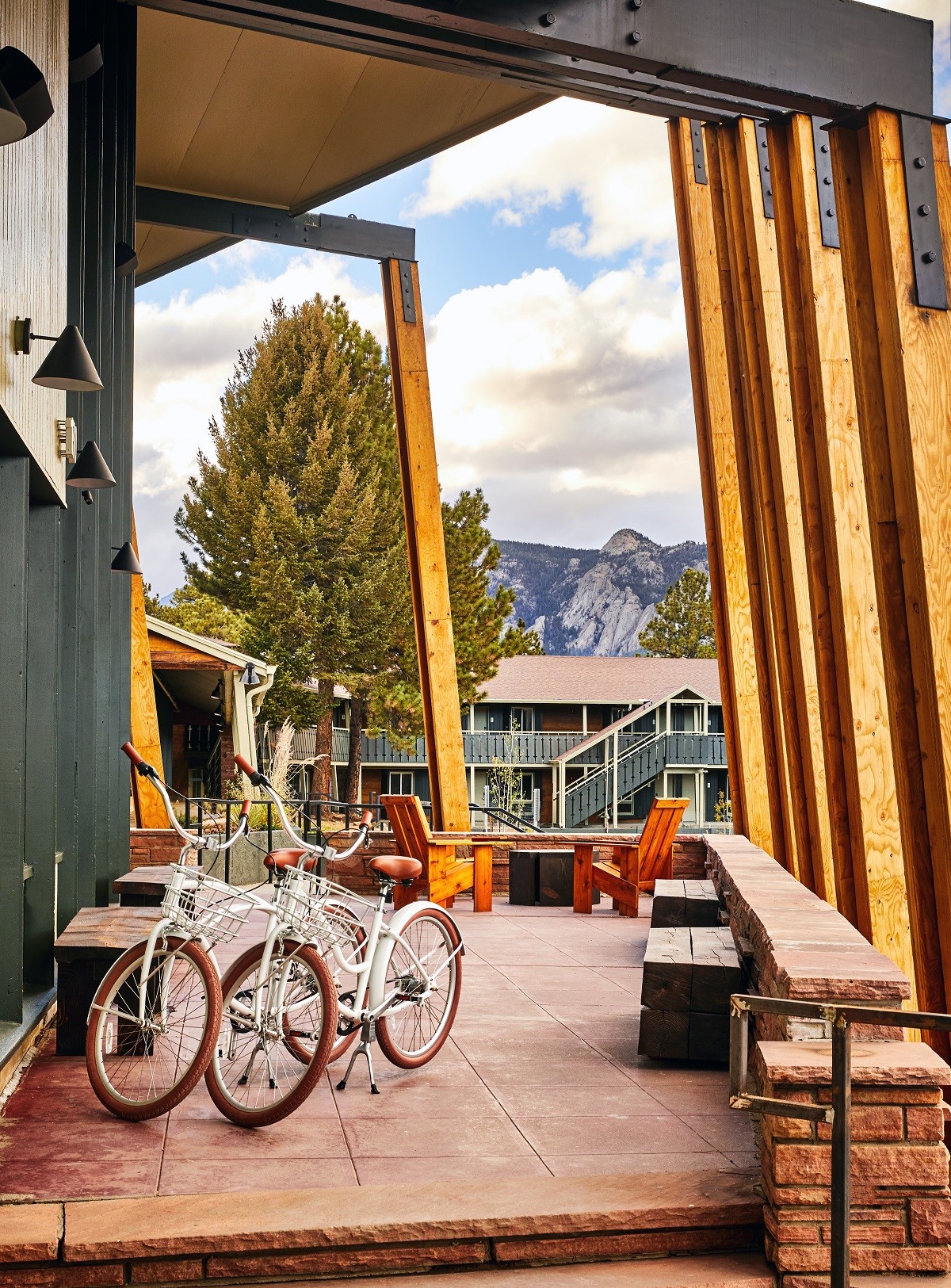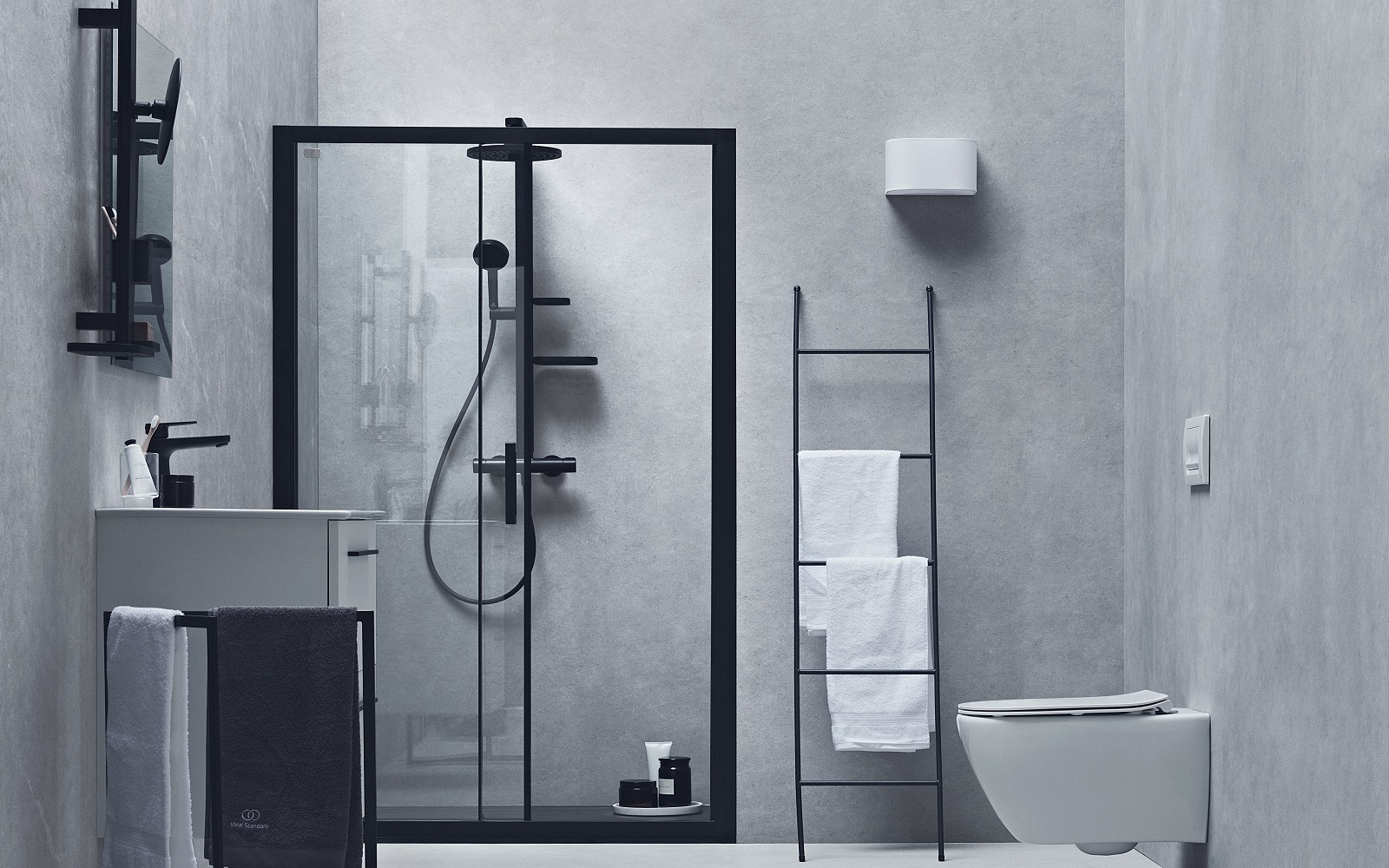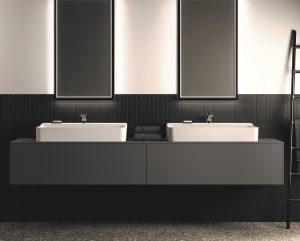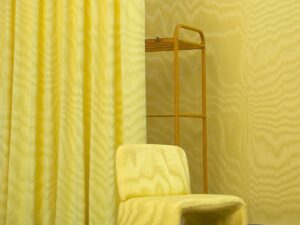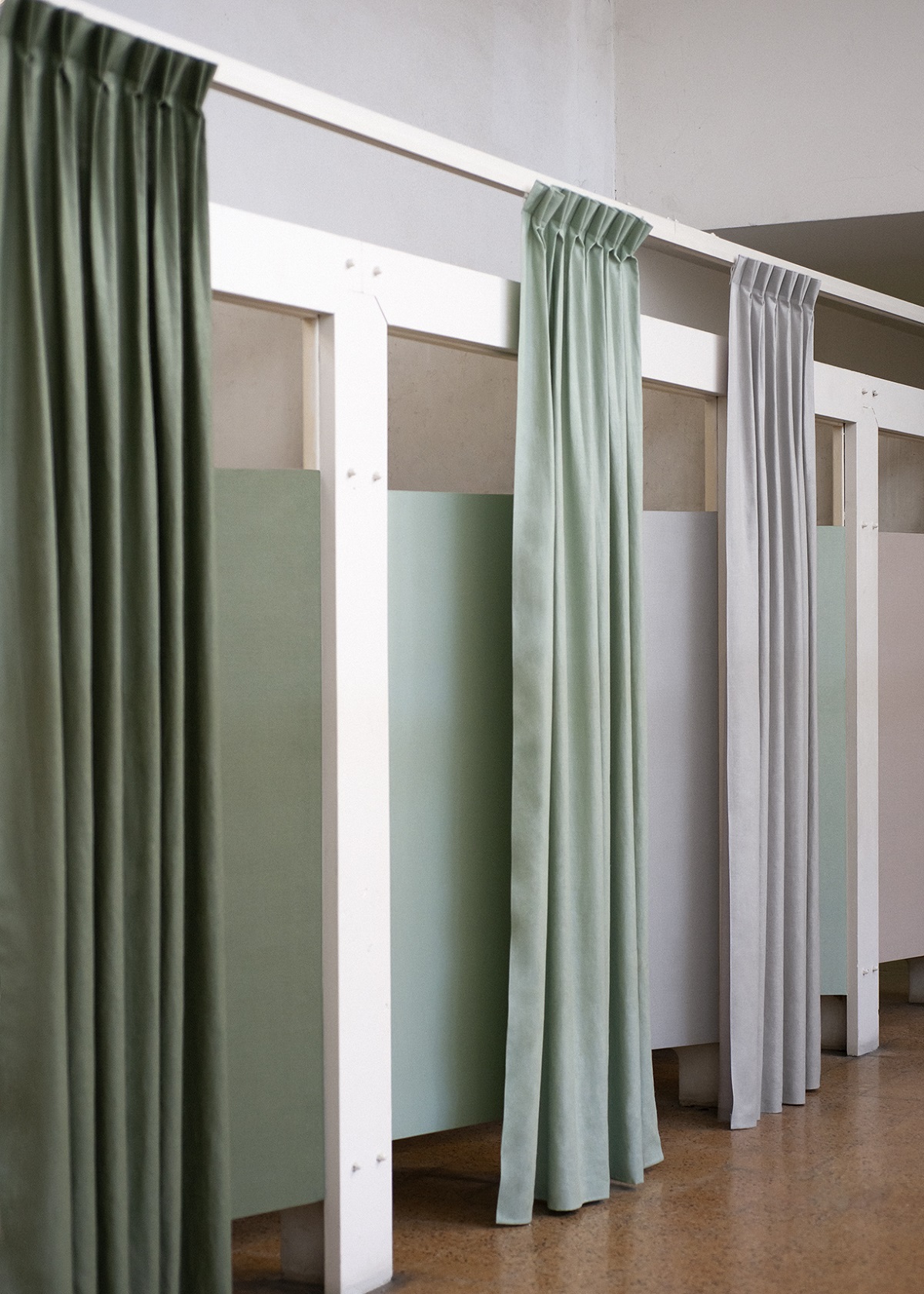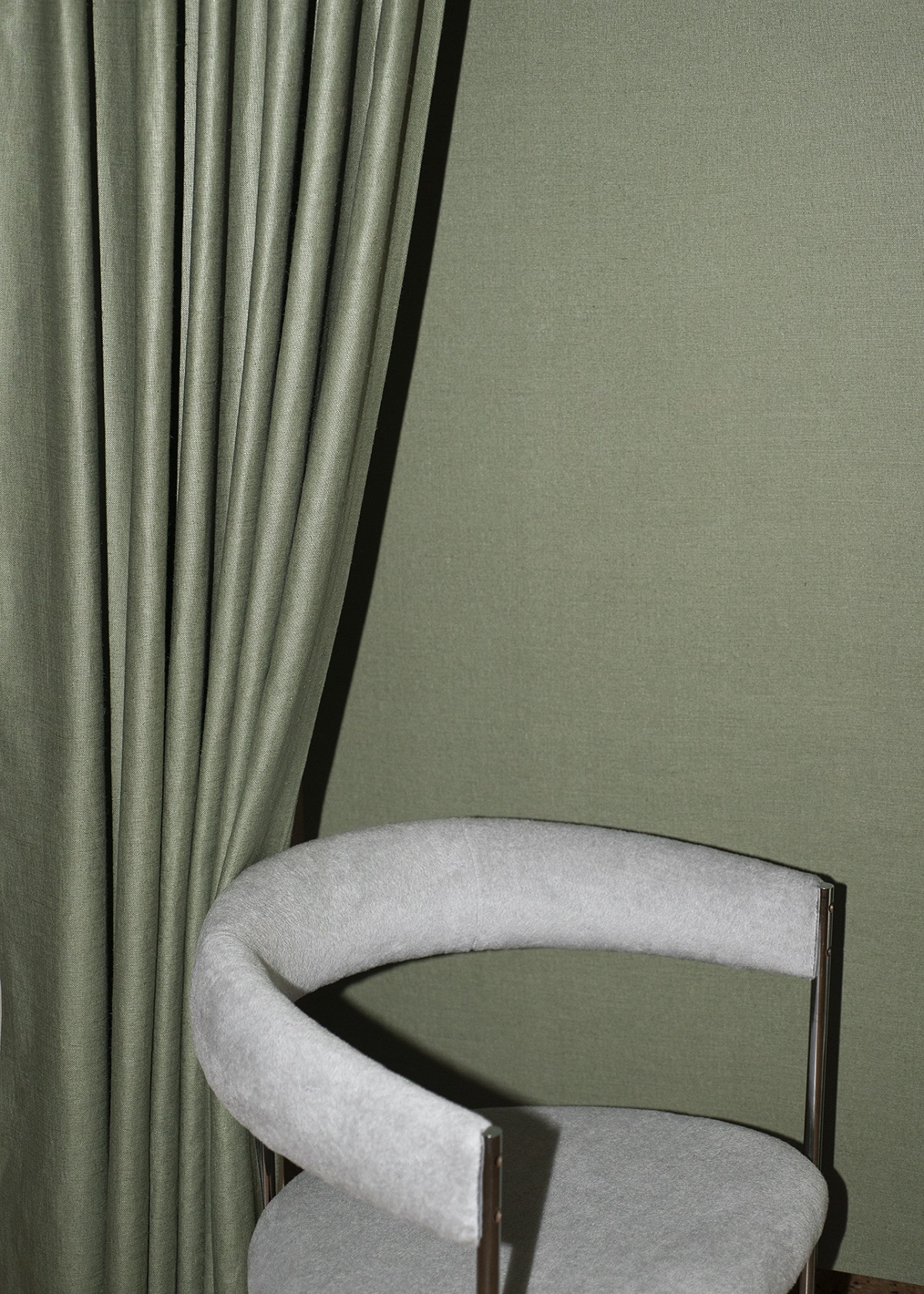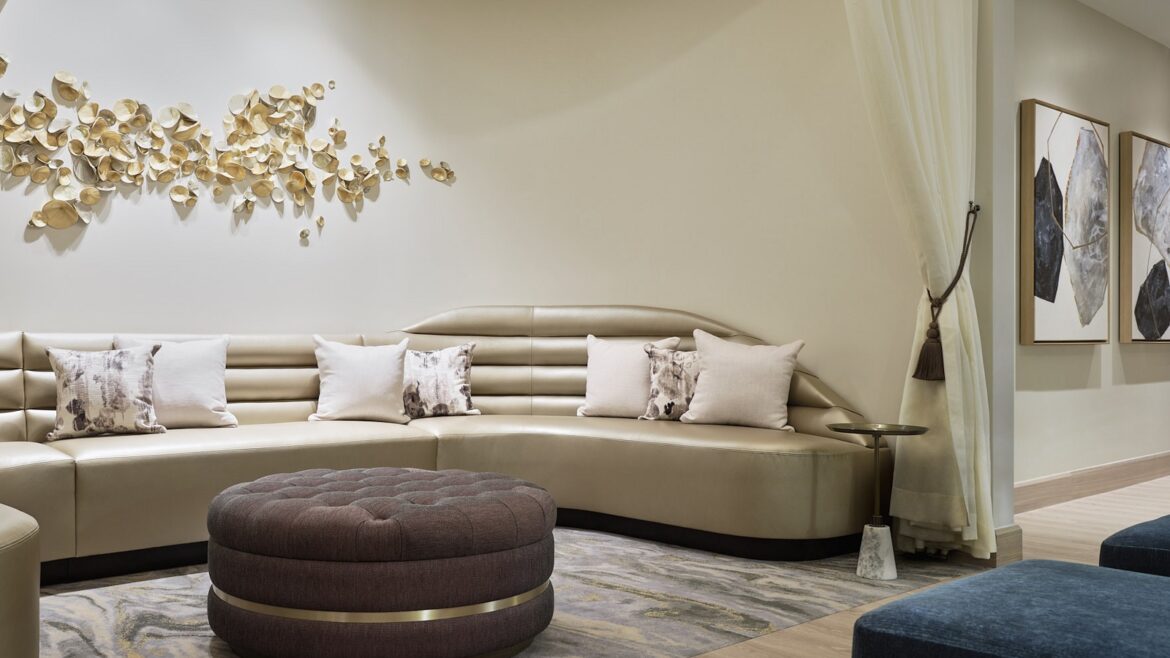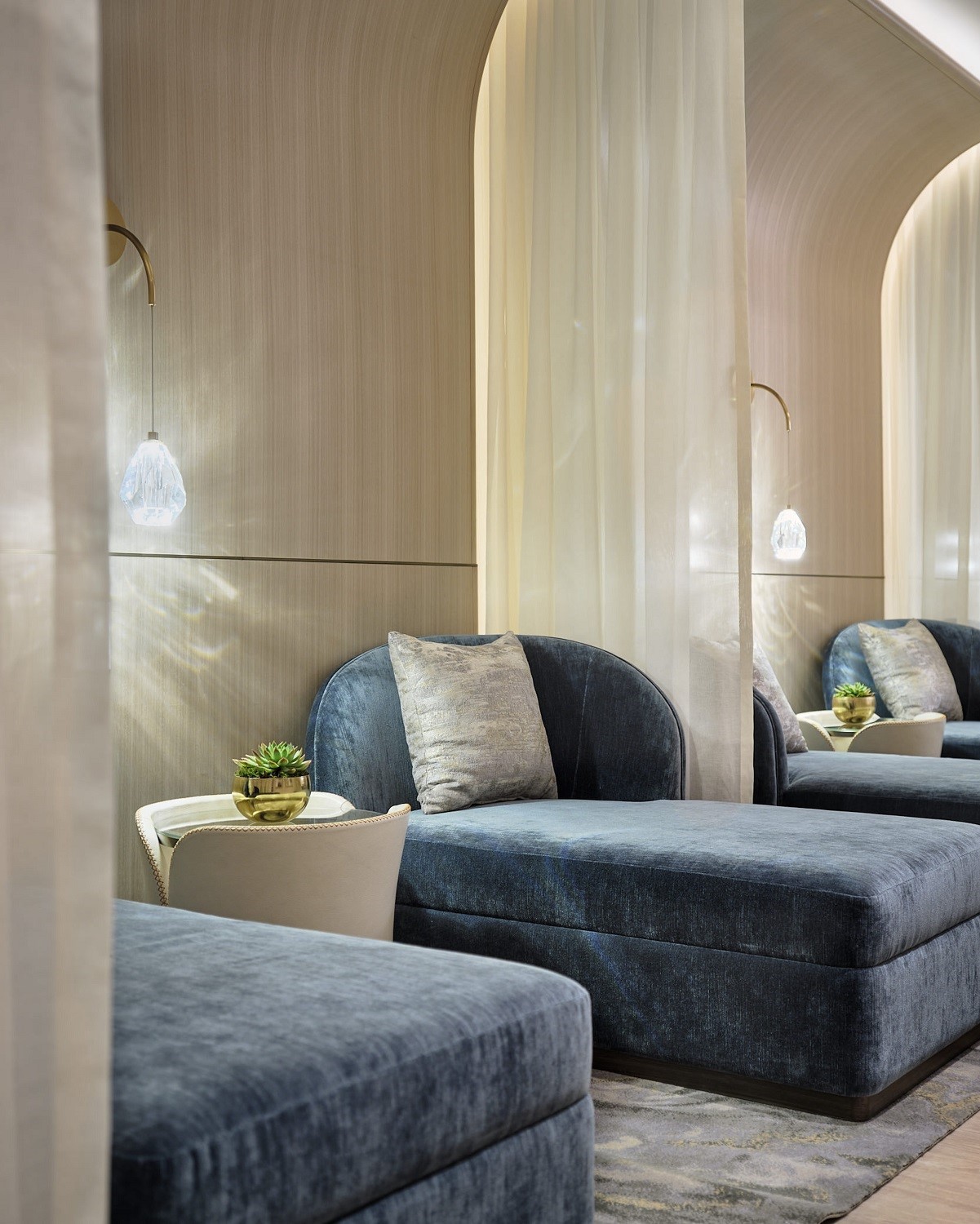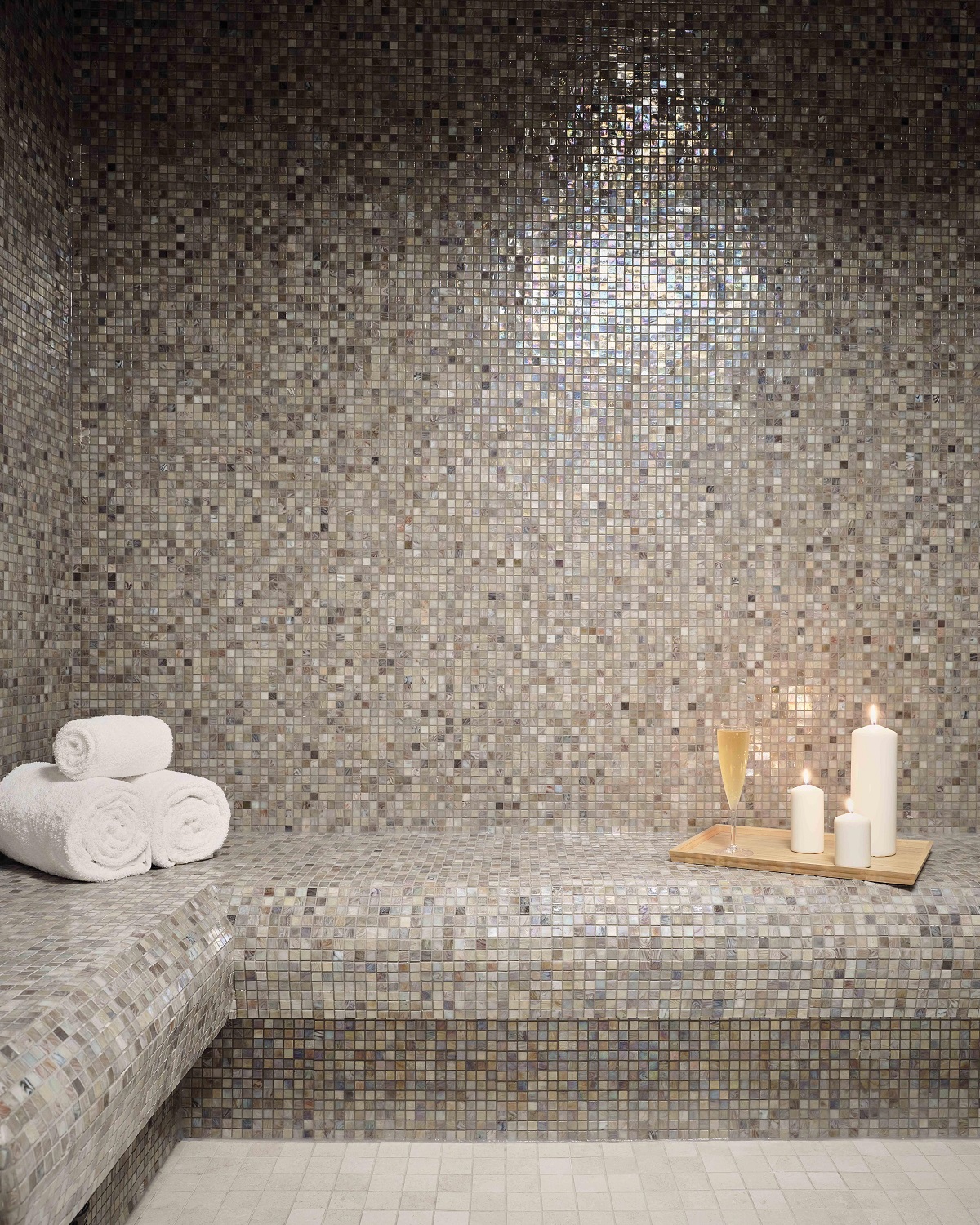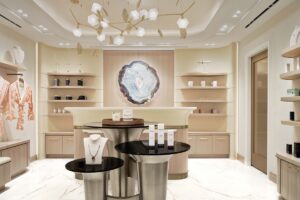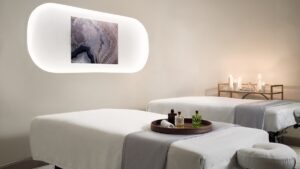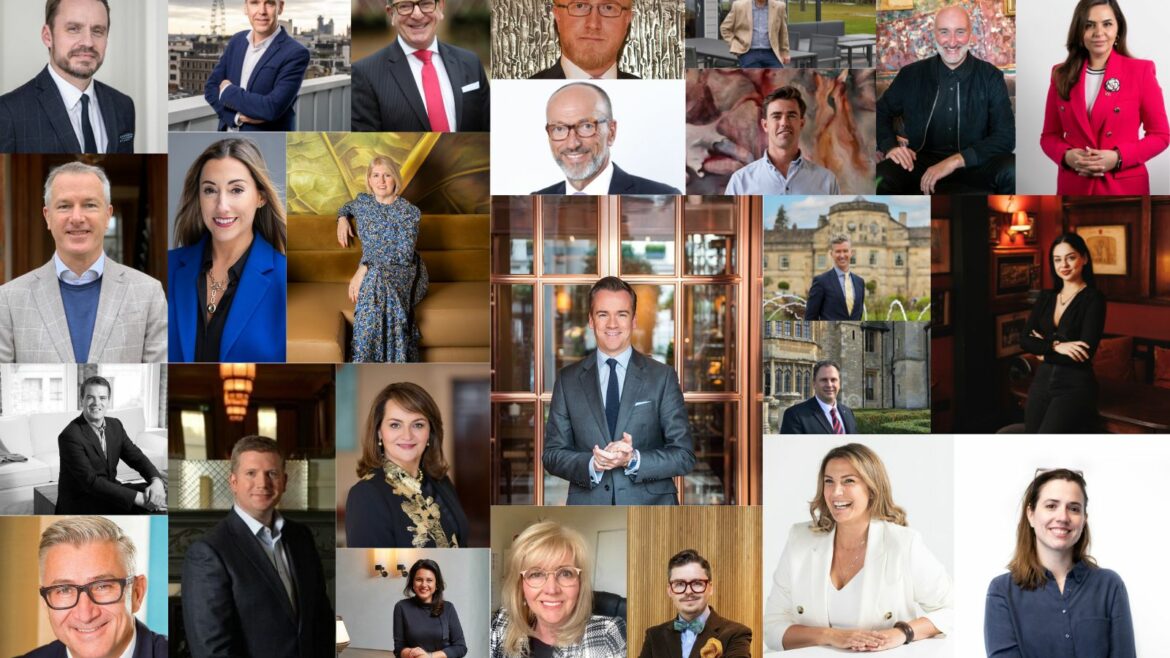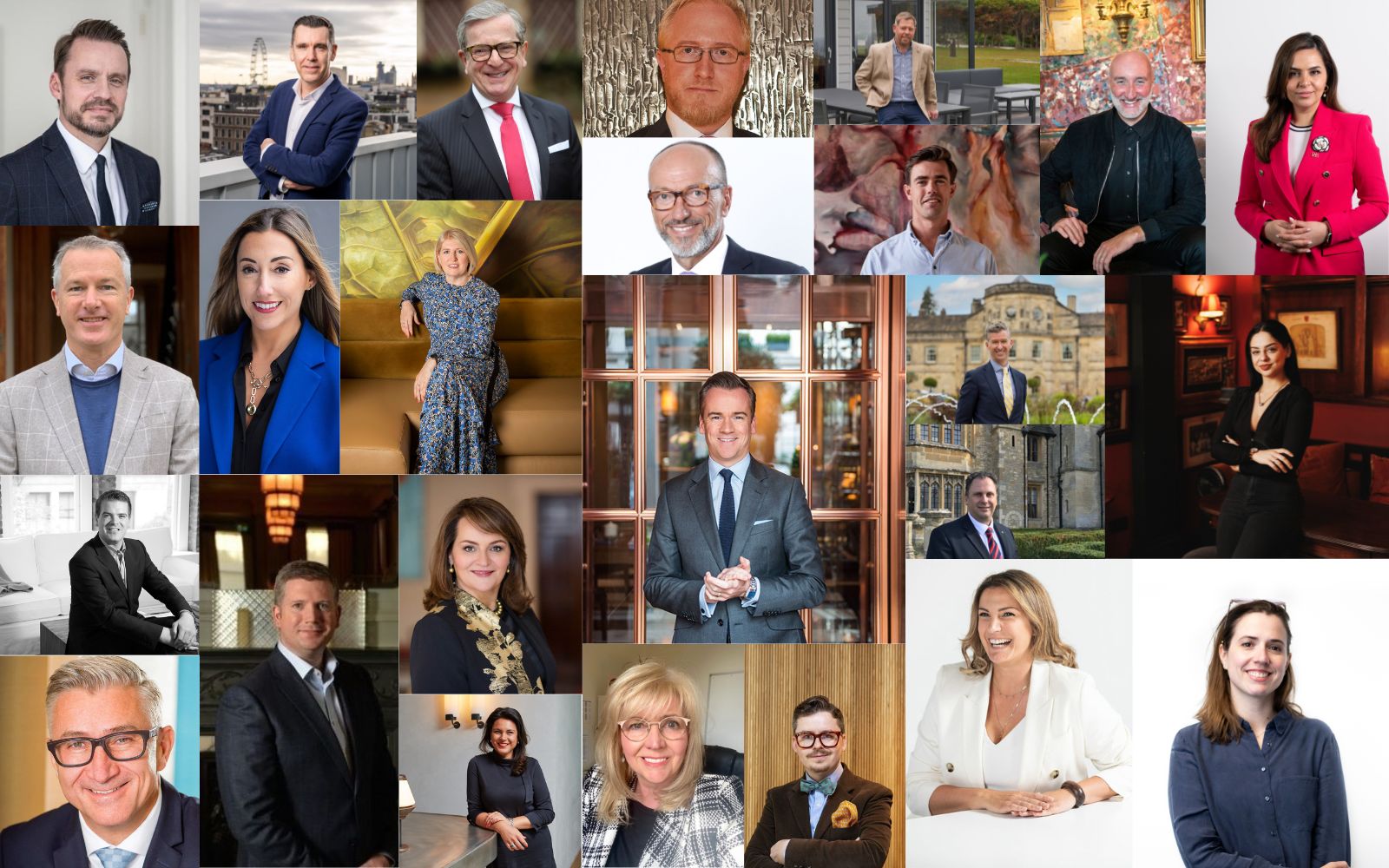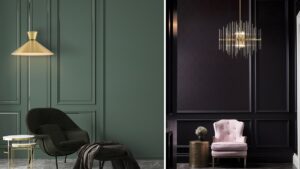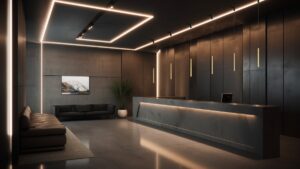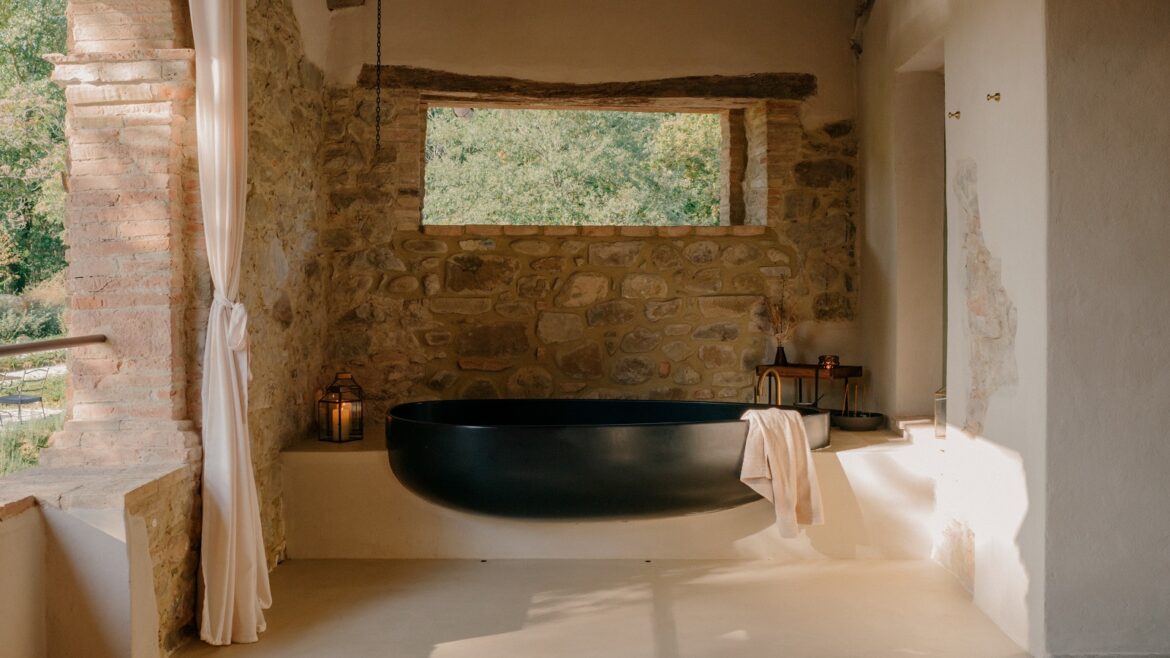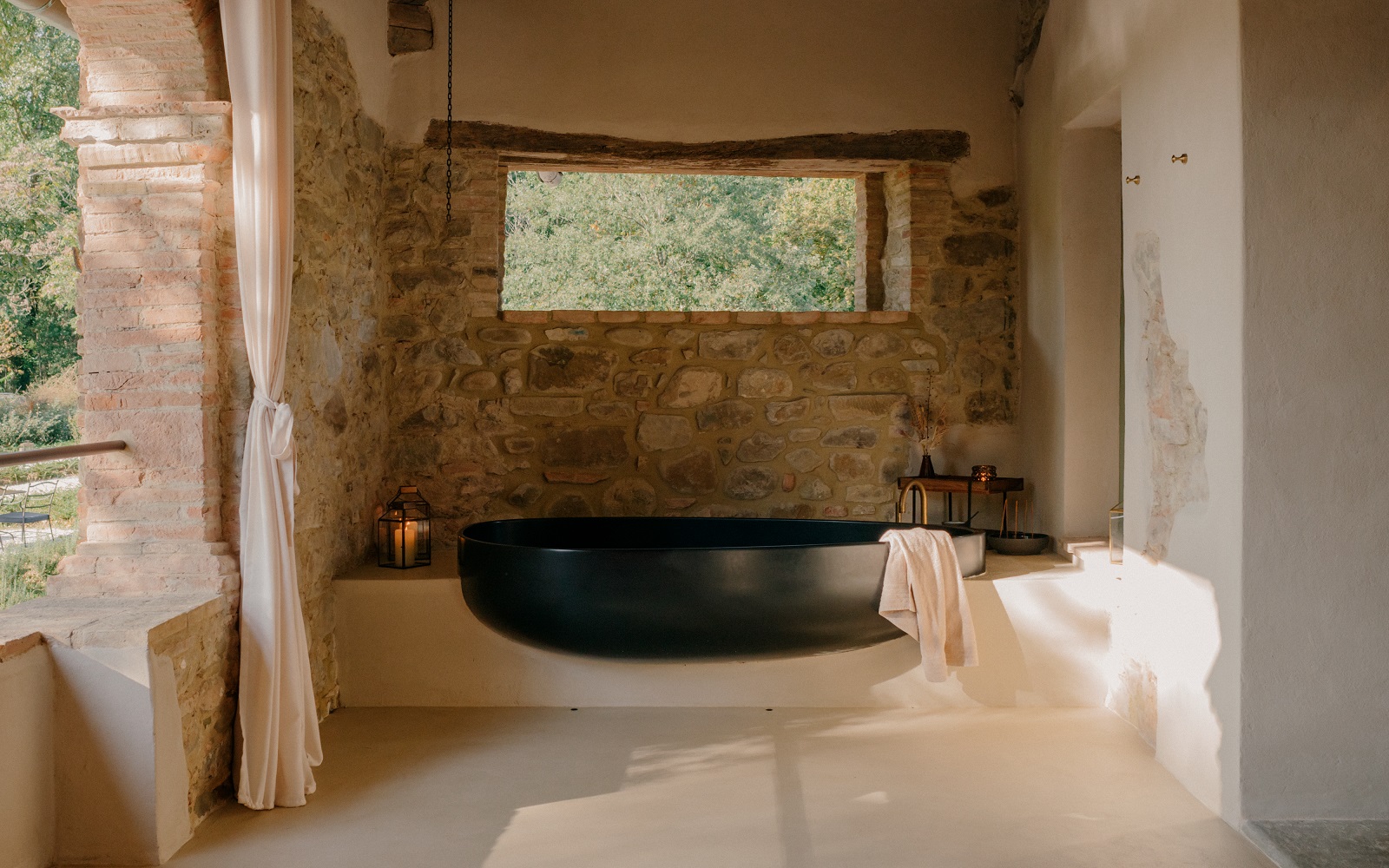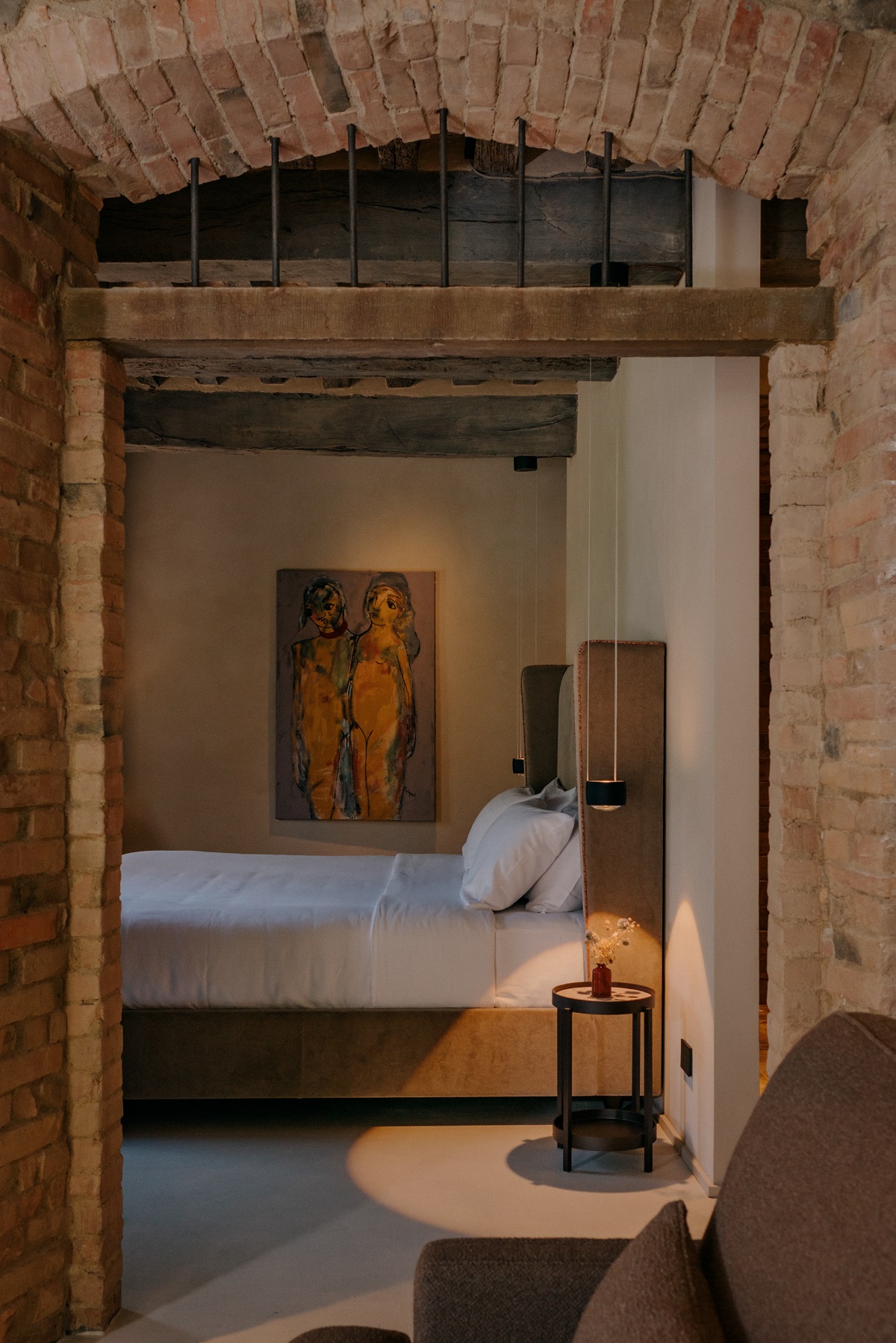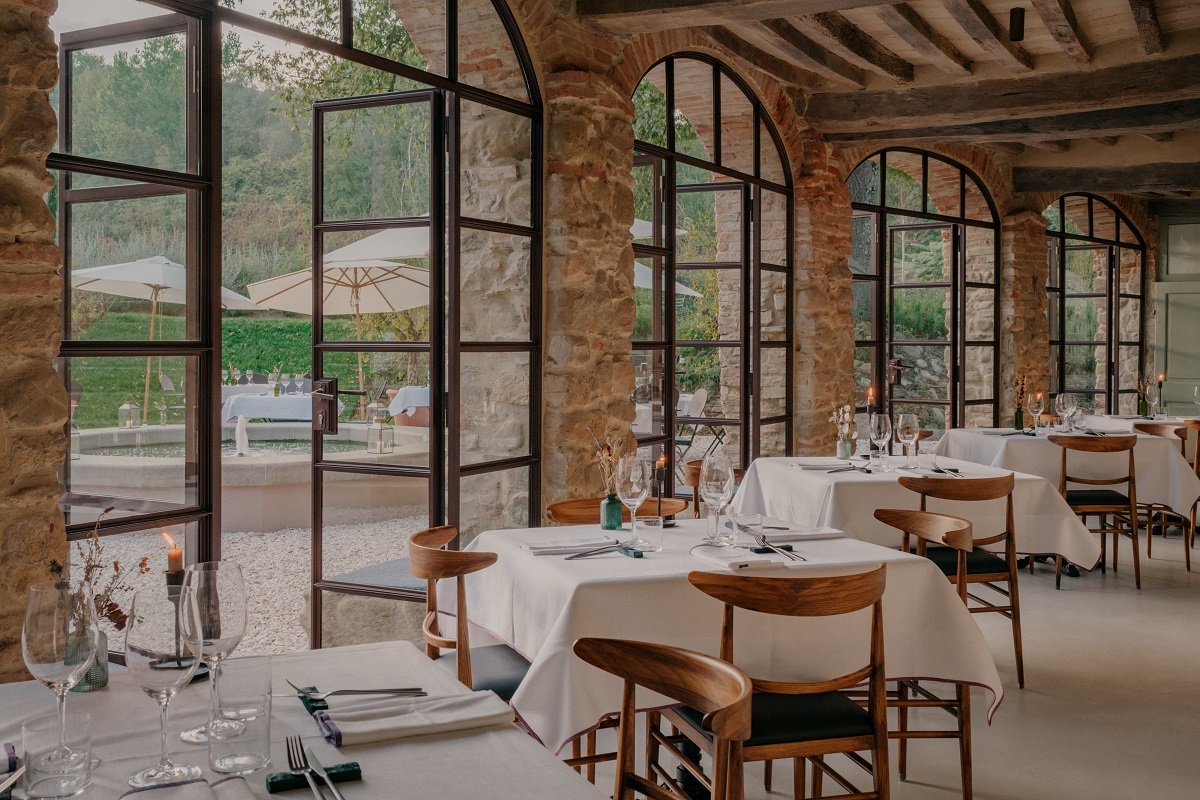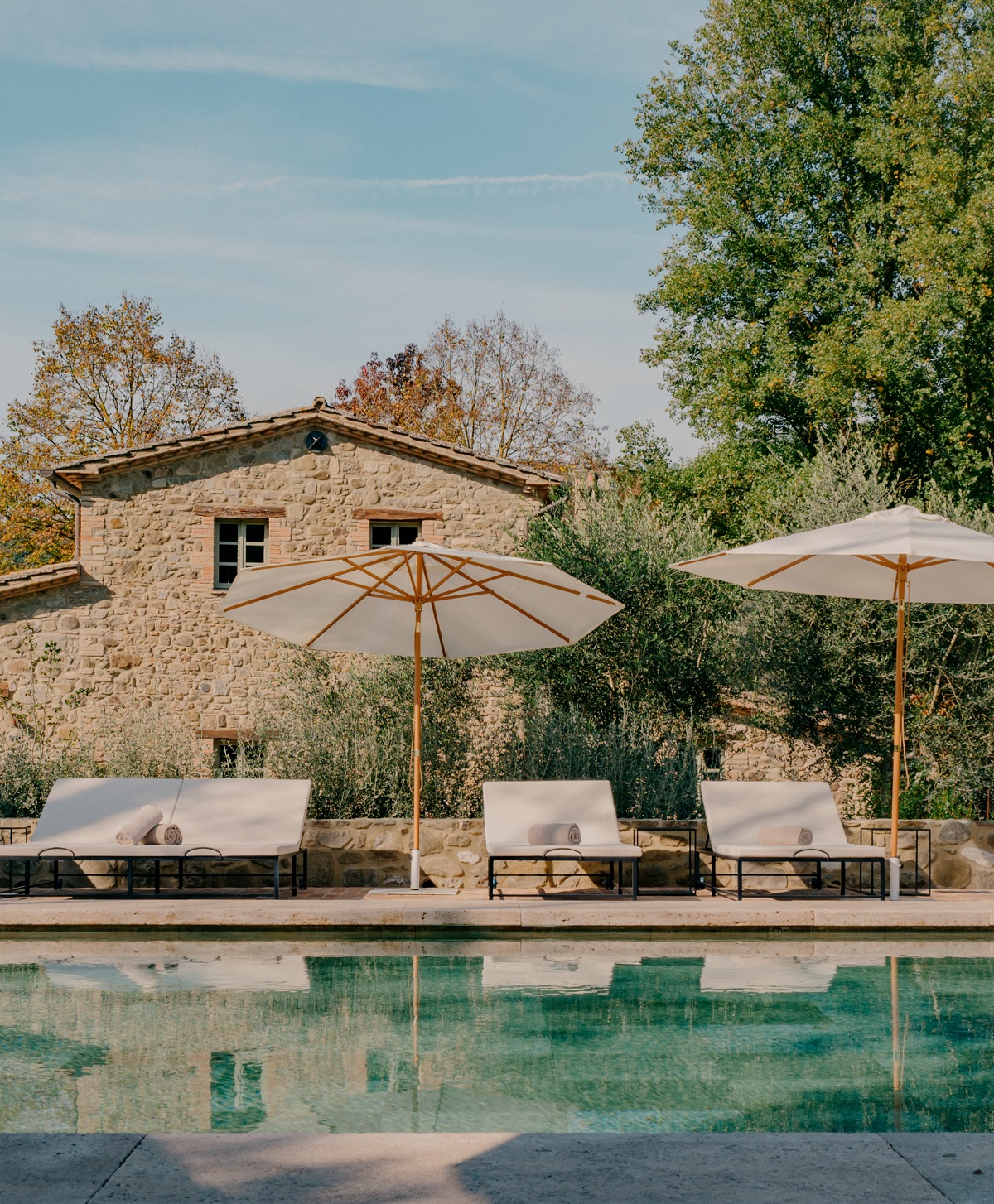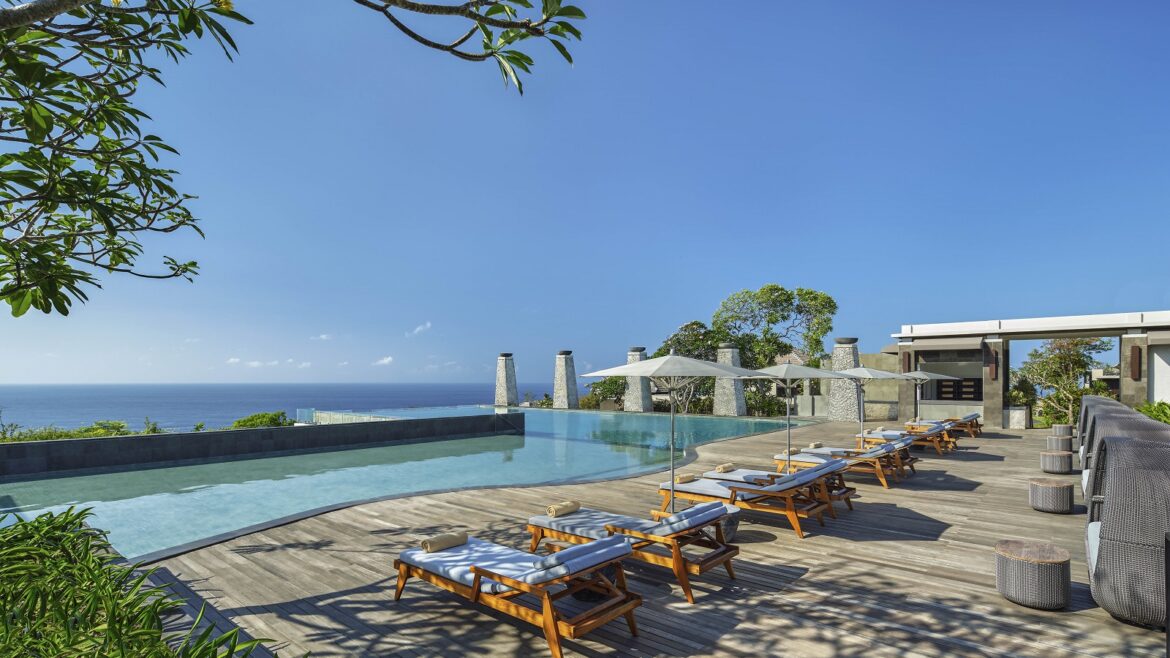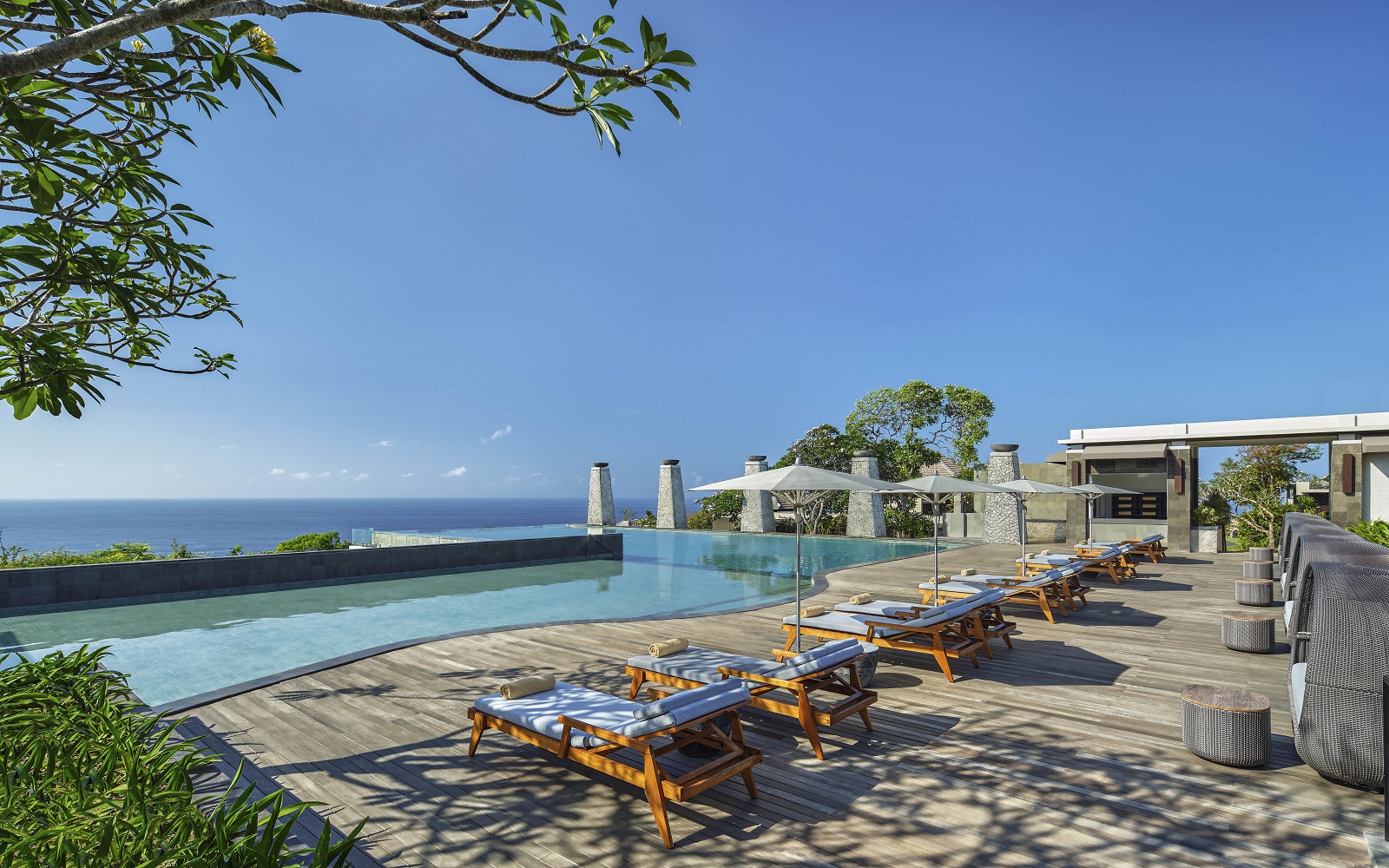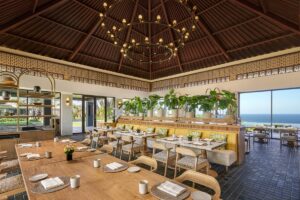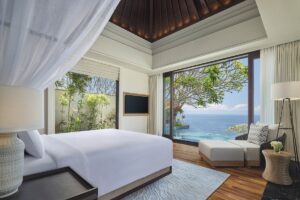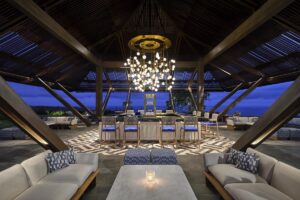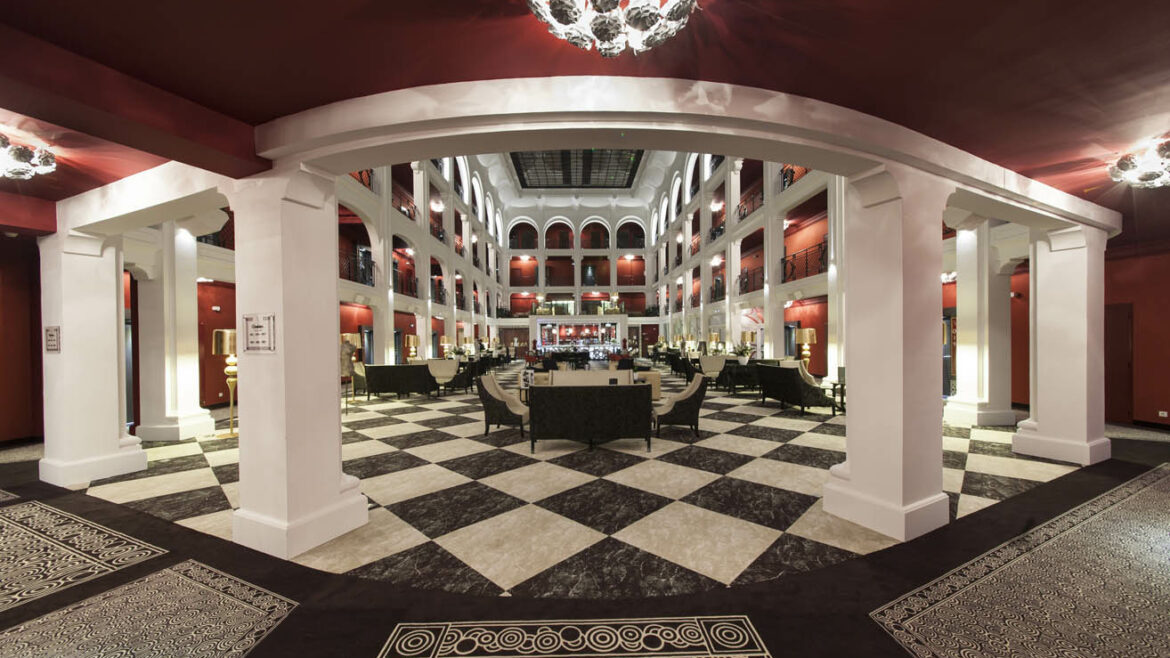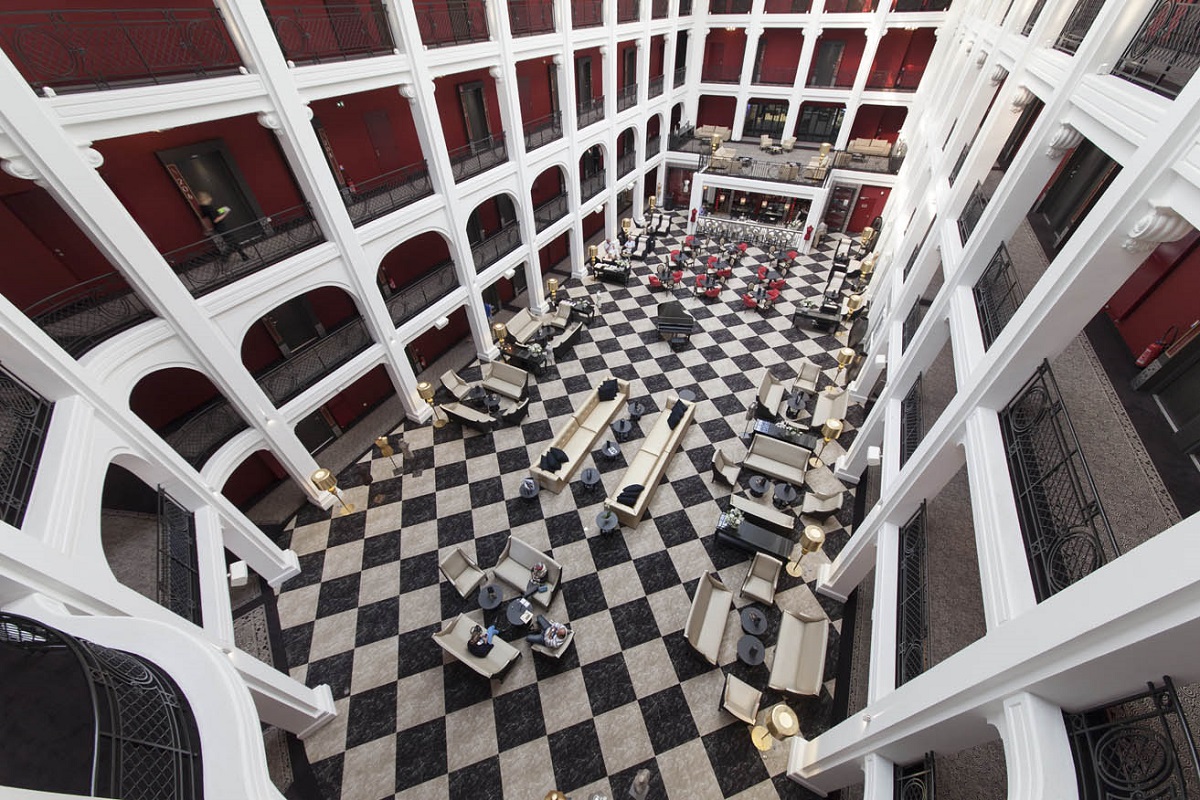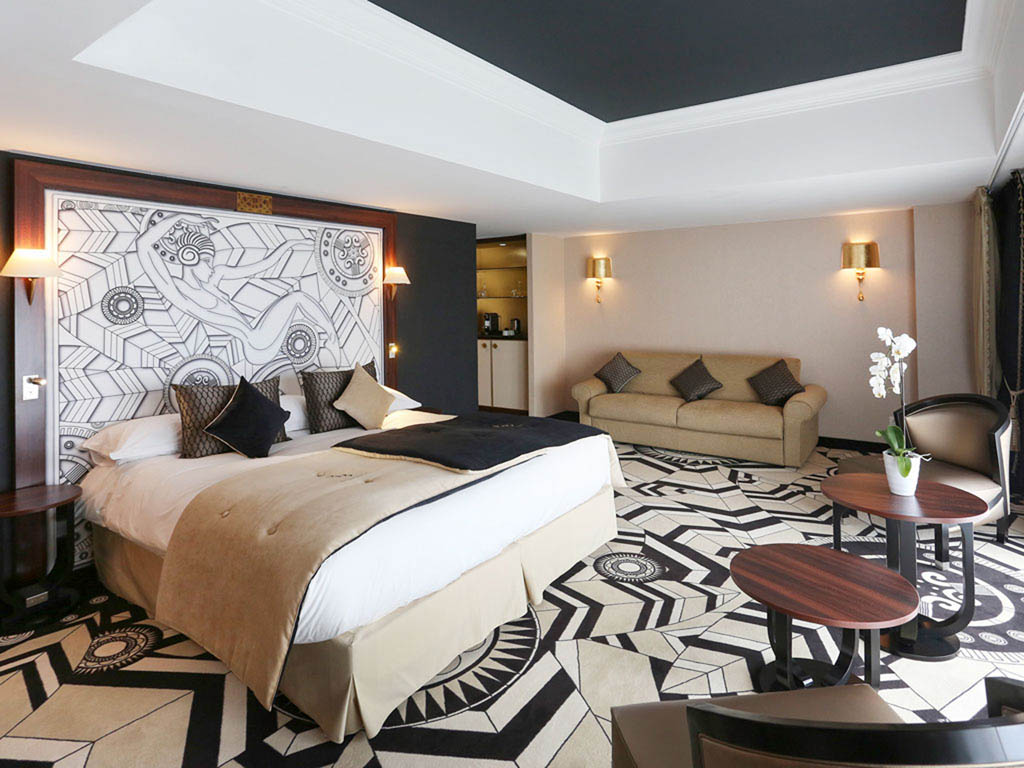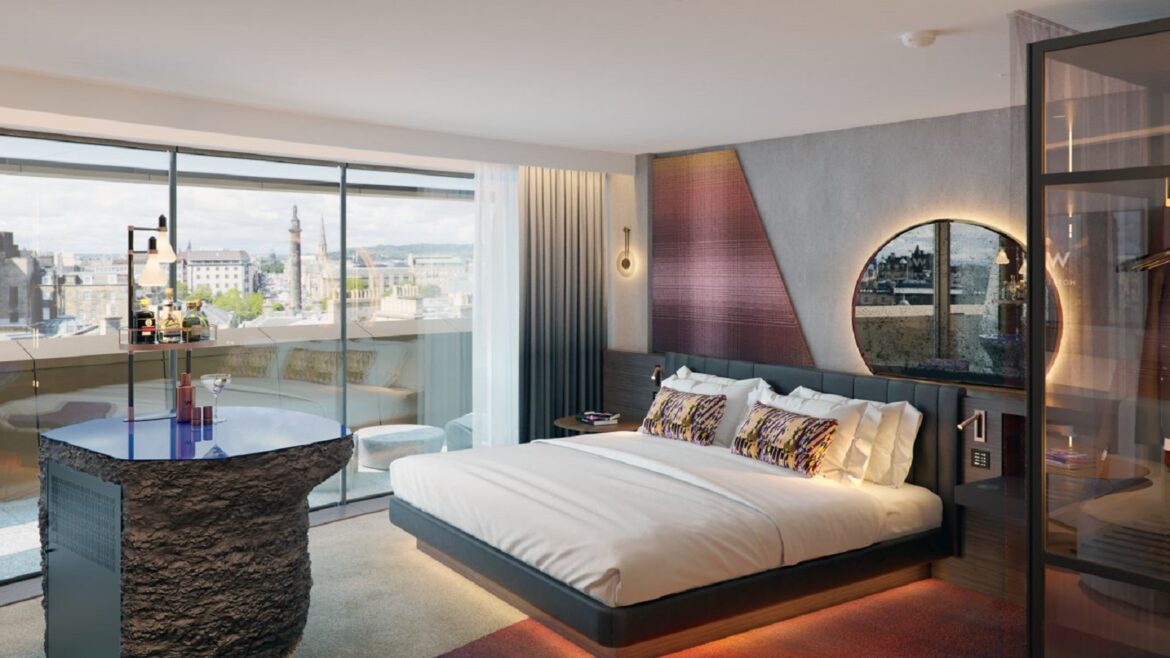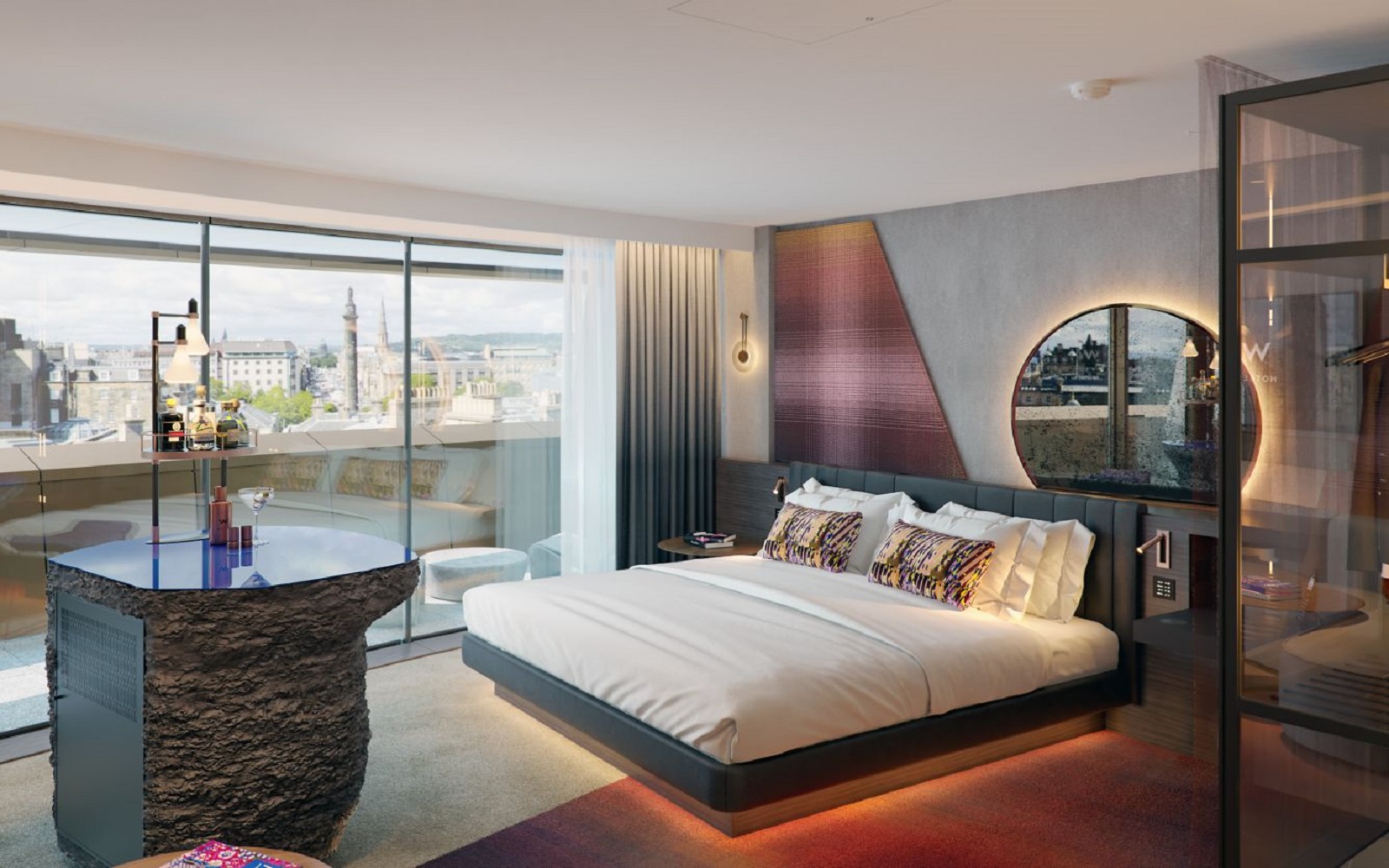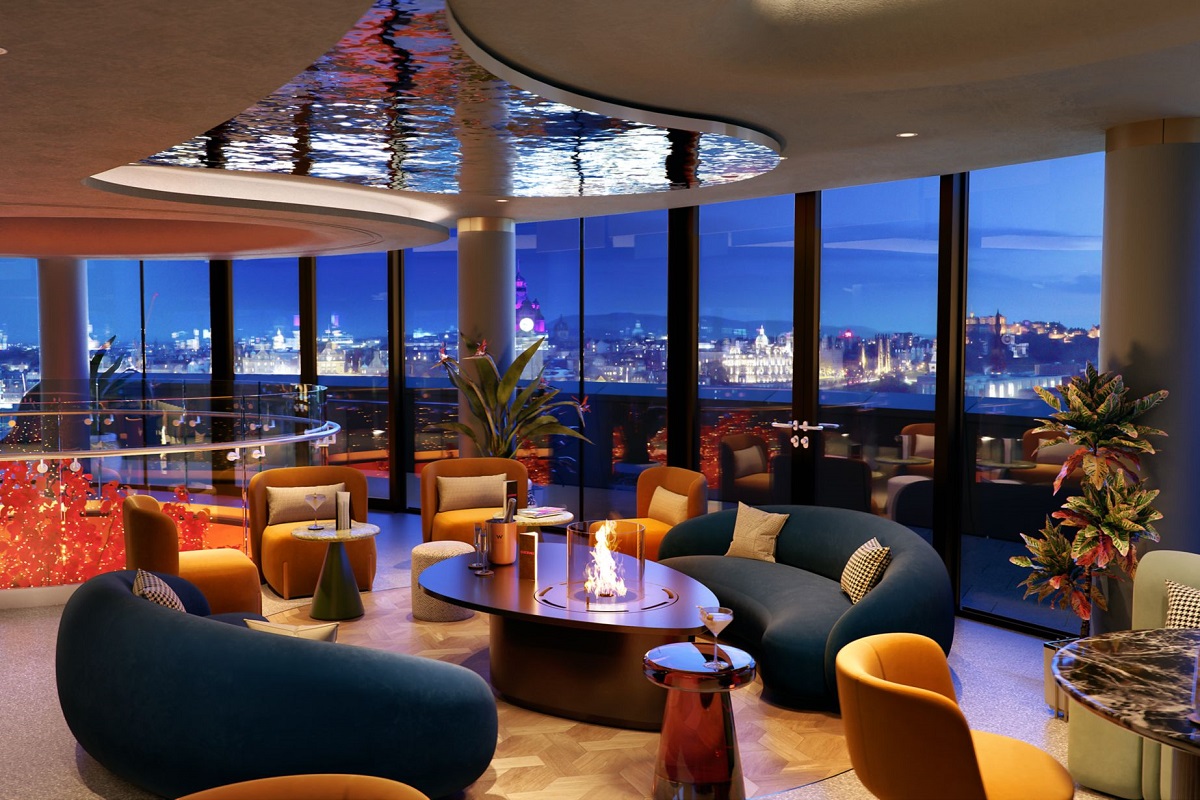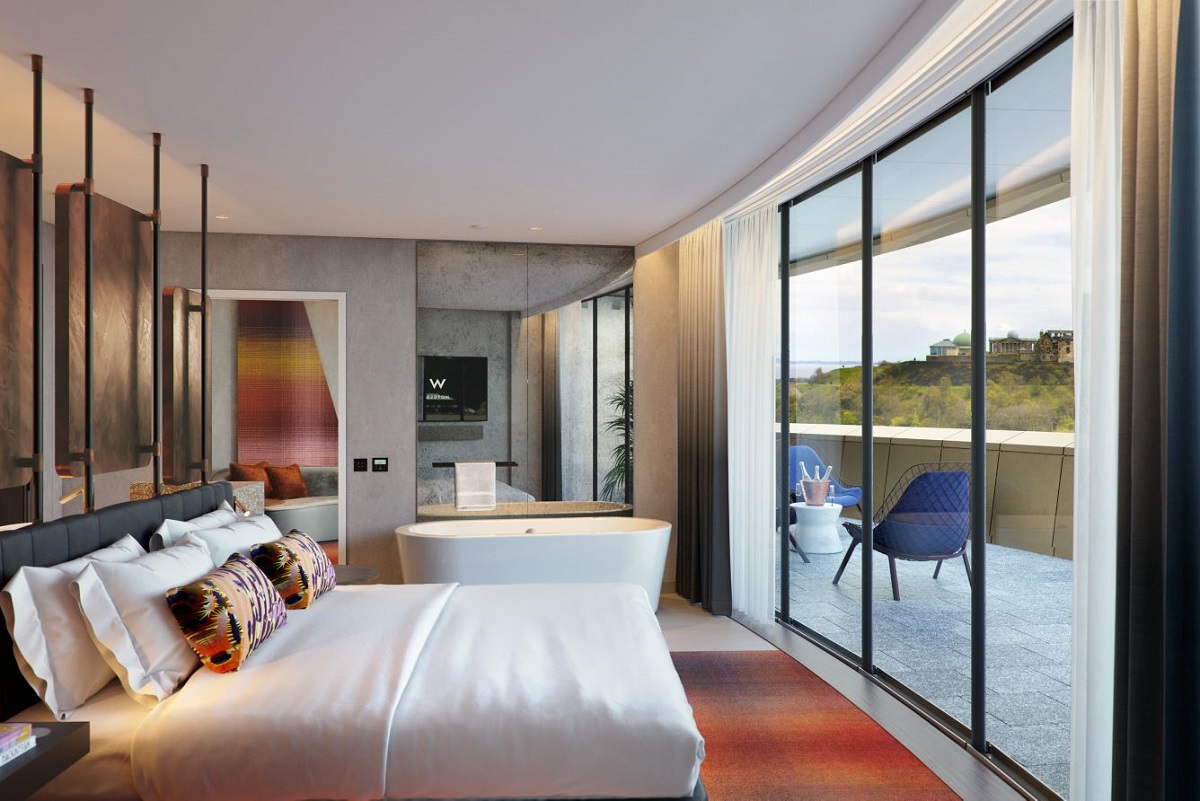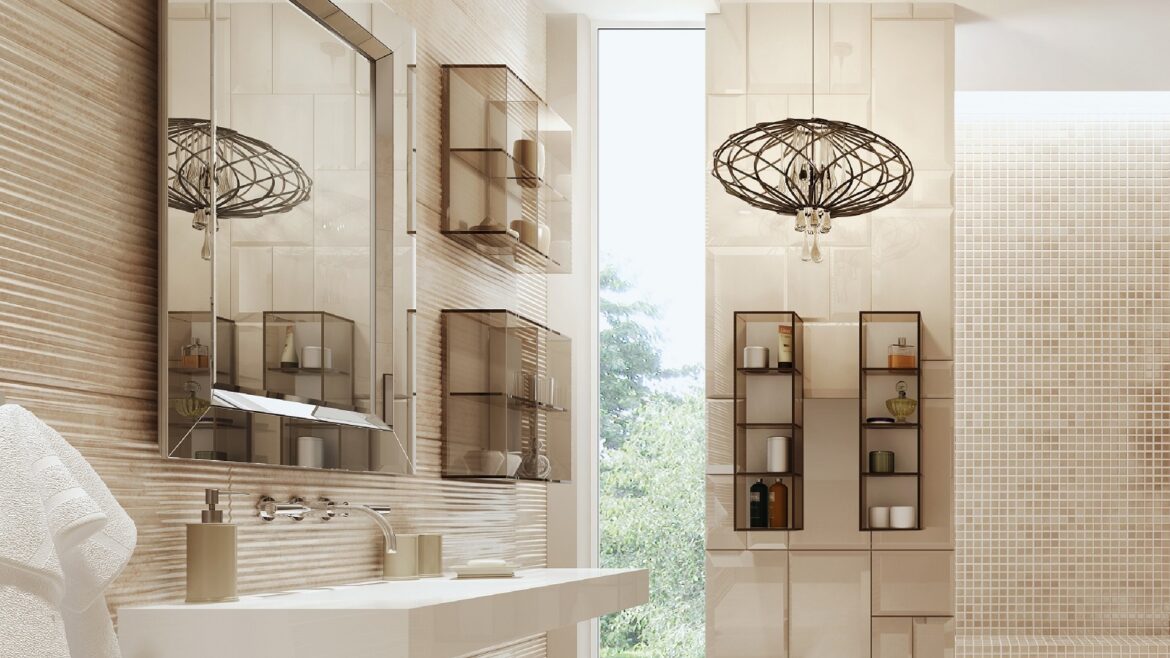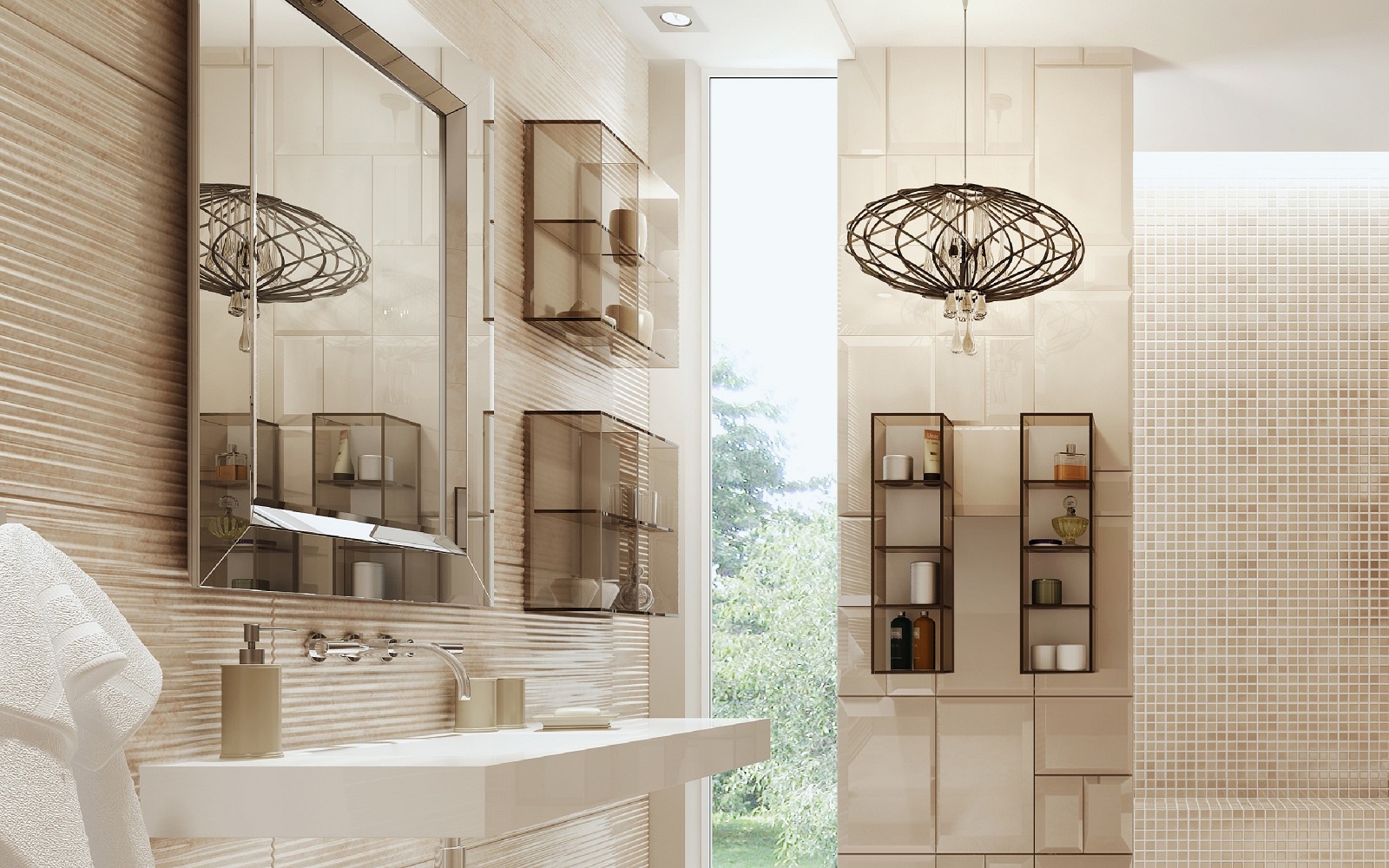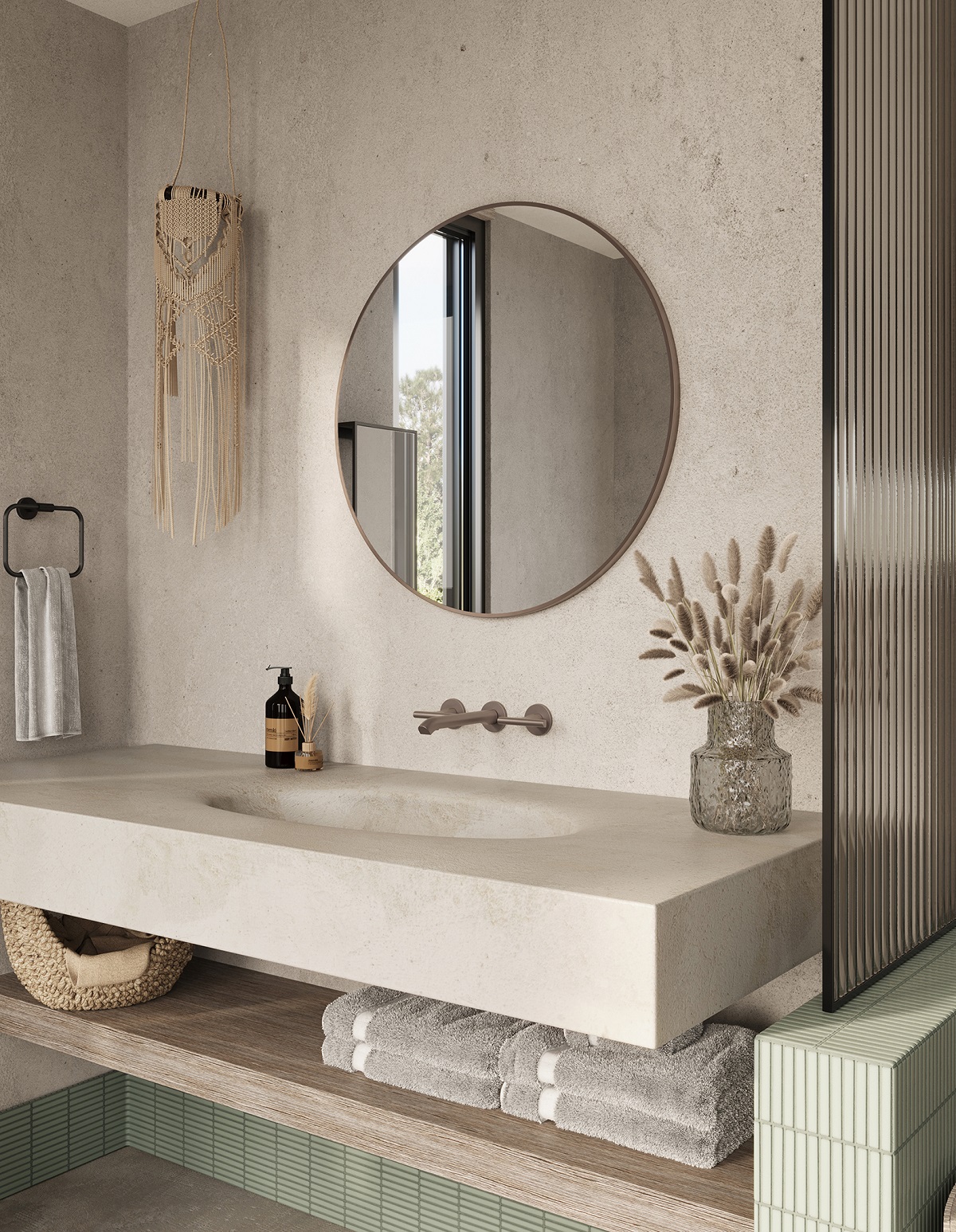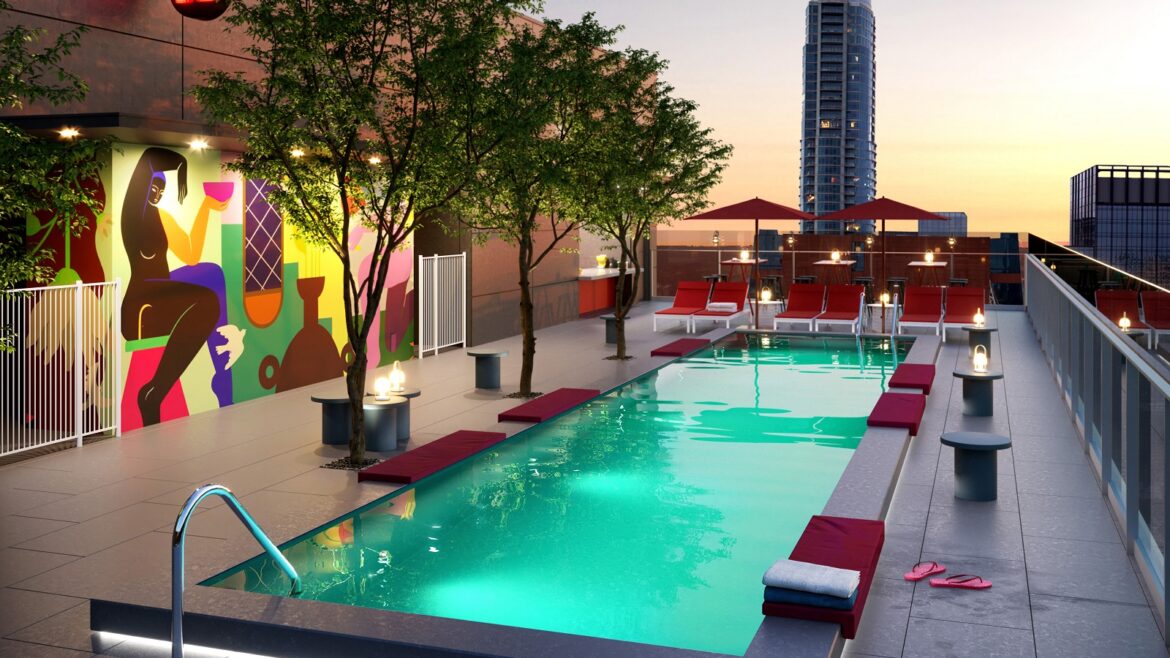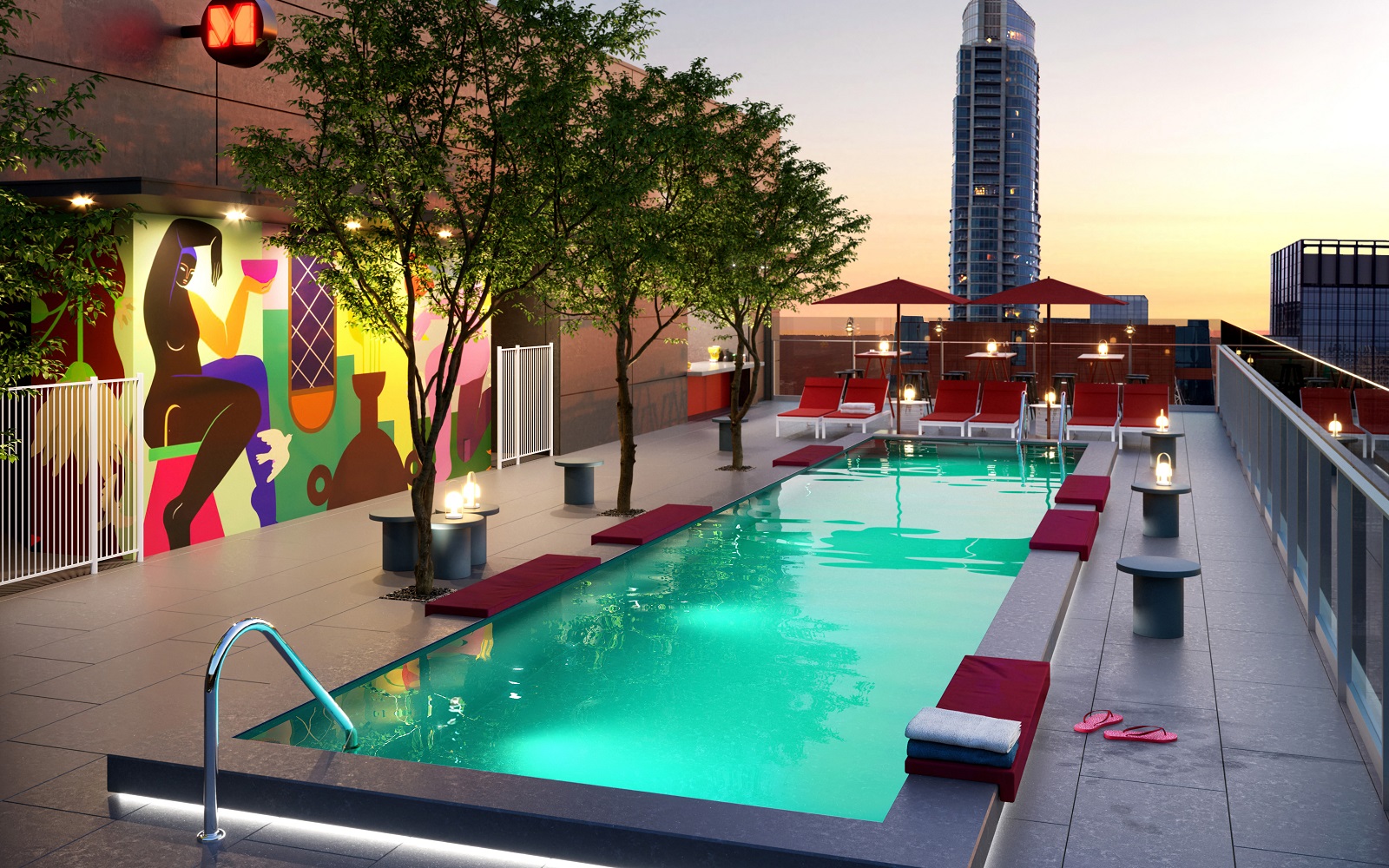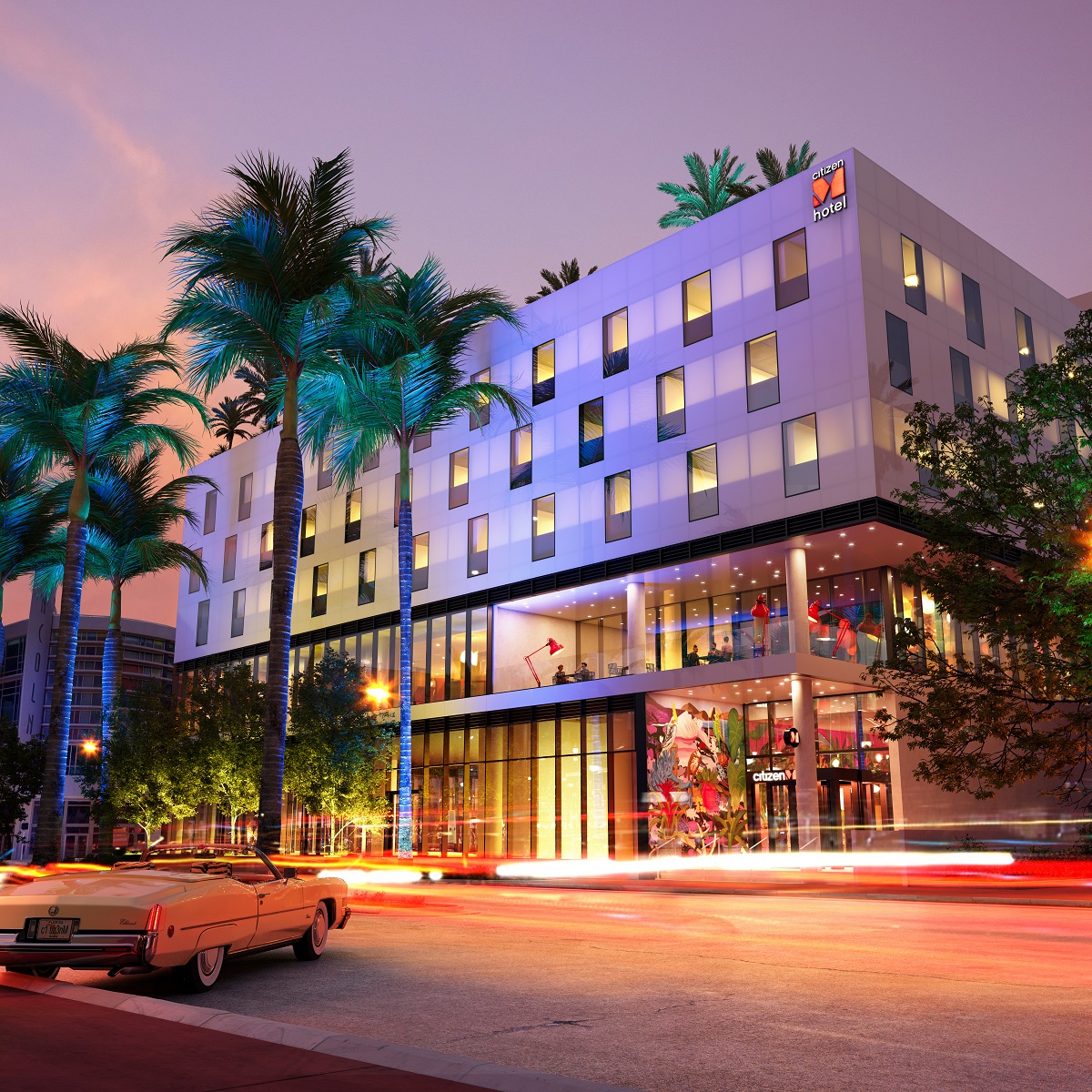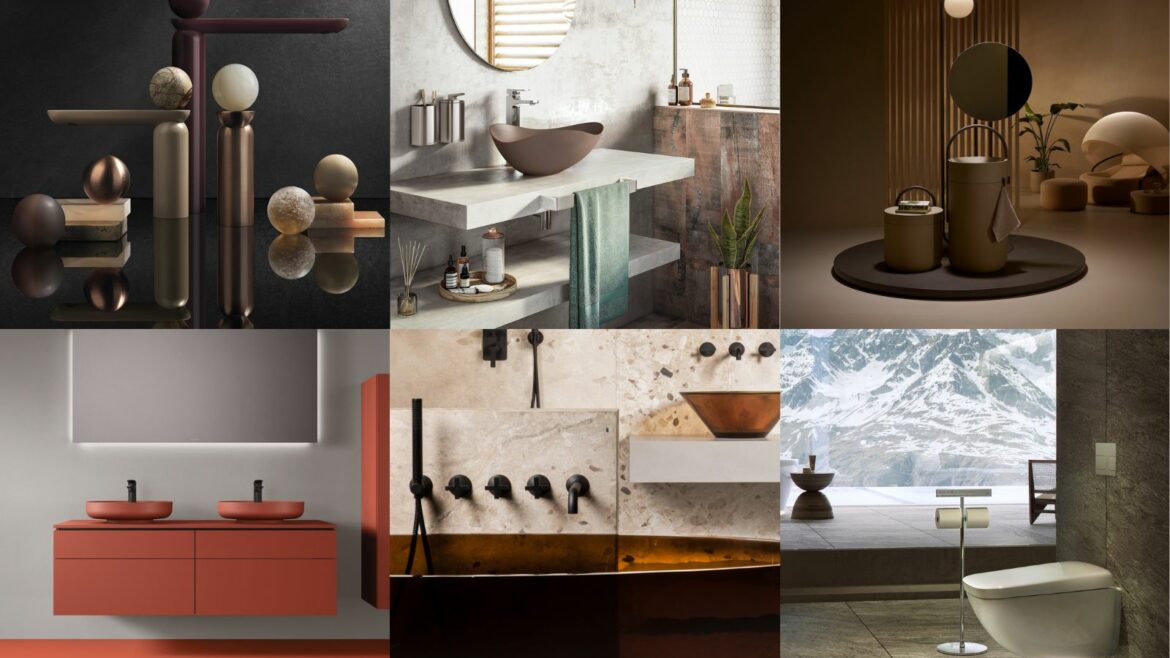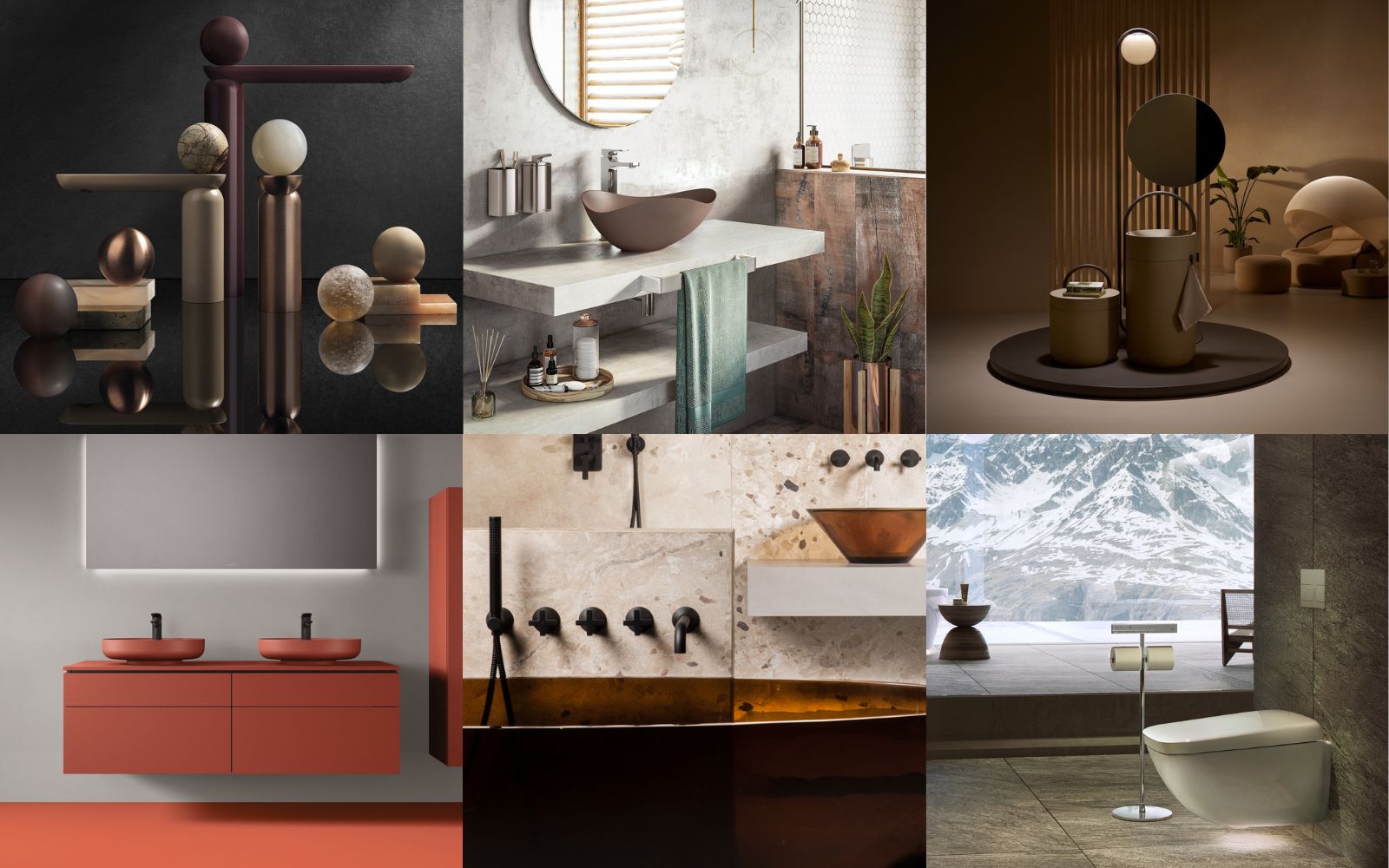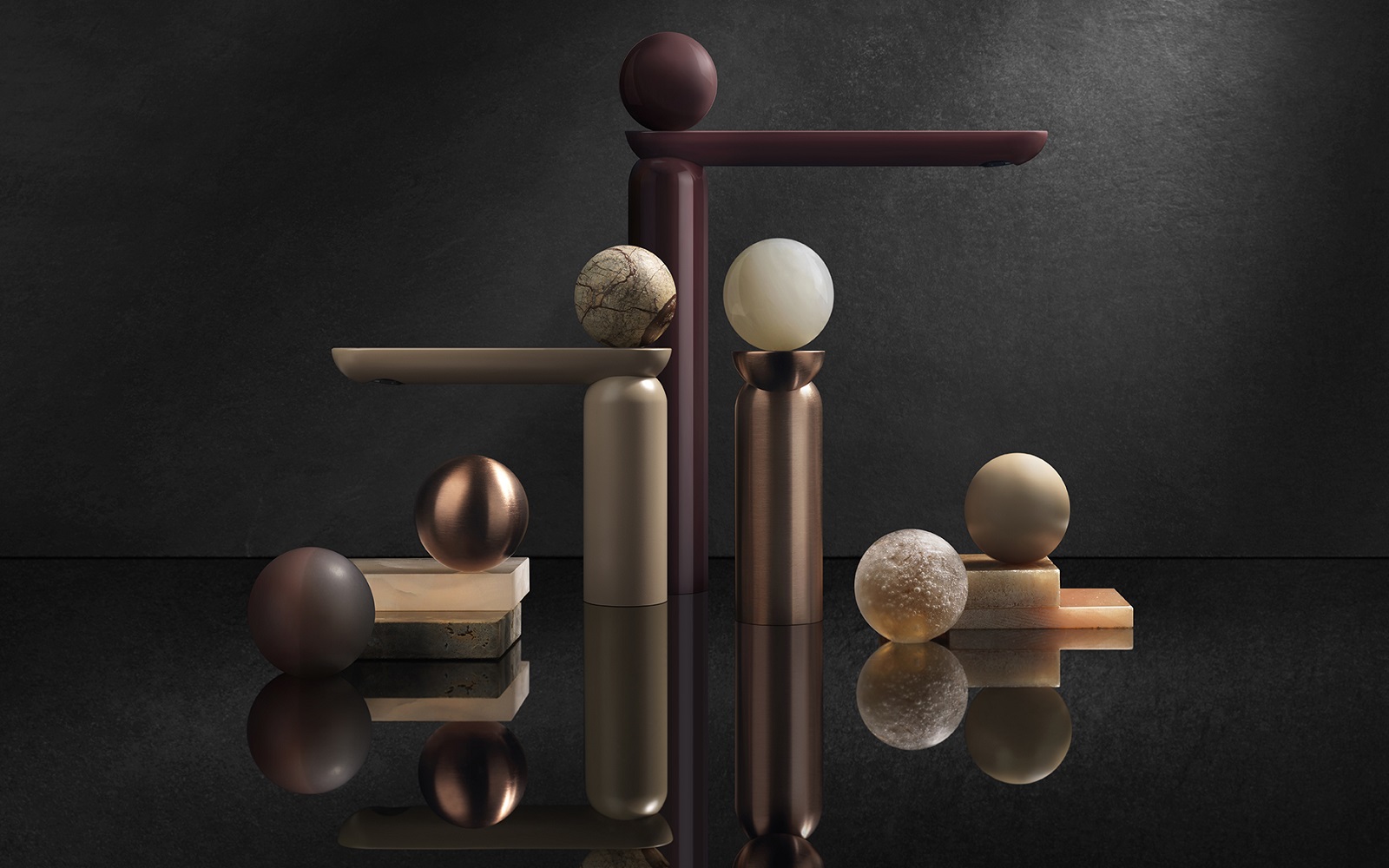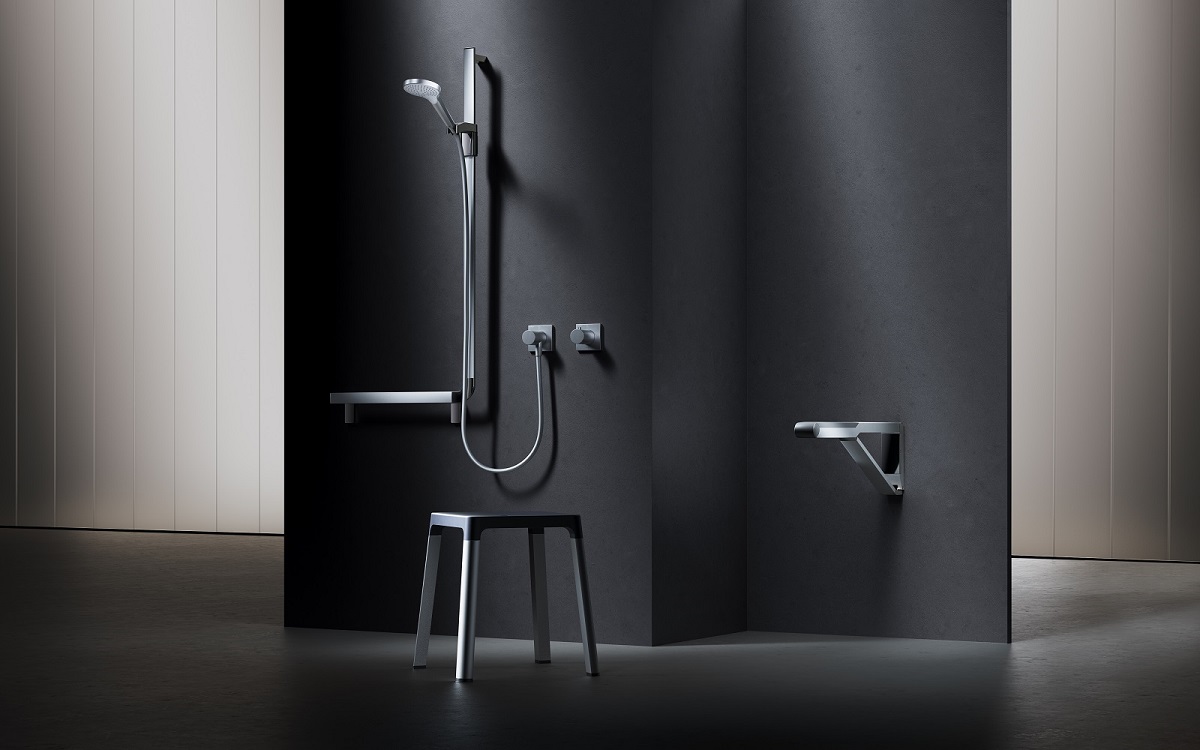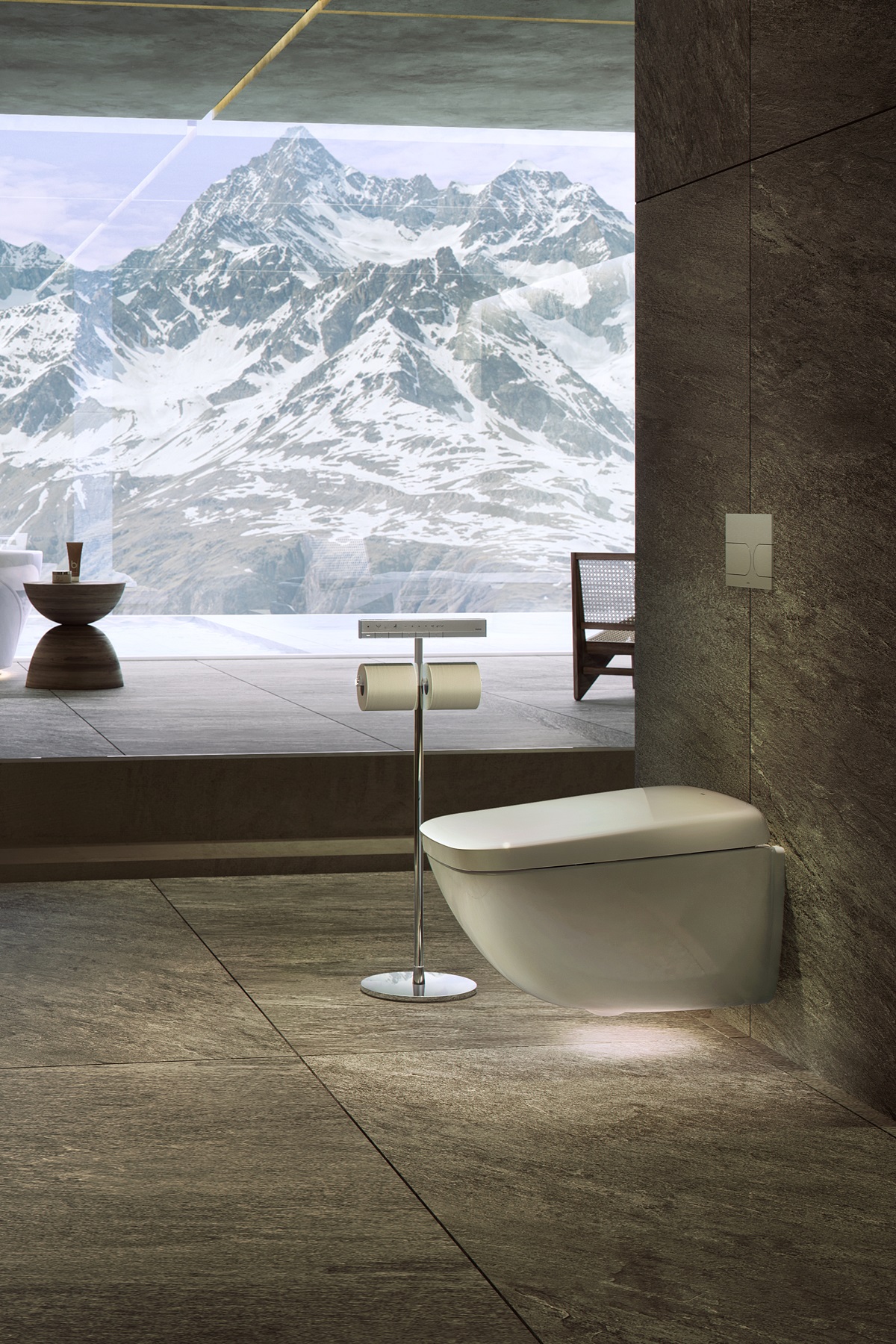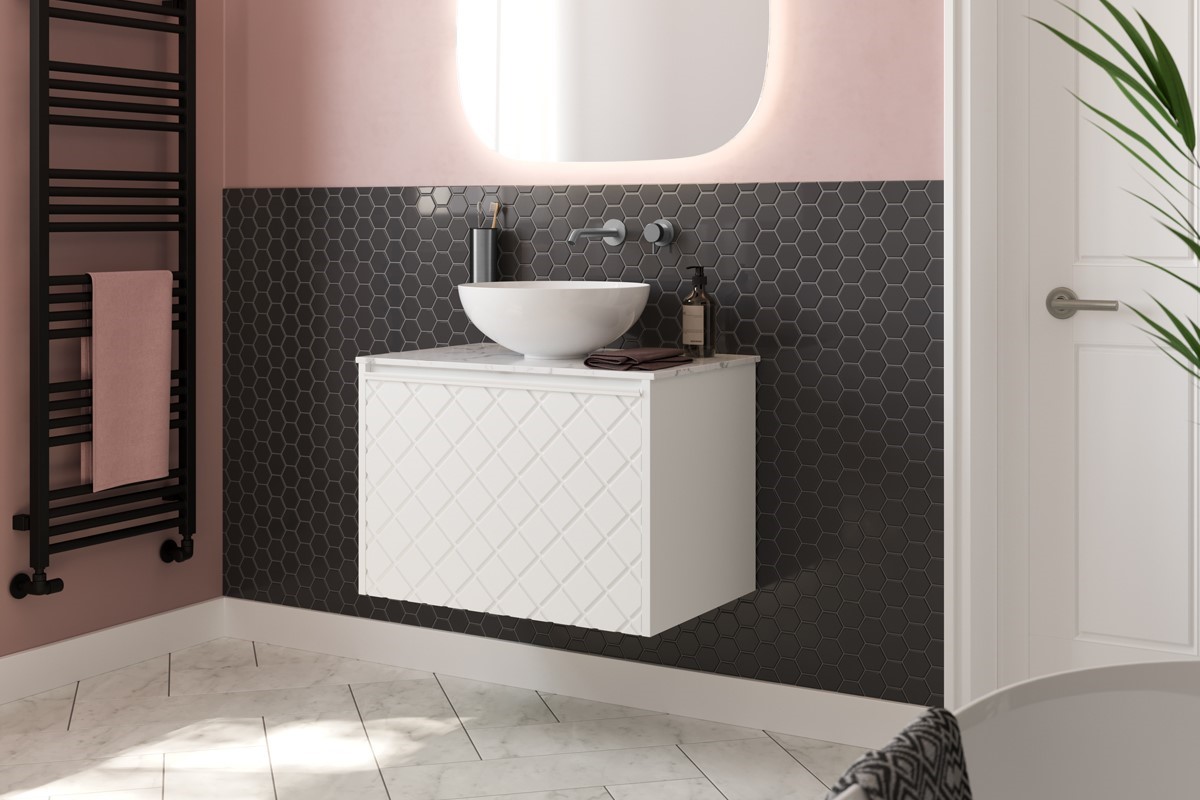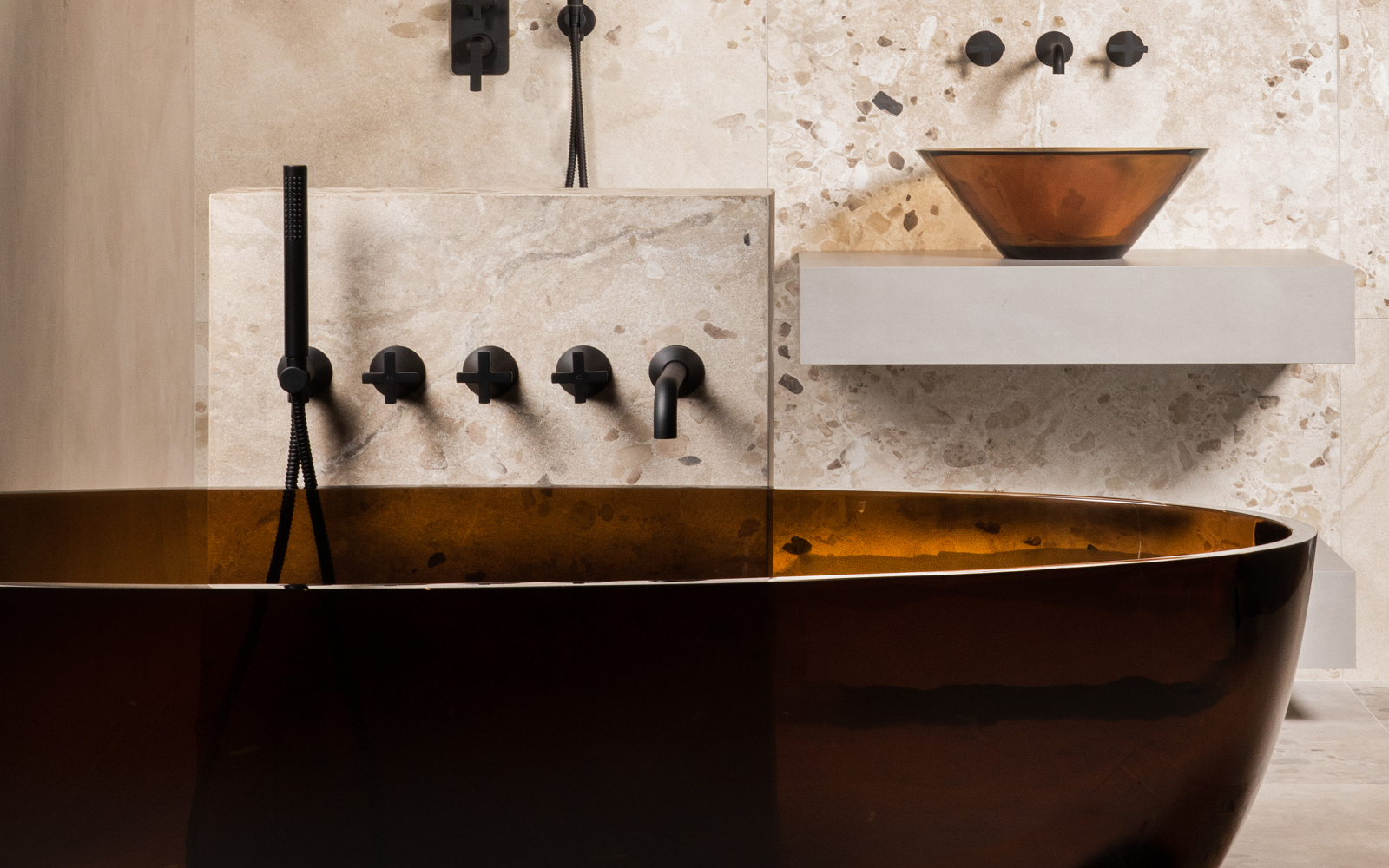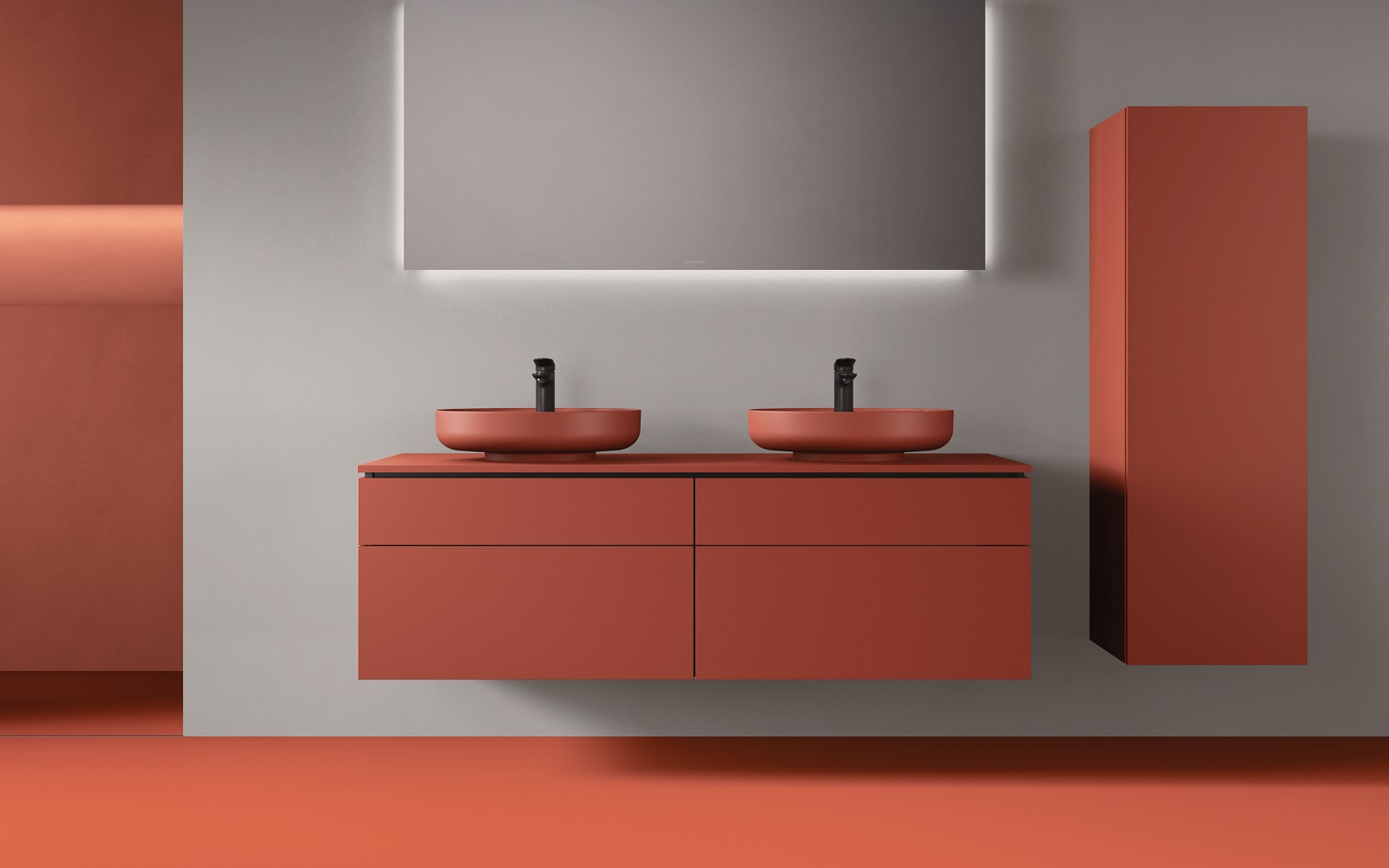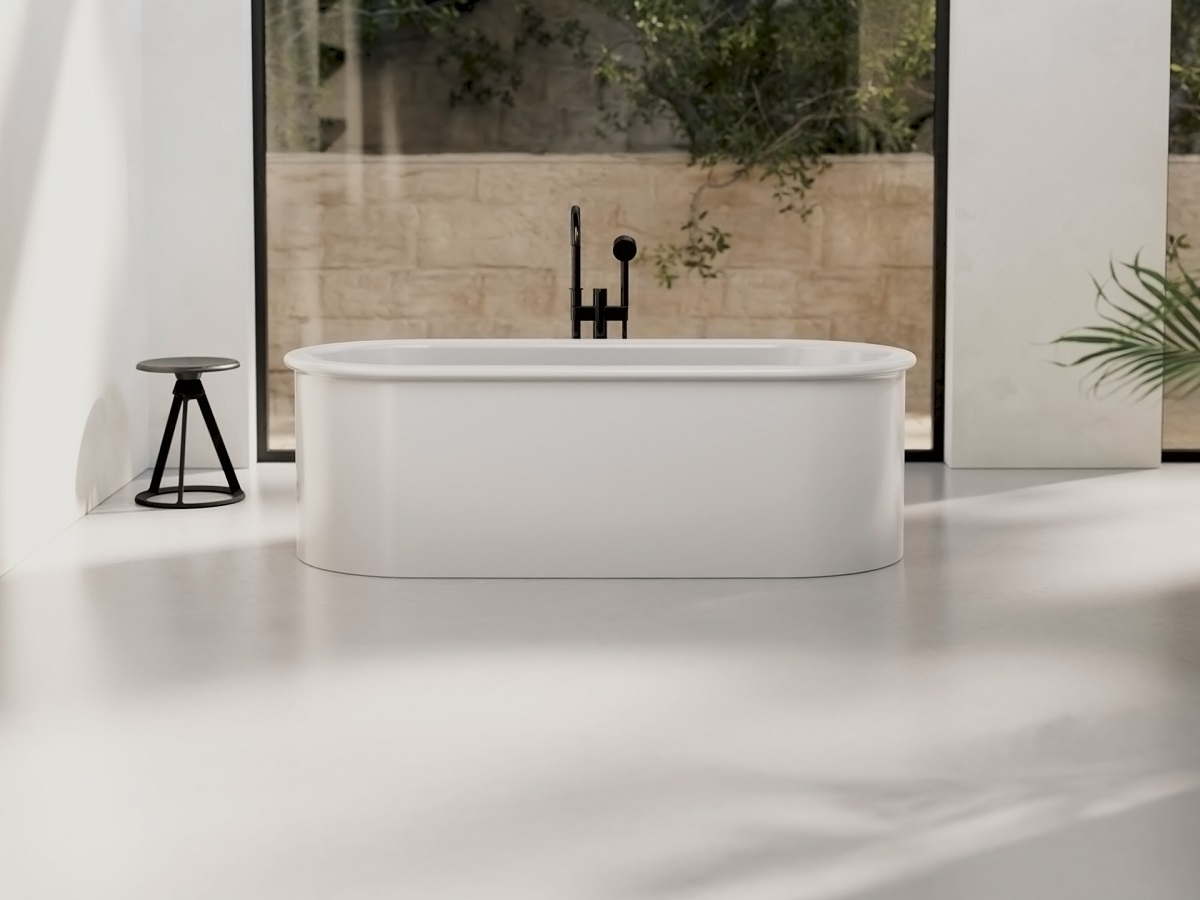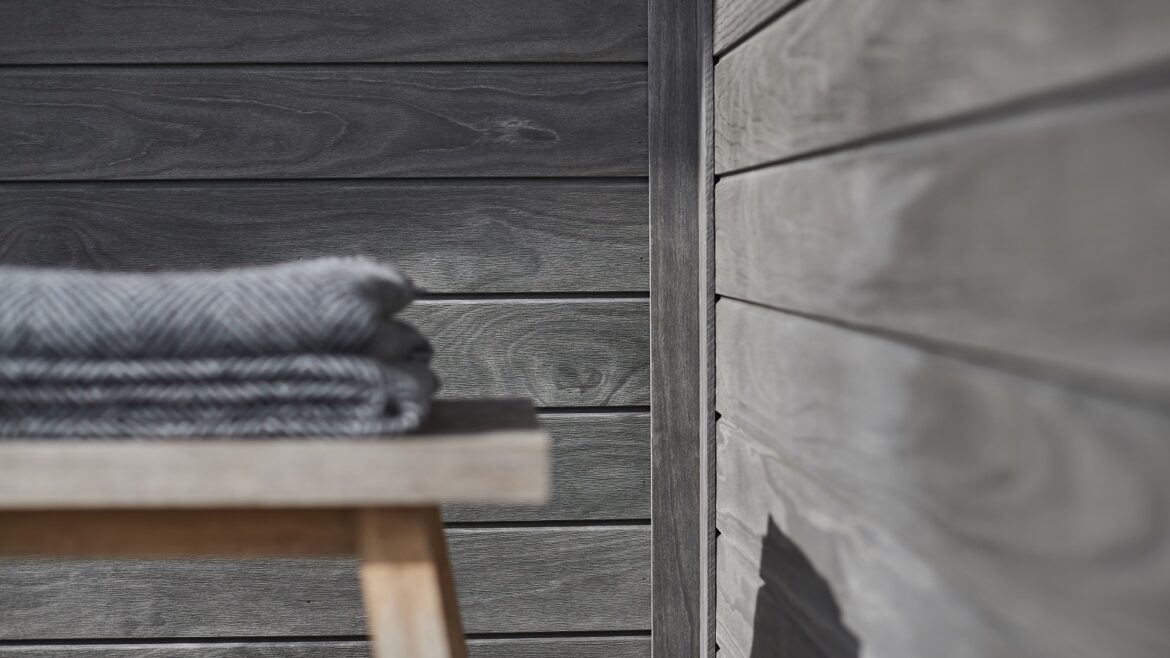As tradition, and true to form, in the extensive campaign to find the true influencers, the team at Hotel Designs, with the help of the judging panel, whittled down more than 200 entries to select the top 25 interior designers, top 25 architects and top 25 hoteliers in Britain. The profiles of these individuals are published in The Brit List 2023.
Following the unveiling of the interior designers and architects, here are, in alphabetical order, the hoteliers who made the list.
Anne Golden, Vice President of Operations (UK & North America), Pan Pacific London
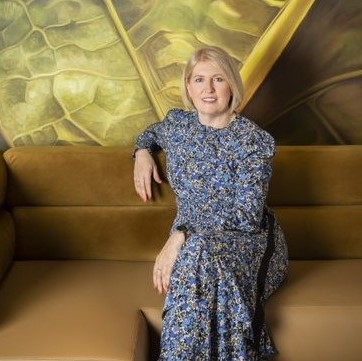
Image credit: Pan Pacific Hotels
Since 2019, Anne Golden has been part of the fabric of Pan Pacific London – she oversaw the pre-opening, launch and operation of the group’s first UK/European property that would go on to become the flagship for the company. In 2022, following successfully navigating the hotel through the pandemic, Golden took on the responsibility and role of Vice President of Operations (UK & North America) while maintaining her position as General Manager at Pan Pacific London.
Prior to this chapter, Golden was Regional Vice President for Morgans Hotel Group, and has a reputation for opening successful hotels – in 2014, she opened what is now known as Sea Containers on the South Bank in London.
Conor O’Leary, Managing Director, Gleneagles

Image credit: Gleneagles
The timeless, natural setting of Gleneagles – affectionately known as ‘the glorious playground’ – is an iconic property on the British hotel design landscape. The 850-arce estate is steeped in hospitality history, and preserving the hotel – retaining its traditional charm but adding modern touches – is no easy feat.
For Conor O’Leary, winner of Hotelier of the Year at the The Brit List Awards 2018, the focus over the last few years, at least, has been on preserving the essence of the hotel through branding and innovative activations and building a robust team to maintain all the traditional offerings its loyal guests expect, but with perhaps a contemporary flair and dynamic attitude in places.
In addition to guiding the grand dame into a modern era, in 2022 the team welcomed the arrival of Gleneagles Townhouse – a sassy little sister property – in the heart of Edinburgh.
David Taylor, CEO, Lore Group
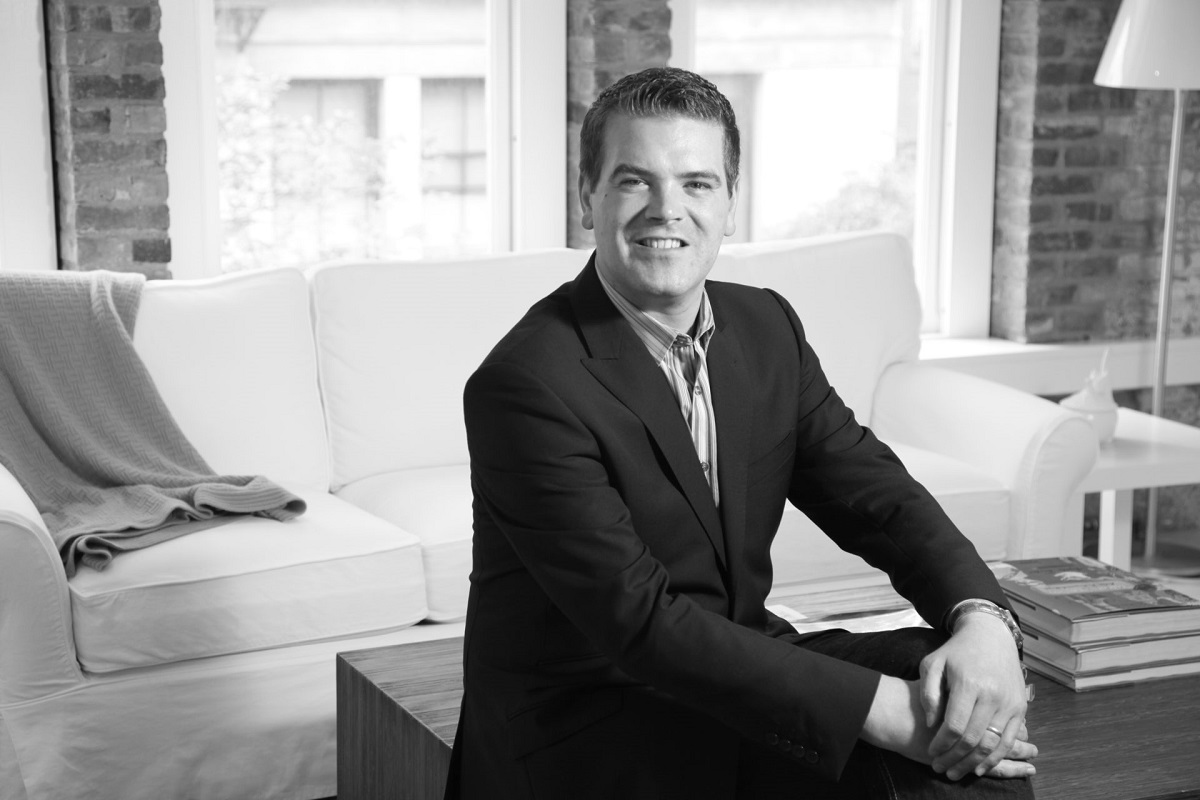
Image credit: Lore Group
David Taylor was promoted to CEO of Lore Group just as the company prepared to launch One Hundred Shoreditch in 2022, the company’s sixth hotel and its second in London. Taylor joined Lore Group in 2020 as COO, steering its global portfolio of properties through the pandemic. His history in Shoreditch, having opened the original Hoxton hotel in the neighbourhood in 2006, made the appointment particularly appropriate.
Taylor has been at the forefront of some of the most exciting hospitality brands throughout the last two decades, from launching the EDITION brand in 2013 to leading the Principal Hotel portfolio for Starwood Capital, where he held the role of COO.
Eljesa Saciri, General Manager The Zetter Townhouse, Marylebone
HIGHLY COMMENDED: HOTELIER OF THE YEAR 2023
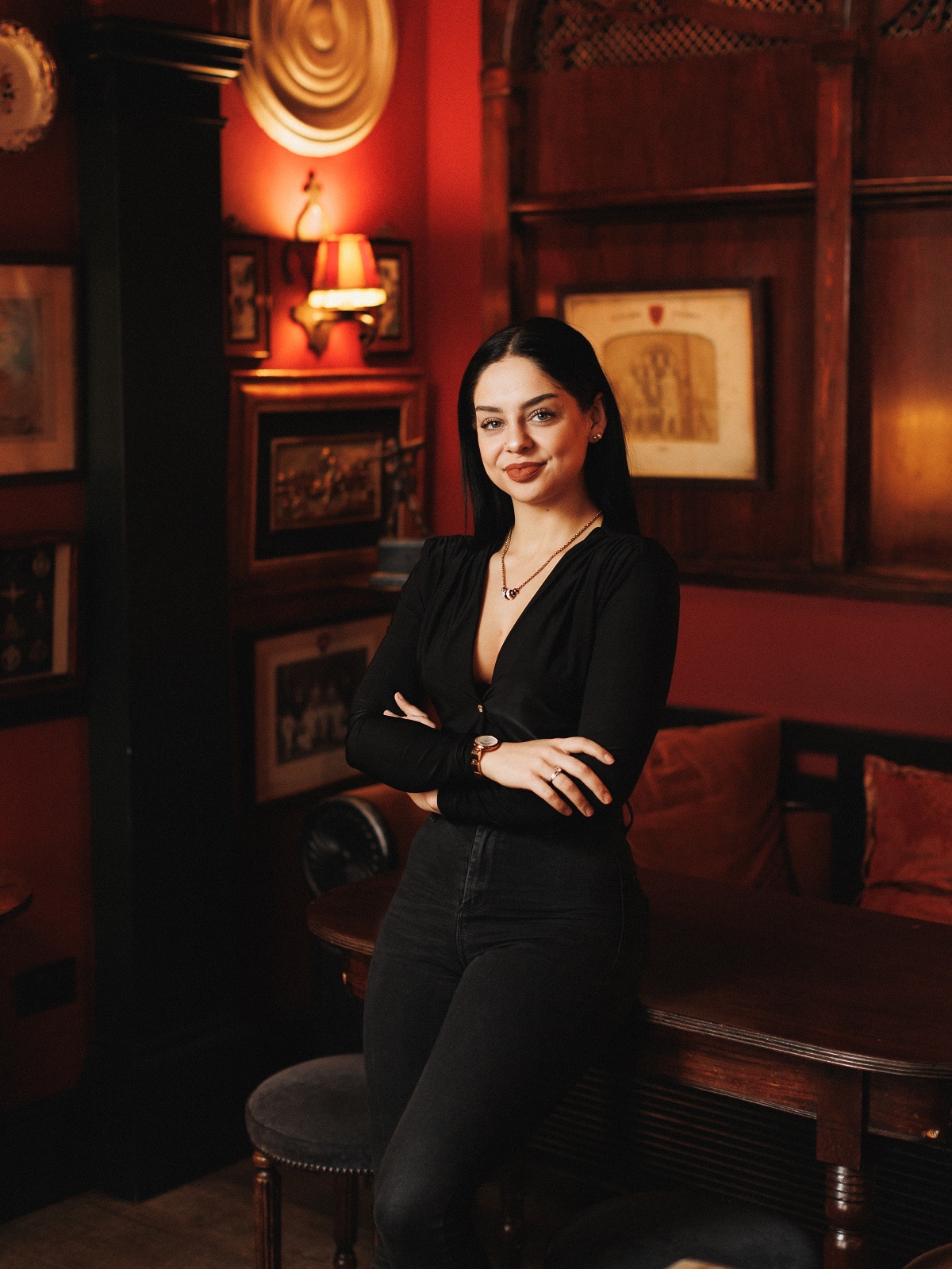
Image credit: Zetter
Eljesa Saciri, General Manager of The Zetter Townhouse in Marylebone, is truly making her mark in the industry, being recognised as one of the women paving the way in the British hospitality sector. Having worked in the industry for almost 10 years, previously holding several roles at The Doyle Collection, Saciri has a wealth of experience and knowledge of the hospitality sector and understands the grassroots of the industry.
Now in her role as General Manager of The Zetter Townhouse Marylebone, Saciri has been integral to the hotel, achieving challenging budgets and KPIs, while maintaining high guest satisfaction and very high standard of service. She has also led the project to completely revitalise the hotel’s cocktail bar, Seymour’s Parlour, to become a sought-after destination, as well as ensuring that The Zetter Townhouse Marylebone is one of the premier hotels in London.
Franck Arnold, Managing Director & Regional VP, The Savoy Hotel
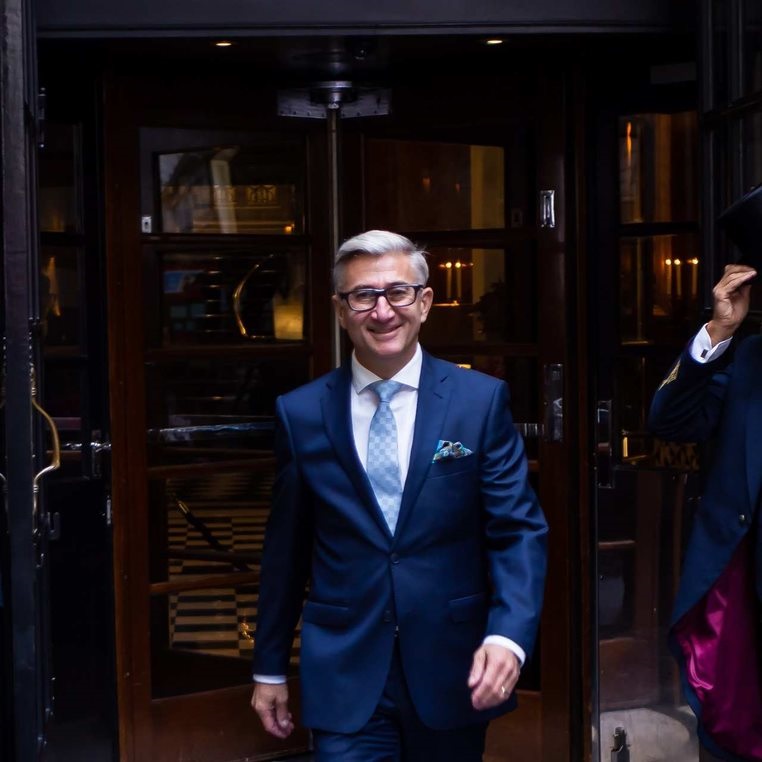
Image credit: The Savoy Hotel
With the current noise in the UK hotel development arena – in addition to his hands-on approach to all aspects of the hotel – it is easy to forget that Franck Arnold only became Managing Director of The Savoy in 2020, the same year the industry suffered from the pandemic.
Three years on from when the hospitality industry showed the world its resilience and ability to bend with the times, 2023 has been an exciting year for The Savoy London. With Arnold at the helm, guided by expert interior designers, architects and specialists, the hotel is gliding into a new design era in order to achieve its aim of being ‘one step ahead’ of its neighbours.
Arnold is a figurehead of luxury hospitality with more than 30 years’ experience with some of the best-known hotels and brands in the world, including, but not limited to, IHG, Four Seasons Hotels & Resorts, Rocco Forte, Ritz-Carlton and various independent hotels in Europe and North America.
Francois-Xavier Schoeffer, General Manager, 1 Hotel Mayfair

Image credit: 1 Hotels
In early 2023, Francois-Xavier Schoeffer was appointed as General Manager of 1 Hotel Mayfair, the brand’s debut hotel in the UK. Schoeffer works alongside Robert Koren, who this year was appointed Senior Vice President and Area Managing Director of Europe, the Middle East and Asia.
Schoeffer started his impressive career in 1997 at Hotel Martinez in Cannes, France. In recent years, he has been General Manager of the Doyle Collection’s Kensington Hotel in London, Hôtel Lutetia in Paris and Hotel Manager at Hotel Café Royal on Regent Street.
1 Hotel Mayfair, which Hotel Designs described as a ‘state of mind’ in its hotel review, opened this year to disrupt the luxury hotel scene in Mayfair. Its organic and sensory-rich design scheme is true to the 1 Hotels’ brand image, which started in the States in 2015.
James McGinn, Managing Director, Hasting Hotels
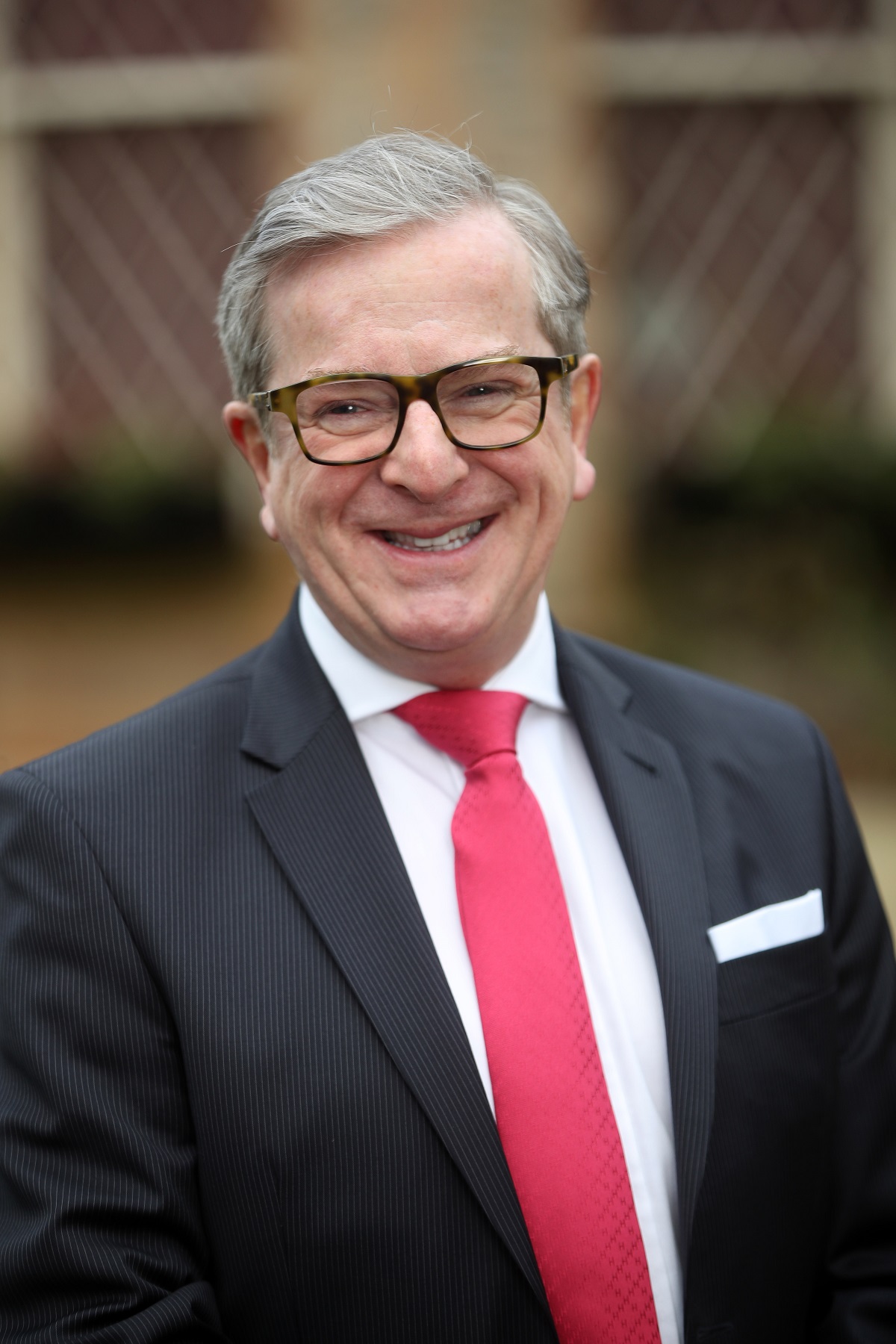
Image credit: Hasting Hotels
James McGinn is a highly respected figure in the hospitality industry and a veteran of Hastings Hotels, where he has played an instrumental role in the company’s success – he is the face of Hasting Hotels and Hospitality in Northern Ireland.
Now the Managing Director of Hastings Hotels, McGinn is responsible for developing and executing the company’s strategic plans, identifying new business opportunities and overseeing the development of all property brand positioning.
With more than 30 years’ experience in the hospitality industry, McGinn has a wealth of knowledge and expertise, which he brings to his role at Hastings Hotels. He has a proven track record of driving growth and innovation, as well as a deep understanding of the industry’s latest trends and best practices.
Jennifer McCabe, General Manager, art’otel London Battersea Power Station

Image credit: art’otel Battersea Power Station
Jennifer McCabe was appointed General Manager of art’otel London Battersea Power Station in early 2023, prior to the 164- key hotel opening in the summer.
McCabe’s 15 years’ experience in premium hotel management has been developed at the likes of Le Monde in Edinburgh, The Firmdale Group’s Soho, Covent Garden, Knightsbridge and Charlotte Street Hotels and, most recently, Holmes Hotel London.
Renowned for her passionate leadership and innovative approach to guest services, her most recent position as General Manager of Marylebone’s Holmes Hotel, between 2019 and 2022, saw her oversee a full strategic repositioning of the hotel into a luxury and lifestyle brand, resulting in it being awarded a World Luxury Hotel Award for the Best Heritage Hotel.
Jill Chalmers, Managing Director, Glenapp Castle
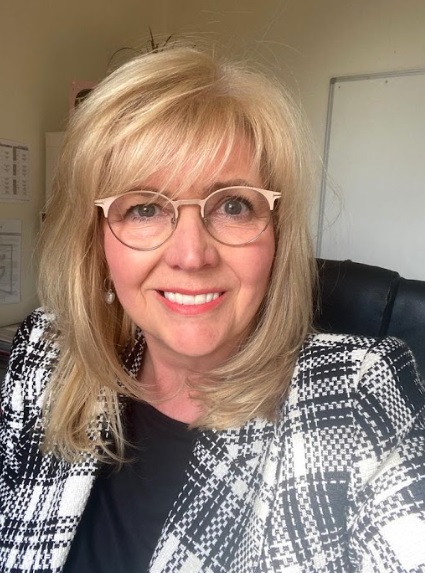
Image credit: Glenapp Castle
Jill Chalmers is a hotelier with more than 30-plus years in the hospitality industry. She has worked at notable hotels, such as the Scandic Hotels throughout Scandinavia and Skibo Castle, Sutherland. Chalmers created Suite Company, (an advisory company for the hospitality industry), which she successfully ran for 12 years before Paul Szkiler approached her for a role at Glenapp Castle in 2017.
At Glenapp Castle, Chalmers is instrumental in the successful growth of the business, transforming the hotel from a family-run business to a slickly run and globally recognised five-star hotel, whilst ensuring high standards are always maintained. She has also helped transform Ayrshire into a destination for luxury travellers and remains committed to raising the profile of Scotland to international travellers. Since joining the team, occupancy has increased from 28 per cent to 77 per cent, business turnover has tripled in three years and staffing levels have doubled.
Kalindi Juneja, CEO, PoB Hotels
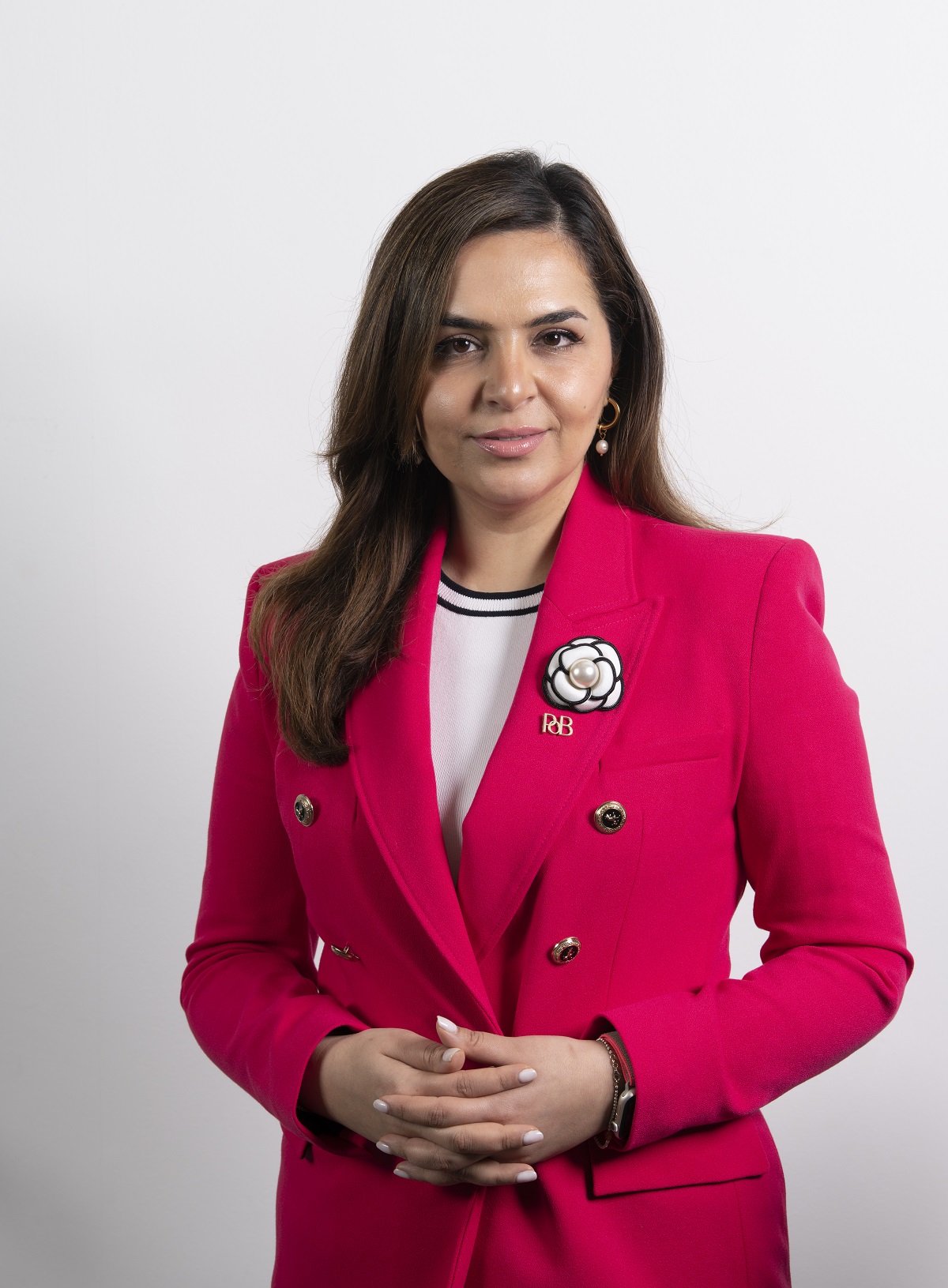
Image credit: PoB Hotels
Since joining PoB Hotels in 2021 as CEO, Kalindi Juneja has demonstrated her position as a tour de force within the hospitality industry for how she has refreshed and brought new life to the PoB Hotels brand.
Under her leadership, ‘Pride of Britain Hotels’ entered into an entirely new era, becoming established as ‘PoB Hotels’. Kalindi’s vision of a new identity for the brand resulted in a mass overhaul of the website and social channels, as well as the introduction of versatile new gift vouchers and The Directory as a stylish annual coffee- table style book. Moreover, Kalindi skilfully guided this rebranding whilst ensuring that the individuality of each hotel member and the independent spirit of their properties were maintained, which can be a fine balance to strike when representing more than 50 luxury hotels. Kalindi boasts a unique perspective as both a hotelier and a marketer, where the former ensures she showcases the very best of British hospitality and provides high- quality guests experiences through the PoB collection.
Kevin Brooke, General Manager, Heckfield Place
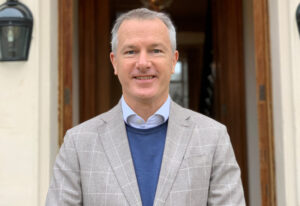
Image credit: Heckfield Place
In 2023, Heckfield Place, the 438-acre luxury estate in Hampshire, announced the appointment of Kevin Brooke as the hotel’s new General Manager.
Brooke replaced General Manager Olivia Richli, who spent three years at the helm of the 45-key property, joining Heckfield Place in January 2018, ahead of its official launch later that year. In his new role, Brooke will oversee the launch of Heckfield Place’s Bothy Spa, which will complement the existing Little Bothy Spa that sits within the hotel
The Bothy Spa, which will shelter 10 treatment rooms, is a standalone building that sits beyond the walled garden on the edge of the site’s woodlands and comprises a pool beneath a ‘light-filled canopy’, oak terrace and three movement spaces.
Lauren Vine, General Manager, NYX Hotel London Holborn

Image credit: NYX London Holborn
Under the leadership of Lauren Vine as General Manager, NYX Hotel Holborn has been making waves in the hospitality industry since its opening in 2021. Operated by Leonardo Hotels UK & Ireland, and part of the international Fattal Hotel Group, the property is the first NYX Hotel to open in the UK.
While the exterior of the building is covered in Dan Kitchener’s trendy street art, billed as ‘part mural, part graffiti’ and stretches the length of the structure, the chic interiors have been imagined by Garuda Design, and feature bright and bold spaces. All bedrooms feature eye-catching artwork, large, cushioned leather headboards and teak sideboards.
In addition to design, NYX London Holborn works closely with a number of charities. It is currently fundraising for Stonewall and the team are donating to Dress for Success.
Lina Zakzeckyte, General Manager, Hart Shoreditch
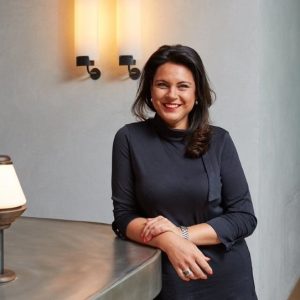
Image credit: Hart Shoreditch
Lina Zakzeckyte, General Manager at Hart Shoreditch, has a passion for creativity. She is always willing to try something new and has an innovation-led mindset towards her work, always thinking outside the box. Due to this approach, Zakzeckyte is keen to support the local area including industries, the community and the council to find ways the hotel can collaborate and grow the area. Hart’s immersive exhibition for London Design Festival (LDF) proves just that – with all artists from the local or surrounding areas.
Zakzeckyte has been personally and intensely involved in Hart’s LDF activations over the last two-plus years. This year’s ‘Fundamentals of Caring’ Immersive Exhibition, curated by East London Artist James Daw, engages all the senses, and completely shatters the foundations of Hart’s interior design into tiny pieces. The 2023 LDF Programme at Hart included a launch event, a panel discussion and a ceramics workshop.
Marwan Hemchaoui, General Manager, Ellenborough Park Hotel

Image credit: Ellenborough Park
Ellenborough Park Hotel is a five-star, 15th century country house hotel in the Gloucestershire countryside. General Manager Marwan Hemchaoui was appointed in 2018, joining from The Vineyard in Newbury, and set out on a ‘next chapter’ for the hotel.
Focussing initially on nurturing a rich variety of al fresco dining for the summer months after the first lockdown, he introduced Dining Carriages and Pavilion tents as a novel way to host social events.
Latterly he has overseen the total refurbishment of all 61 bedrooms. Guest experiences have been further enhanced in the restaurant and through the redesign of the Horsebox Brasserie. In July 2023 he launched a new Spa Garden Retreat and a private ‘lodge’ offering, which was a new guest experience that opened in Autumn 2023.
Michael Bonsor, Managing Director, Rosewood London
Awarded Outstanding Contribution to the Hospitality Industry 2023

Image credit: Rosewood Hotels
Michael Bonsor has been with the 308-key Rosewood London since the beginning of its journey – and continues to take the lead as Rosewood Hotels & Resorts prepares to double its footprint in the capital, with the opening of The Chancery Rosewood in 2025. He has worked tirelessly to ensure that a hotel labelled as being ‘off the beaten track’ has both claimed and retained its position amongst some of the toughest competition in the global luxury hospitality arena.
Under his leadership, Rosewood London has constantly been pushing the boundaries of creativity on the F&B concepts sheltered within the hotel, viewing this as a key element in attracting Londoners and maintaining a loyal and local client base. Concepts like the Scarfe Bar and the Macallan Manor House has kept the Rosewood London a destination luxury hotel.
Neil Kedward, Owner, Grove of Narberth and Penmaenuchaf

Image credit: Seren Collection
Neil Kedward is CEO and Founder of Seren Collection, which owns renowned hotel Grove of Narberth, restaurants Beach House and Coast, and recently acquired Penmaenuchaf hotel, which is currently being renovated with leading interior design studio Nicola Harding & Co.
Enhancing the quality and reputation of the Welsh hospitality industry is at the heart of everything Kedward does when leading his team at Seren. Welsh culture, language and products are celebrated across all businesses. Traditional arts and crafts are used thoughtfully to decorate the venues, grounding them with a sense of place. He’s even introduced bilingual guest communications and has encouraged more authentic use of the language throughout the hotels, with the Grove of Narbeth team going as far as sharing a Welsh word of the day with guests at turn- down service.
Nuno César de Sá, General Manager, Grantley Hall
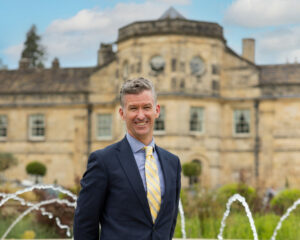
Image credit: Grantley Hall
In 2023, Nuno César de Sá, who has established more than 28 years’ experience in the hospitality industry, was appointed General Manager of Grantley Hall, replacing Andrew McPherson who stepped down after six years in the role. Commenting on his appointment, César de Sá said: “I have been fascinated by what has been achieved at Grantley Hall over the last six years. Now that I have been appointed as General Manager, it is incredible that I will become an integral part of its future.”
Opening its doors in 2019, after a multi-million-pound, four-year restoration project, Grantley Hall boasts 47 bedrooms, five indulgent restaurants, including Michelin-starred Shaun Rankin at Grantley Hall, along with three stunning bars and an award-winning spa.
Philip Steiner, General Manager, Bankside Hotel

Image credit: Bankside Hotel
In little under a year, General Manager Philip Steiner has propelled Bankside Hotel, an art-focused, Marriott Autograph Collection hotel on the South Bank.
His visionary leadership, has yielded results that underscore his exceptional qualities as a hotelier, revealing a 5.6 per cent increase in staff satisfaction while nearly doubling the hotel’s Gross Operating Profits. Steiner’s arrival at Bankside closely followed the hotel’s acquisition in June 2022, prompting a review of its operational framework.
Fostering unity among staff, Back of House spaces underwent rebranding as the ‘Heart & Headquarters’. Collaborating with artist Joe Greenaway, Steiner adorned these spaces with murals, creating an inviting and inclusive atmosphere.
Philippe Leboeuf, Managing Director, Raffles London at The OWO

Image credit: François Goize
In 2021, two years prior to the hotly awaited arrival of the hotel opening, Philippe Leboeuf was appointed Managing Director of the 125-key Raffles London at The OWO. After an eight-year transformation project inside The OWO, Raffles London opened its doors in autumn 2023.
Before joining Raffles Hotels & Resorts, Leboeuf was Regional Vice President of Operations for Mandarin Oriental Hotel Group and General Manager of Mandarin Oriental Paris, positions he held since 2013 and 2010 respectively. He brings more than 30 years’ experience operating luxury hotels to the role.
Ray Goertz, General Manager, The Prince Akatoki London

Image credit: The Prince Akatoki
As General Manager, Ray Goertz has masterfully crafted an environment that goes beyond mere comfort and opulence. Through meticulous attention to detail, the hotel has earned a reputation for delivering personalised services that leave a lasting impression on its guests.
The hotel carefully curates the synergies between what its guests find in their home comforts, to what they will experience in the hotel. For example, its guests will all have an individual welcome amenity based on their preferences and not what the hotel deems appropriate. Since opening in 2019, the hotel has introduced innovative practices, which includes embracing cutting-edge technology to enhance guest experiences and implementing sustainable initiatives so that the hotel successfully blends tradition with modernity.
Robert Godwin, CEO, Lamington Group

Image credit: Lamington Group
As newly promoted CEO of Lamington Group, Co-Founder of room2 hometels and the winner of Hotelier of the Year at The Brit List Awards 2022, Robert Godwin has continued to make an outstanding contribution in the world of hospitality and, in the process, has changed the hotel landscape for the better.
As well as growing the company extensively over the past years, with the opening of the world’s first whole life net zero hometel, room2 Chiswick, and recently room2 Belfast, Godwin also plans to open properties in York, Glasgow and Manchester over the next three years. Throughout this expansion of environmentally conscious hometels, Godwin continues to show other leaders that it is both necessary and possible for hotels to contribute to the ongoing battle against climate change.
Ross Grieve, Managing Director, Seaham Hall
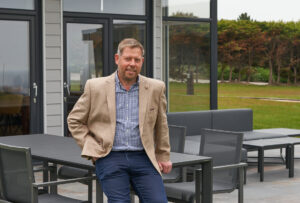
Image credit: Seaham Hall
Most recently, Ross Grieve has been responsible for refining the position Seaham Hall as a coastal resort, to offer something unique on the Durham Heritage coastline. This has incorporated a new website, photography, packages and development across the resort, including the recent introduction of dog-friendly garden suites, outdoor dining pods, and new residences for larger group and family stays and for purchase as second homes.
Further demonstrating his dedication to the hospitality industry outside of his day- to-day role, Grieve remains a Director of Visit County Durham, championing inbound tourism to the area, and is also on the board of PoB Hotels, ensuring that Britain’s leading independent luxury hotels have a collaborative space in to communicate and grow together as a community.
Grieve is also passionate about encouraging young people to join the hospitality industry, promoting hospitality as a career of choice.
Simon Galic, General Manager, AMANO Covent Garden

Image credit: AMANO
Simon Galic’s unwavering commitment to creating a wonderful experience throughout the customer journey, along with his kind and empathetic approach to leadership, has enabled AMANO Covent Garden, which opened in 2022, to thrive within its own territory on the congested London hotel scene.
Whilst Galic’s caring nature sets him apart, his commitment to continuously improve the hotel’s quality is also remarkable. He possesses a passion for excellence, and this is clear through how he constantly seeks innovative ways to elevate the guest experience, whether it’s enhancing guest facilities through introducing new amenities and partnerships or organising special events for staff and even its neighbours.
Sonja Vodusek, Managing Director, Peninsula London

Image credit: Peninsula
In the summer of 2023, three years after arriving in London to become Managing Director of The Peninsula London, which opened in September, Sonja Vodusek was awarded Master Innholder status, which is a coveted recognition awarded to a select group of industry leaders in the United Kingdom each year.
Her long-standing commitment to The Peninsula Hotels began in 2010 when she joined The Peninsula New York as Hotel Manager. Thereafter, she held the position of General Manager at The Peninsula Manila, before taking on the role of General Manager of The Peninsula Tokyo in 2015, which is the group’s flagship. Her leadership paved the way for her appointment as the Managing Director of The Peninsula London, which is set to become one of the city’s most established and regarded luxury hotels.
Timothy Griffin, Co-Founder, LEVEN Manchester
WINNER: Hotelier of the Year 2023
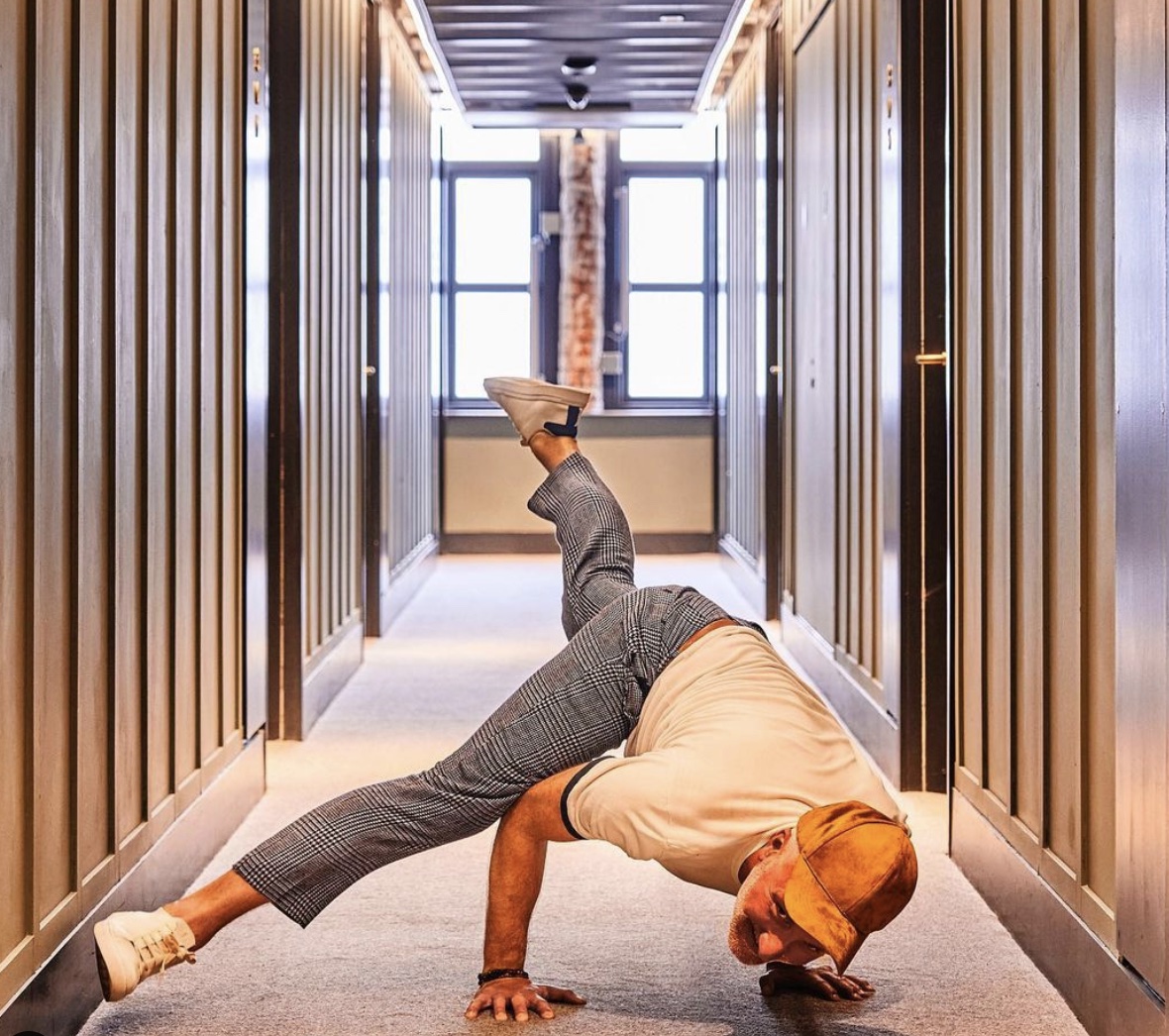
Image credit: Wellbrook Hospitality
As Principal of Wellbrook Hospitality, together with former Ennismore colleagues PJ Kenny and Shanathan Balakrishnan, Timothy Griffin has quickly found success with the creation of LEVEN, a design-led hotel brand, designed to be enjoyed on a guest’s own terms.
His first property opened in 2021 in Manchester’s vibrant Gay Village neighbourhood to instant success, showcasing Griffin’s leadership and vision in creating and bringing innovative experiences to market.
His current project, developing the LEVENverse, a virtual hotel in the Metaverse, shows Griffin’s forward-thinking approach to embracing emerging technologies and exploring new opportunities for hotel experiences. His ability to push traditional boundaries and explore the digital future shows an ambitious and pioneering vision.
The Brit List 2023 has been published, and references the top 75 interior designers, architects and hoteliers in Britain. Entries will open for The Brit List Awards 2023 in the summer of 2024.
Main image credit: The Brit List





